SpaceX likely to get FAA approval for 25 Starship launches in 2025
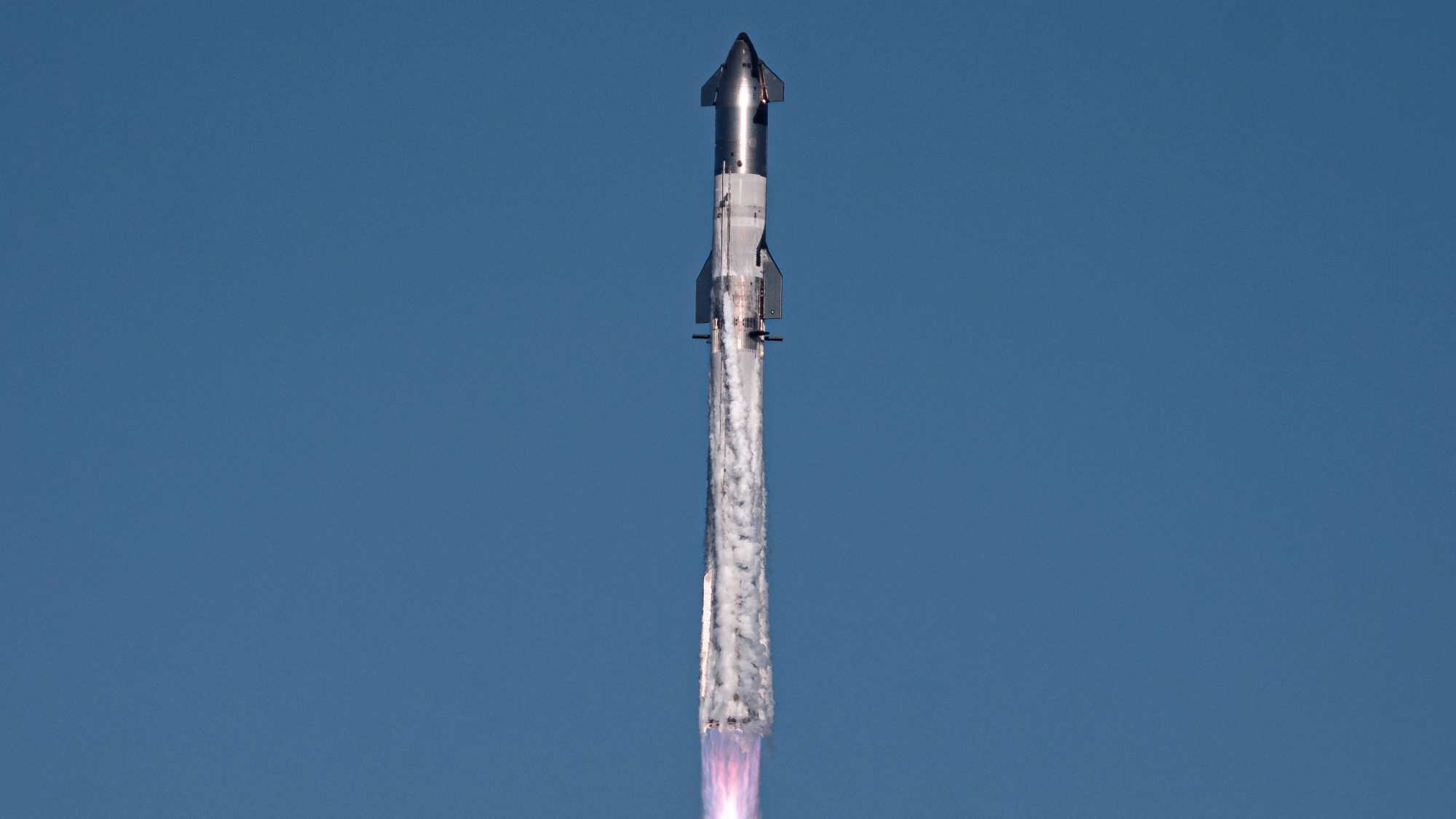
© SpaceX

© SpaceX
In 1986, Voyager 2 flew by the ice giant Uranus. It was humanity’s first close-up view of the outer planet, and it remains the closest any spacecraft has ever come. On this trip, the spacecraft found 10 previously undiscovered moons, two rings, and a truly bizarre magnetic field that has baffled scientists ever since. MostContinue reading "Uranus may not have a weird magnetic field after all"
The post Uranus may not have a weird magnetic field after all appeared first on Astronomy Magazine.
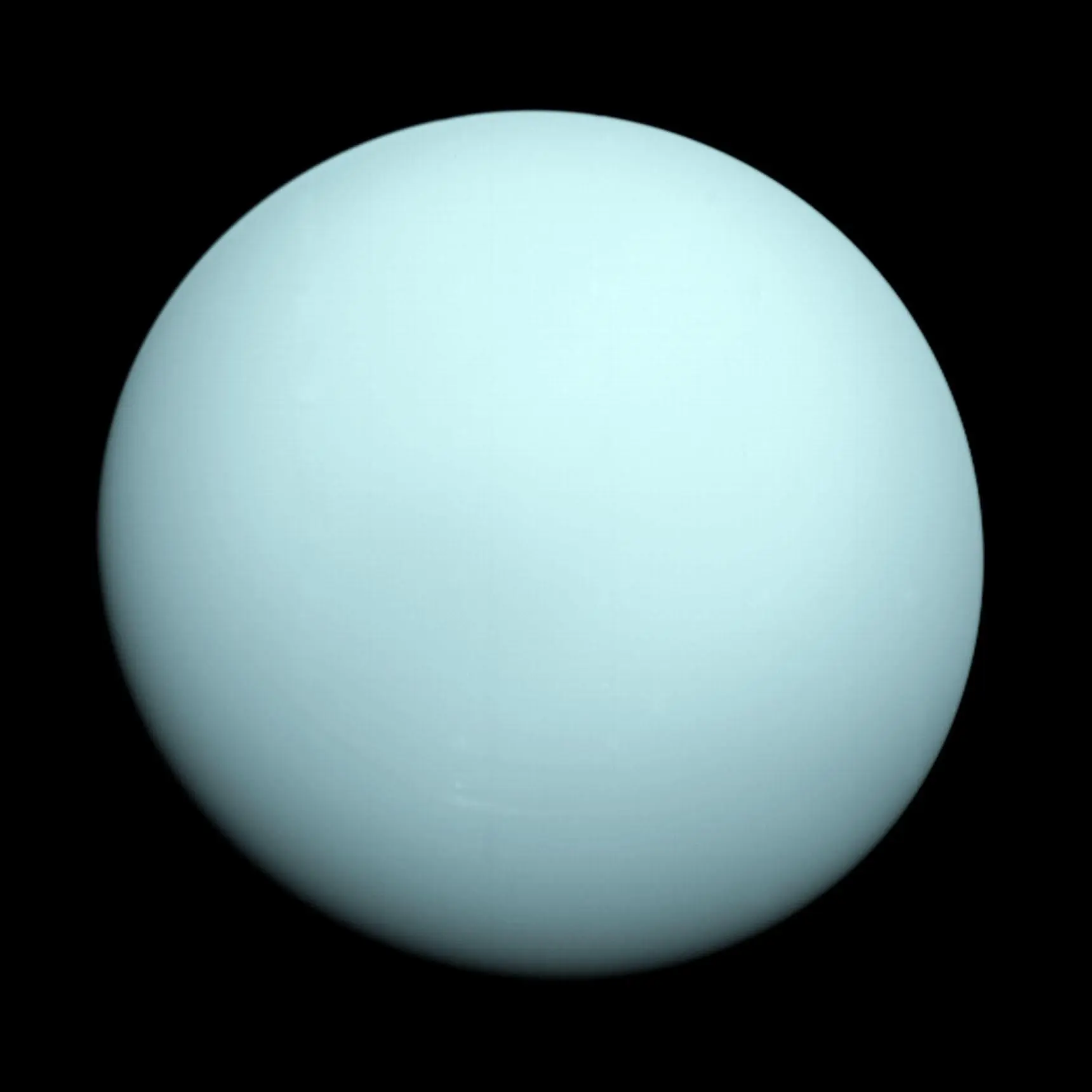

© Apu Gomes/Getty Images
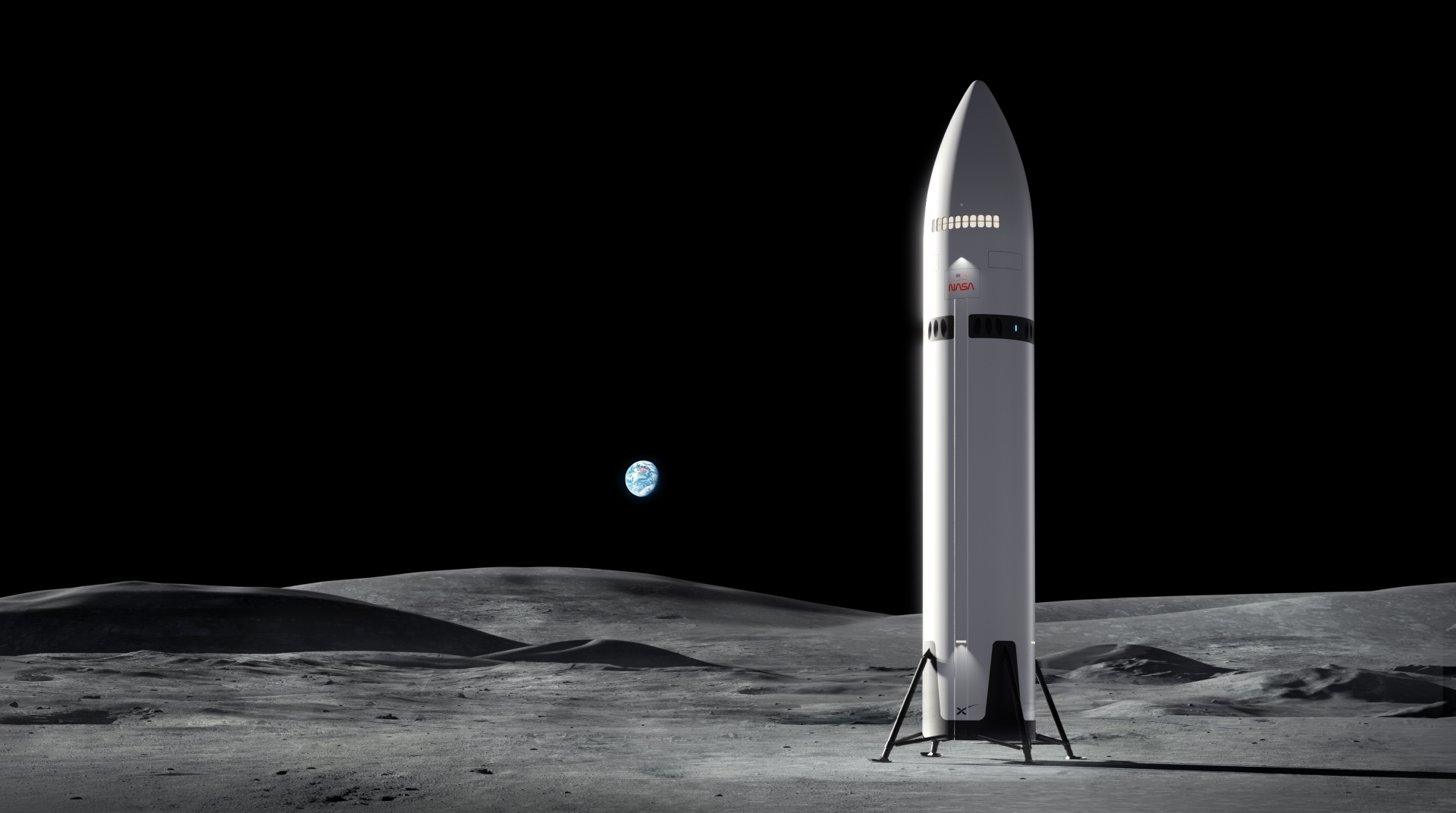
© SpaceX
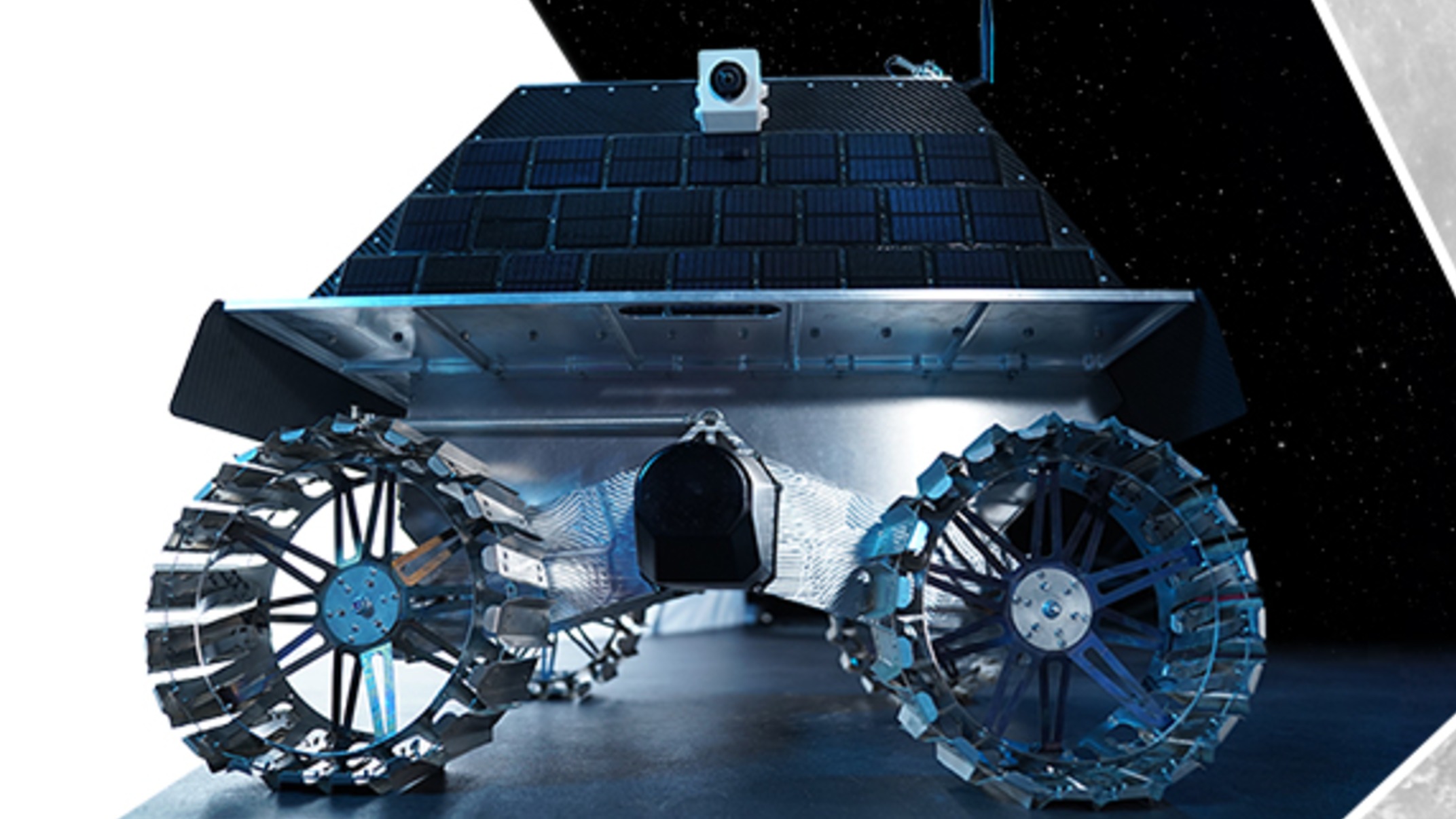
© Canadian Space Agency
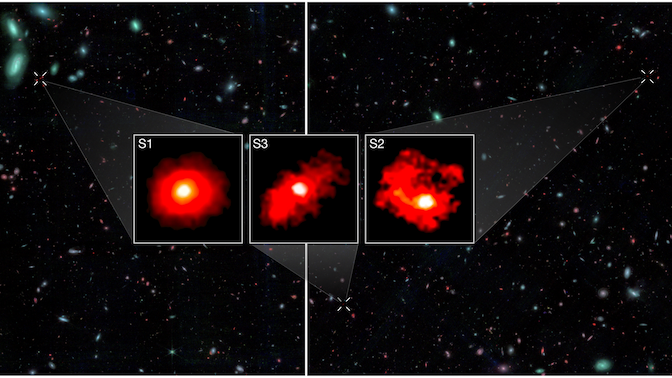
© NASA/CSA/ESA, M. Xiao & P. A. Oesch (University of Geneva), G. Brammer (Niels Bohr Institute), Dawn JWST Archive
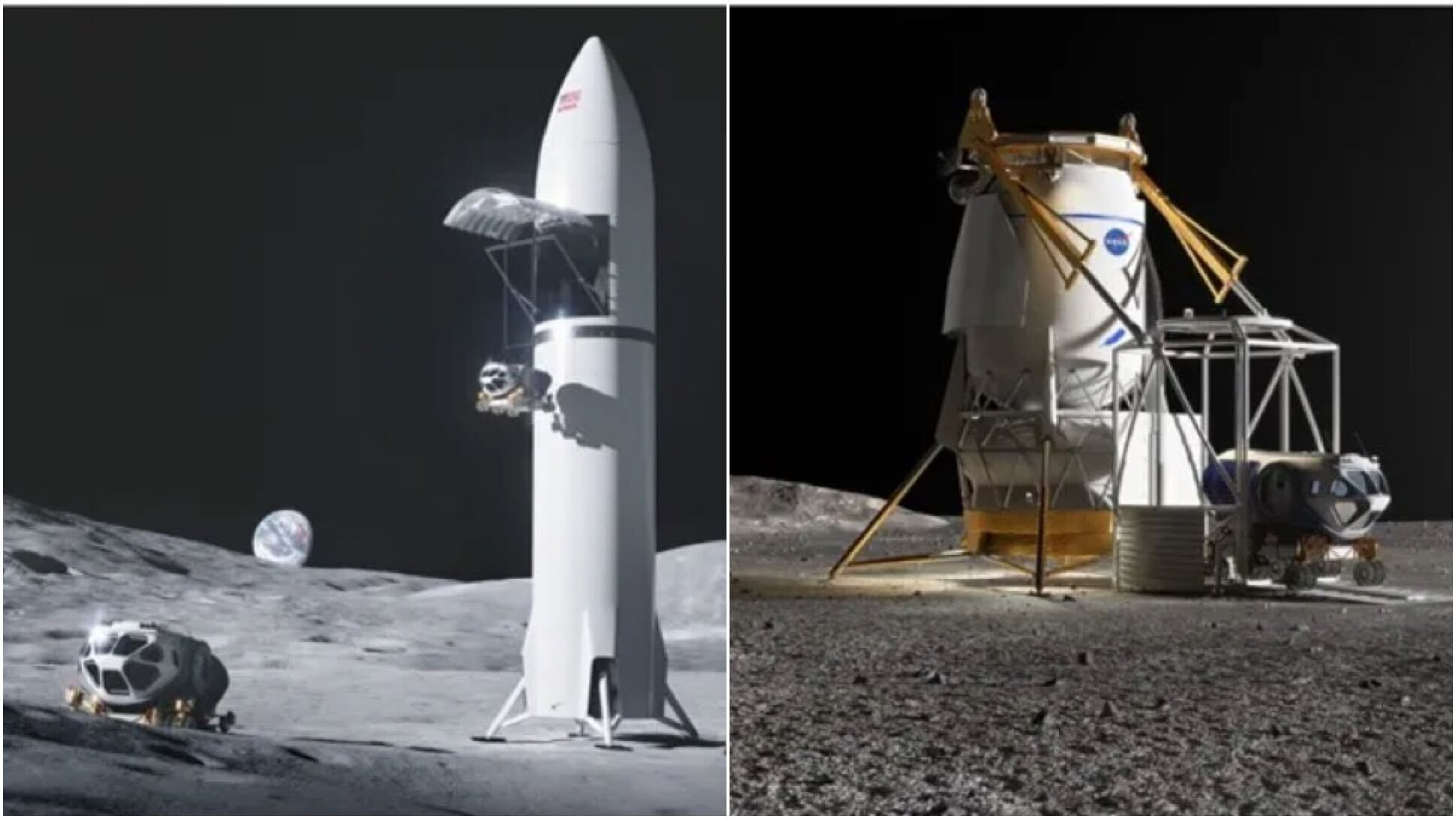
© SpaceX/Blue Origin
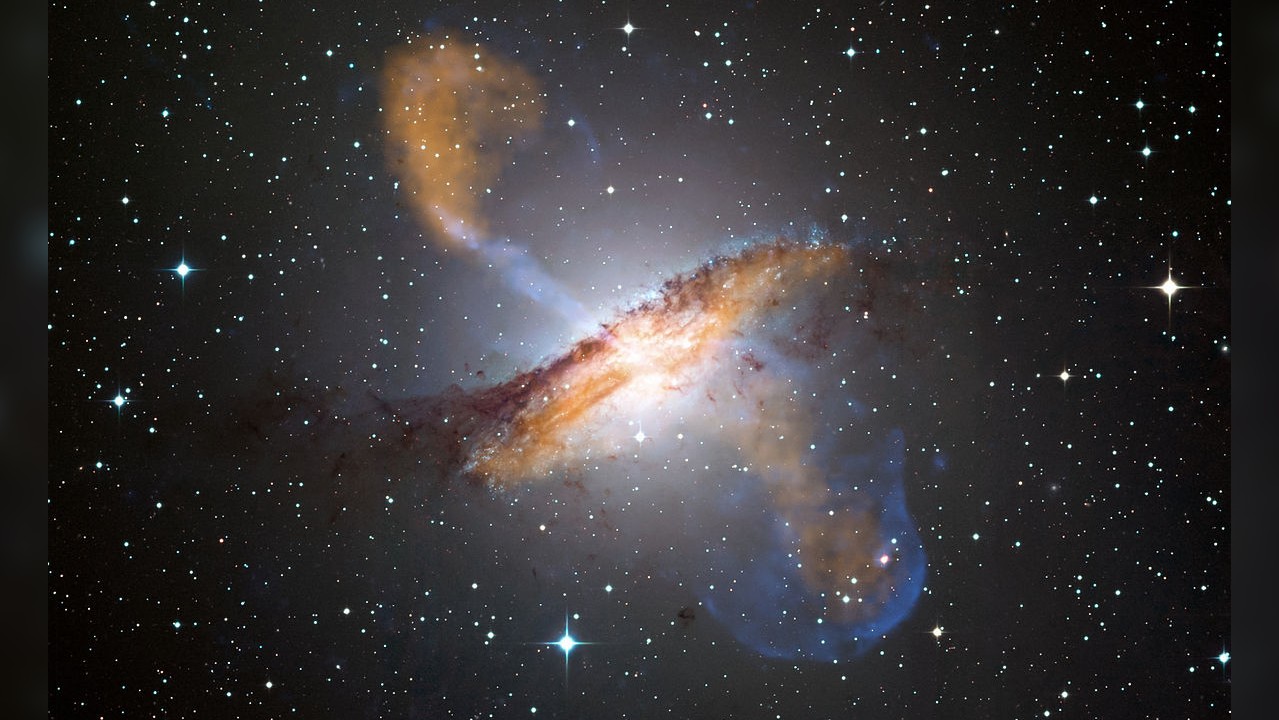
© ESO/WFI (Optical); MPIfR/ESO/APEX/A.Weiss et al. (Submillimetre); NASA/CXC/CfA/R.Kraft et al. (X-ray)

© Future/Walmart
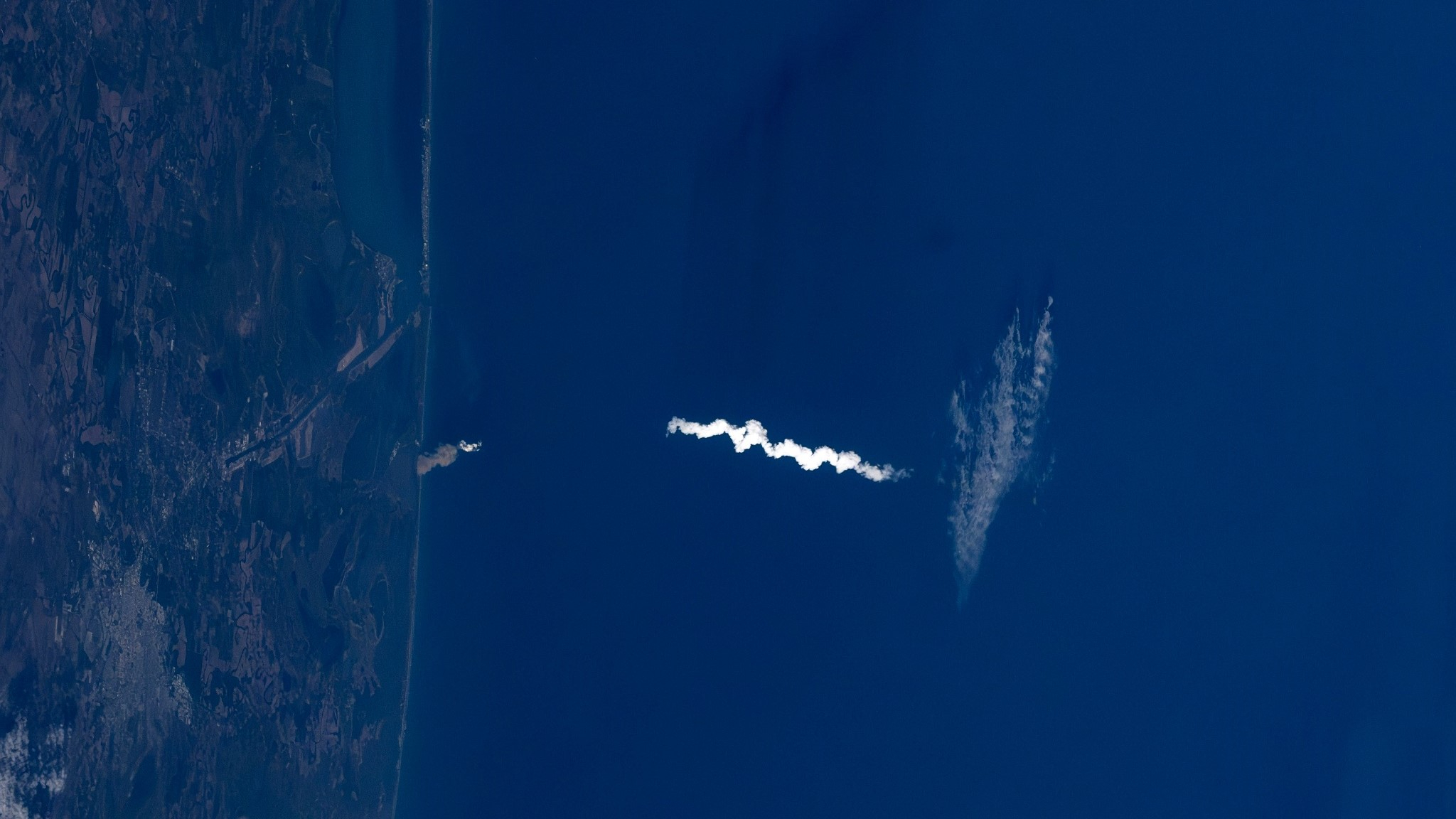
© NASA / Don Pettit
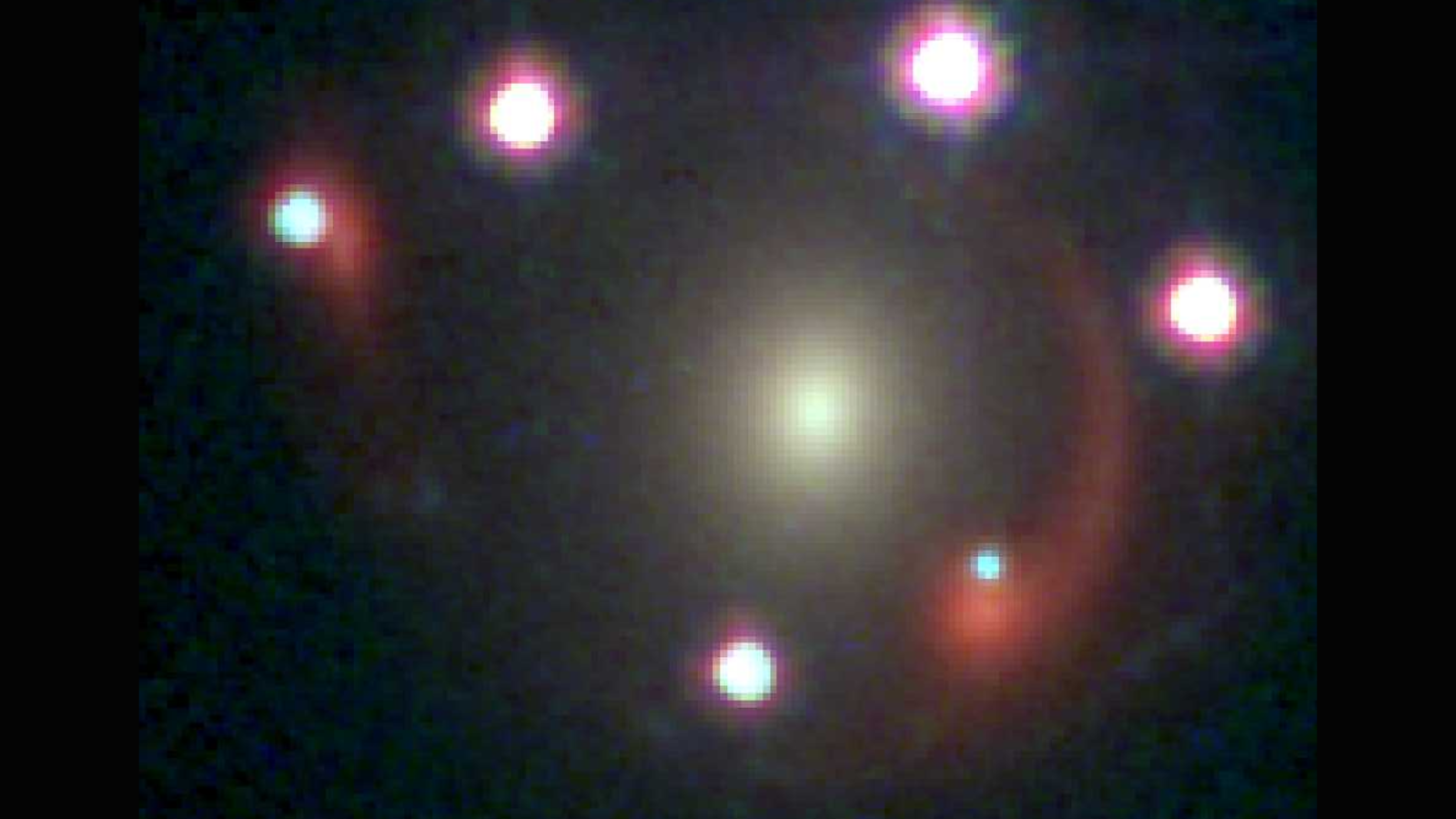
© Dux et al . 2024
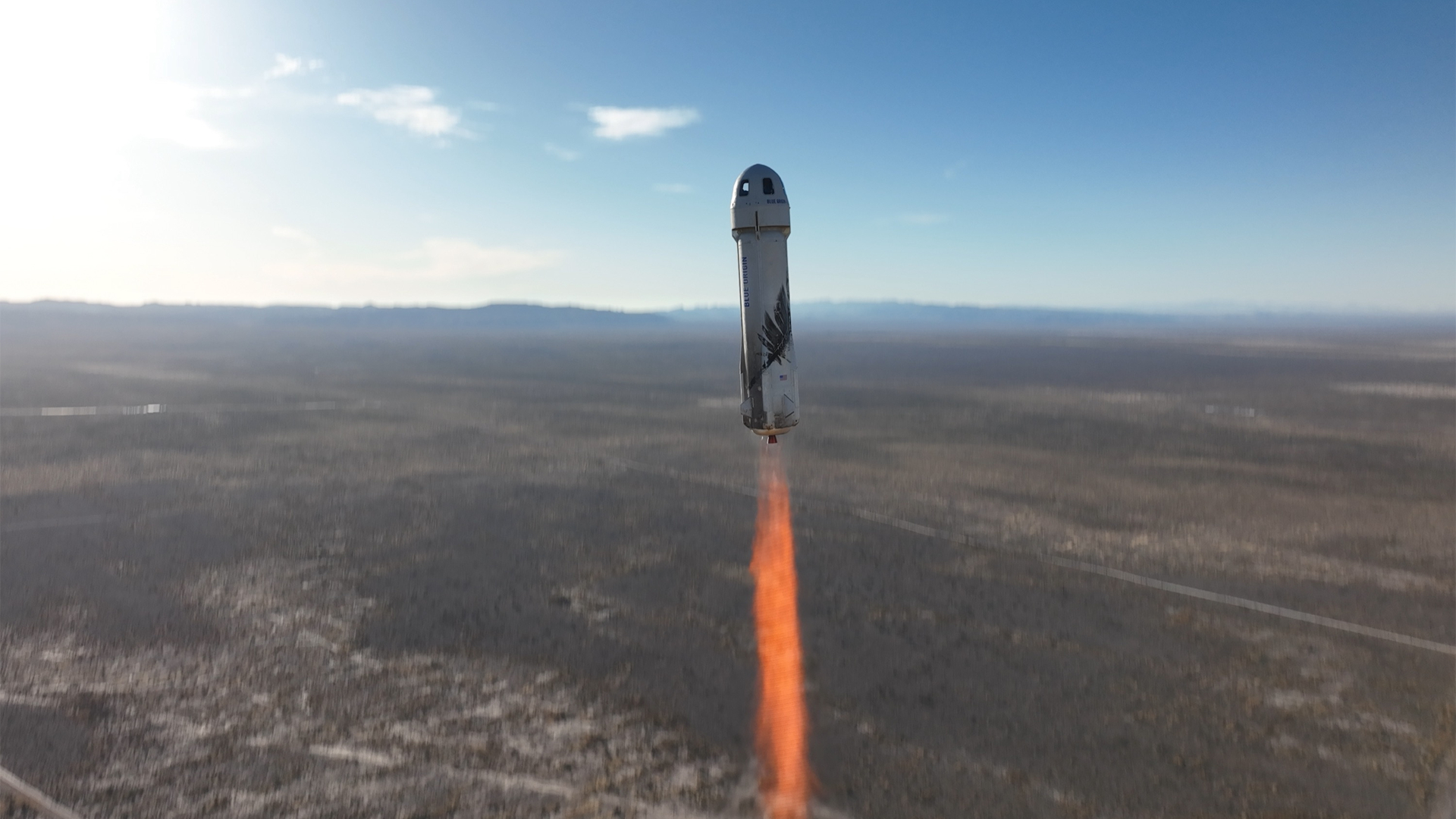
© Blue Origin
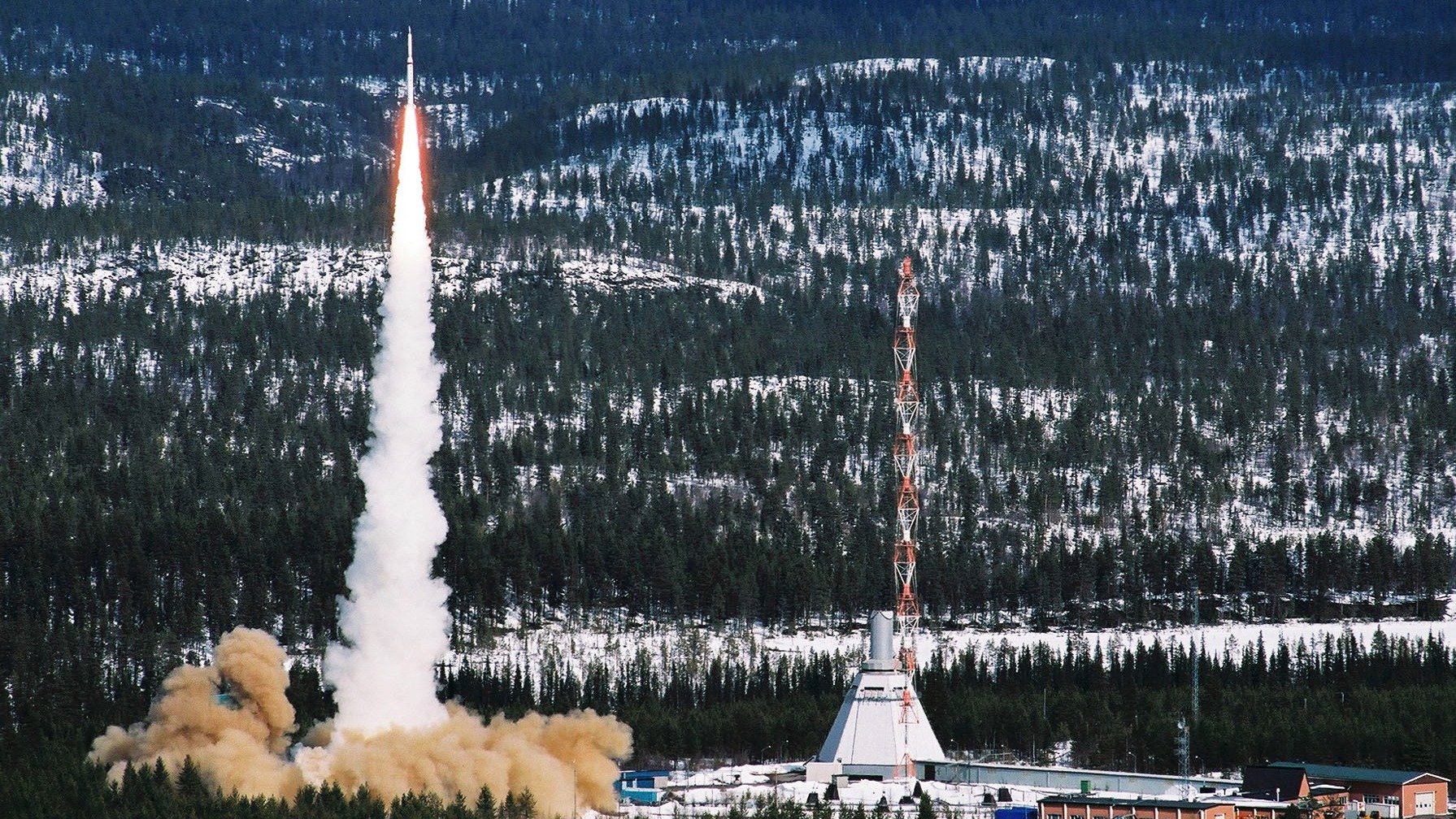
© ESA/ESRANGE/Lars Thulin
Author(s): Charles Day
A new analysis of B-meson decays strongly hints that they harbor physics beyond the standard model.
[Physics 17, s142] Published Thu Nov 21, 2024
Author(s): Ryan Wilkinson
By manipulating and detecting nuclear spins in a tiny floating diamond, scientists have reported a record-long spin coherence time for a levitated system.
[Physics 17, s143] Published Thu Nov 21, 2024

© Paramount+
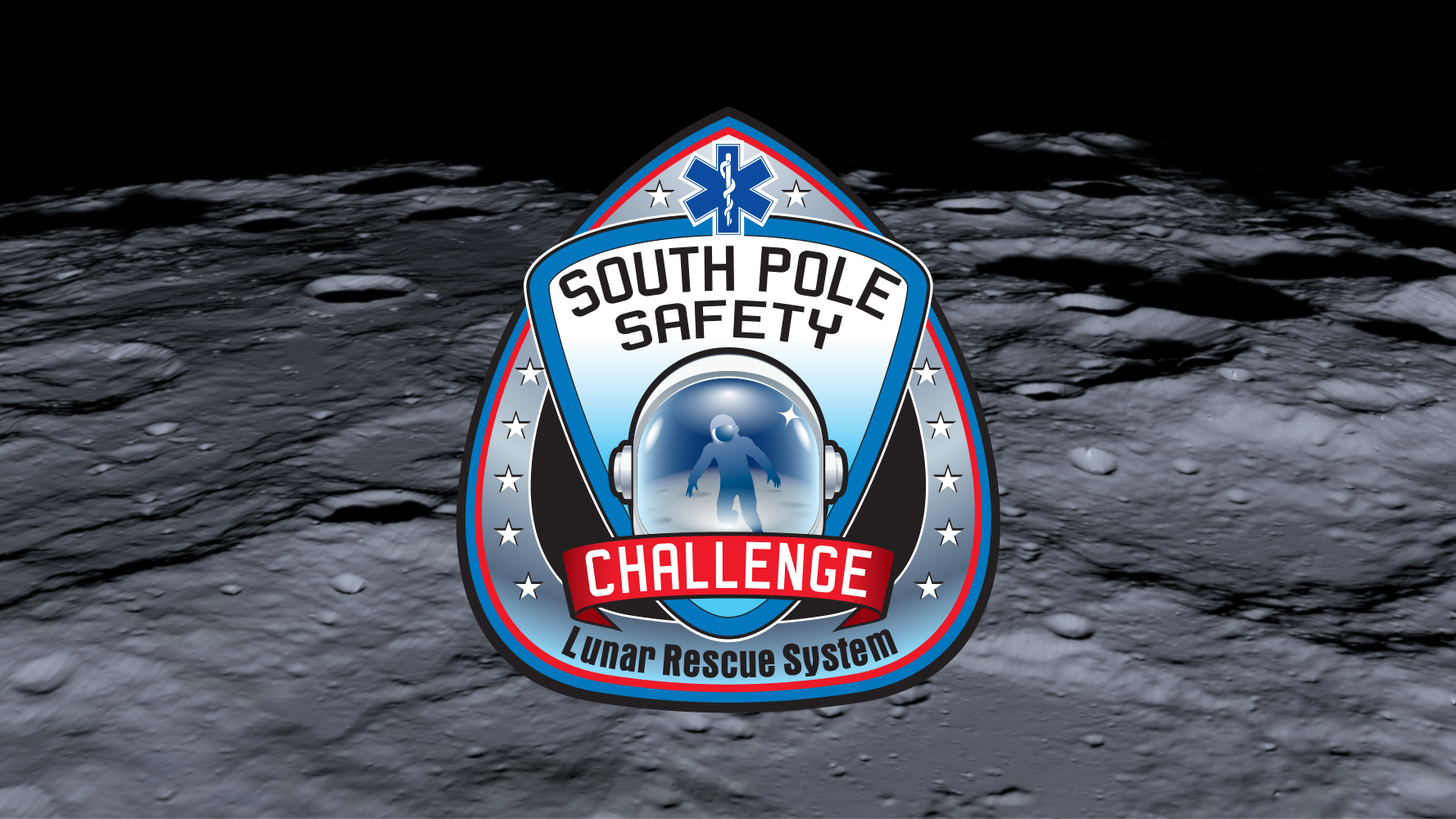
© NASA
When comet C/2024 S1 (ATLAS) was first discovered in late September, it was almost immediately identified as a member of the Kreutz family of Sun-grazing comets. But it was highly unusual for a Kreutz comet — virtually all of these are only discovered in their last hours or days of existence, as they plunge towardContinue reading "How Comet ATLAS fizzled out"
The post How Comet ATLAS fizzled out appeared first on Astronomy Magazine.
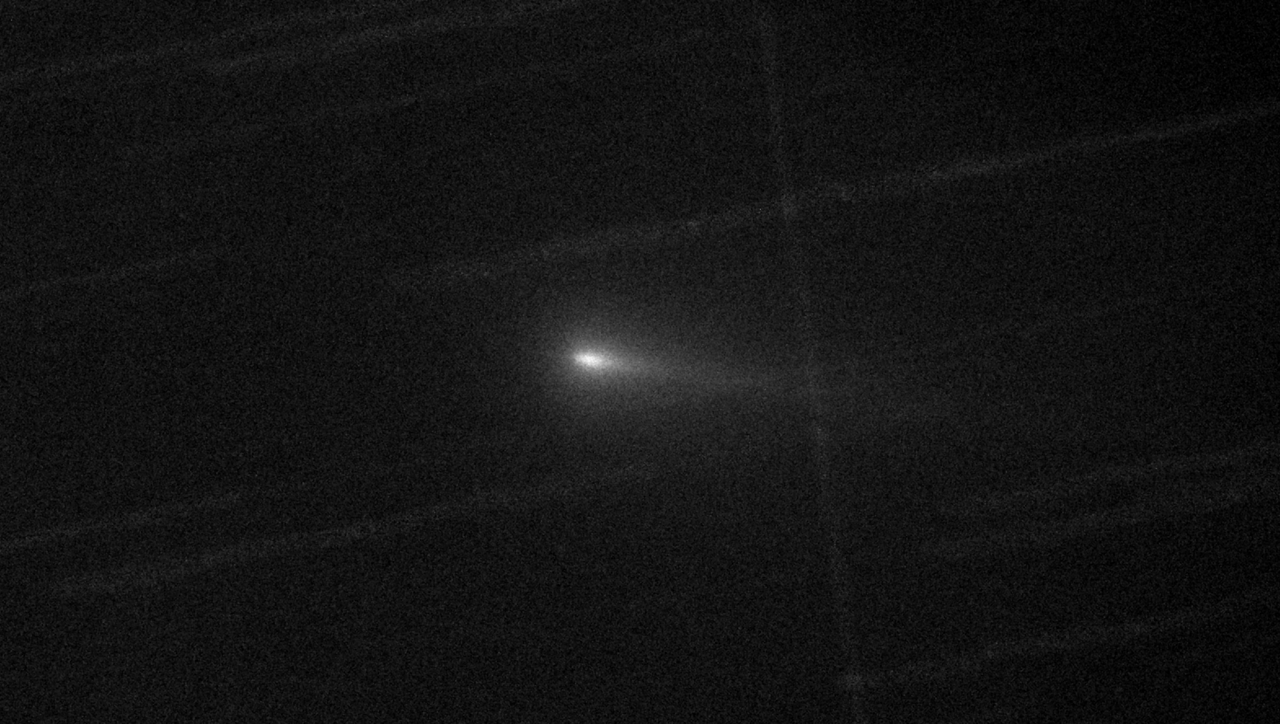
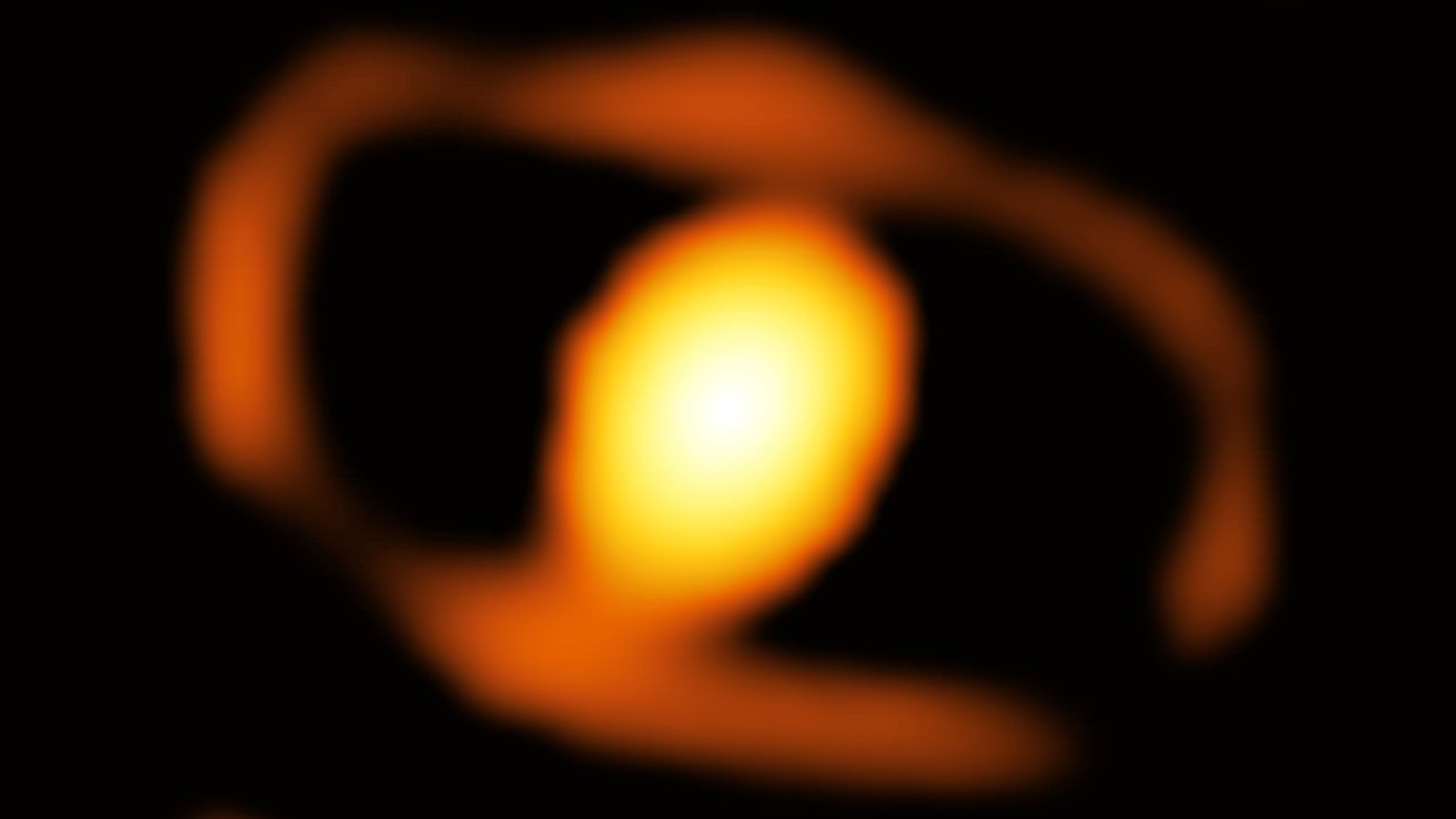
© ESO/K. Ohnaka et al.
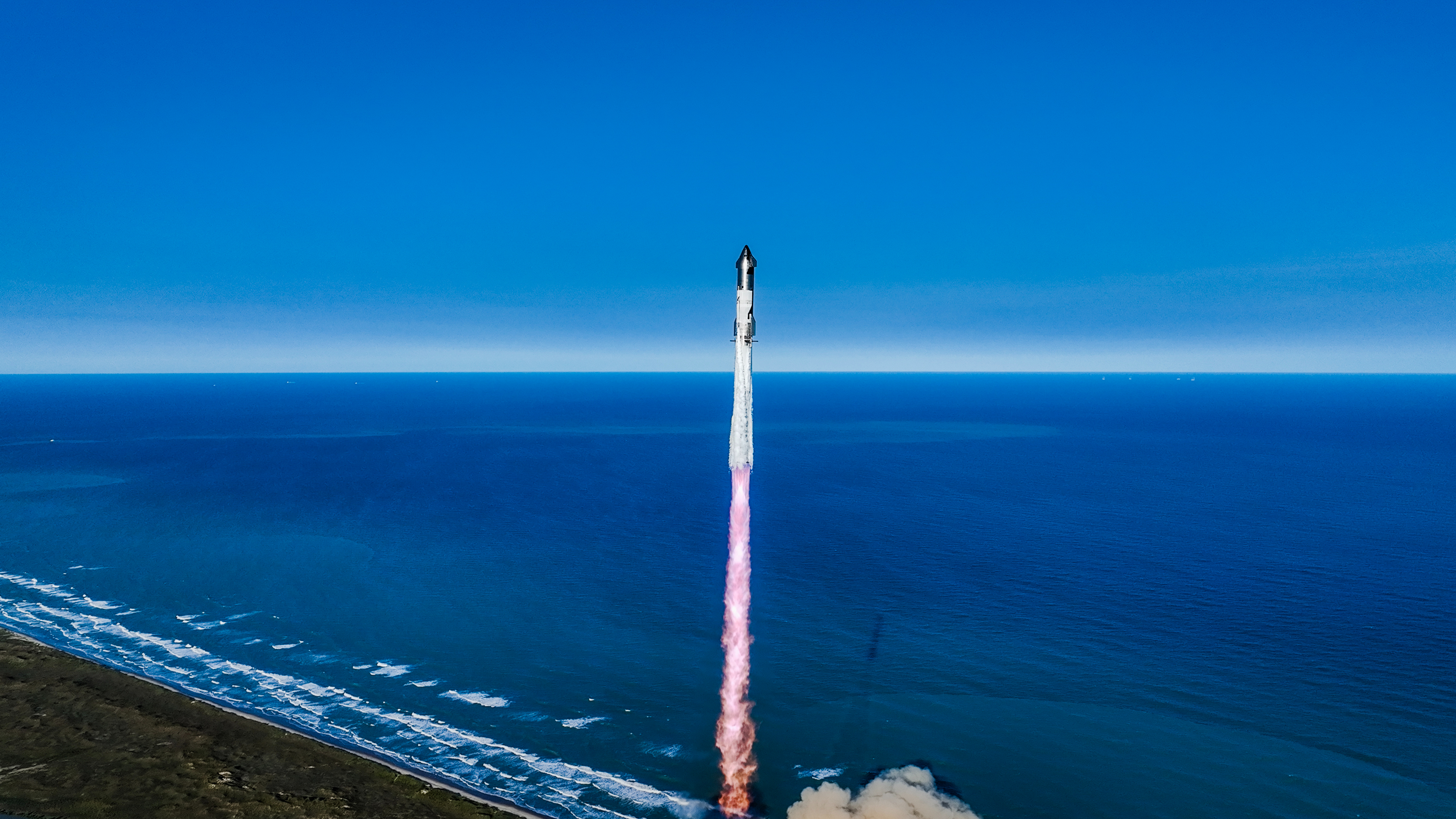
© SpaceX
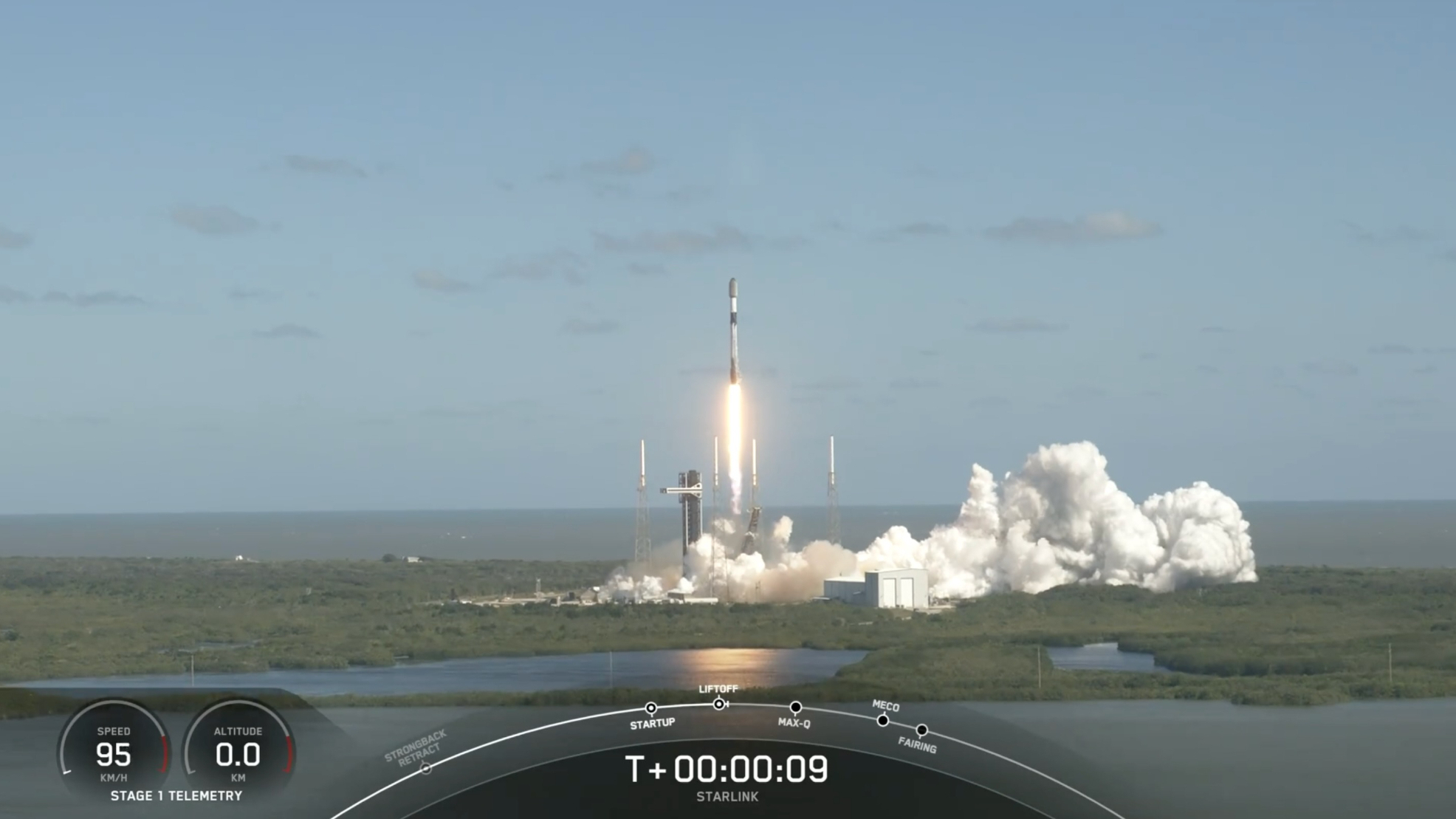
© SpaceX
با استفاده از مطالعهی جمعیت ستارهای۱ کهکشانها میتوان آنها را به دو دستهی کلی ستارهزا۲ و غیرستارهزا یا خاموش۳ طبقهبندی کرد. دستهی اول شامل کهکشانهایی است که جوان و در حال ستارهزایی هستند و دستهی دوم کهکشانهایی را شامل میشود که ستارهزایی در آنها متوقف شده است و جمعیت ستارهای پیرتری دارند. یکی از اهداف اصلی تلسکوپ فضایی جیمز وب۴، پاسخ به یکی از چالشبرانگیزترین سوالات در مطالعهی ساختار و تحول کهکشانها است: چگونگی شکلگیری سریع جرم کهکشانها در یک بازهی زمانی بسیار کوتاه، پایان یافتن ستارهزایی آنها و قرار گرفتن آنها در دستهی خاموش یا غیرستارهزا.
بر اساس تئوریهای موجود در زمینهی تحول کهکشانها پیشبینی میشود که برای مصرف تمام گاز مورد نیاز برای ستارهزایی به زمانی از مرتبهی میلیارد سال نیاز است (هر چند عواملی مانند بادهای ستارهای۵، بازخورد هستهی فعال کهکشانی۶، ادغام۷ و برهمکنش با دیگر کهکشانها میتوانند این فرآیند را تسریع کنند). در نتیجه انتظار میرود با نگاه کردن به فواصل دورتر (نگاه به گذشته در زمان) شاهد تعداد کمتری از کهکشانهای خاموش باشیم.
نویسندگان این مقاله با استفاده از دادههای به دست آمده از طیفسنج فروسرخ نزدیک تلسکوپ فضایی جیمز وب (NIRSpec) حضور یک کهکشان خاموش به نام GS-9209 با جرم ستارهای نزدیک به ۳۸ میلیون برابر جرم خورشید در انتقال به سرخ ۴/۶۵۸، تنها ۱/۲۵ میلیارد سال بعد از انفجار بزرگ۸ را گزارش میکنند. بر اساس مطالعات انجام شده توسط این گروه به نظر میرسد تمام جرم ستارهای این کهکشان تنها در یک بازهی زمانی ۲۰۰ میلیون ساله، قبل از به پایان رسیدن فعالیت ستارهزایی در انتقال به سرخ ۶/۵ معادل با زمانی که عمر کیهان تنها ۸۰۰ میلیون سال بودهاست، تشکیل شده باشد.
در این مقاله، نویسندگان خطوط جذبی طیف کهکشان GS-9209 را مطالعه کردهاند. بررسی خطوط جذبی طیف کهکشانها، یکی از روشهای مطالعهی تاریخچهی خاموشی کهکشانهای ستارهزا است. تصویر۱ طیف کهکشان GS-9209 را که توسط تلسکوپ فضایی جیمز وب رصد شدهاست، نشان میدهد. این طیف در بازهی طول موجی۵/۱ -۱/۷میکرومتر قرار دارد که شامل تعداد زیادی خطوط جذبی بالمر۹ (خط جذبی حاصل از گذار الکترون از تراز۲ به ترازهای بالاتر) است. طیف به دست آمده از این کهکشان خاموش با حضور این خطوط جذبی بالمر شباهت بسیار زیادی به طیف ستارگان نوع A داشته که با استفاده از آنها میتوان تحولات ستارهزایی را در طول زمانی از مرتبهی حدود ۱۰۰ میلیون سال بررسی کرد. به بیان سادهتر، این ستارگان اطلاعات مربوط به تغییرات ستارهزایی در طی ۱۰۰ میلیون سال اخیر را در بر دارند. حضور این جمعیت ستارهای یادآور کهکشانهای پساستارهزا۱۰ در انتقال به سرخهای پایینتر و نشاندهندهی پایان ستارهزایی در یک بازهی کوتاه، در حدود طول عمر ستارگان نوع A بر روی رشتهی اصلی است. نویسندگان این مقاله برای تعیین عمق هر کدام از این خطوط جذبی پهنای-همعرض۱۱ این خطوط را گزارش میکنند (پهنای-همعرض معیاری است که شدت یک خط جذبی را توصیف میکند). مطالعهی پهنای-همعرض خطوط مشاهده شدهی جذبی سری بالمر و پهنشدگی نسبی خط نشری نیتروژن-۲ نسبت به خط نشری پهن شدهی هیدروژن-آلفا (حاصل از گذار الکترون برانگیخته از تراز ۳ به ۲) به ترتیب نمایانگر غالب بودن جمعیت ستارهای در پیوستار و حضور هستهی فعال کهکشانی است.

شکل ۱. طیف گرفتهشده از GS-9209 با استفاده از طیفسنج تلسکوپ فضایی جیمز وب در ناحیهی فروسرخ نزدیک. خط سیاه مدل به دست آمده از کد Bagpipes برای برازش بر روی خطوط جذبی و نشری موجود در طیف را نمایش میدهد. این کد با بهرهگیری از آمار بیز و همچنین در برداشتن فرضیات گسترده در مورد تاریخچهی ستارهزایی برای مدل سازی طیف کهکشانها استفاده میشود.
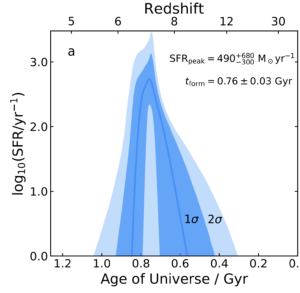
شکل ۲. نرخ ستارهزایی کهکشان GS-9209 بر اساس تابعی از زمان. طبق این نمودار، کهکشان GS-9209، عمدهی جمعیت ستارهای خود را طی یک بازهی زمانی ۲۰۰ میلیون ساله، از حدود ۶۰۰ تا ۸۰۰ میلیون سال پس از انفجار بزرگ شکل دادهاست.
مطالعات خط نشری پهن شدهی هیدروژن-آلفا و نیتروژن-۲ بر روی طیف کهکشان GS-9209 نشان میدهد که این کهکشان دربردارندهی یک ابرسیاهچاله۱۲ با جرمی ۴-۵ برابر جرم قابل انتظار برای کهکشانهایی با جرم ستارهای مشابه GS-9209 است. بر اساس نتایج به دست آمده از بررسی تاریخچهی ستارهزایی در این کهکشان، میانگین نرخ ستارهزایی این کهکشان در ۱۰۰ میلیون سال گذشته تقریبا برابر با صفر است و این کهکشان را در دستهبندی غیرستارهزا قرار میدهد. بررسی بیشتر بر روی پیشینهی فعالیت این ابرسیاهچاله، بازخورد فعالیتهای ناشی از هستهی فعال کهکشانی را یکی از دلایل احتمالی برای توقف ستارهزایی در این کهکشان میداند. هستهی فعال کهکشانی باعث گرمایش گاز سرد (سوخت اصلی ستارهزایی) شده و کهکشانها را از حالت فعال ستارهزایی به حالت غیرفعال تبدیل میکند. GS-9209 یک نمونهی جالب توجه است که نشان میدهد تشکیل ساختارهای عظیمی مانند کهکشانها، در همان یک میلیارد سال اولیهی عالم و خاموشی ستارهزایی حداکثر تا ۸۰۰ میلیون سال بعد از انفجار بزرگ به خوبی صورت گرفتهاست.
۱. Stellar Population
۲. Star Forming
۳. Quiescent
۴. James Webb Space Telescope (JWST)
۵. Stellar Winds
۶.Active Galactic Nucleus (AGN) Feedback
۷. Merger
۸. Big Bang
۹. Balmer Absorption Lines
۱۰. Post-Starburst Galaxies
۱۱. Equivalent Width
۱۲. Super Massive Blackhole
شکل بالای صفحه: گروه کهکشانی HCG 87. در این تصویر کهکشانهای ستارهزا و غیرستارهزا دیده میشوند. منبع: ویکیپدیا
عنوان اصلی مقاله: A massive quiescent galaxy at redshift 4.658
نویسندگان: Adam C. Carnall et al
لینک اصلی مقاله: https://arxiv.org/pdf/2301.11413
گردآوری: فائزه اخلاقیمنش
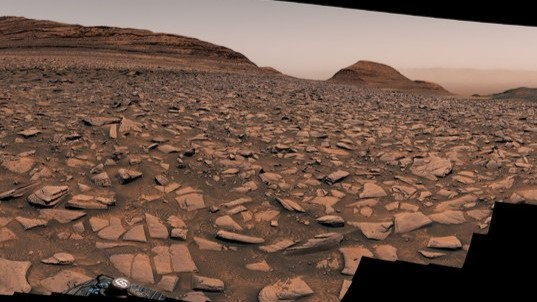
© NASA/JPL-Caltech/MSSS

© Prime Video
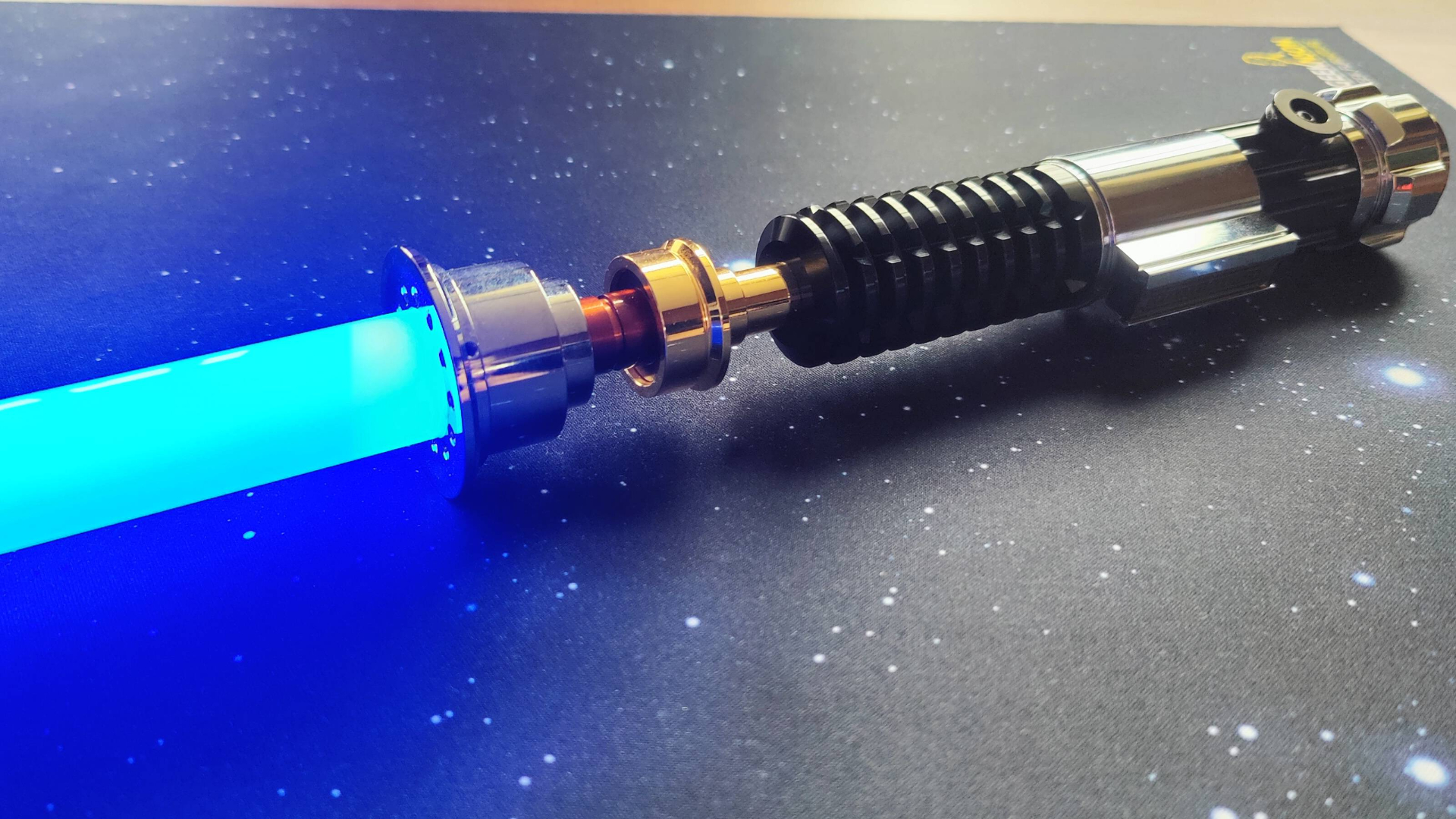
© Ian Stokes
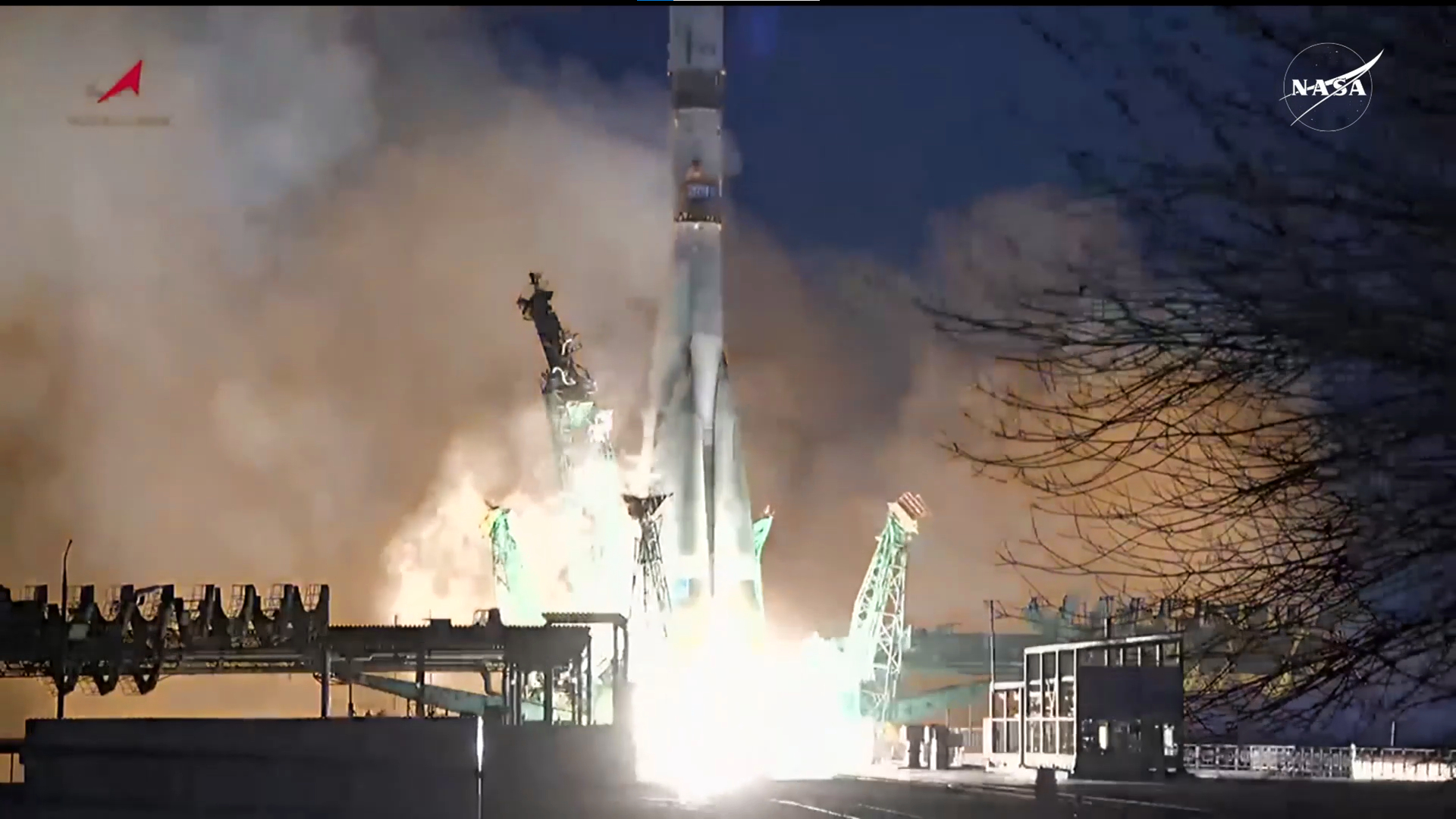
© Roscosmos TV / NASA TV
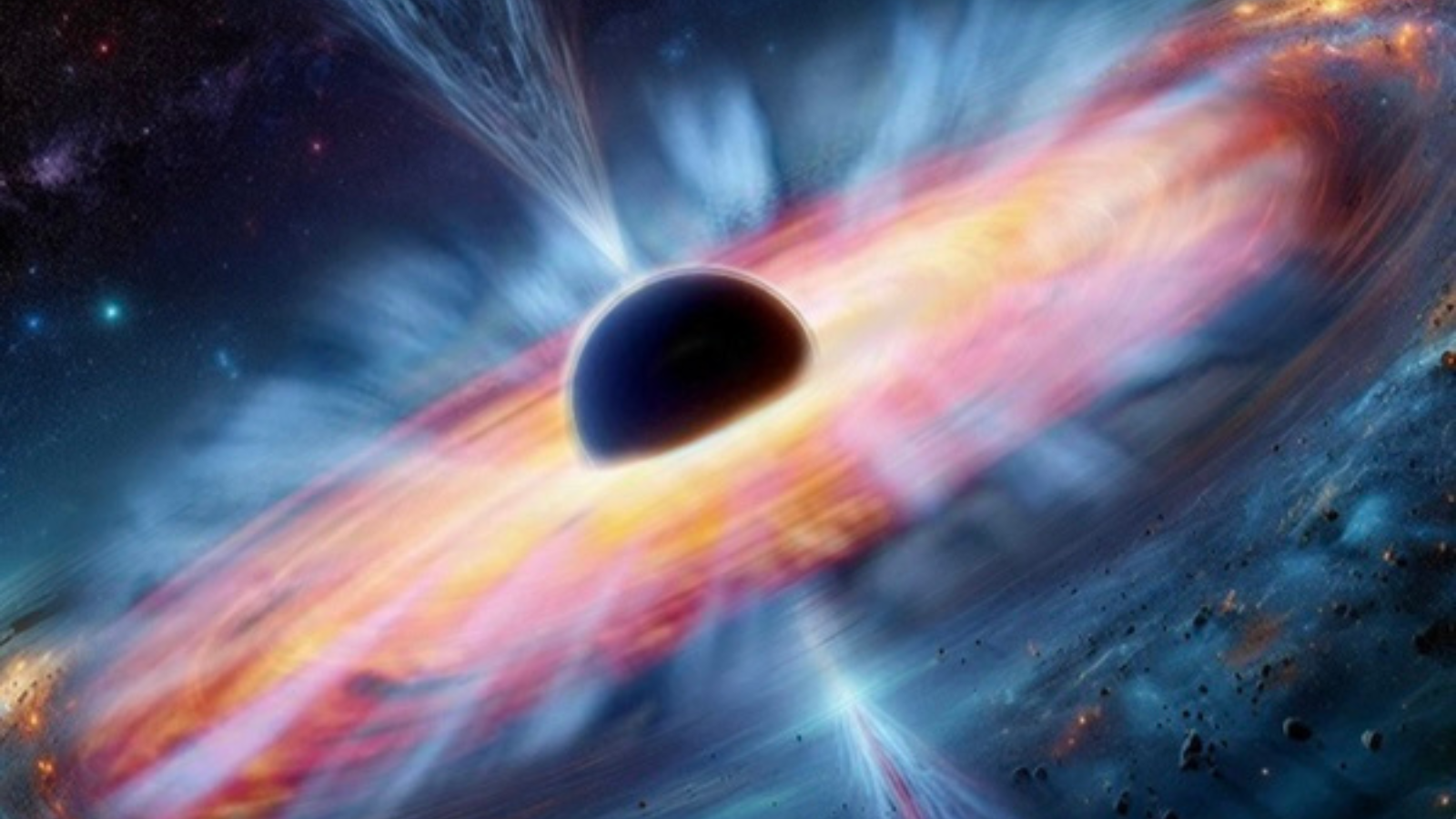
© Emanuela Tortosa
While it did not recreate the historic Super Heavy booster catch it pulled off last time, SpaceX continued to push the envelope during the sixth test flight of its Starship spacecraft. The largest and most powerful rocket ever built lifted off from SpaceX’s Starbase launchpad in Texas on Tuesday evening, Super Heavy’s 33 Raptor engines creating aContinue reading "SpaceX Starship Flight 6: No booster catch, but still pushing the envelope"
The post SpaceX Starship Flight 6: No booster catch, but still pushing the envelope appeared first on Astronomy Magazine.
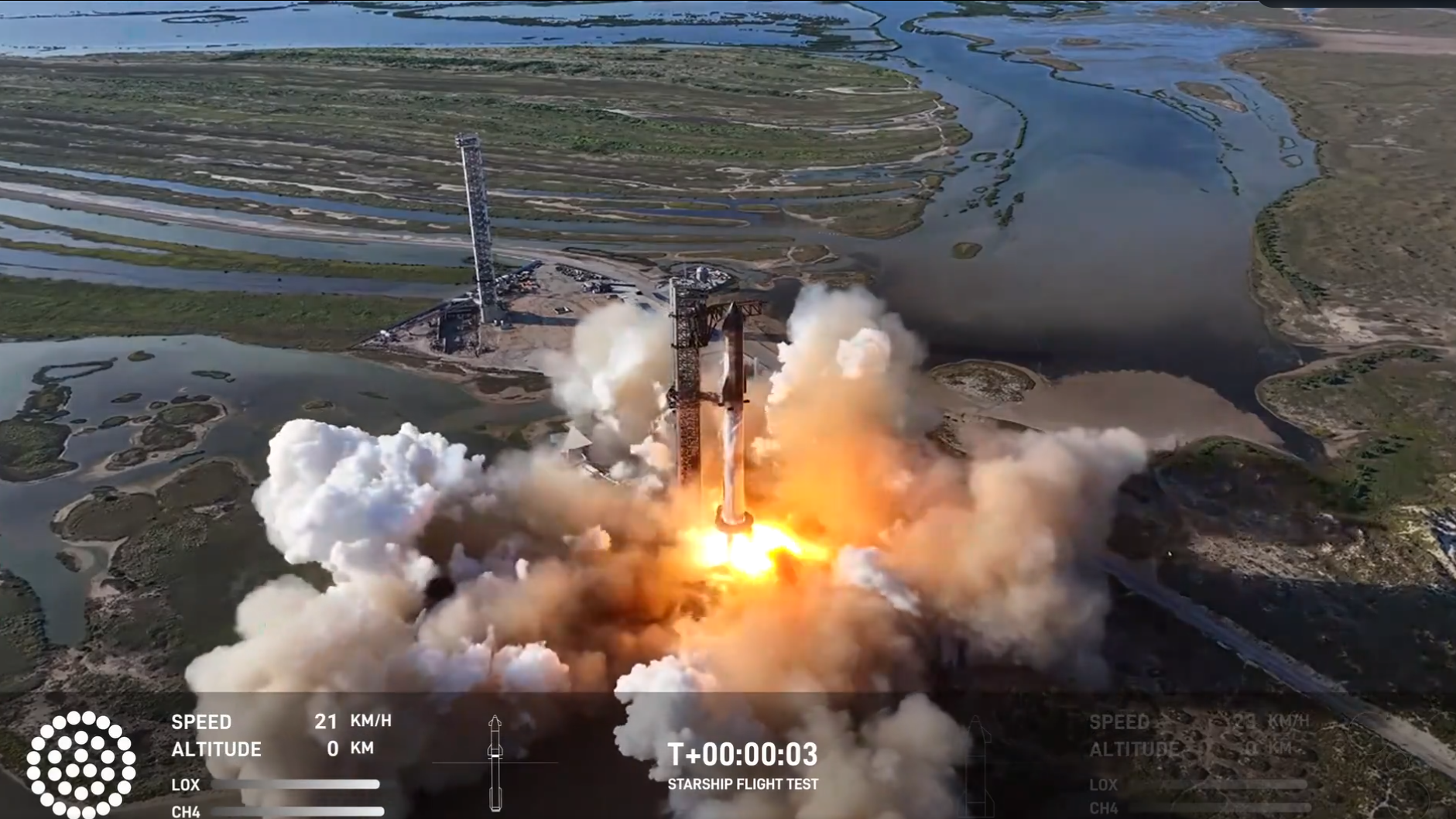

© Warner Bros./Sony/Apple TV+/collectSPACE.com

© Kimberley Lane
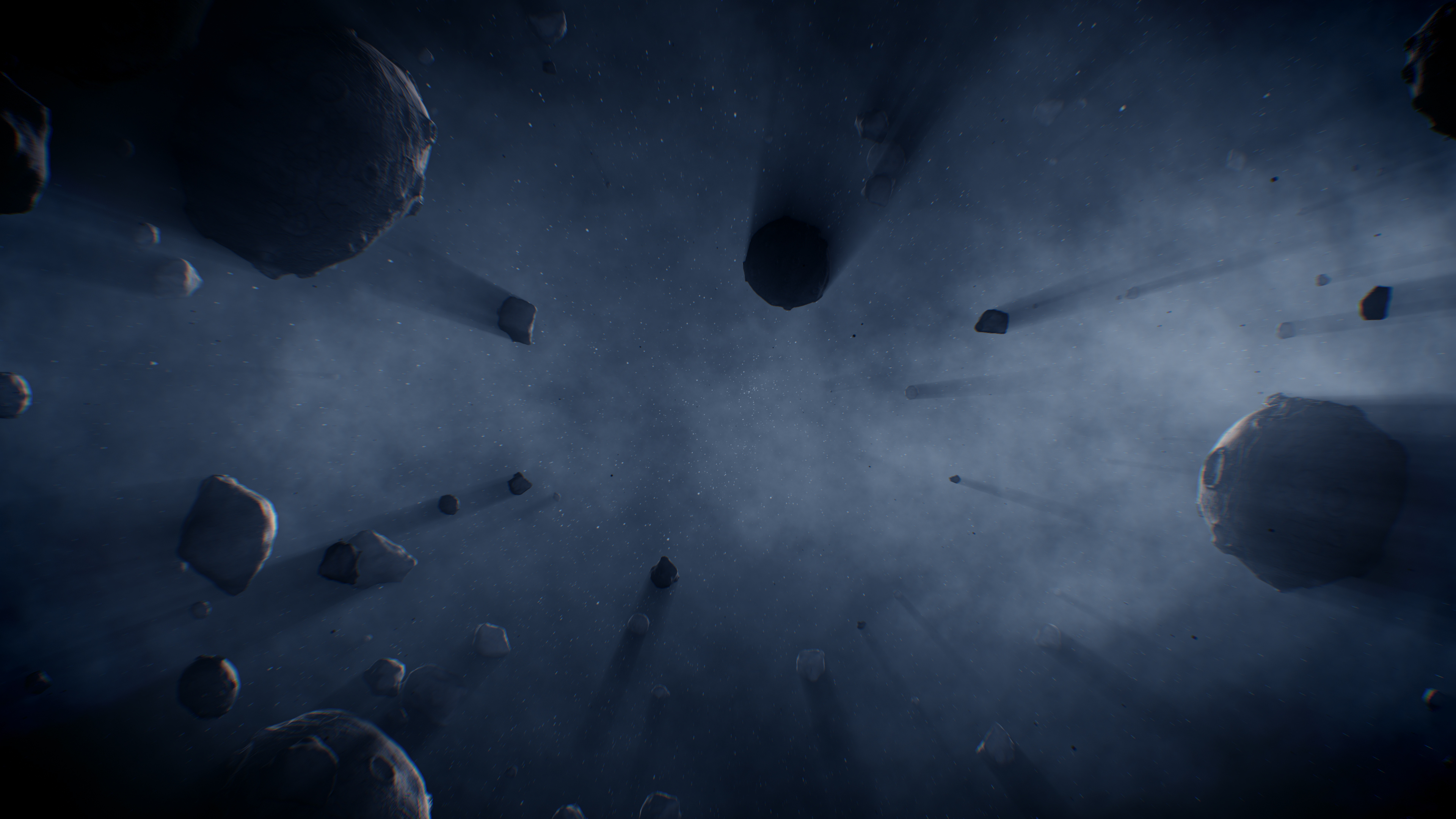
© StockGood via Getty Images
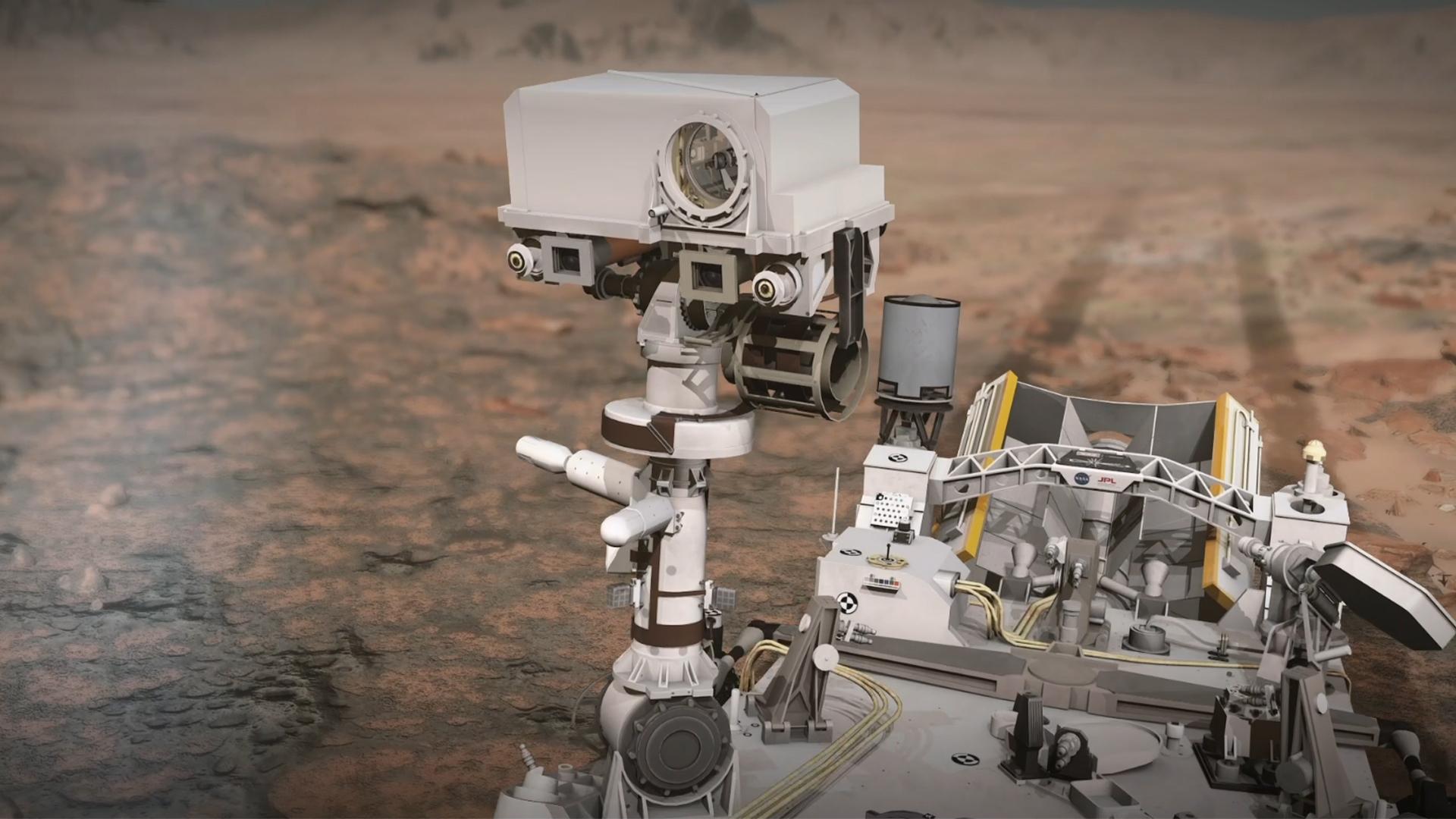
© NASA

© NASA

© Mark Garlick/Science Photo Library/Getty Images
Not so far from Earth, an infant planet is just getting its start at life. And by peeking beneath the thick cocoon of material surrounding it, astronomers could be getting a rare chance to watch a world for which our solar system has no equivalent settle into its early life. The planet closely orbits theContinue reading "This young, shrouded super-Neptune could help teach us how such planets form"
The post This young, shrouded super-Neptune could help teach us how such planets form appeared first on Astronomy Magazine.
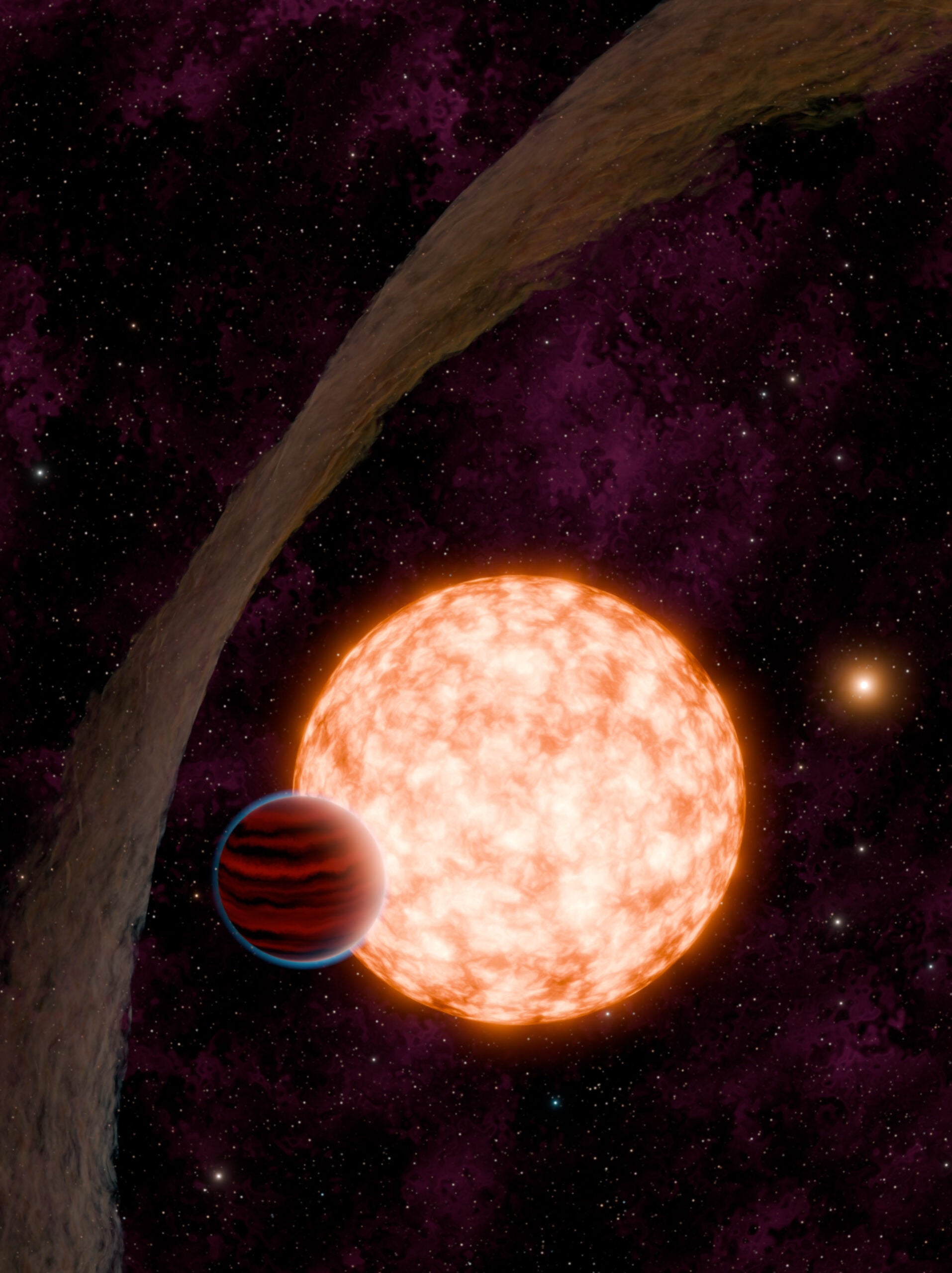
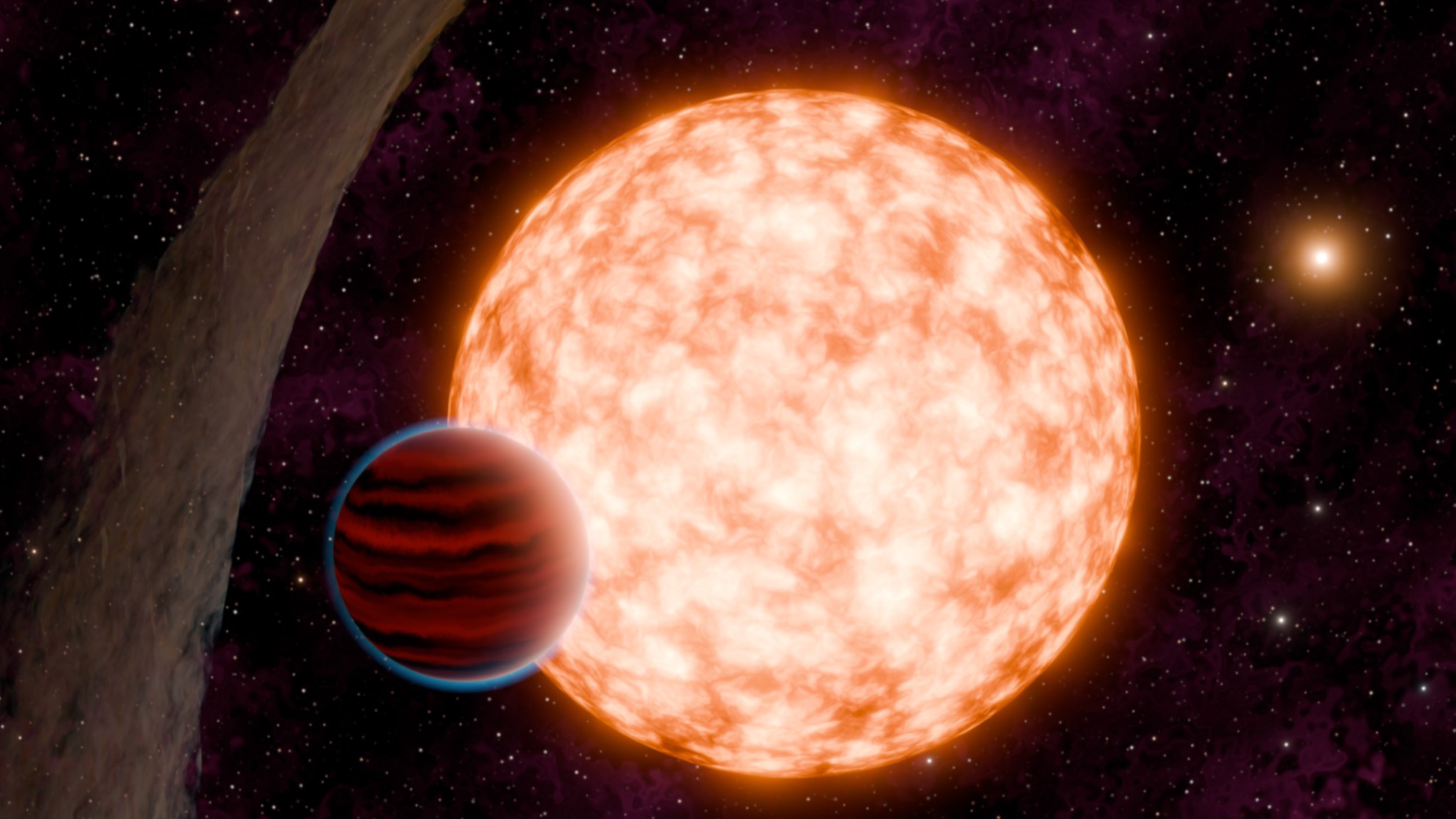
© NASA/JPL-Caltech/R. Hurt, K. Miller (Caltech/IPAC)
Author(s): Carlos Mejuto-Zaera
A new framework that embeds electrons in a surrounding bath captures nonlocal correlation effects that are relevant to metals, semiconductors, and correlated insulators.
[Physics 17, 164] Published Wed Nov 20, 2024
Author(s): Ryan Wilkinson
Contrary to conventional wisdom, a lattice of engineered nanoparticles called meta-atoms can have a chiral optical response even when each meta-atom is not chiral.
[Physics 17, s135] Published Wed Nov 20, 2024
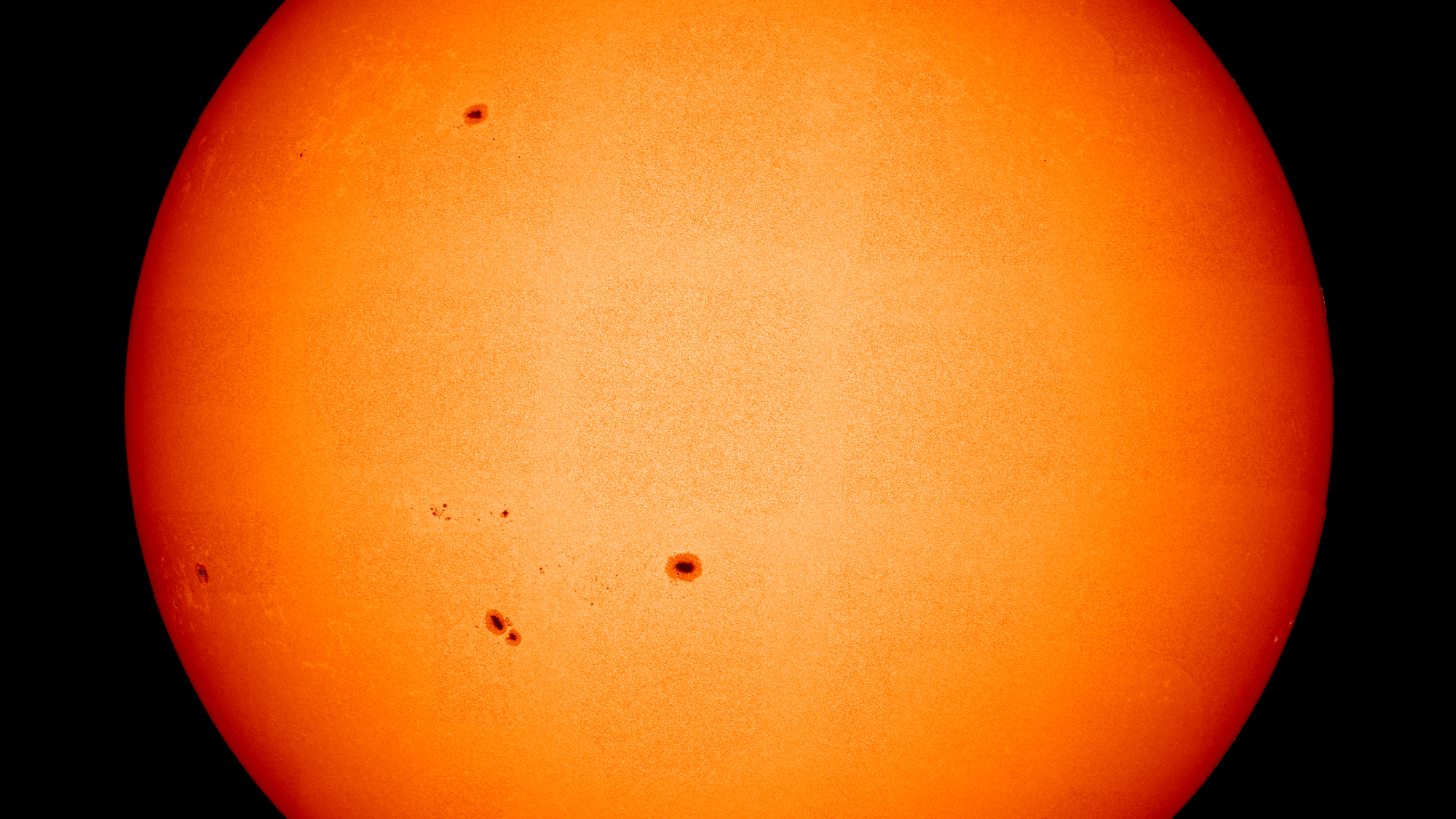
© ESA & NASA/Solar Orbiter/PHI Team
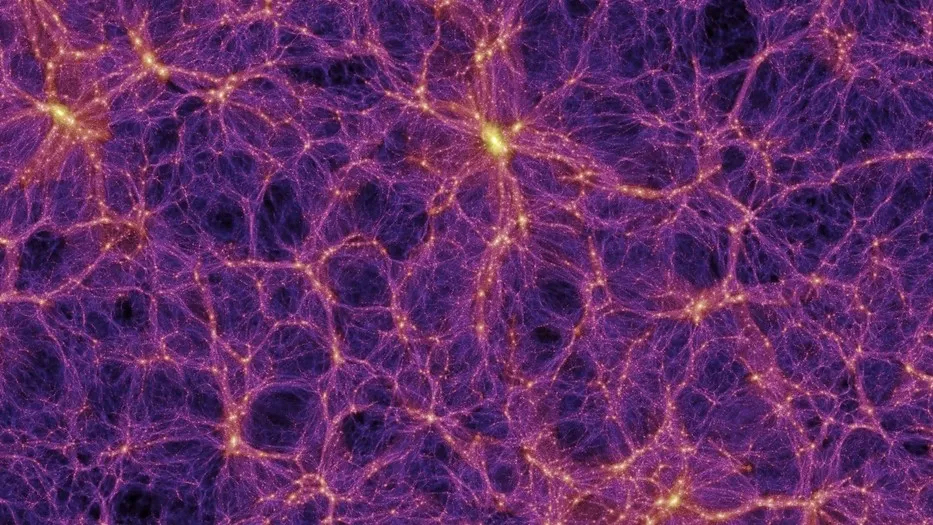
© ESA/ Springel et al., Virgo Consortium
In October, The Wall Street Journal reported that Boeing may shed its space business to focus on commercial aircraft and defense systems. This could be due in part to this summer’s test flight of its Starliner crew transport to the International Space Station (ISS), which adversely reshaped public opinion of the beleaguered aerospace titan. ButContinue reading "The past, present, and future of Boeing in space"
The post The past, present, and future of Boeing in space appeared first on Astronomy Magazine.
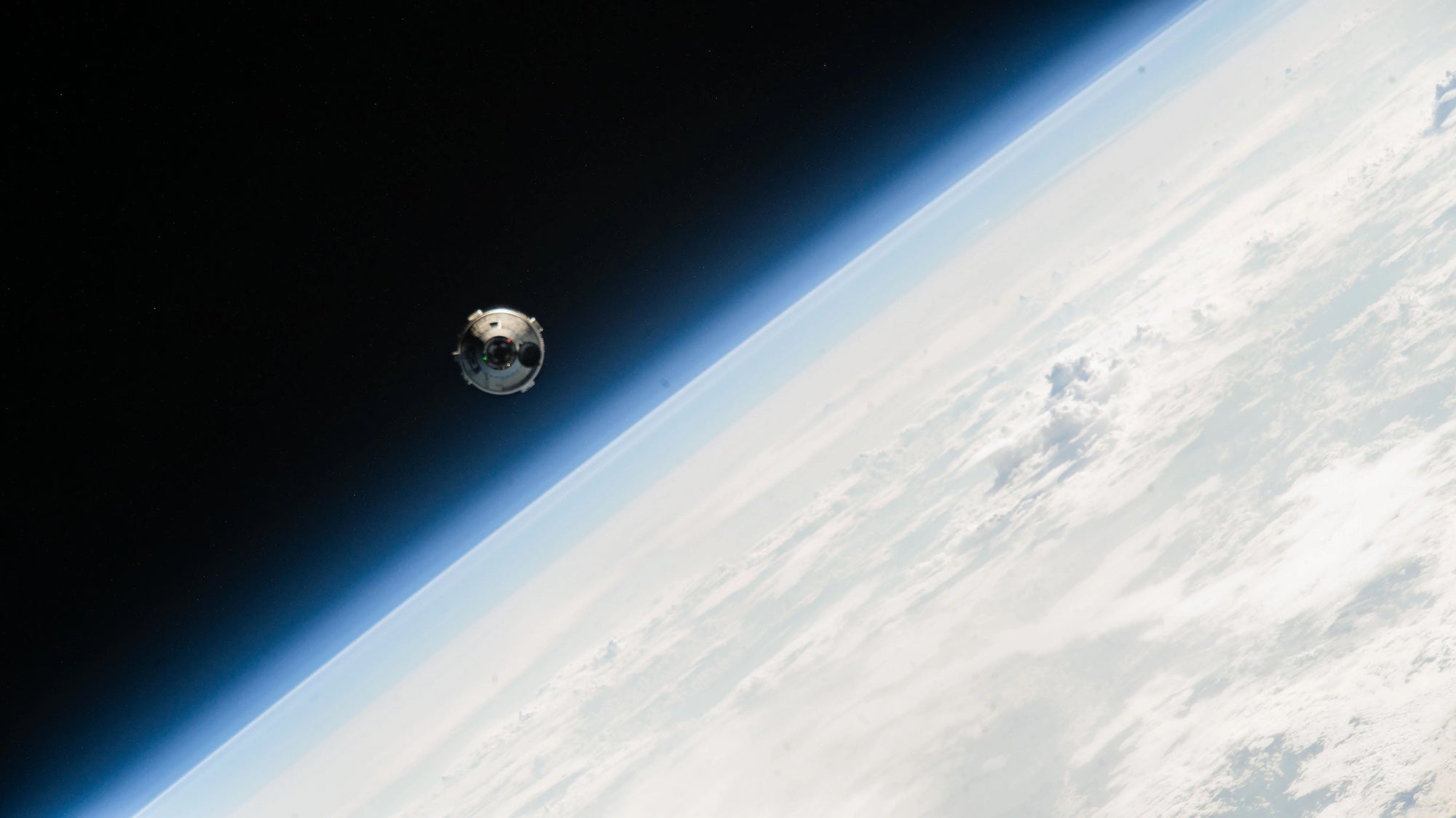

© Future/Oddballs
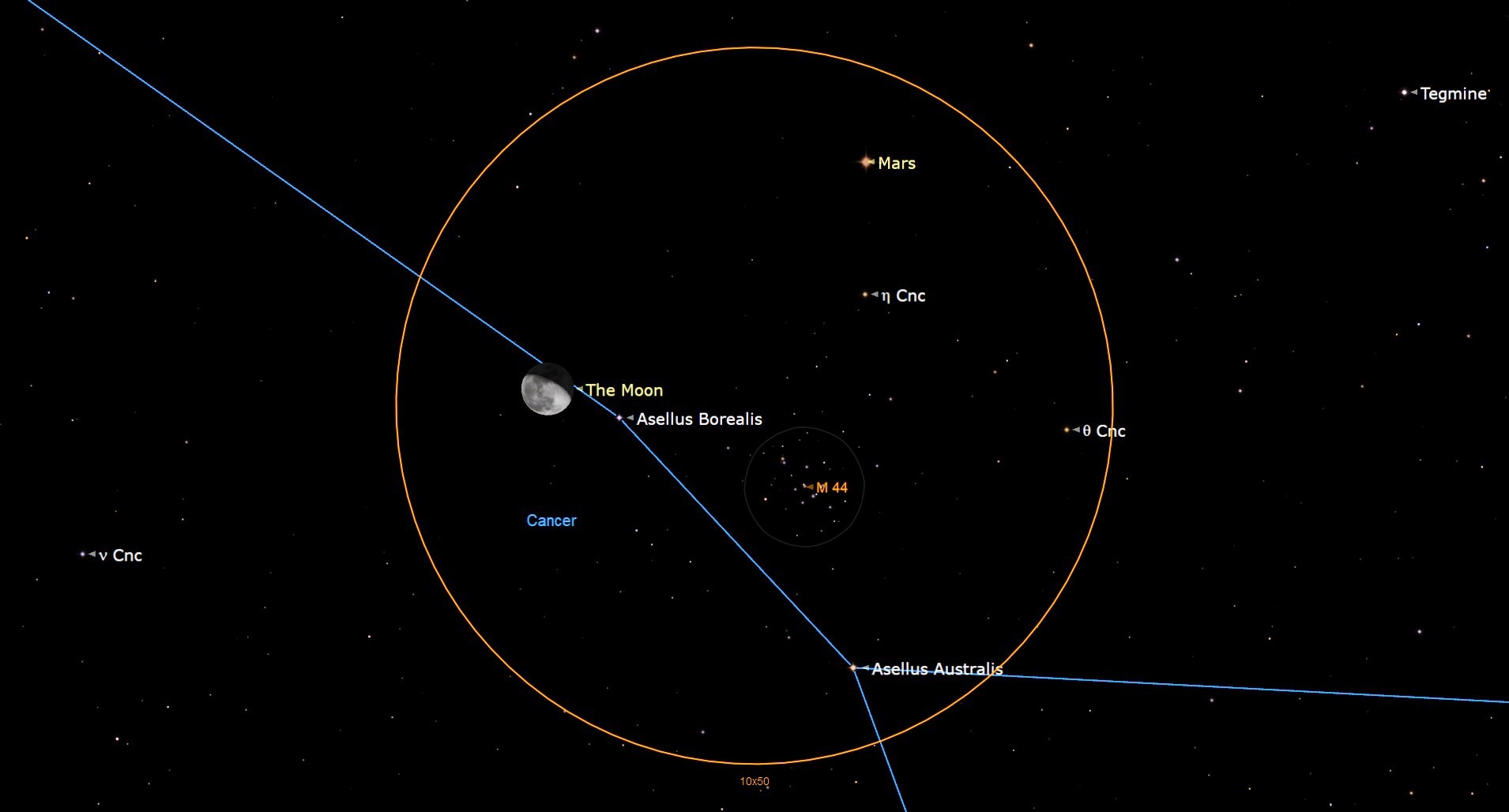
© Chris Vaughan/Starry Night

© SpaceX/collectSPACE.com
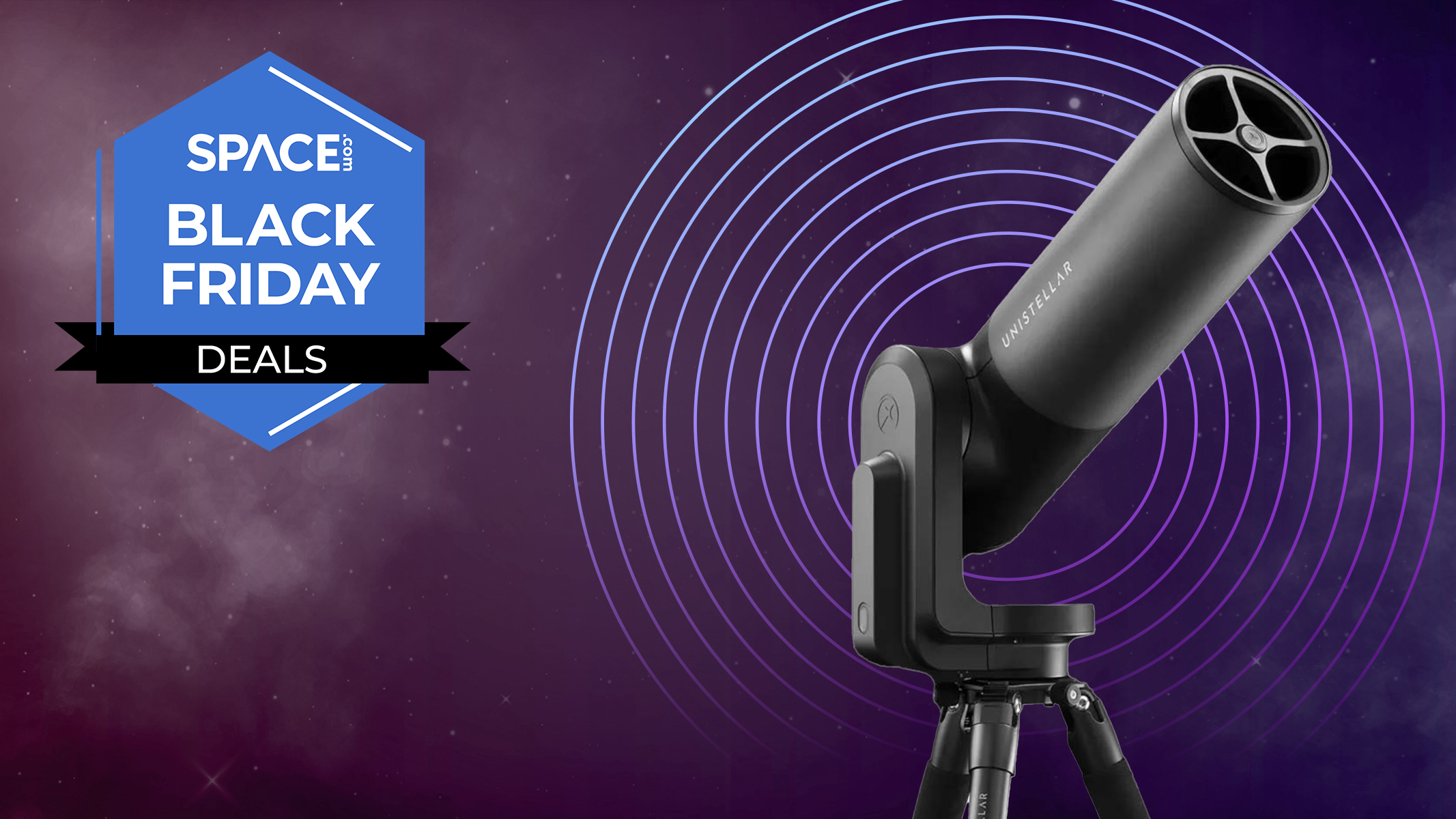
© Future
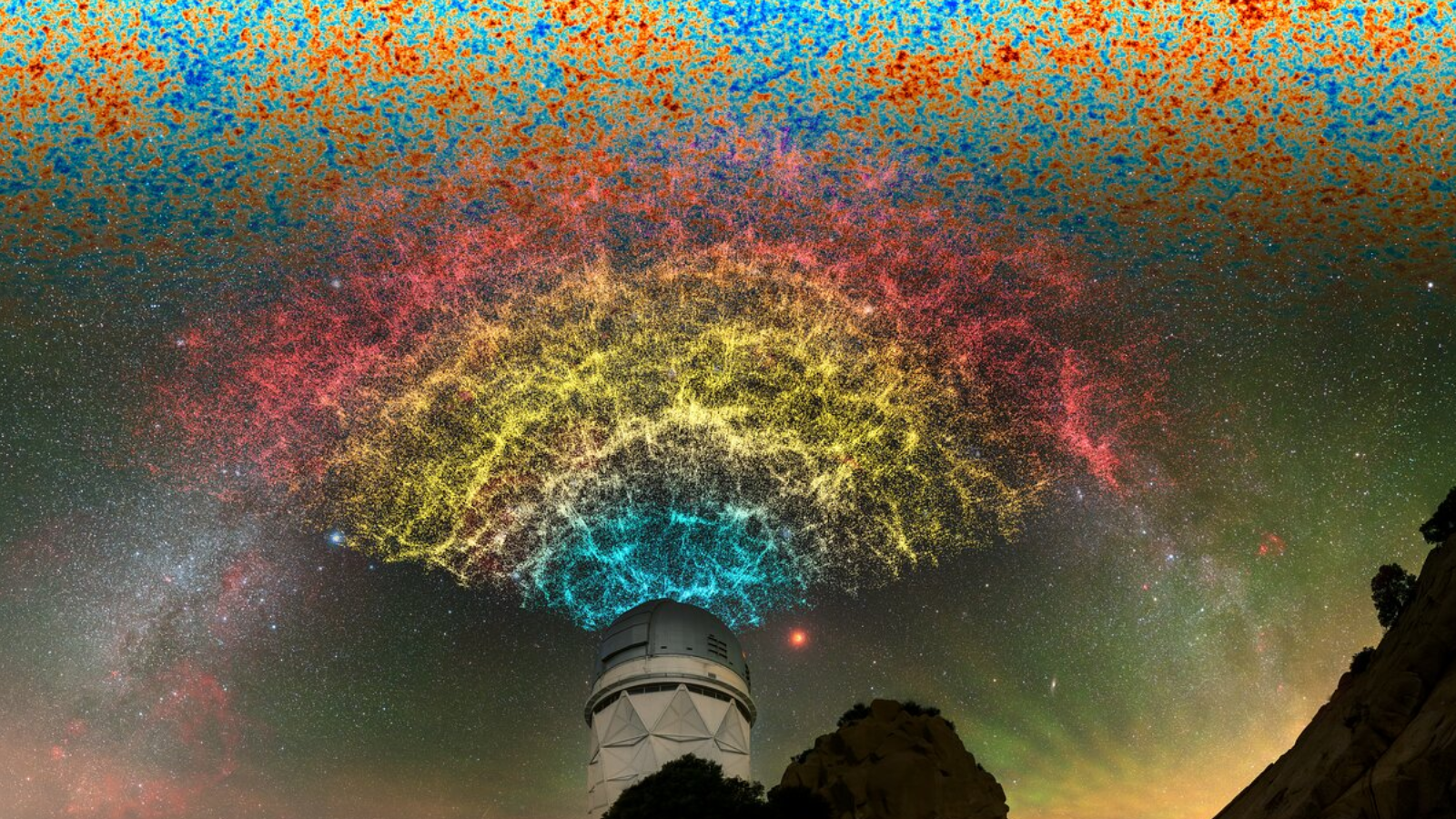
© DESI Collaboration/KPNO/NOIRLab/NSF/AURA/P. Horálek/R. Proctor

© Brandon Bell/Getty Images

© AARO/DOD
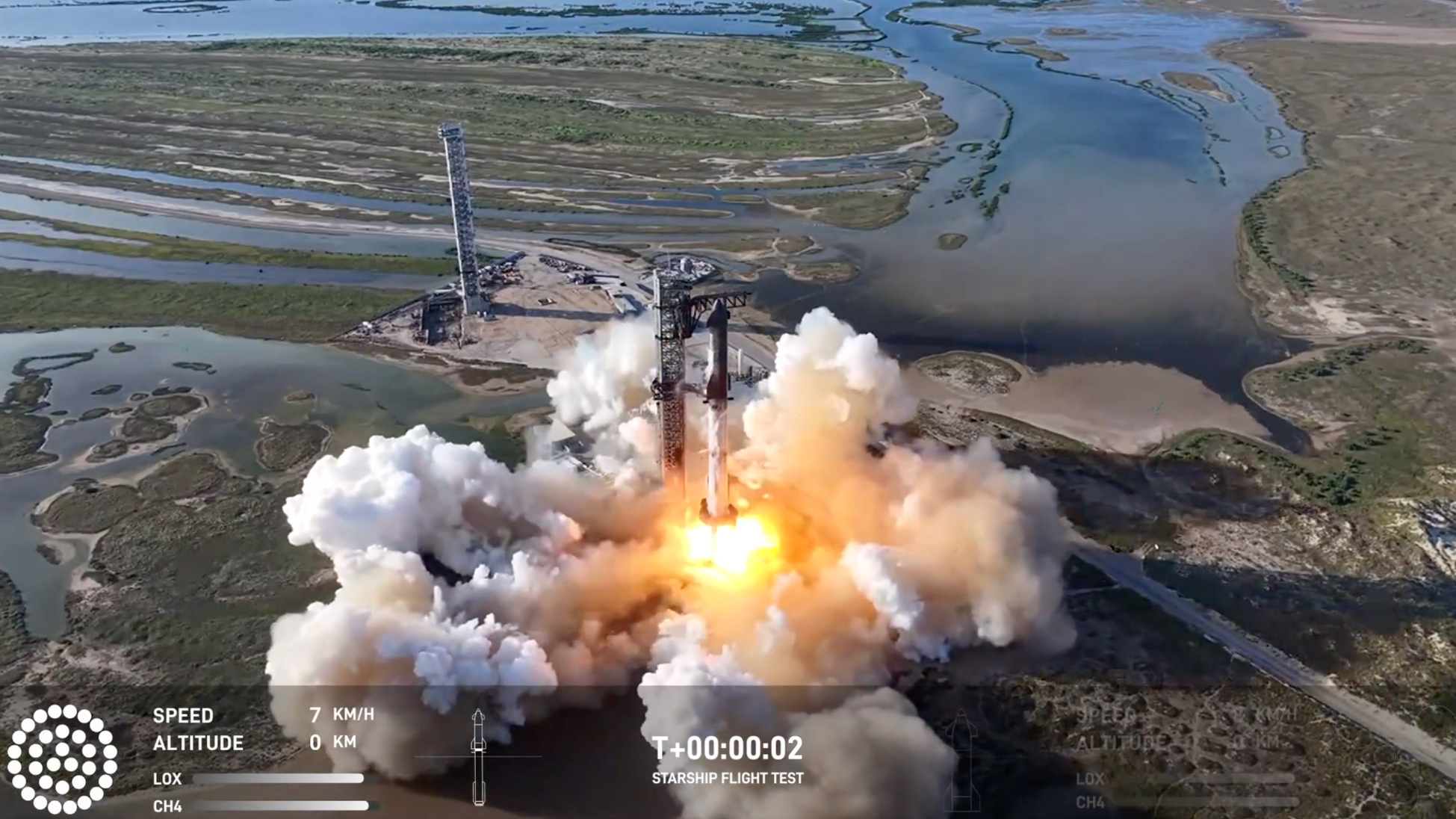
© SpaceX
Jeff Schilling from Houston, Texas The dark nebulae LDN 935/6 contrast with billowing clouds of bright emission from the North America Nebula (NGC 7000). For this close-up study of light and dark in motion, the imager took 13¼ hours of exposure in Hubble-palette filters.
The post The billowing cosmos appeared first on Astronomy Magazine.
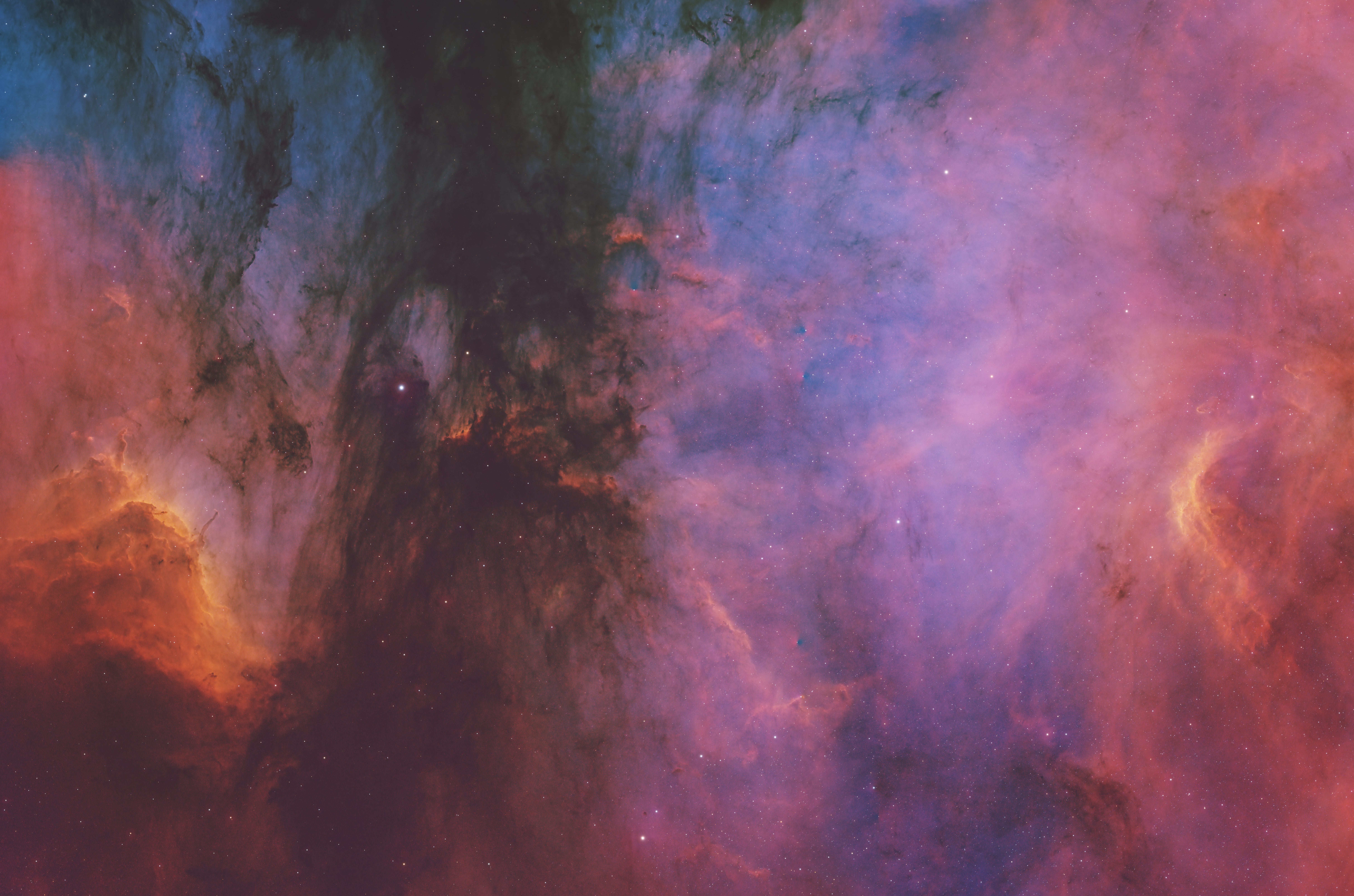
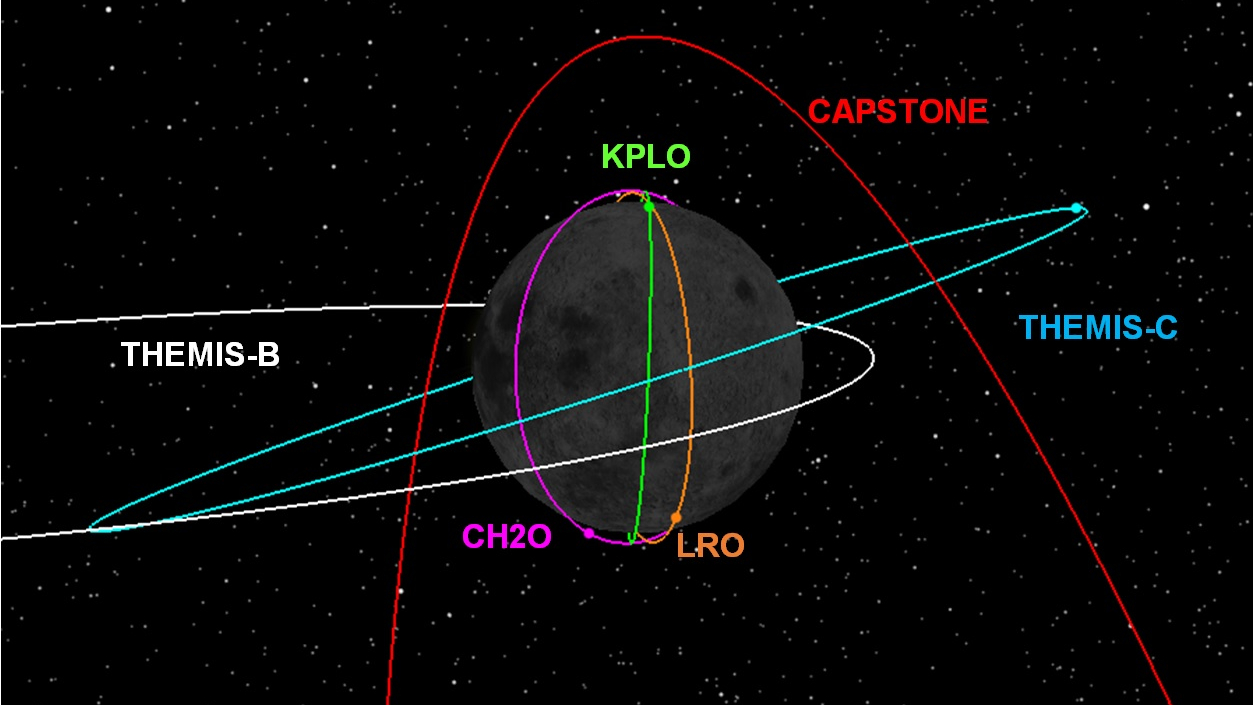
© ISRO

© Future

© Marvel Studios
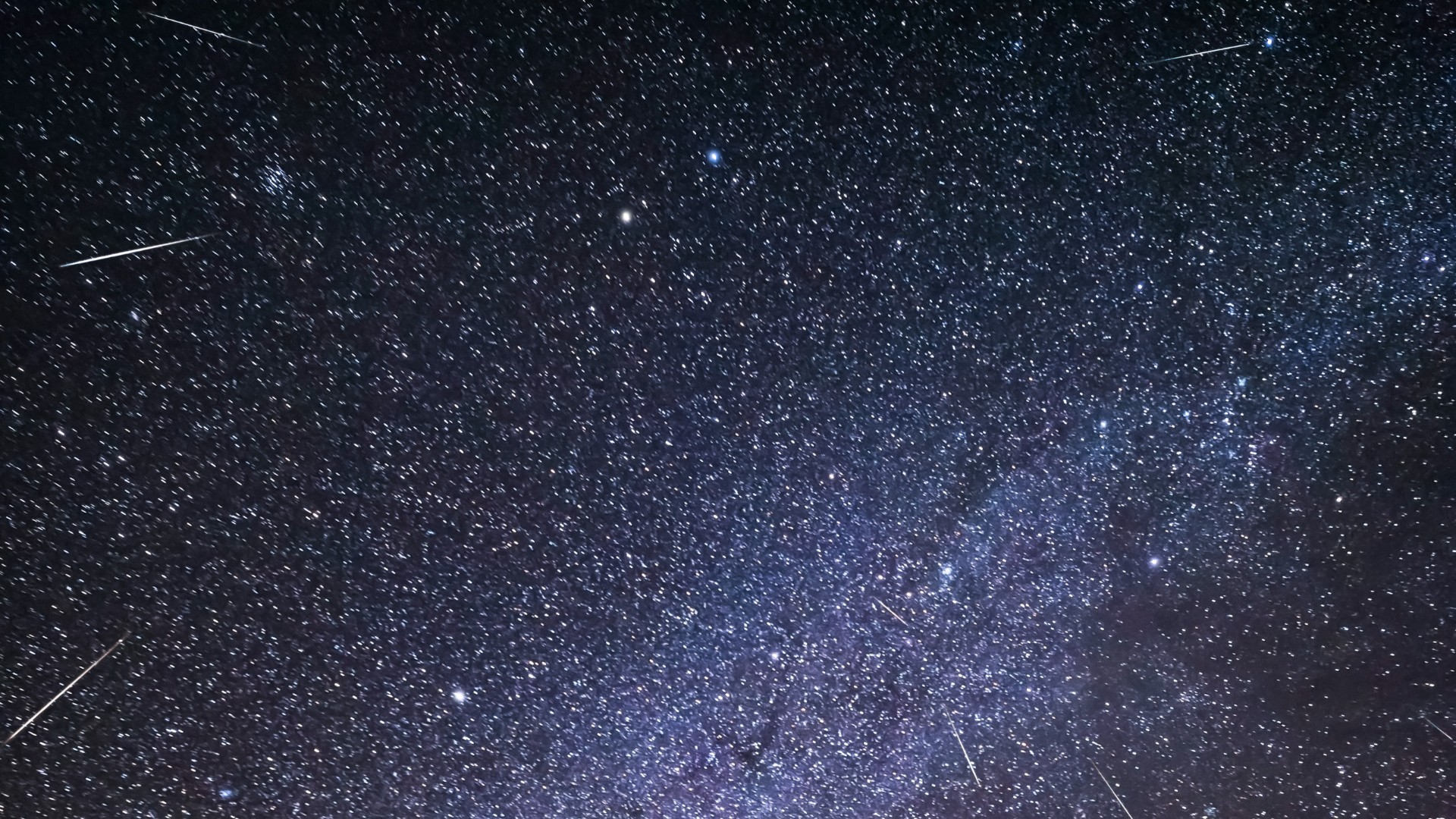
© Alan Dyer/VW Pics/UIG via Getty Images

© Jonathan Newton/The Washington Post via Getty Images
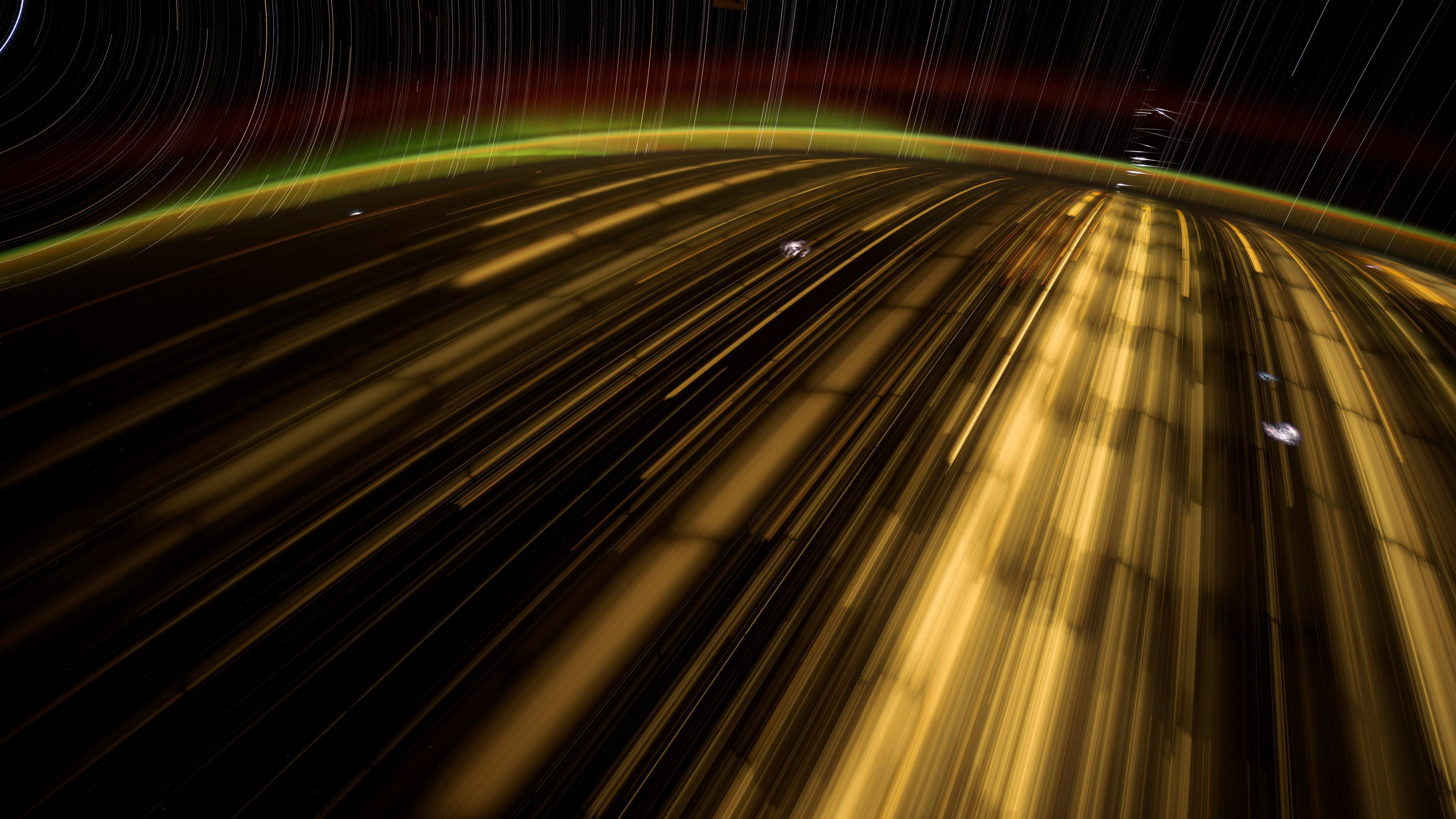
© NASA/Don Pettit
The game is afoot! Astronomers may have found some of the universe’s missing matter, thanks to one team’s cosmic detective work. The case has been open for more than 20 years. In the 1990s and early 2000s, scientists sleuthed out the universe’s contents using observations from the cosmic microwave background radiation and Big Bang models.Continue reading "Scientists discover significant ‘missing matter’ in the gas between galaxy clusters"
The post Scientists discover significant ‘missing matter’ in the gas between galaxy clusters appeared first on Astronomy Magazine.
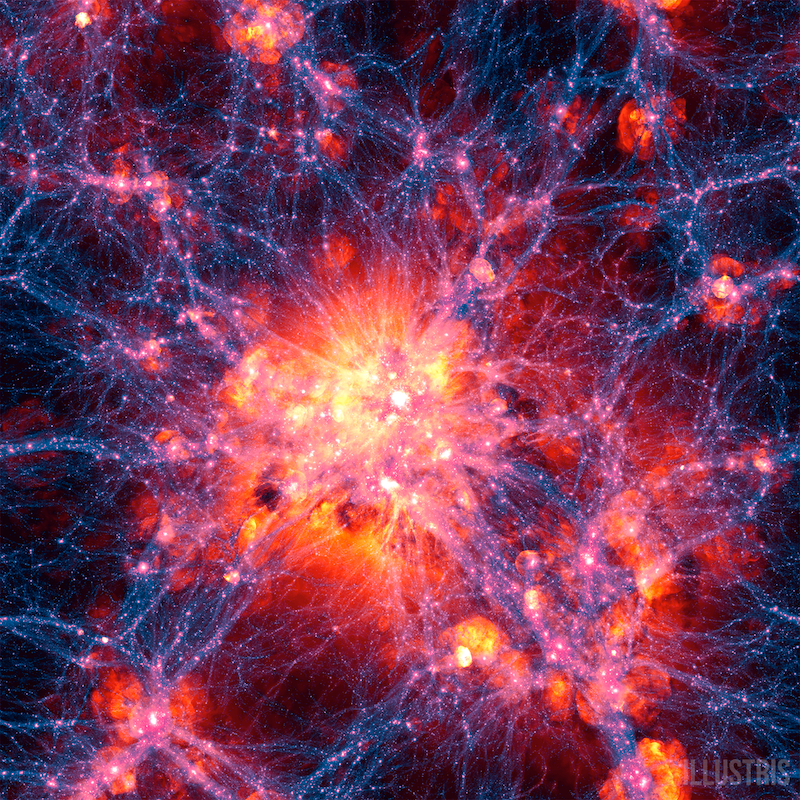
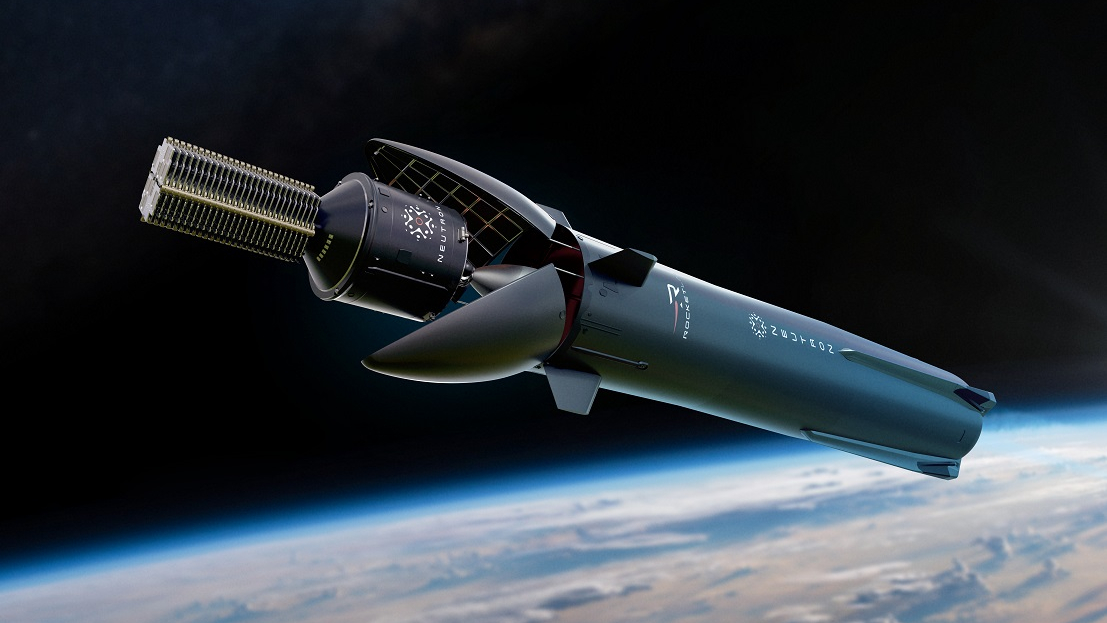
© Rocket Lab
On Saturday, Nov. 16, in Flagstaff, Arizona, the astronomy world changed a bit. Lowell Observatory has long been a beacon of history in the cosmic universe. Here, Boston Brahmin Percival Lowell founded an institution to study the heavens from the far west in 1894. Here he famously studied Mars, an early obsession, believing it toContinue reading "Lowell Observatory celebrates a monumental renewal"
The post Lowell Observatory celebrates a monumental renewal appeared first on Astronomy Magazine.
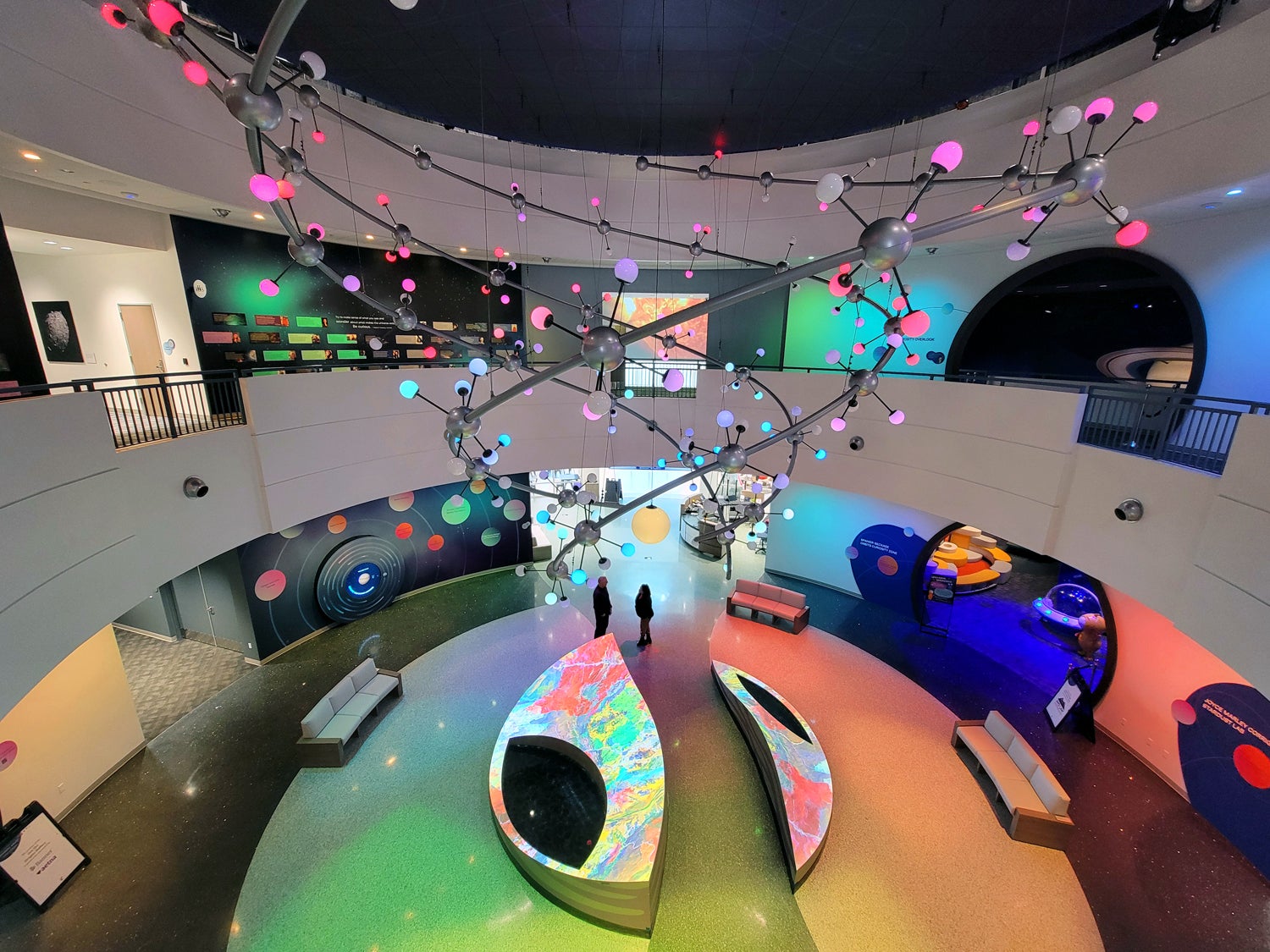
Author(s): Charles Day
Low-frequency radio observations could allow researchers to distinguish among several dark matter models, thanks to dark matter’s influence on the early Universe.
[Physics 17, s132] Published Tue Nov 19, 2024
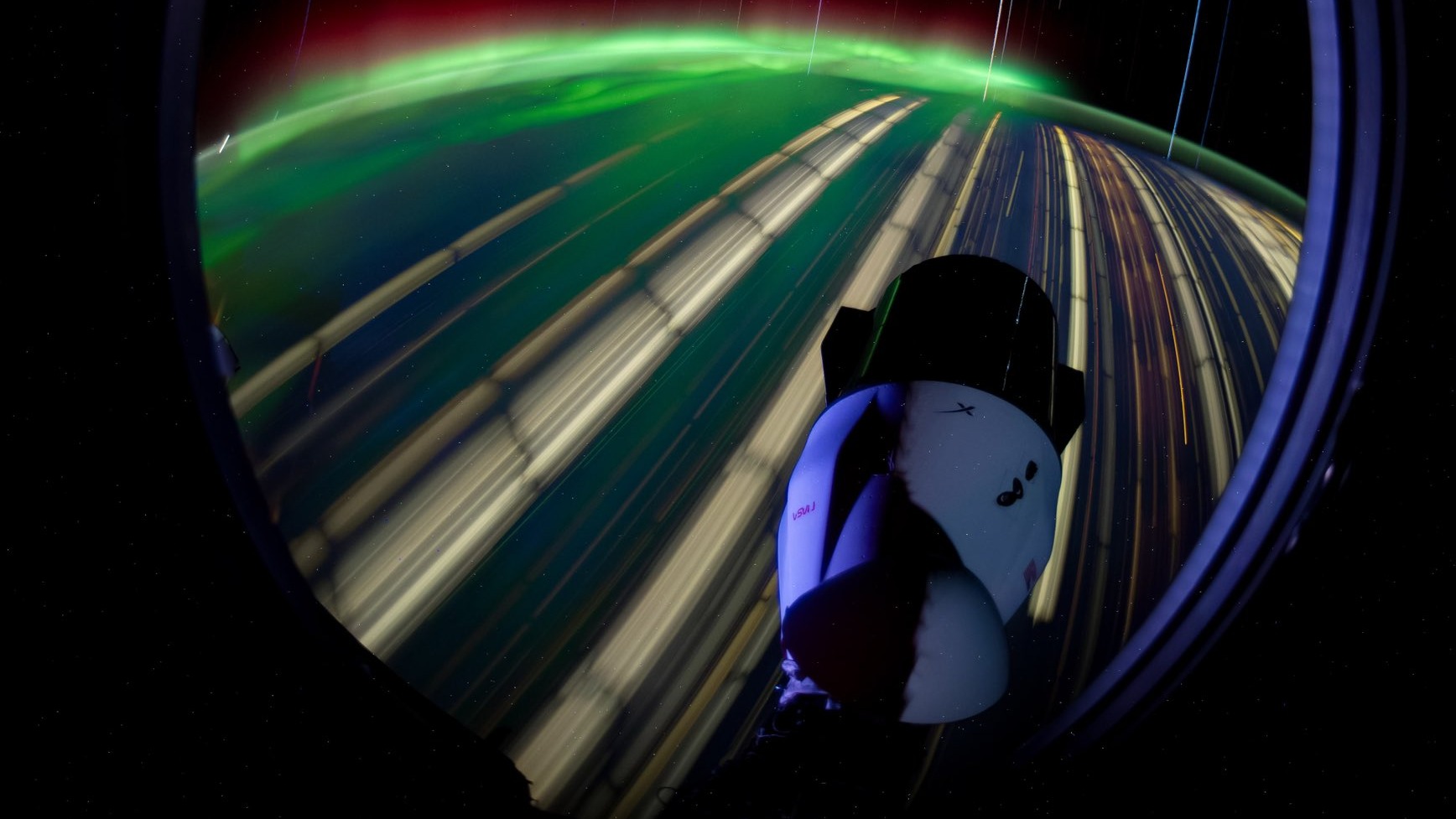
© NASA/Don Pettit
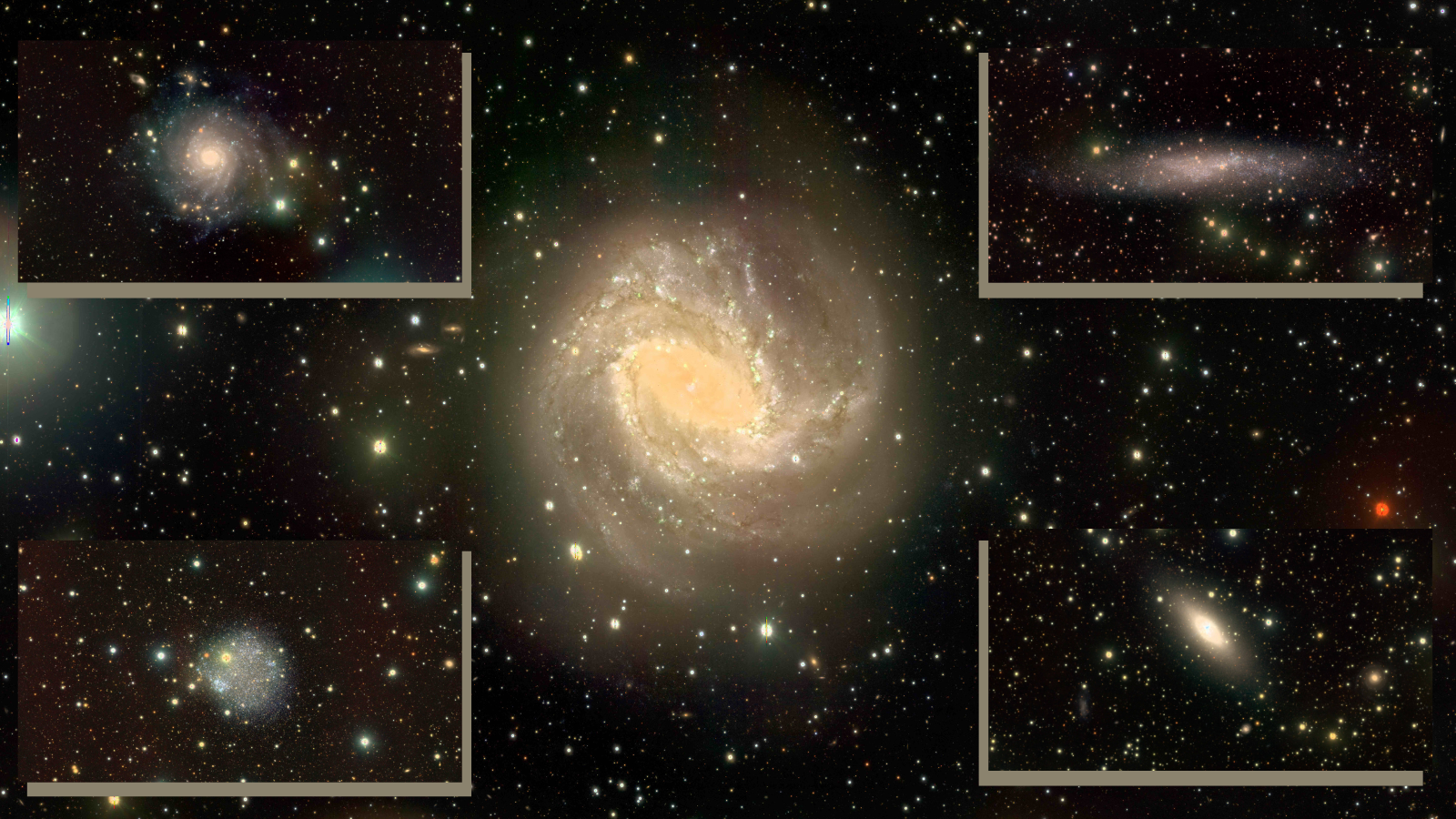
© INAF/VST-SMASH/C. Tortora et al. (2024)
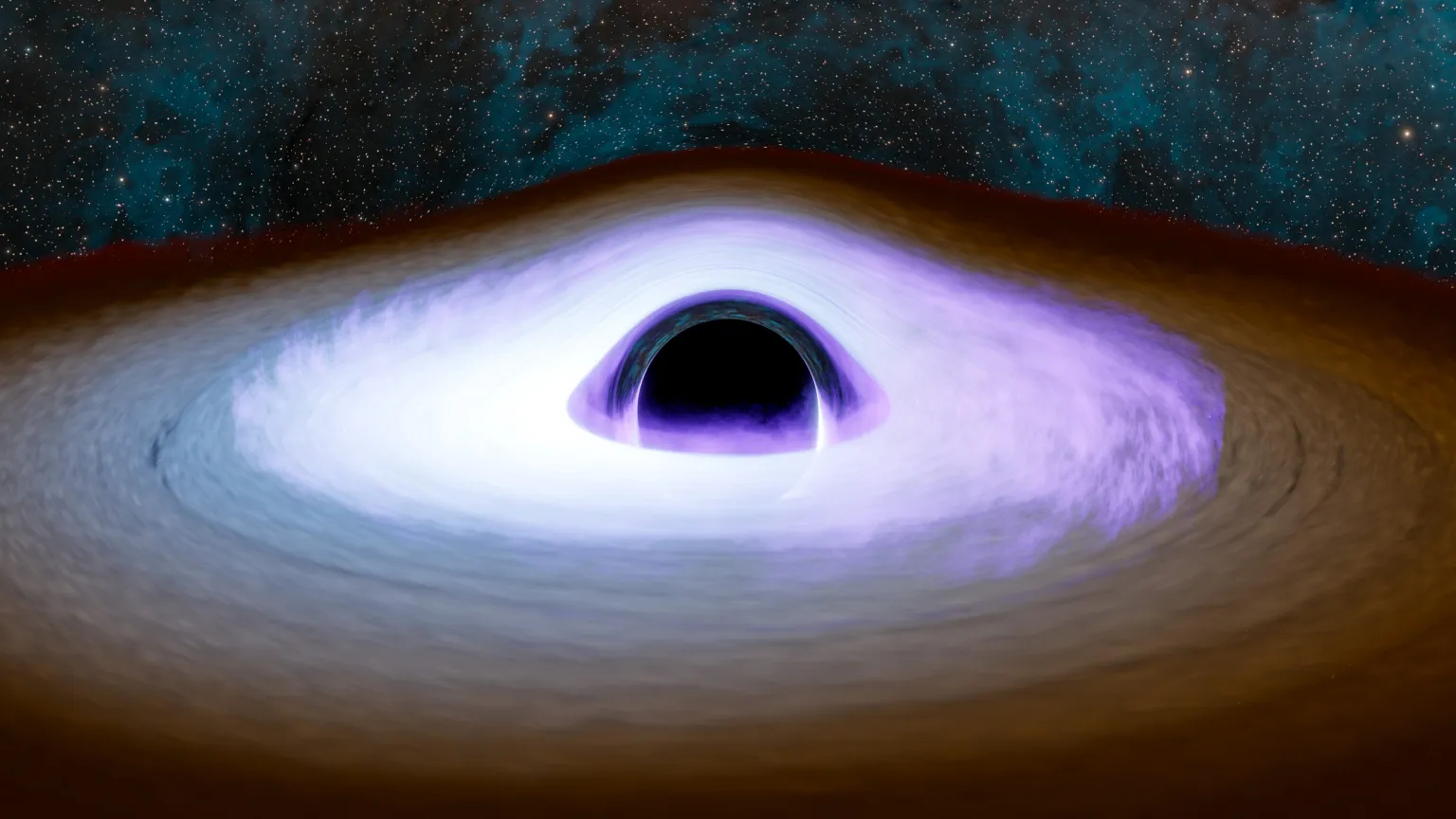
© NASA/Caltech-IPAC/Robert Hurt
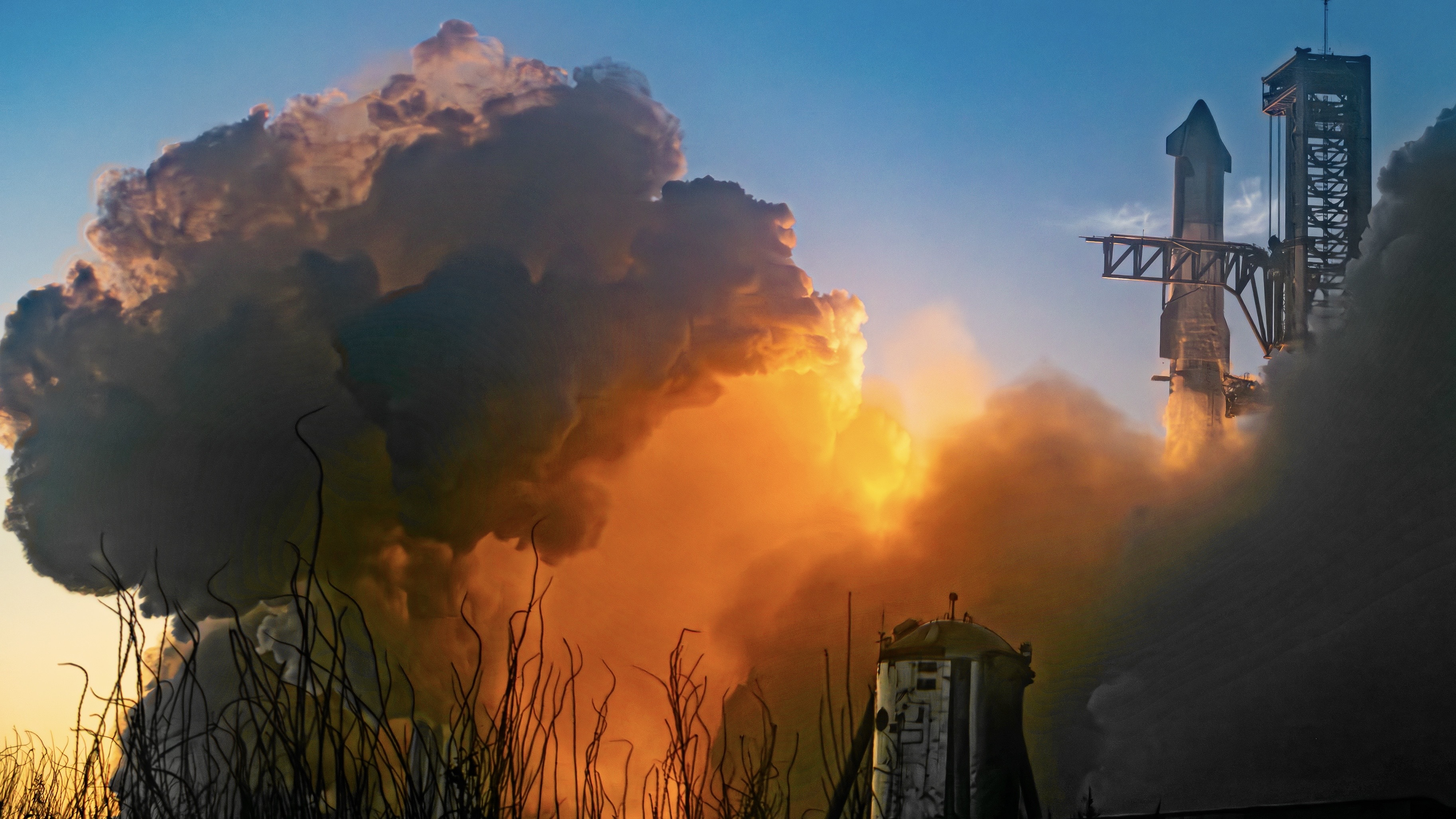
© Space.com / Josh Dinner
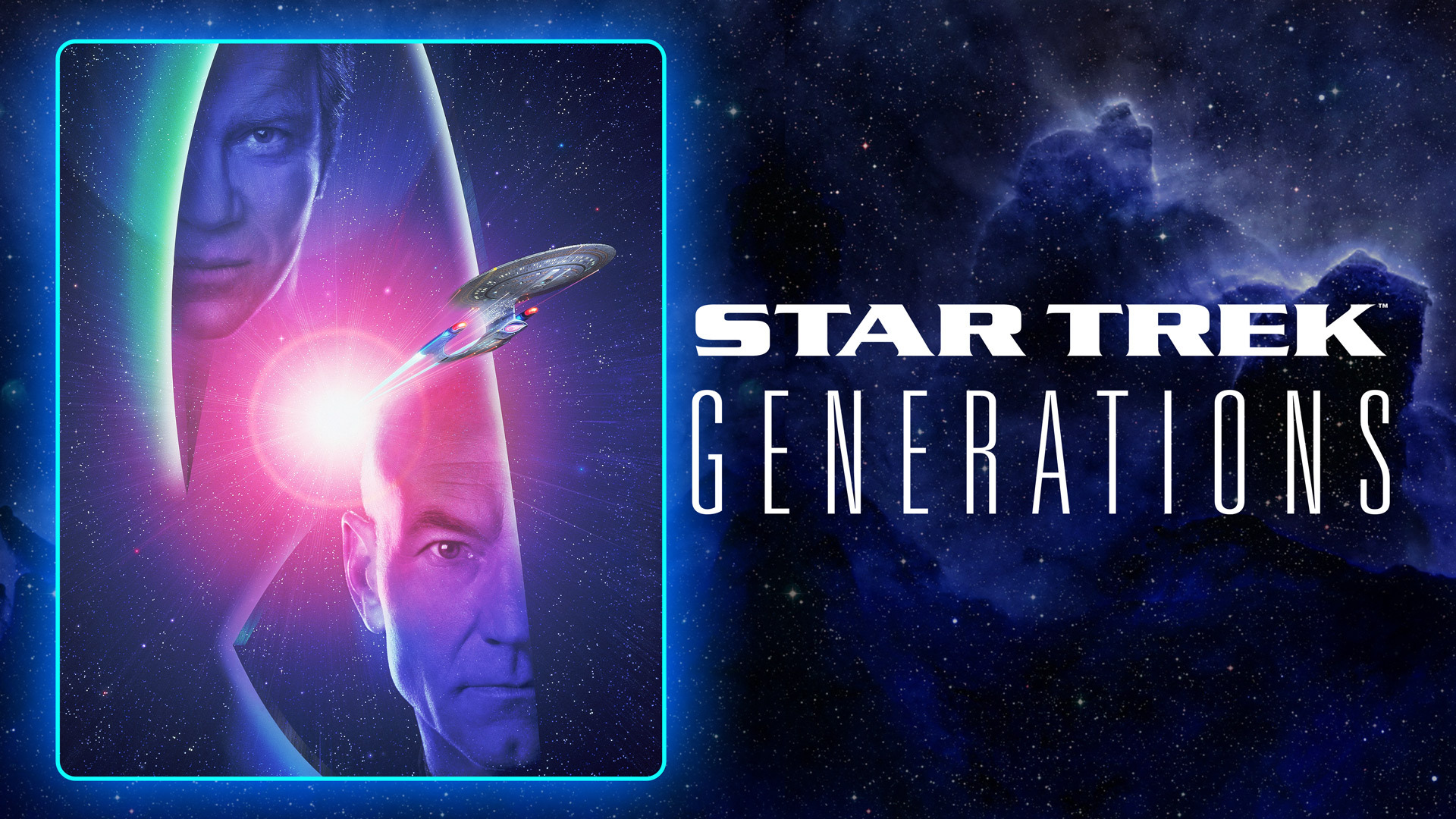
© Paramount
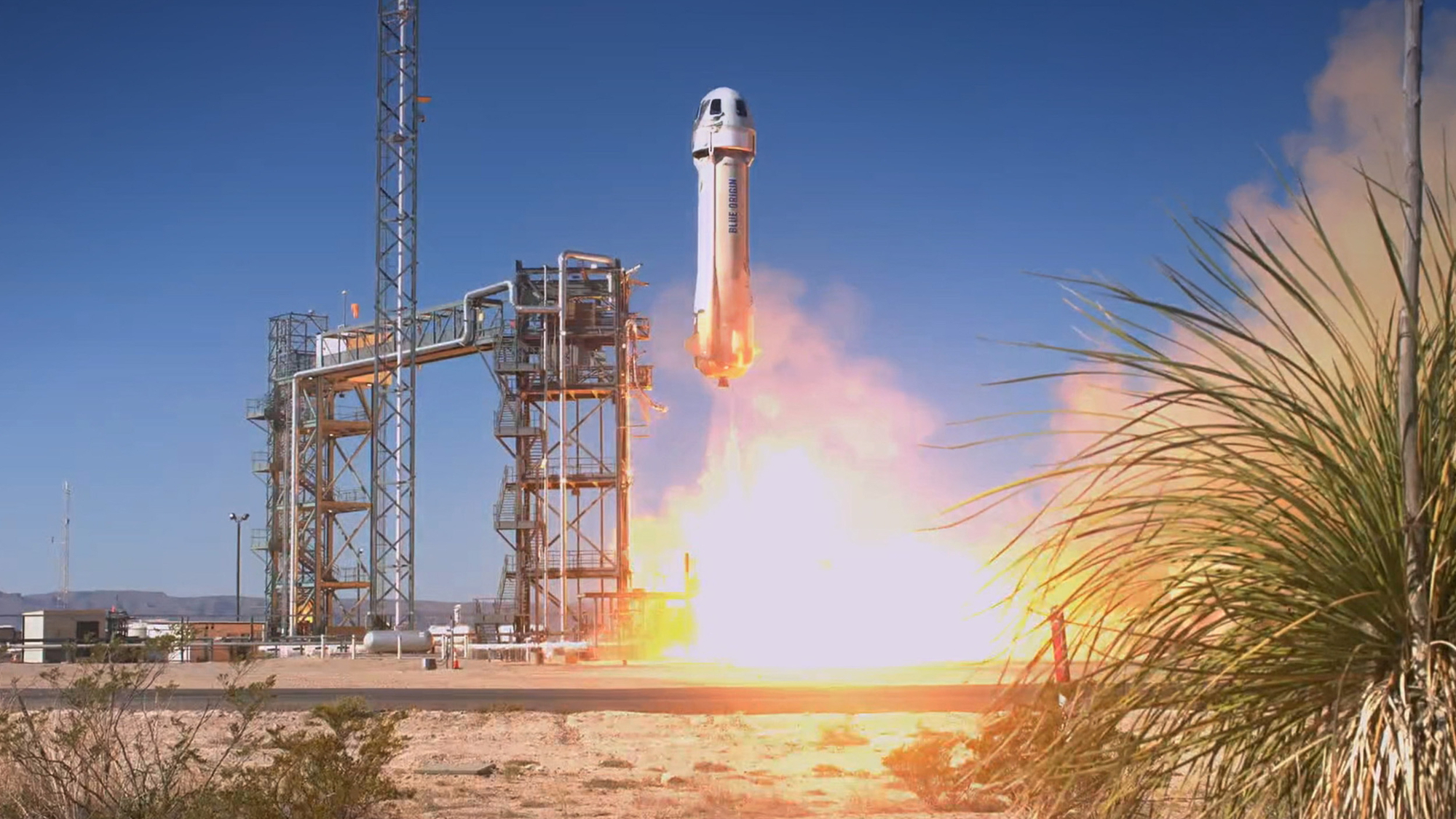
© Blue Origin

© Getty Images

© ABL Space Systems
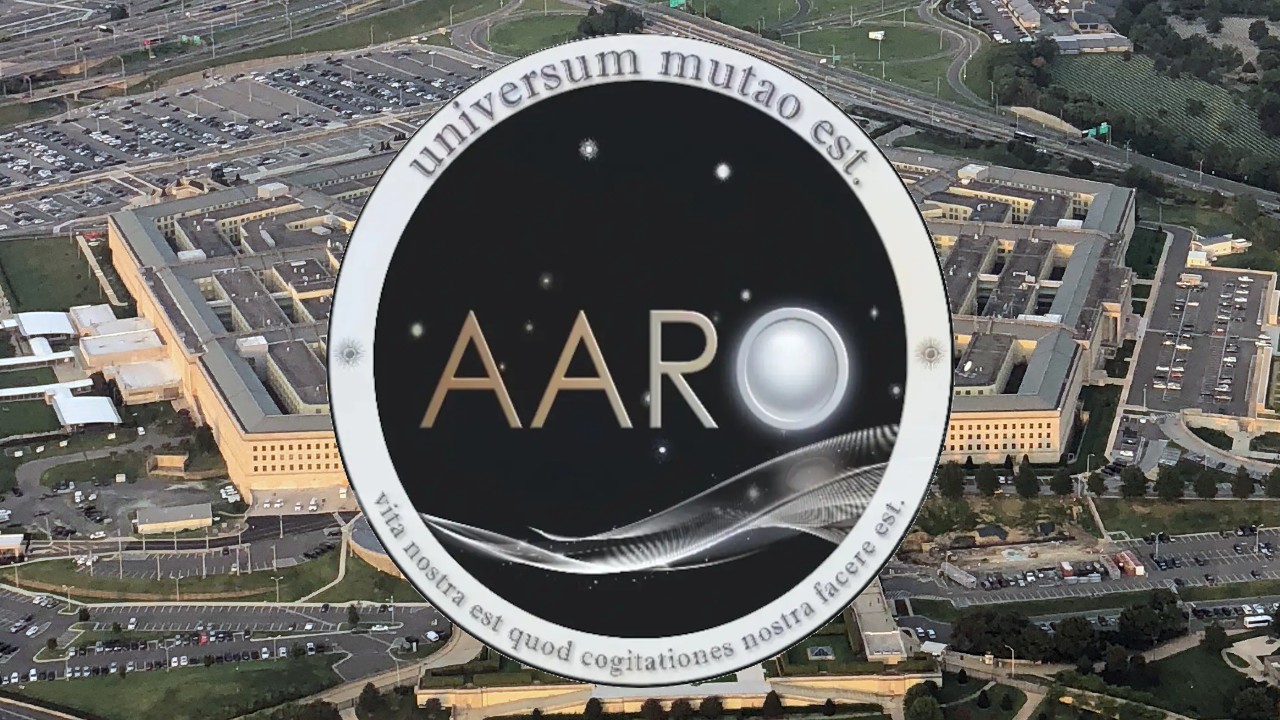
© AARO/Wikimedia Commons
Author(s): Michael Schirber
The experimental confirmation of supersolid vortices opens the prospect of making and studying laboratory analogues of rotating neutron stars.
[Physics 17, 166] Published Mon Nov 18, 2024

© Getty Images
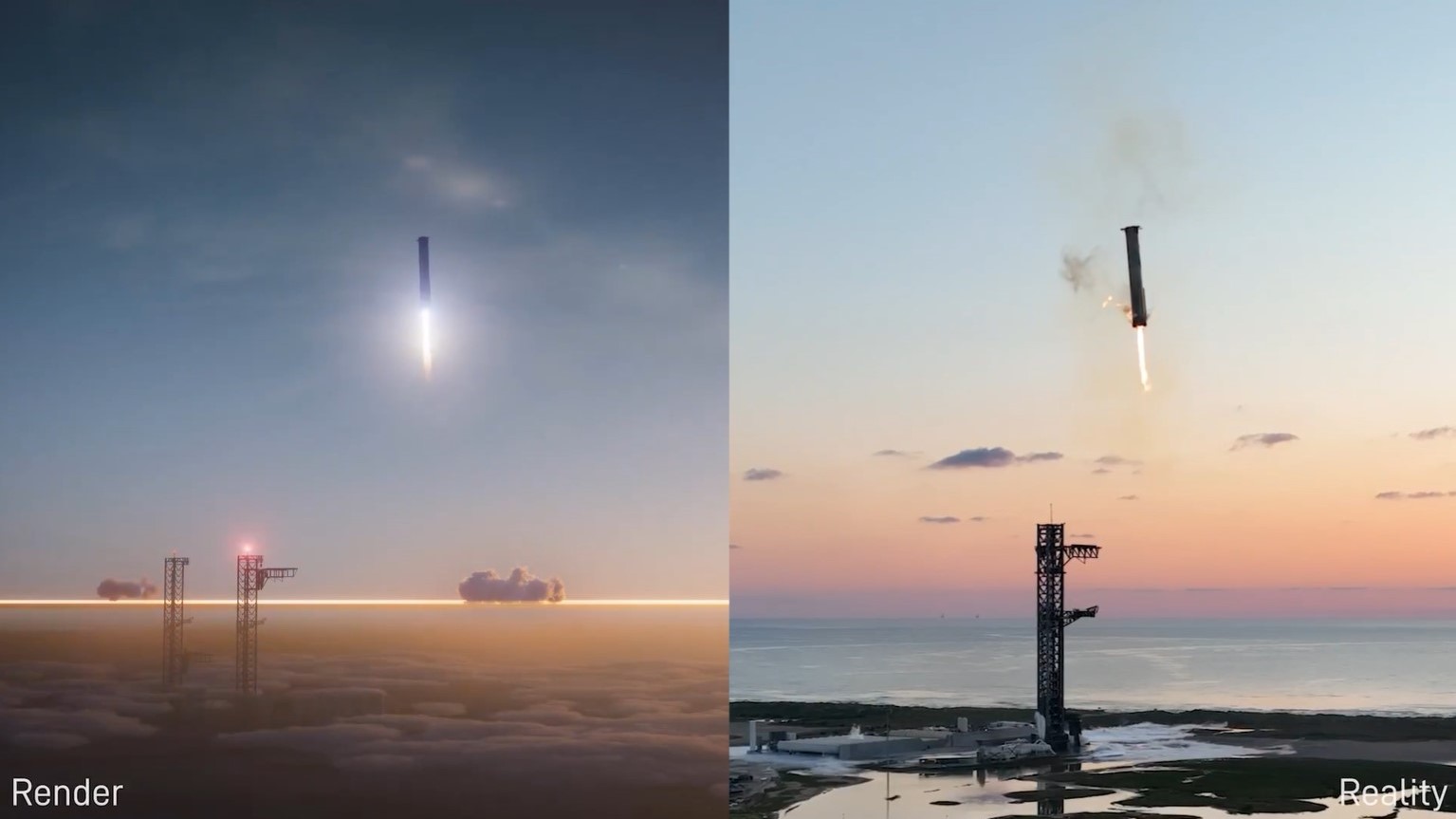
© SpaceX

© SpaceX

© <a href="https://www.gettyimages.co.uk/search/photographer?photographer=Westend61" rel="nofollow">Westend61 via </a>Getty Images
Author(s): Benjamin Rotenberg
The identification of a new type of symmetry in statistical mechanics could help scientists derive and interpret fundamental relationships in this branch of physics.
[Physics 17, 163] Published Mon Nov 18, 2024
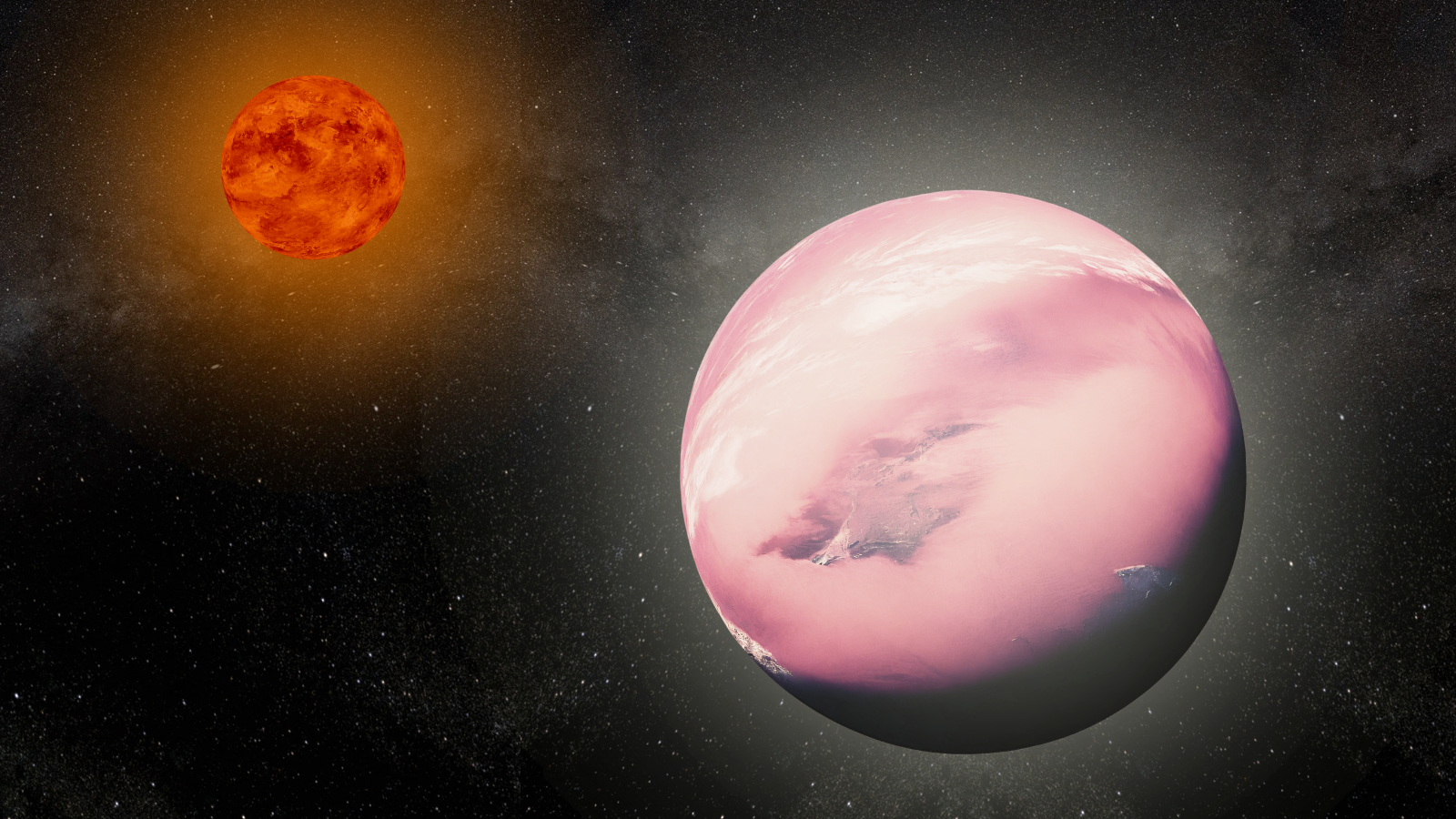
© Robert Lea (created with Canva)
How big is the ellipse that our planet travels in a year around the Sun? J.J. MüdespacherMexico City, Mexico Earth’s orbit around the Sun is not circular, but an ellipse that is slightly elongated with an eccentricity of 0.017. (An eccentricity of 0 is a circle, while the dwarf planet Pluto has a relatively highContinue reading "How big is Earth’s orbit around the Sun?"
The post How big is Earth’s orbit around the Sun? appeared first on Astronomy Magazine.
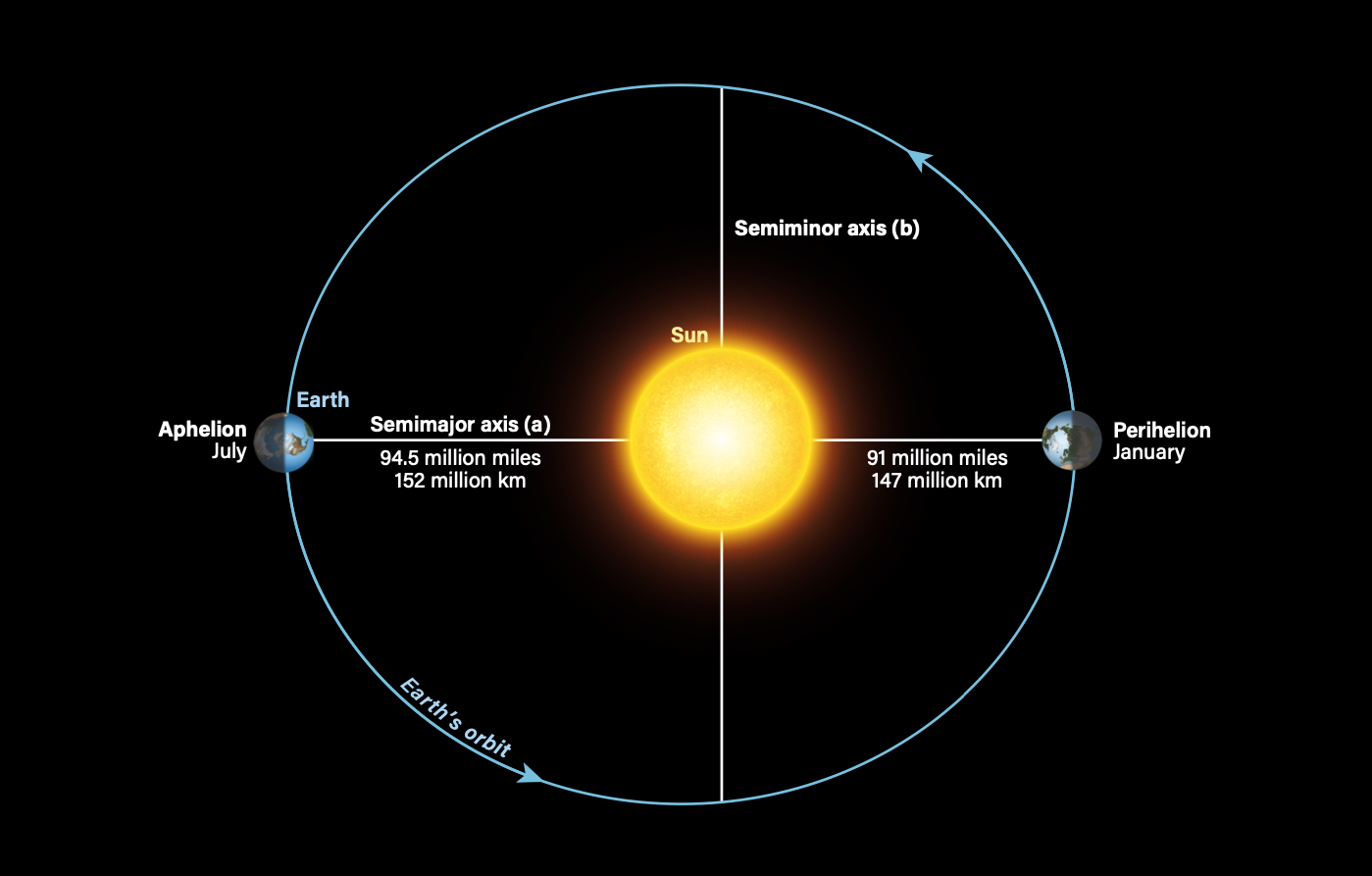

© HBO
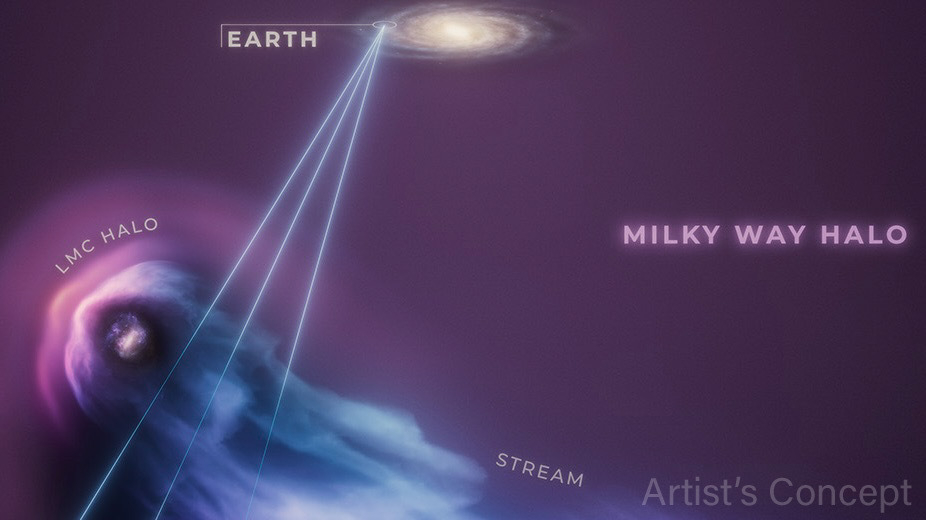
© NASA, ESA, Ralf Crawford (STScI)
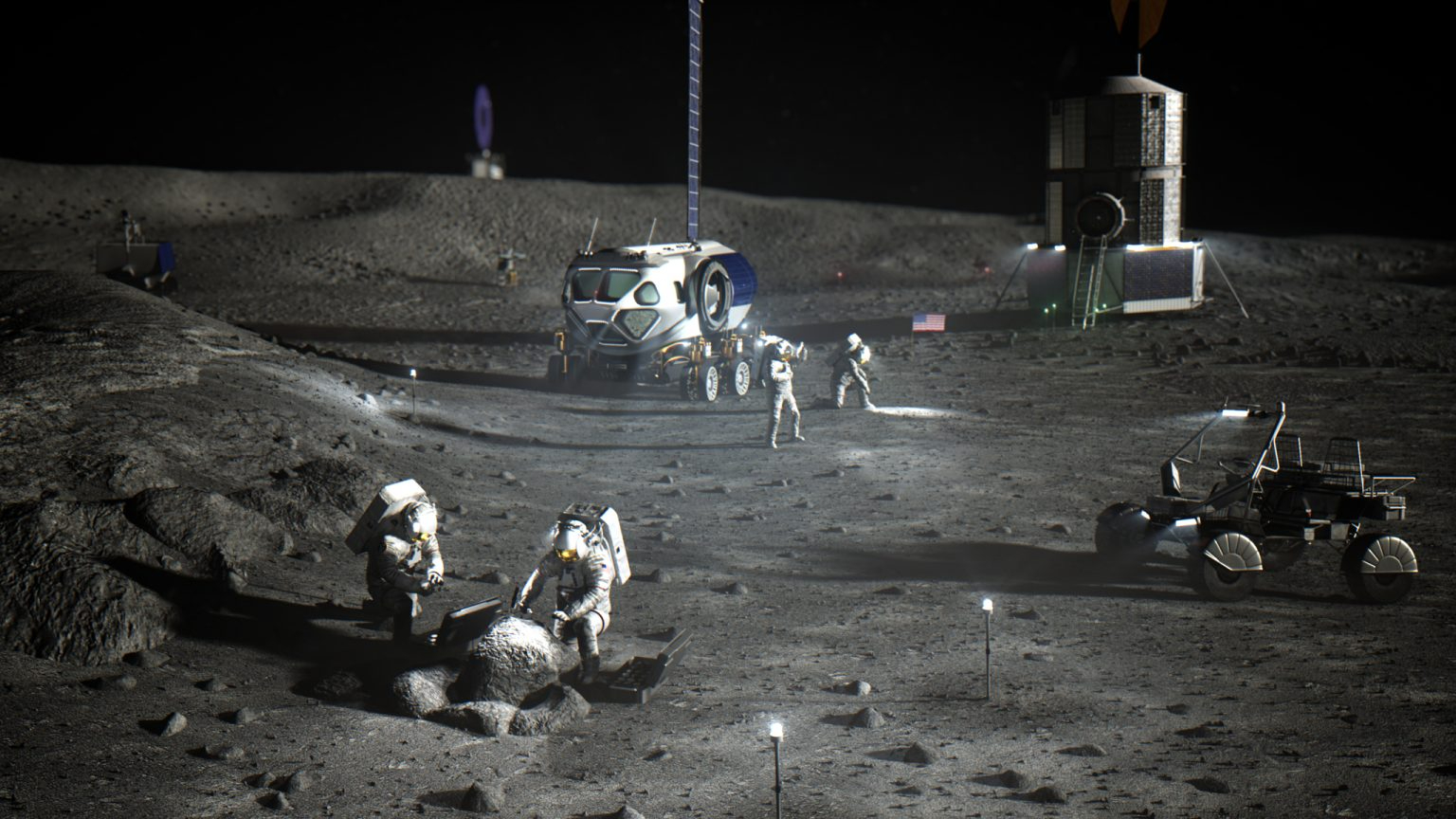
© NASA
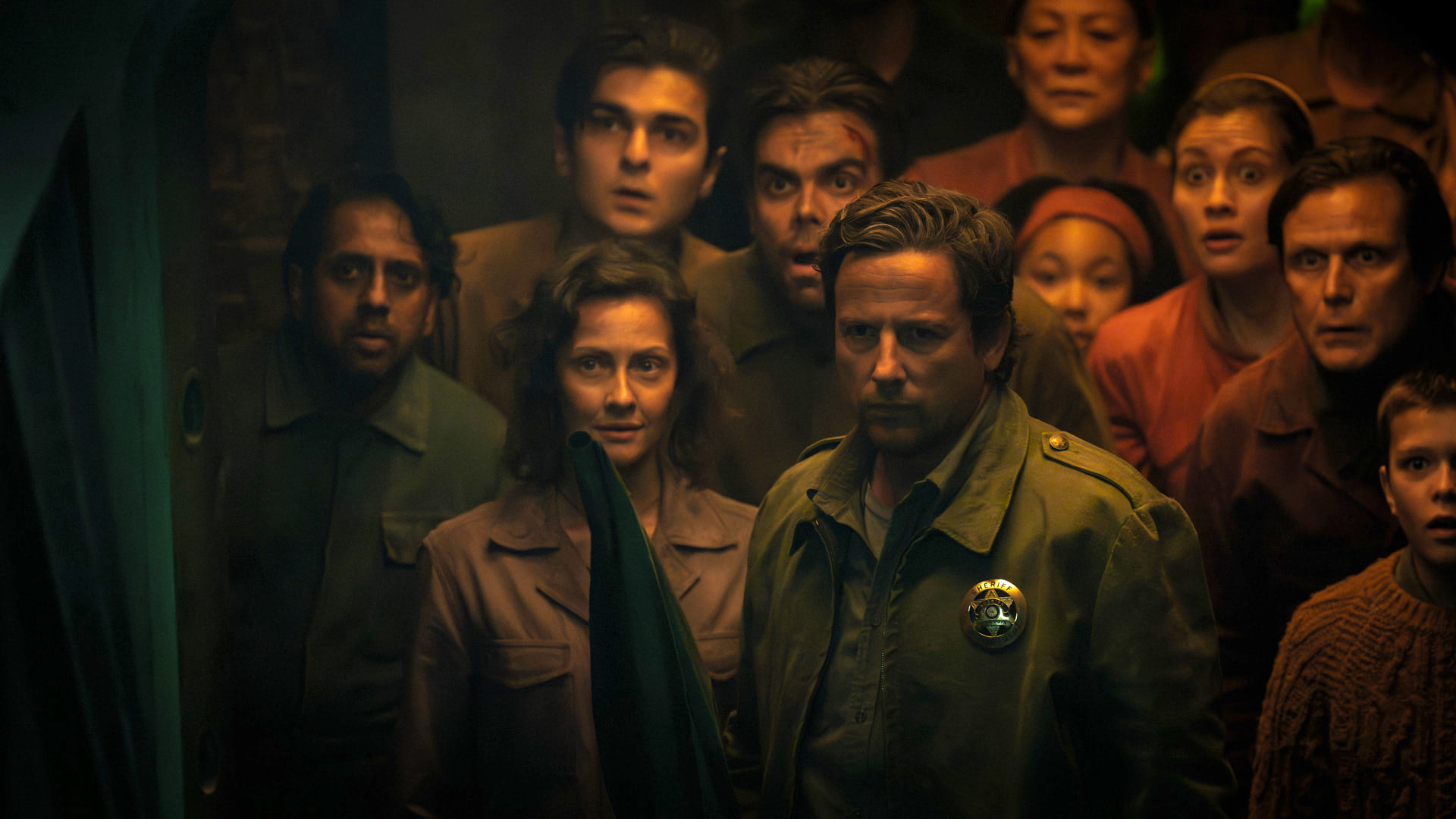
© Apple TV+
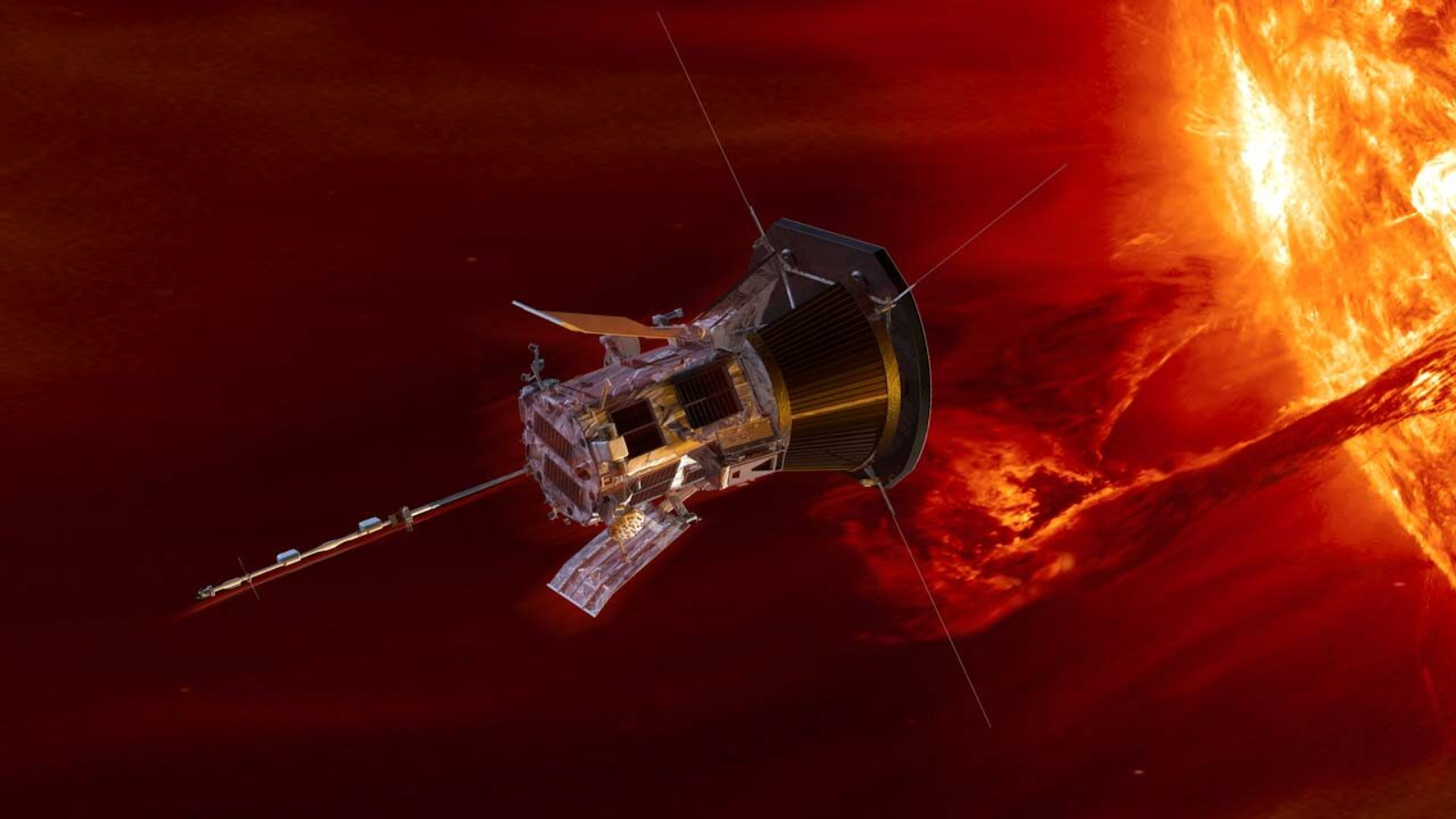
© Applied Physics Lab and NASA Goddard Space Flight Center

© SpaceX via X
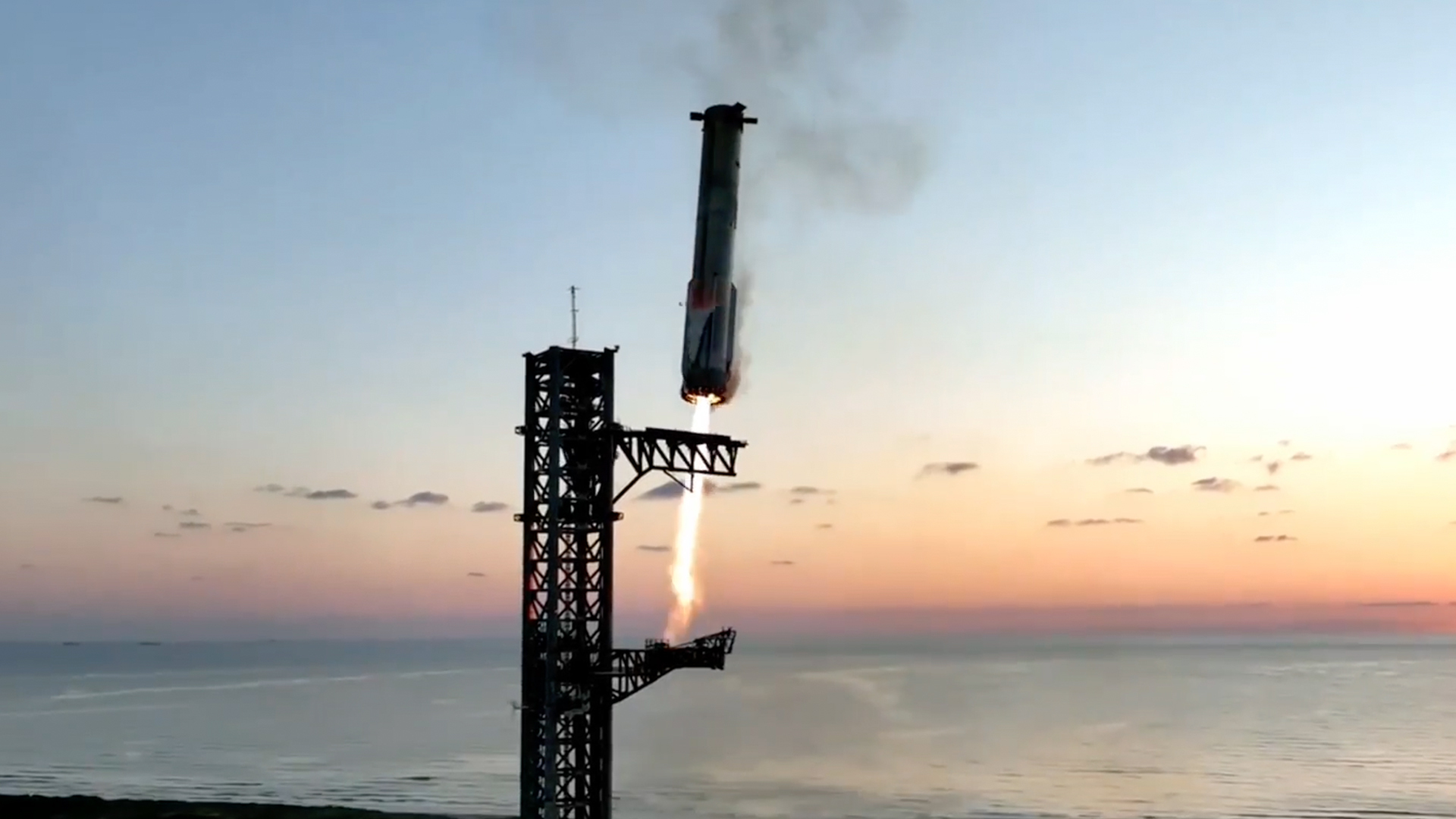
© SpaceX
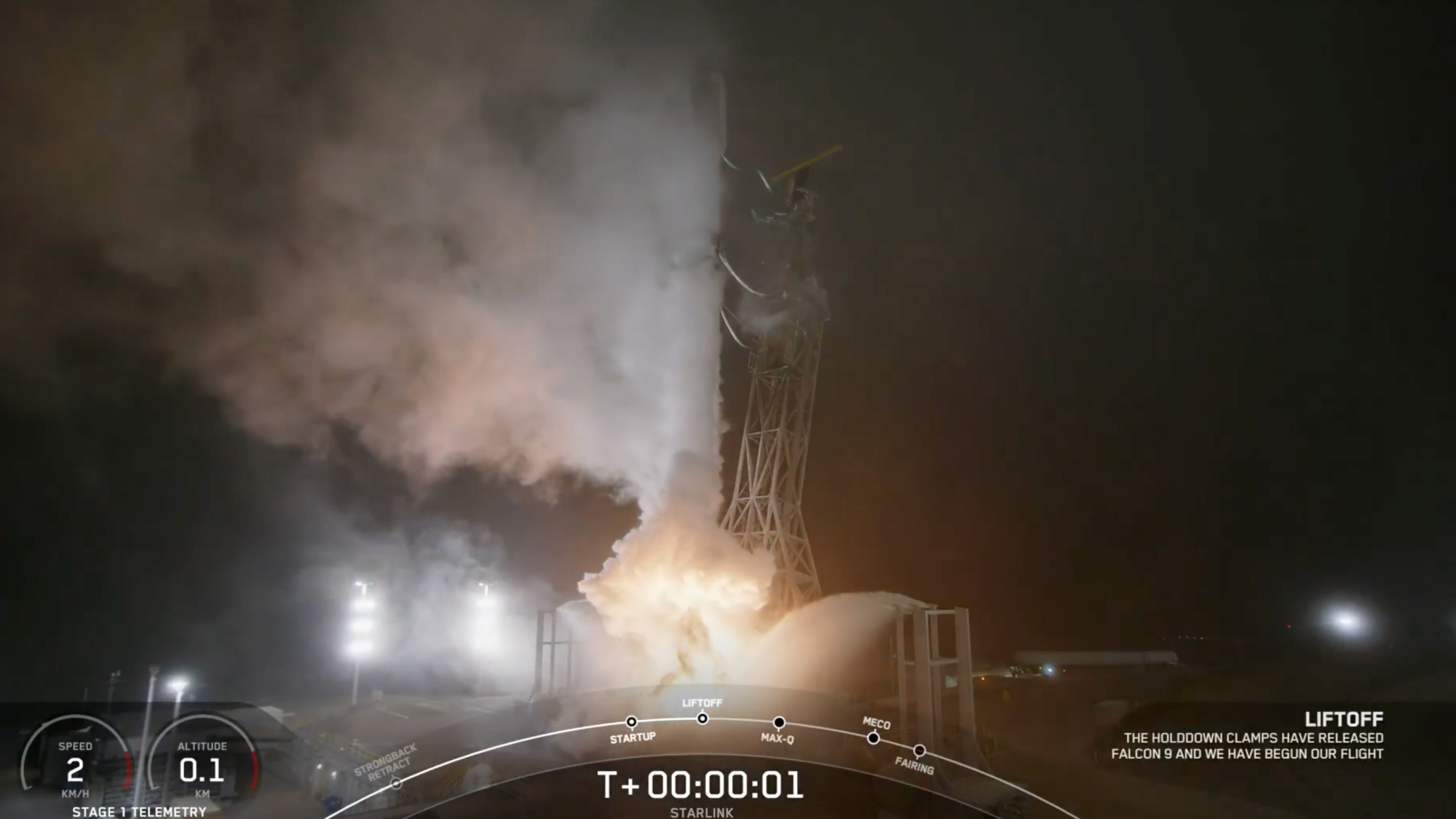
© SpaceX via X
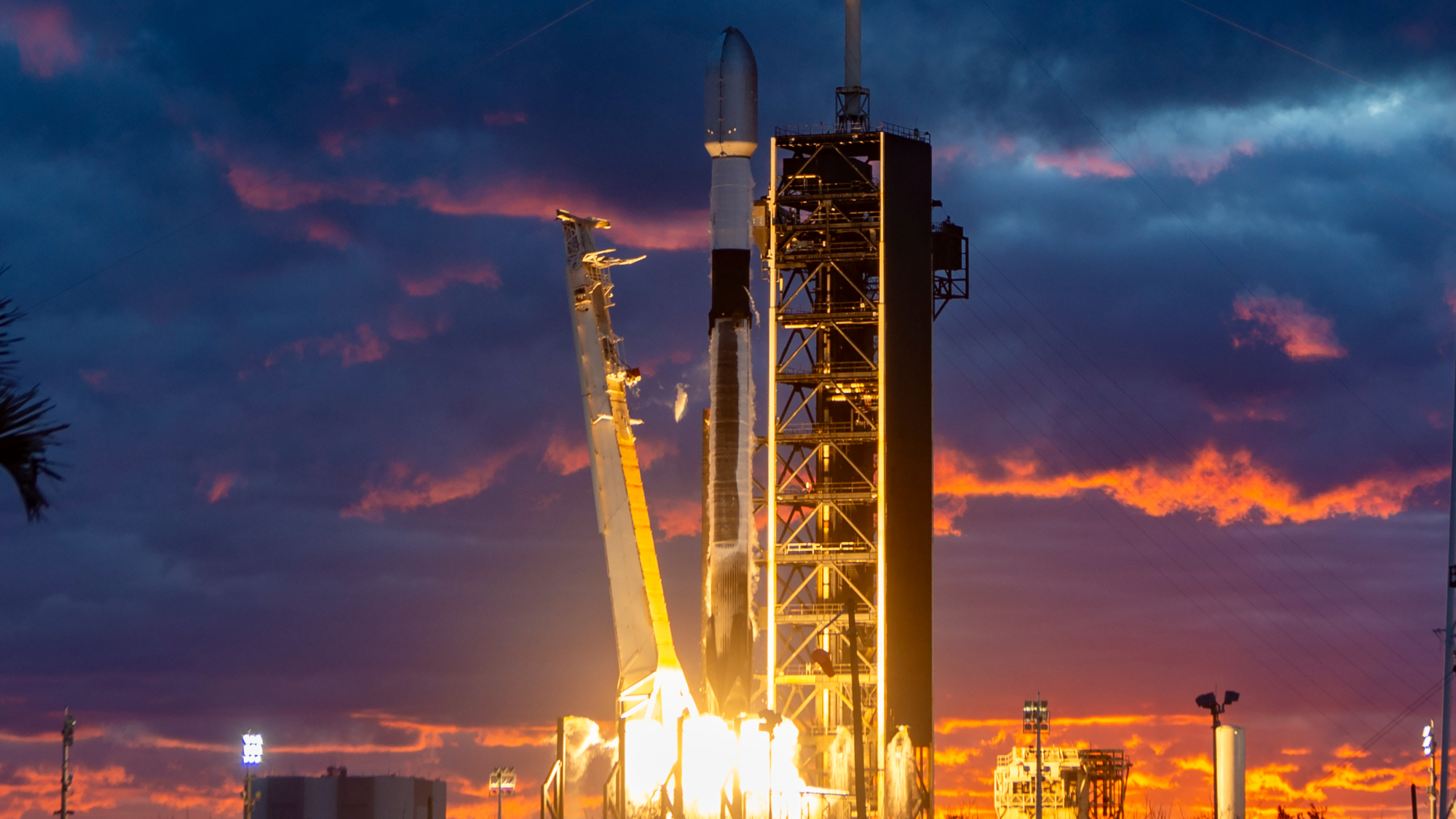
© SpaceX via X

© Future
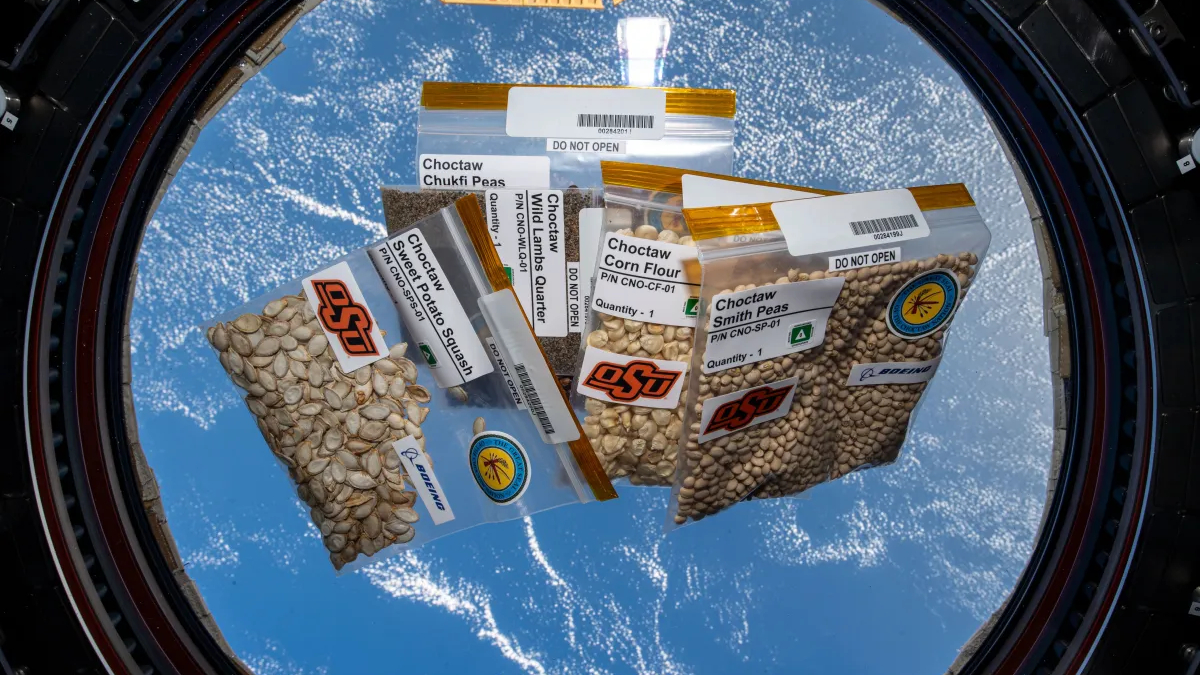
© NASA/Loral O’Hara

© Walter Sanders/The LIFE Picture Collection/Shutterstock
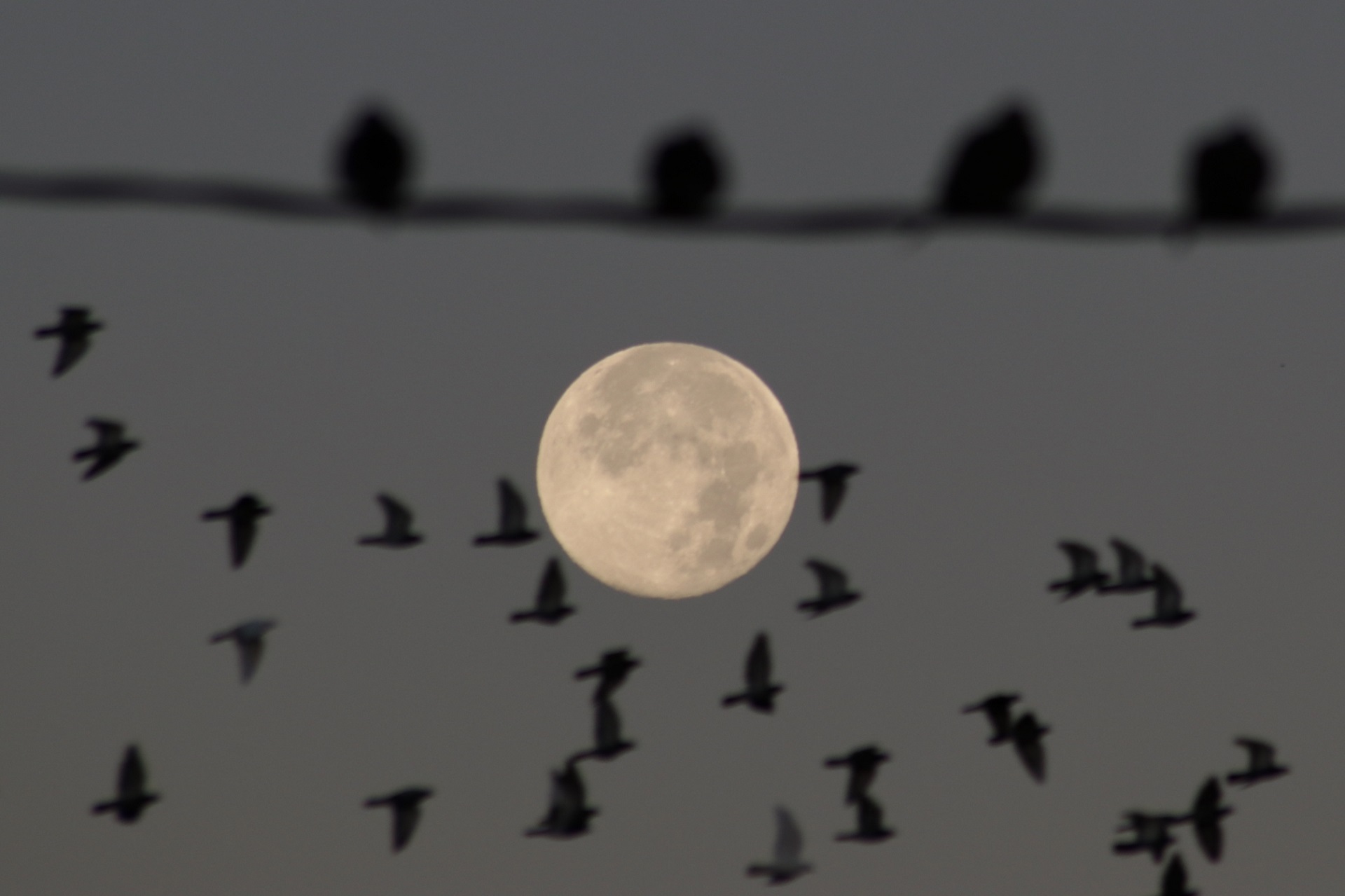
© Islam Dogru/Anadolu via Getty Images
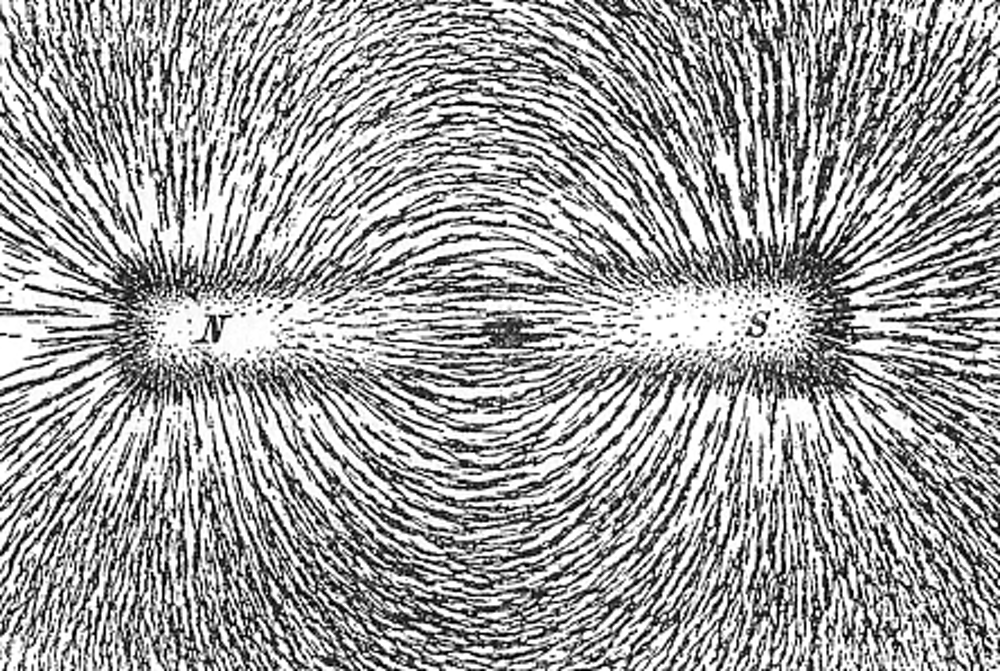
© Newton Henry Black/Wikimedia Commons
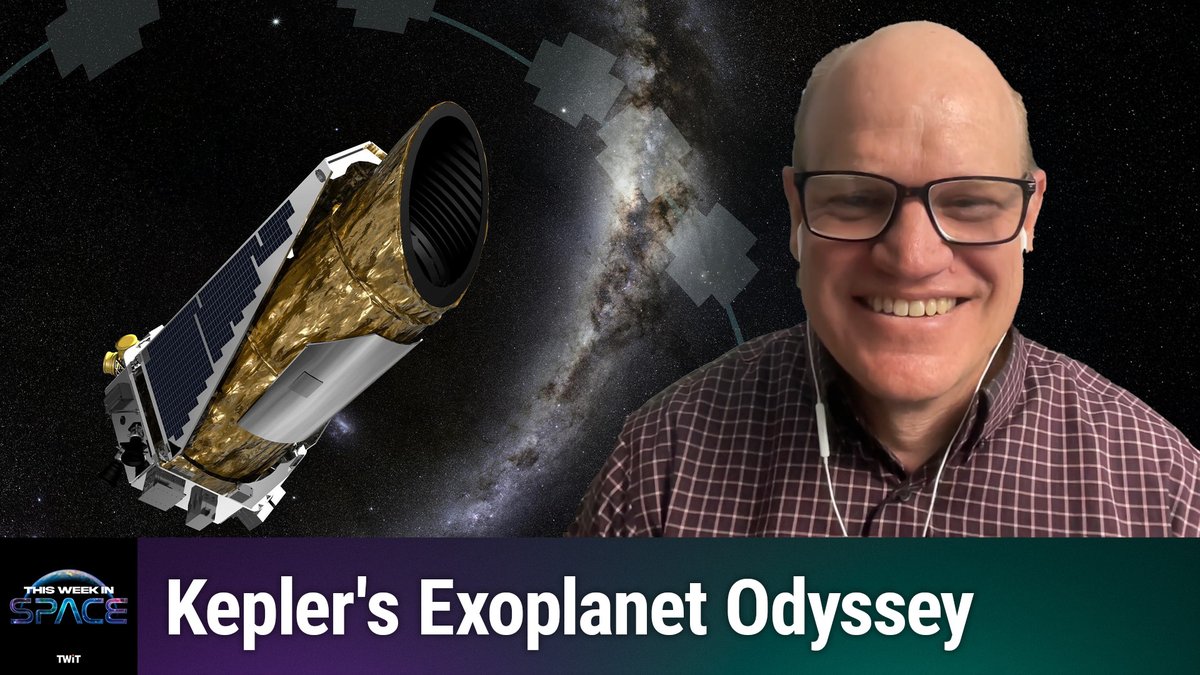
© TWiT
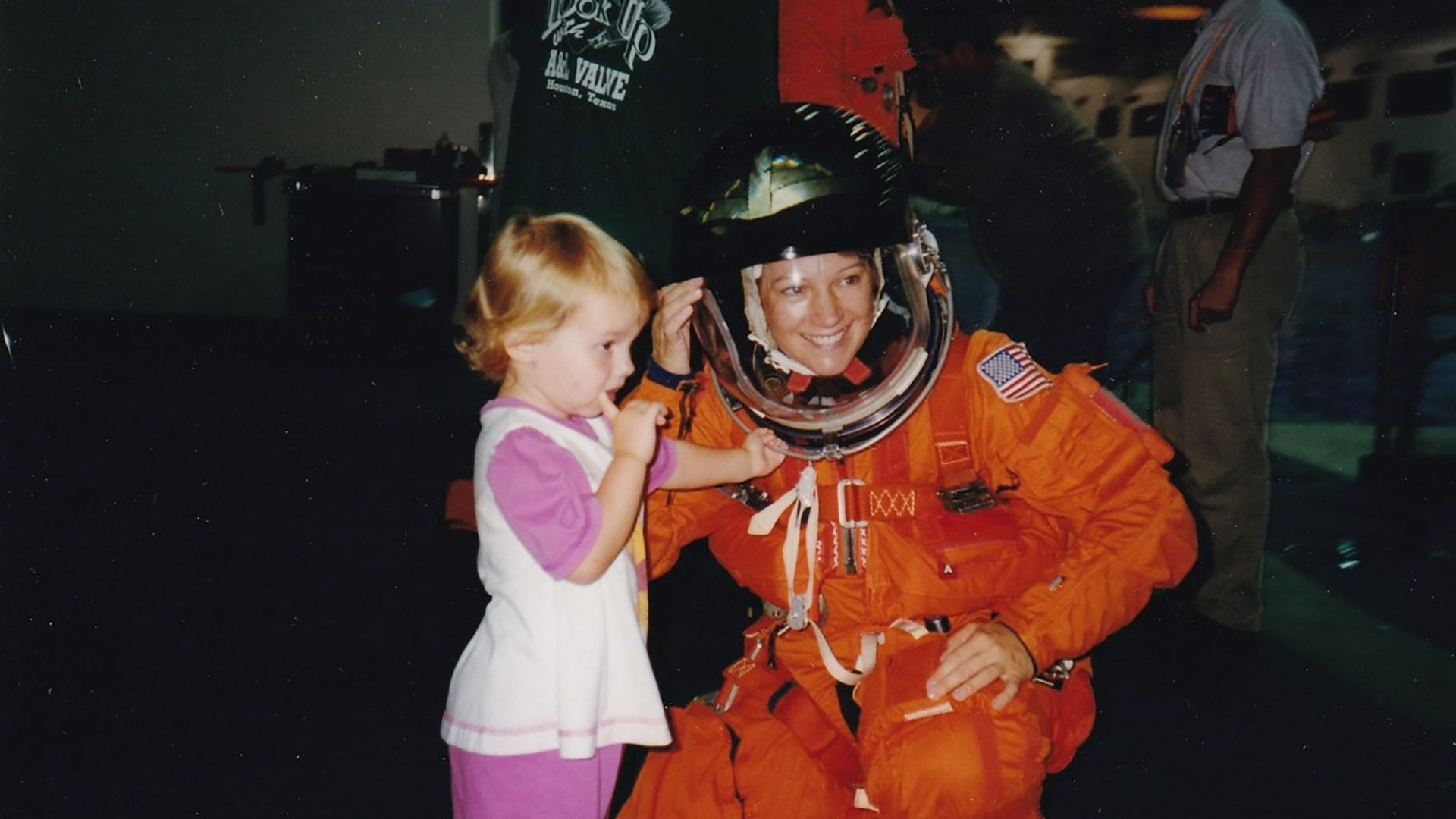
© Spacewoman Film
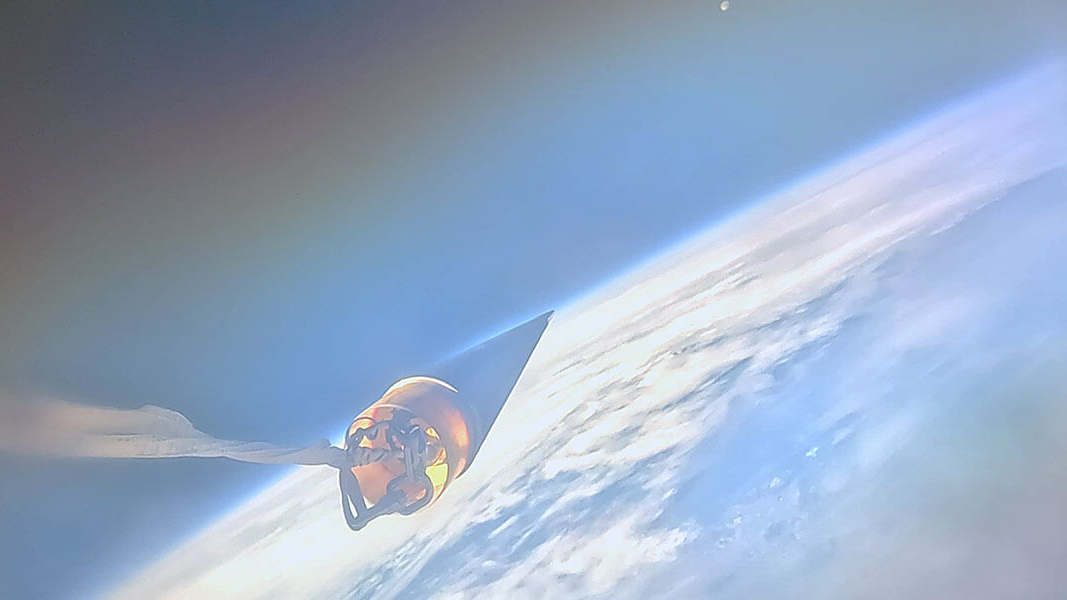
© USCRPL
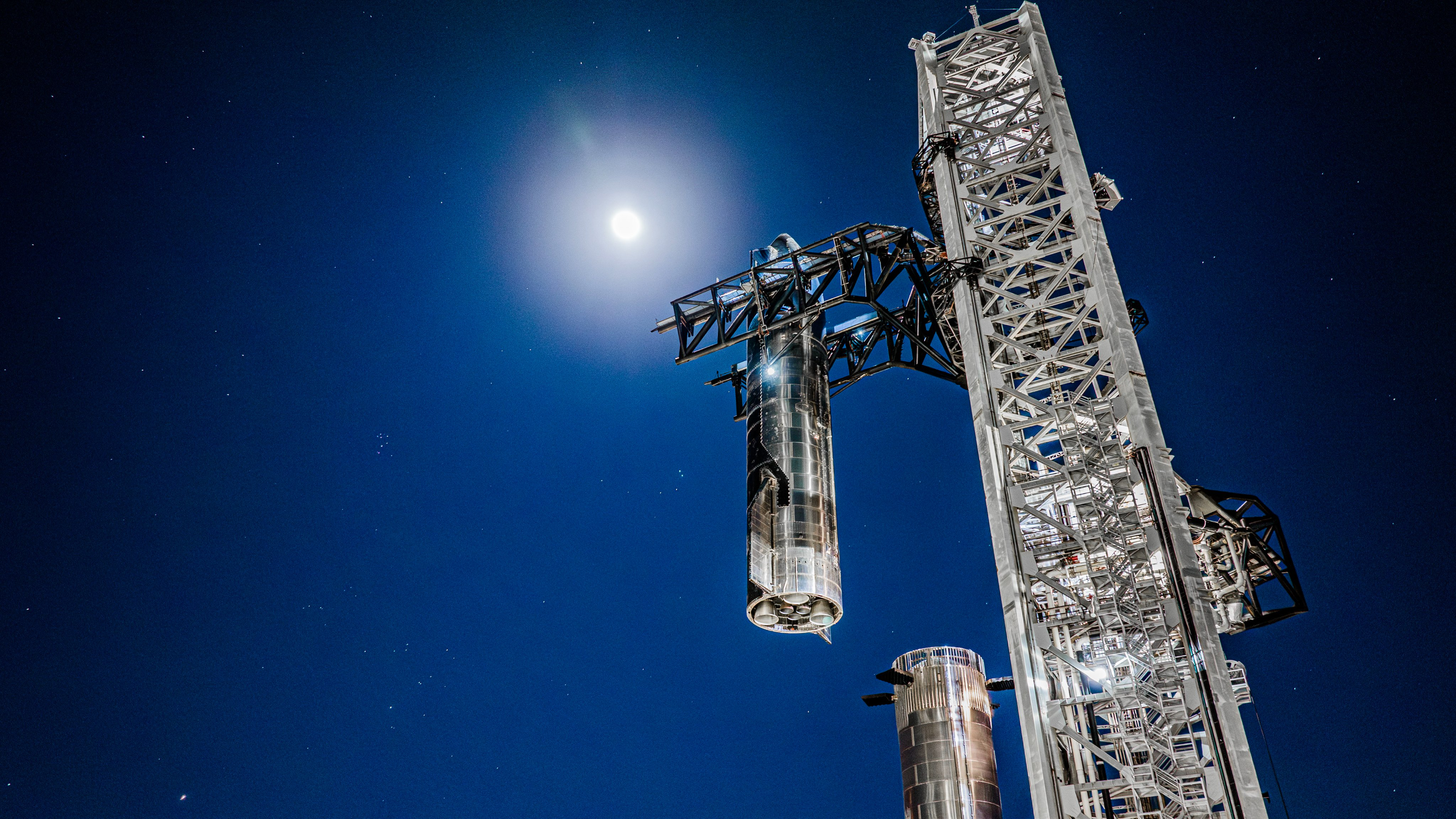
© SpaceX via X
SpaceX is targeting the sixth test flight of its Starship spacecraft and Super Heavy booster — which comprise the largest and most powerful rocket system ever built — as early as Monday. Both the rocket and booster were moved to the launch mount this week for stacking. The mission, which like previous Starship flights willContinue reading "SpaceX Starship Flight 6: What to watch for"
The post SpaceX Starship Flight 6: What to watch for appeared first on Astronomy Magazine.
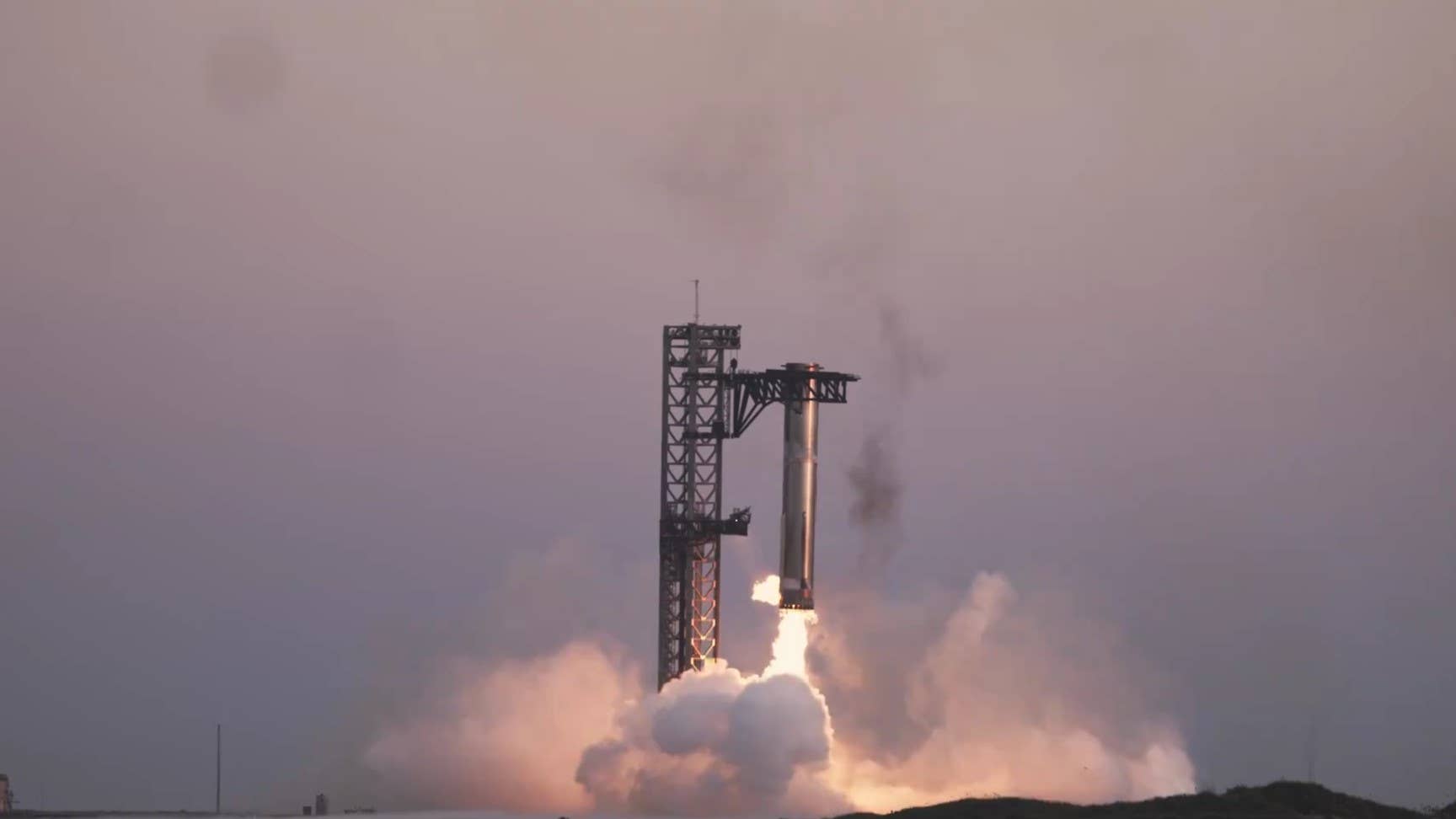

© SpaceX via X

© Blue Origin
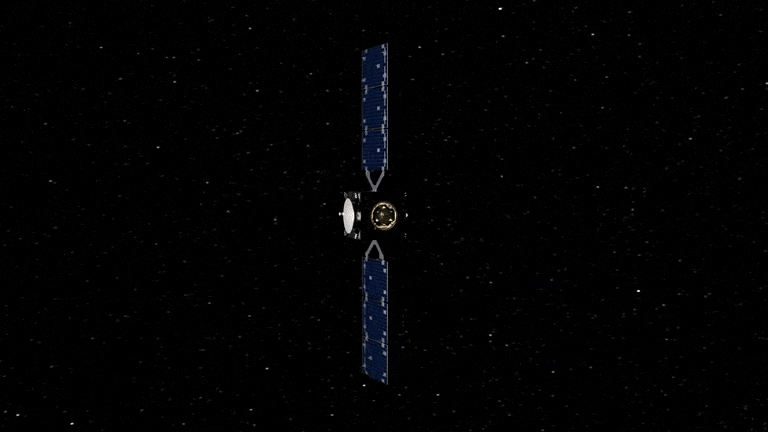
© ESA-Science Office
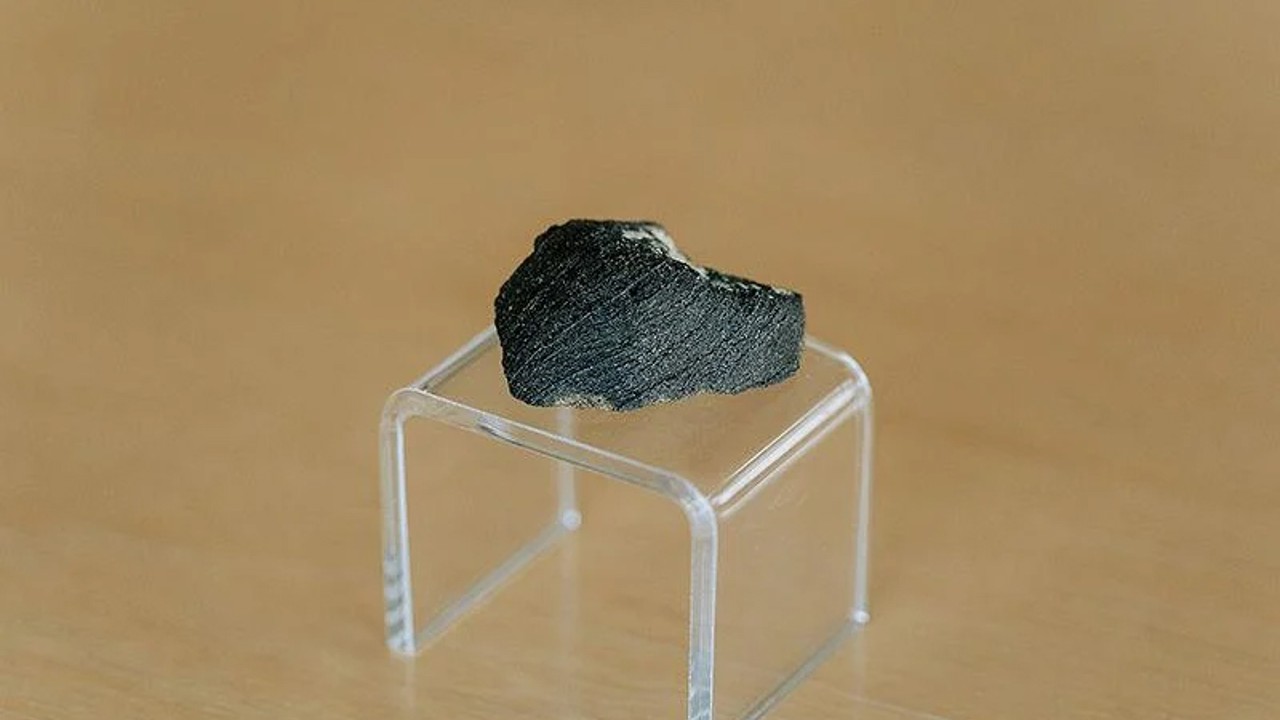
© Purdue Brand Studio

© NASA

© AARO/Wikimedia Commons
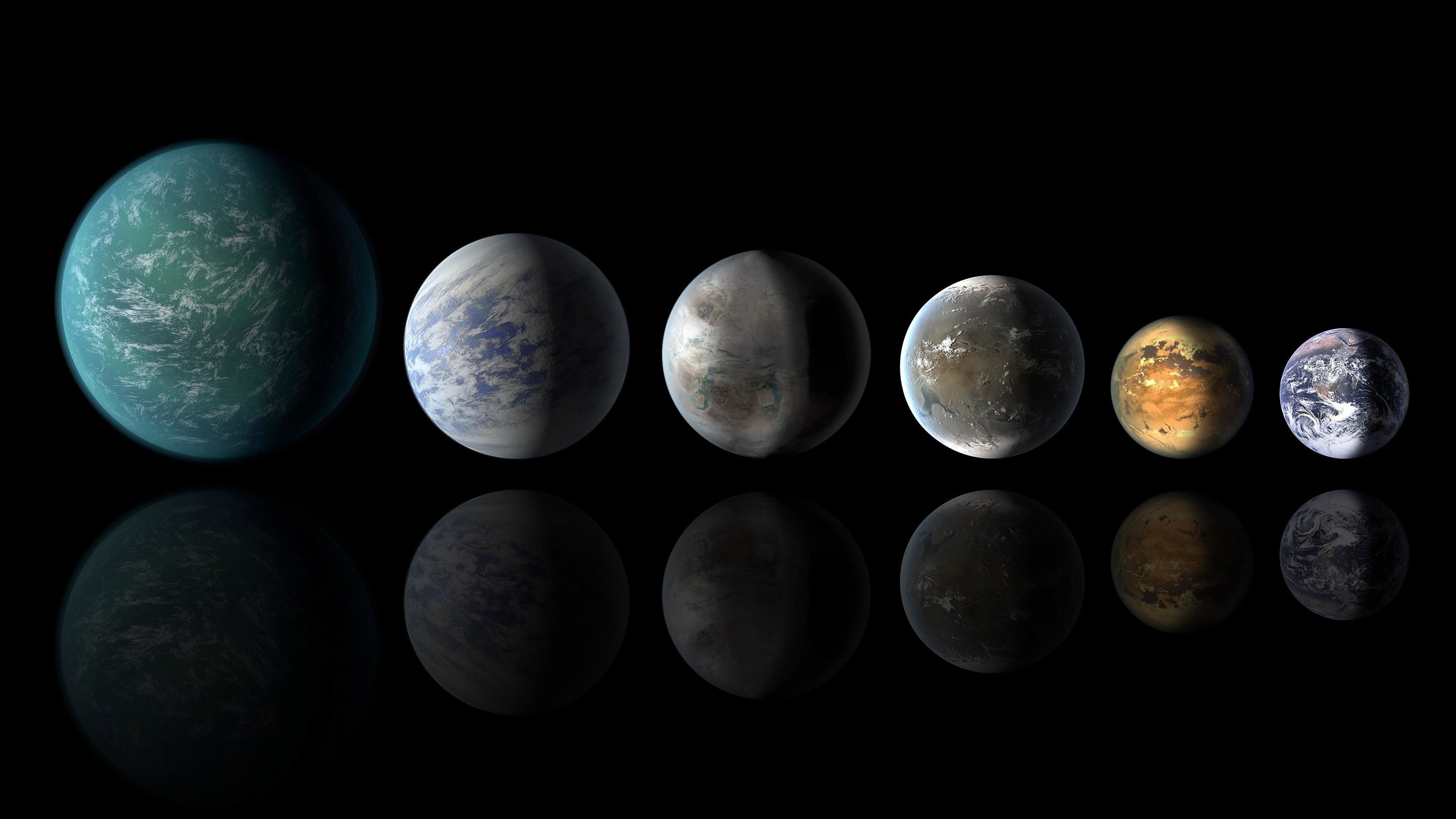
© NASA

© Jason Parnell-Brookes

© Space.com / Josh Dinner
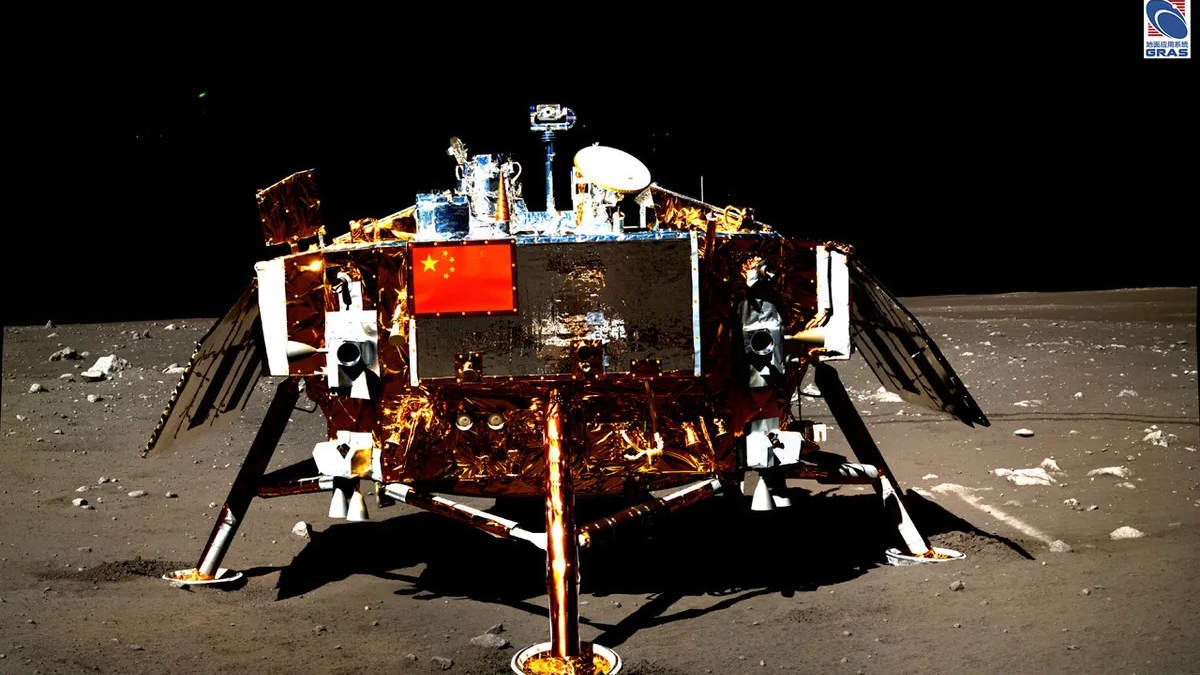
© CNSA/CLEP
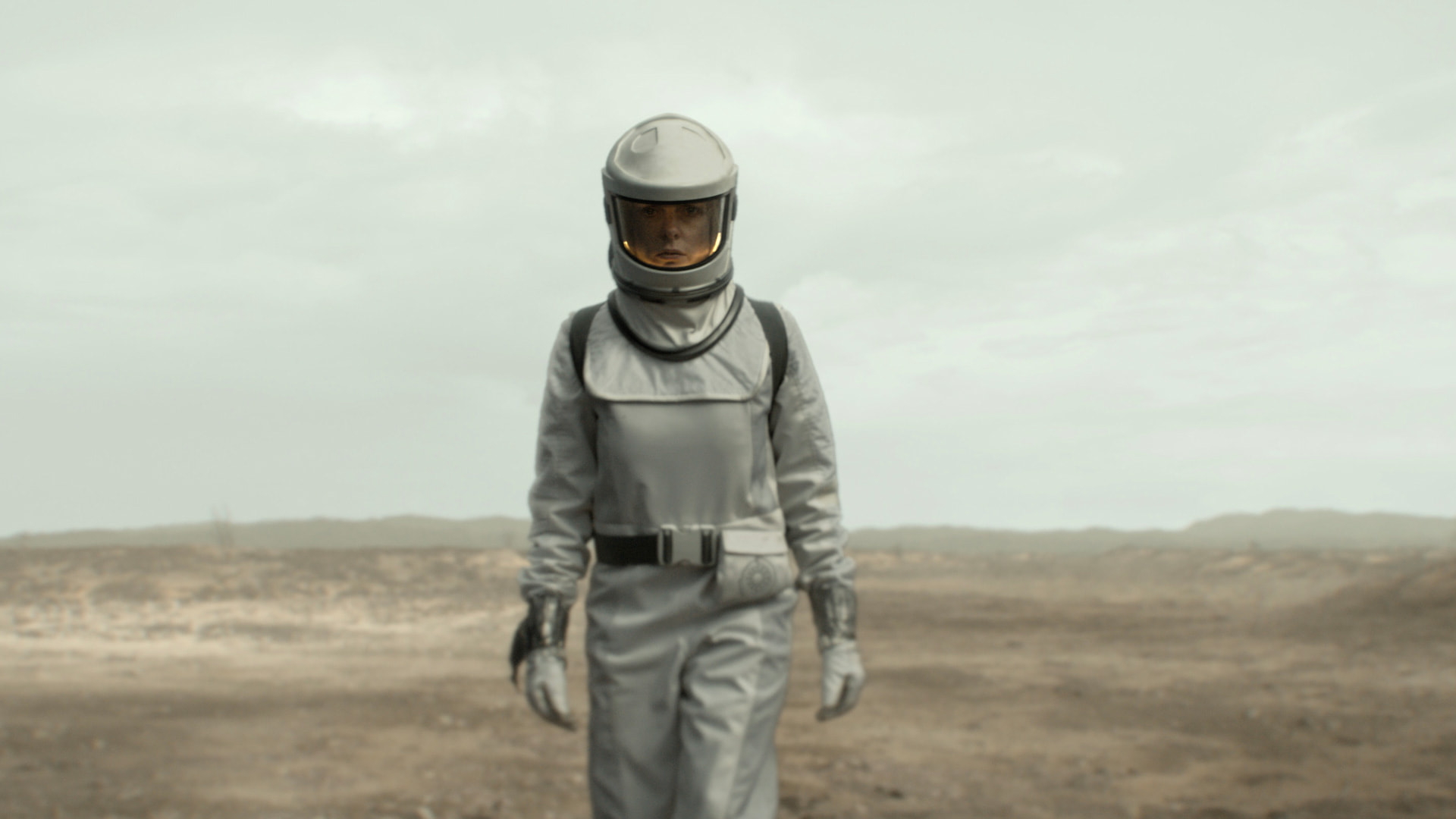
© Apple TV+

© Blue Origin
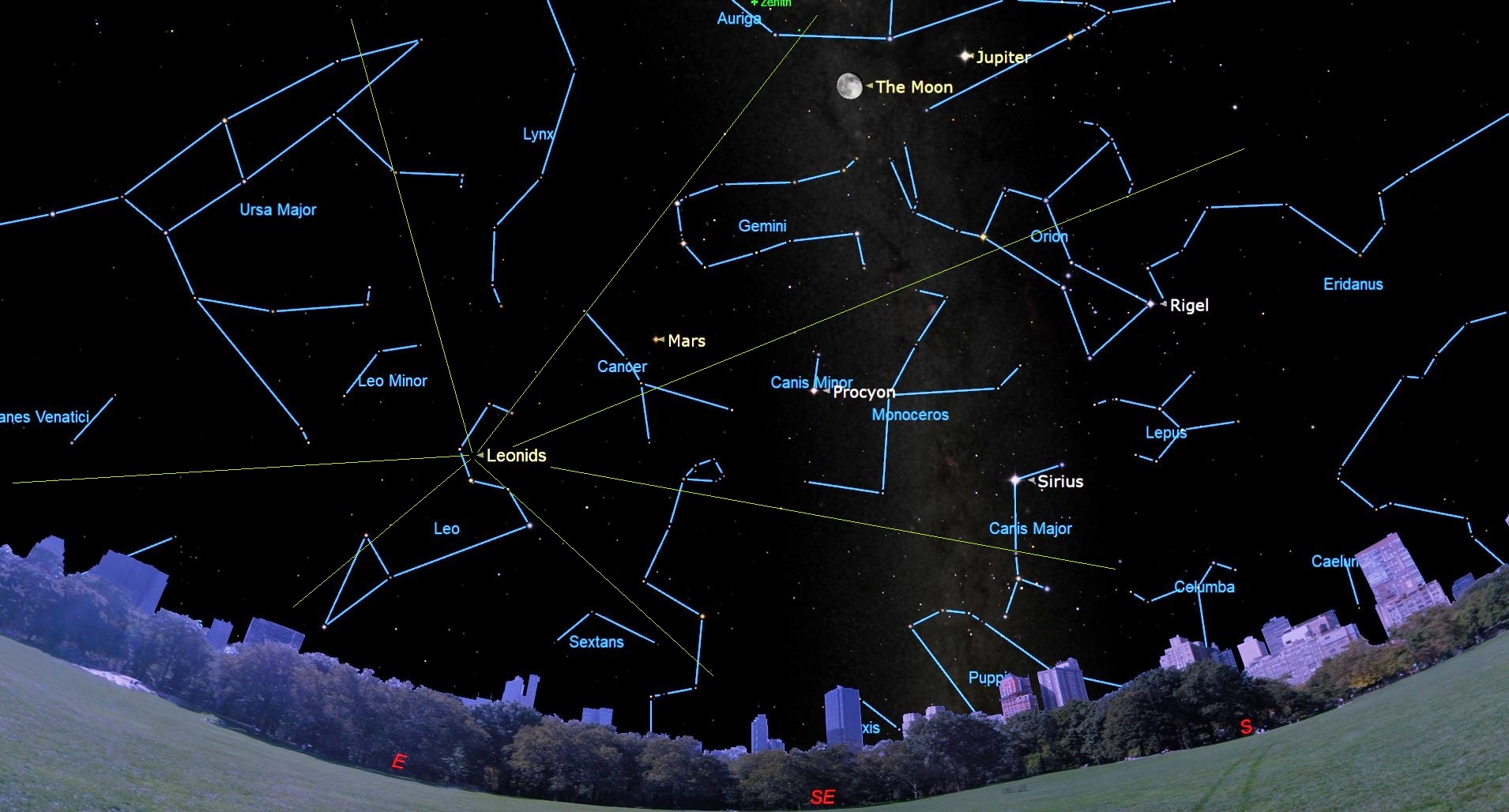
© Chris Vaughan/Starry Night
Astronomer Francesco D’Eugenio wasn’t looking for a murdered galaxy. His team set out to measure the motions of stars in a distant galaxy and to understand why they appeared so old. Similar massive galaxies in the early universe were typically bustling with new star formation, and D’Eugenio, a scientist at the Kavli Institute for CosmologyContinue reading "JWST just found a black hole starving its host galaxy to death"
The post JWST just found a black hole starving its host galaxy to death appeared first on Astronomy Magazine.

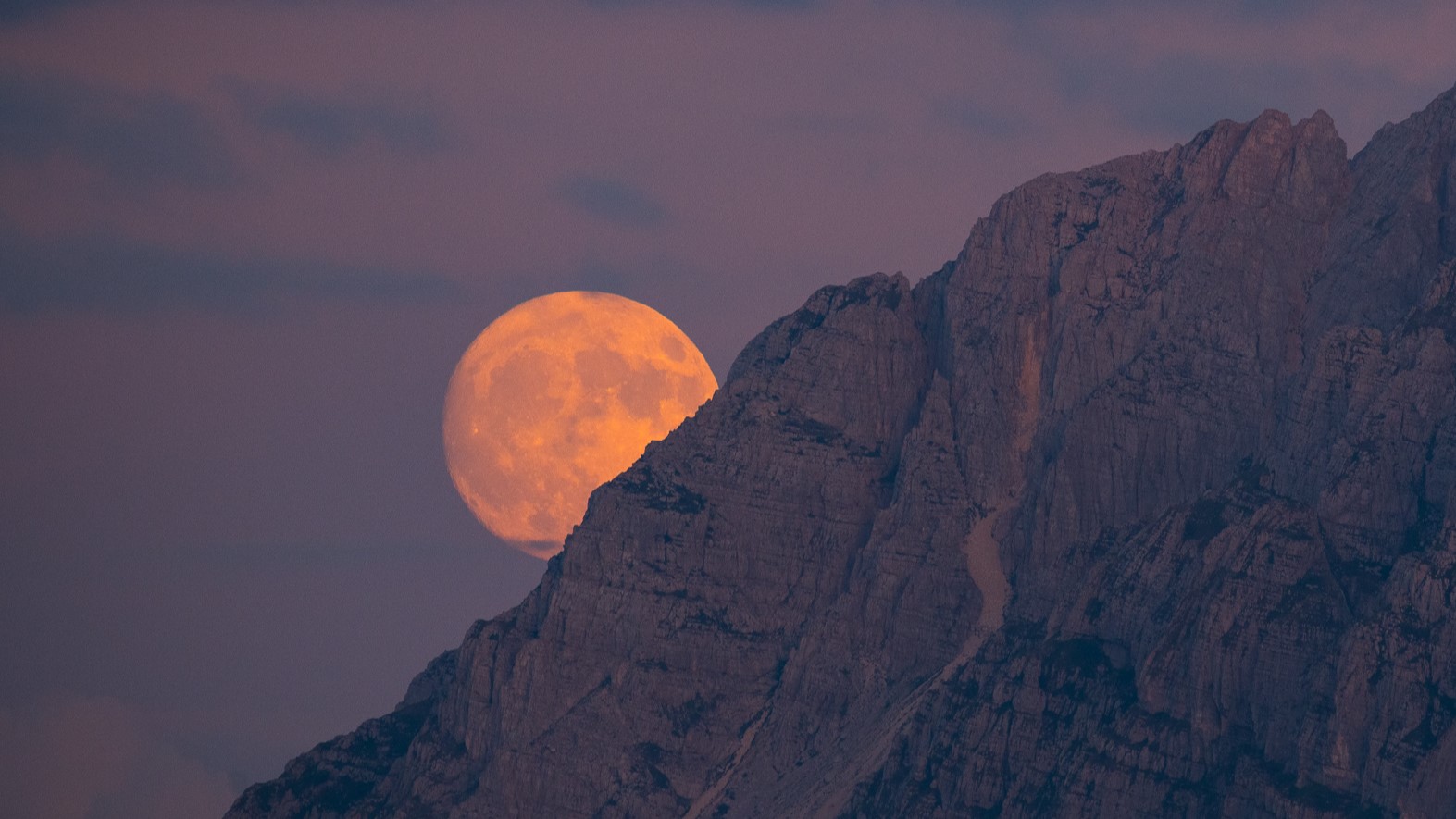
© Lorenzo Di Cola/NurPhoto via Getty Images
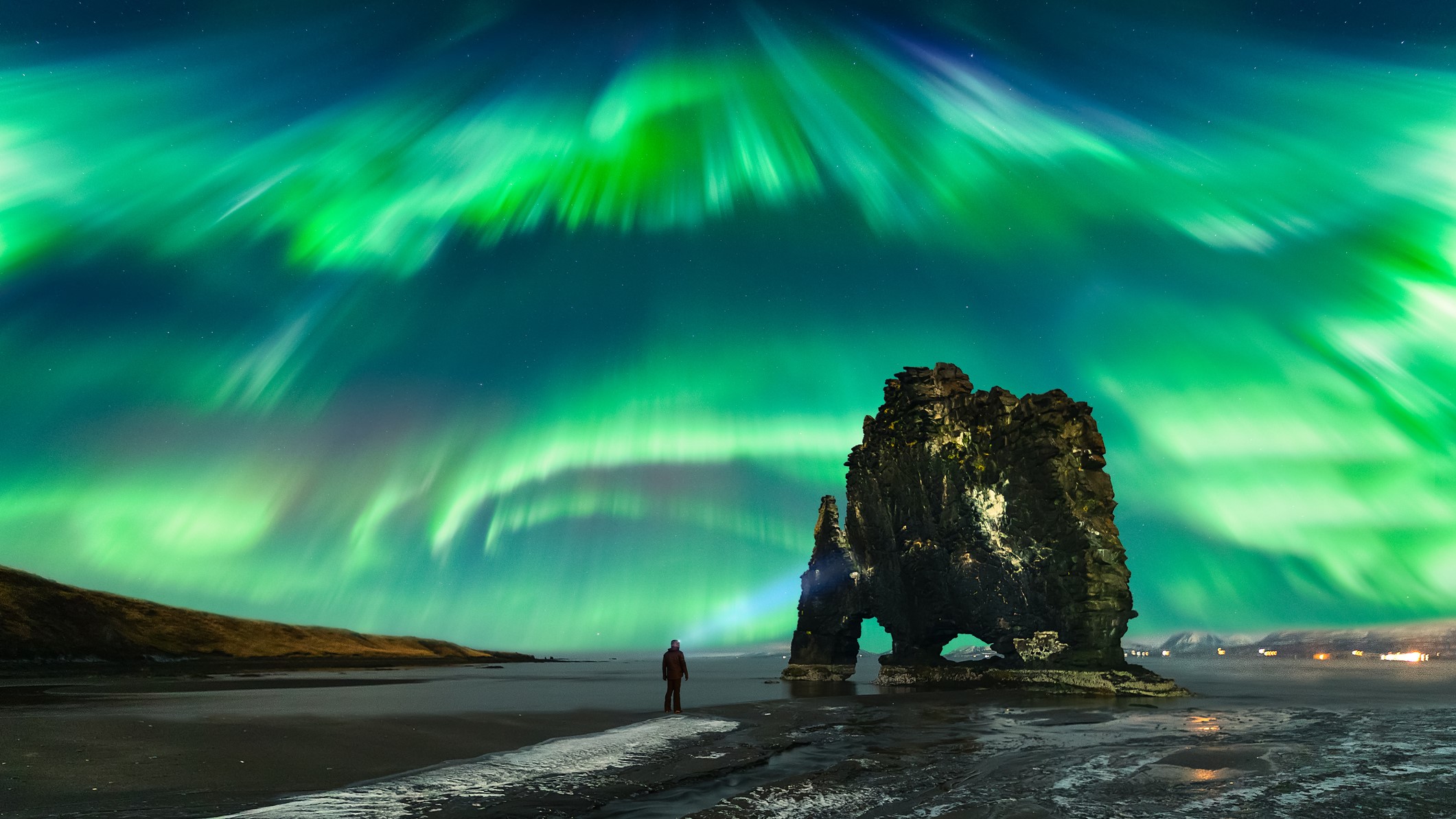
© Juan Maria Coy Vergara via Getty Images
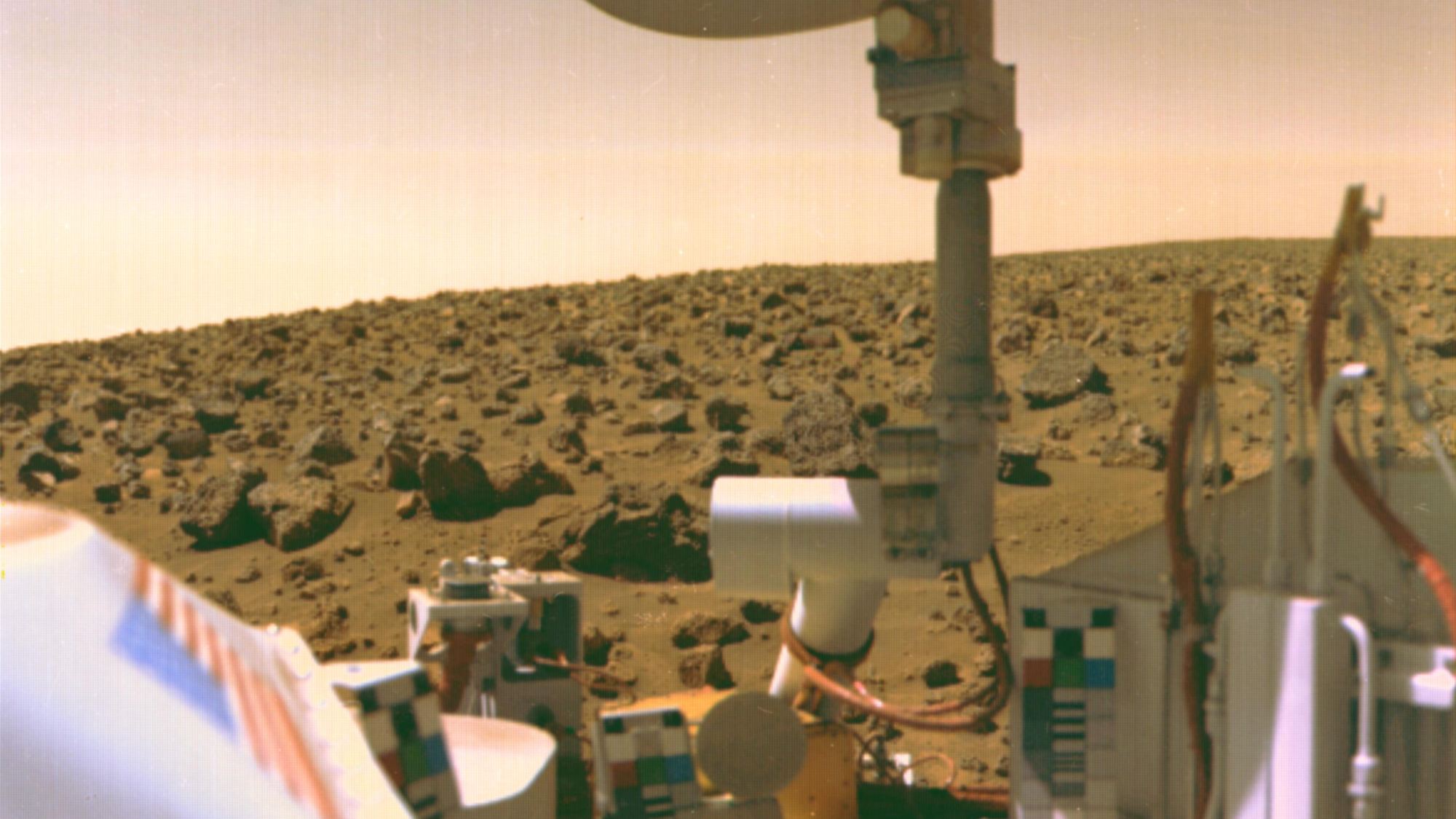
© NASA/JPL
Kfir Simon, taken from Tivoli Farm, Namibia At a distance of 3,900 light-years in Norma the Square lies NGC 6164/5, also known as the Dragon’s Egg. Astronomers think the binary star at its center, HD 148937, was originally a triple system. The billowing outer shell was caused by stellar winds early in the system’s life;Continue reading "Draconic fratricide"
The post Draconic fratricide appeared first on Astronomy Magazine.
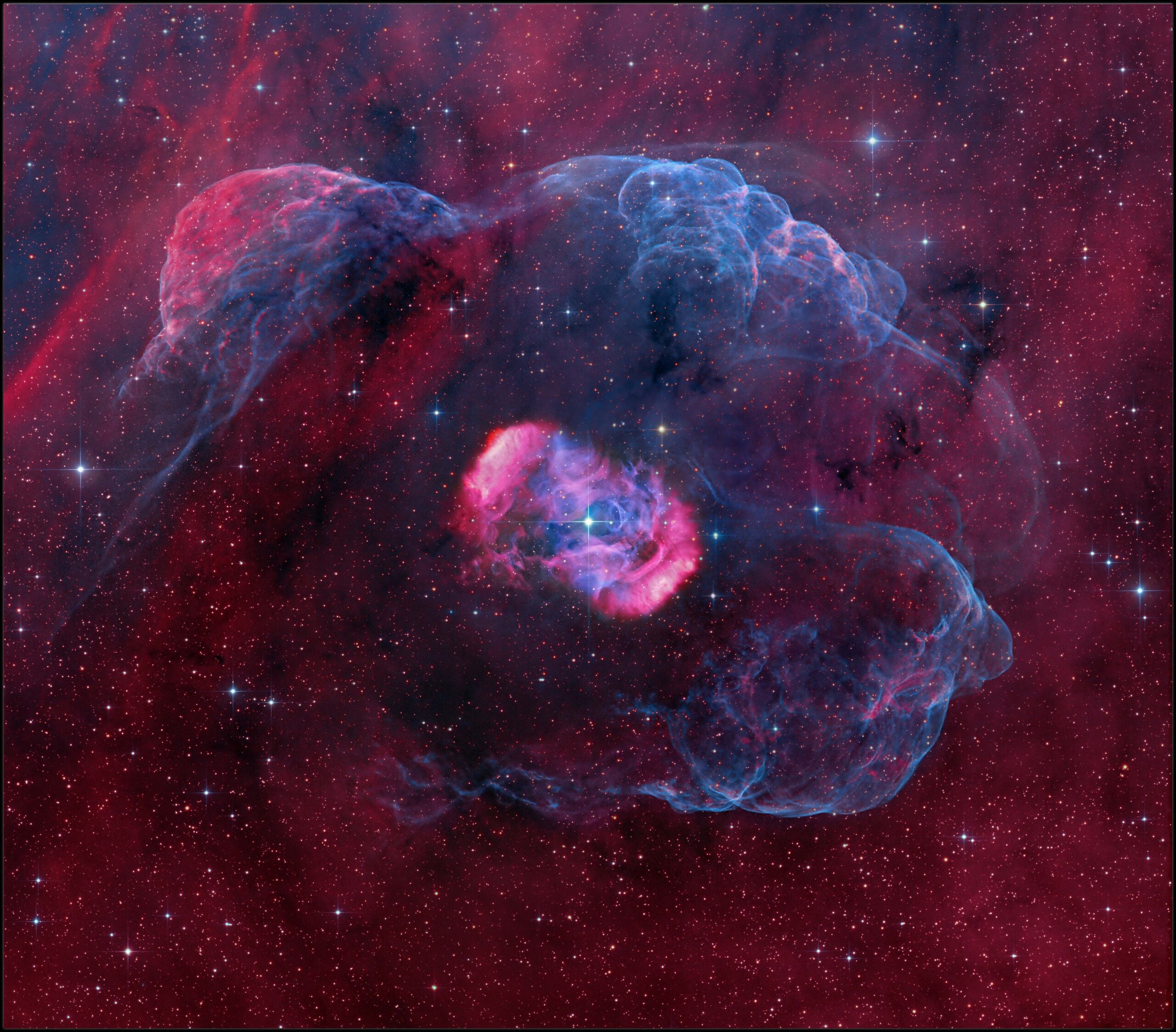
Friday, November 15We’re starting out the week strong with the Moon on center stage. November’s Full Moon, also called the Beaver Moon, occurs at 4:29 P.M. EST. But there’s more to this Full Moon — it’s a Super Moon, which occurs when the Moon reaches Full near its closest point to Earth, called perigee. ItContinue reading "The Sky This Week from November 15 to 22: 2024’s last Super Moon occults the Pleiades"
The post The Sky This Week from November 15 to 22: 2024’s last Super Moon occults the Pleiades appeared first on Astronomy Magazine.
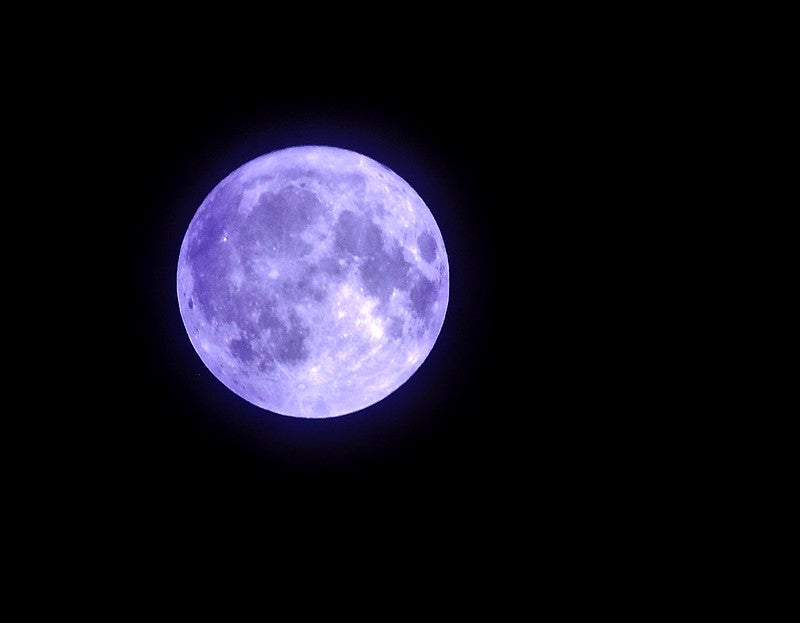

© SpaceX via X
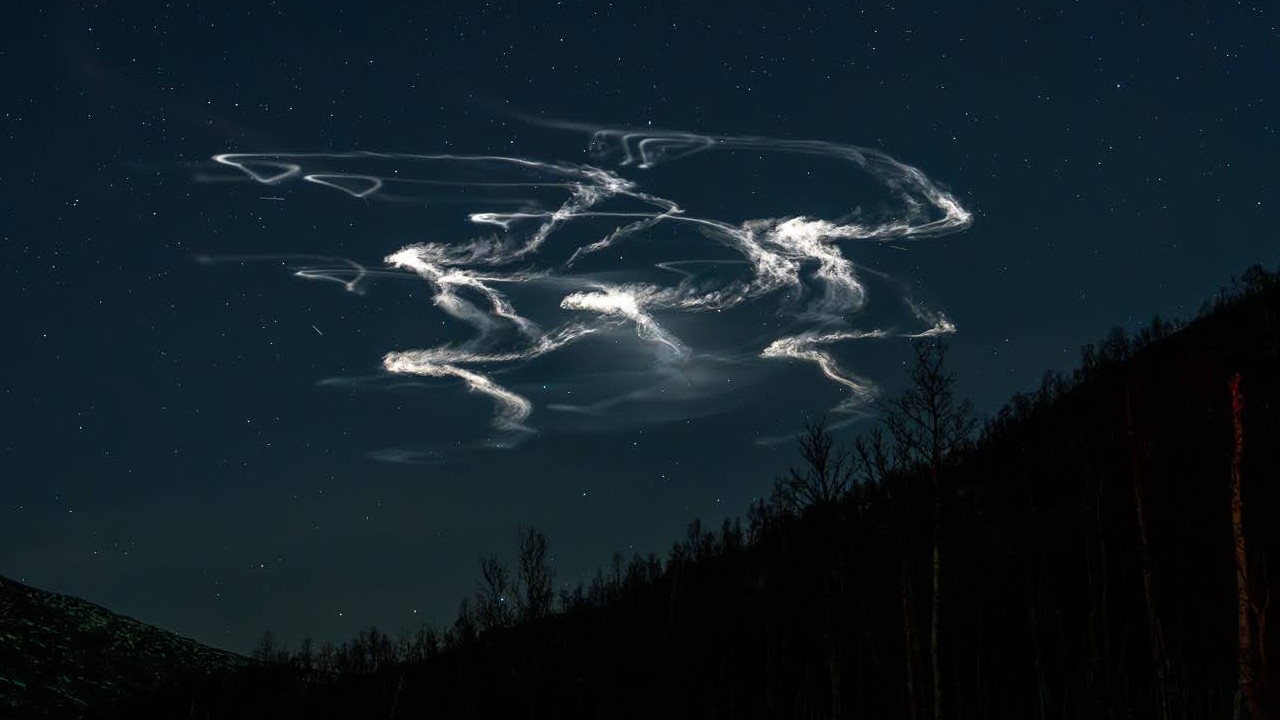
© Ivar Sandland
The European Space Agency’s Gaia emission has revealed two unexpected black holes orbiting stars like our own Sun. One minor problem: we’re not exactly sure how black holes like this should form. But a team of researchers might have an answer. Astronomers can’t directly observe black holes. That’s because by definition they do not emitContinue reading "How some black holes maintain long-distance relationships"
The post How some black holes maintain long-distance relationships appeared first on Astronomy Magazine.
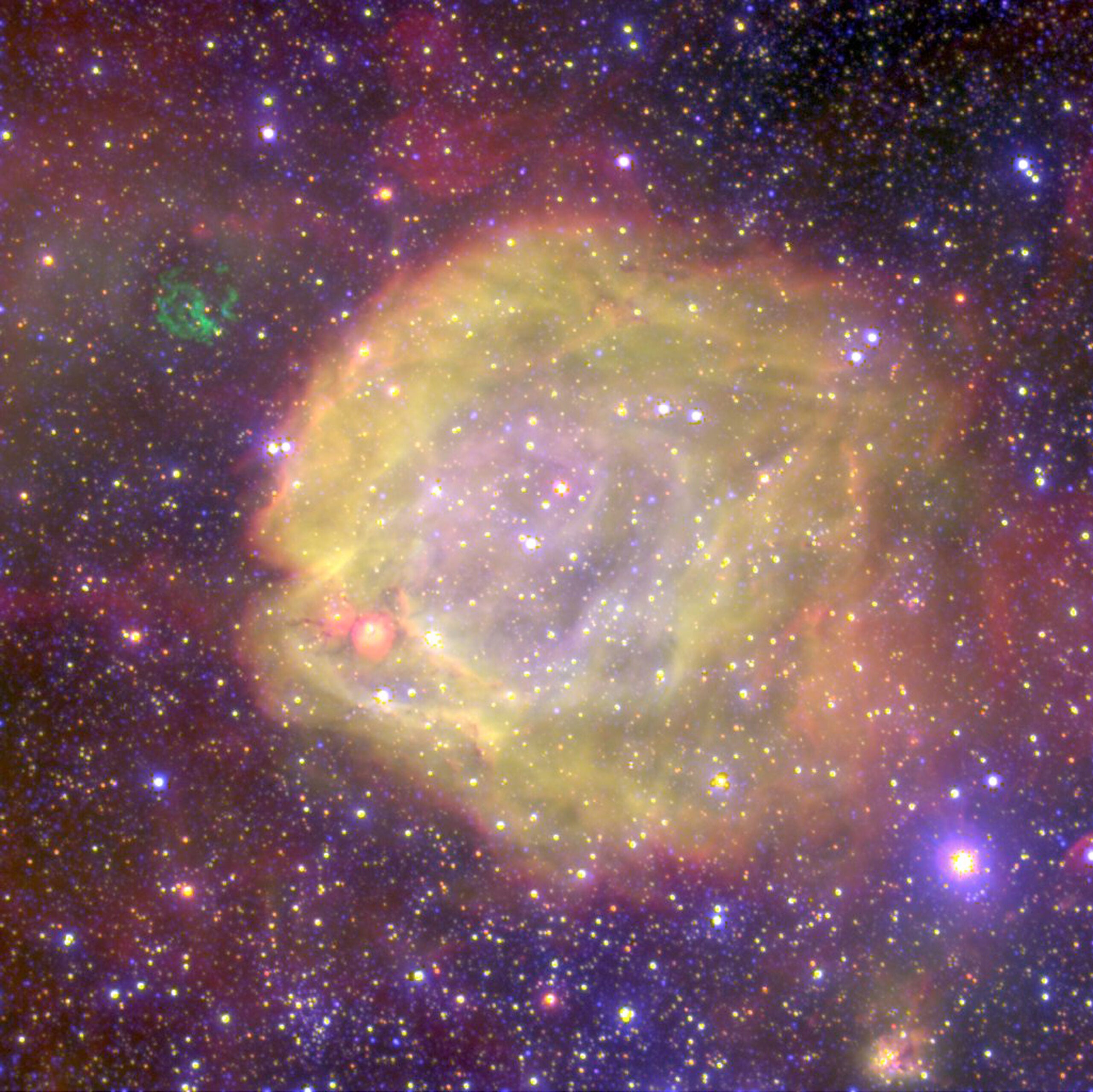
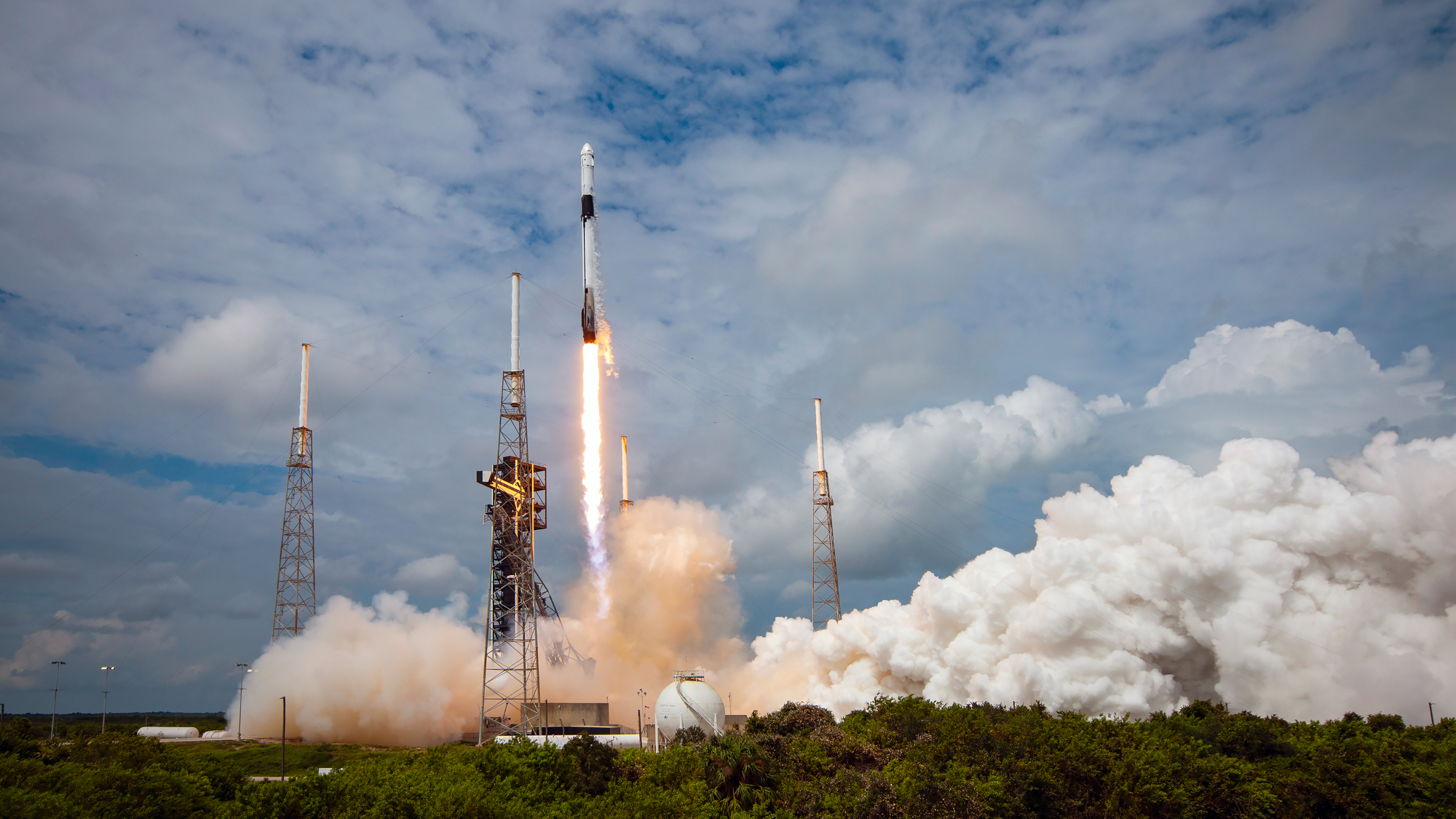
© SpaceX
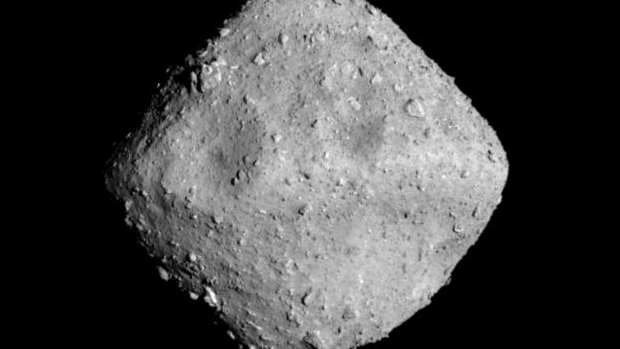
© JAXA, University of Tokyo, Kochi University, Rikkyo University, Nagoya University, Chiba Institute of Technology, Meiji University, University of Aizu, AIST

© CCTV

© AMS/Matthew Craig

© Canon

© NASA
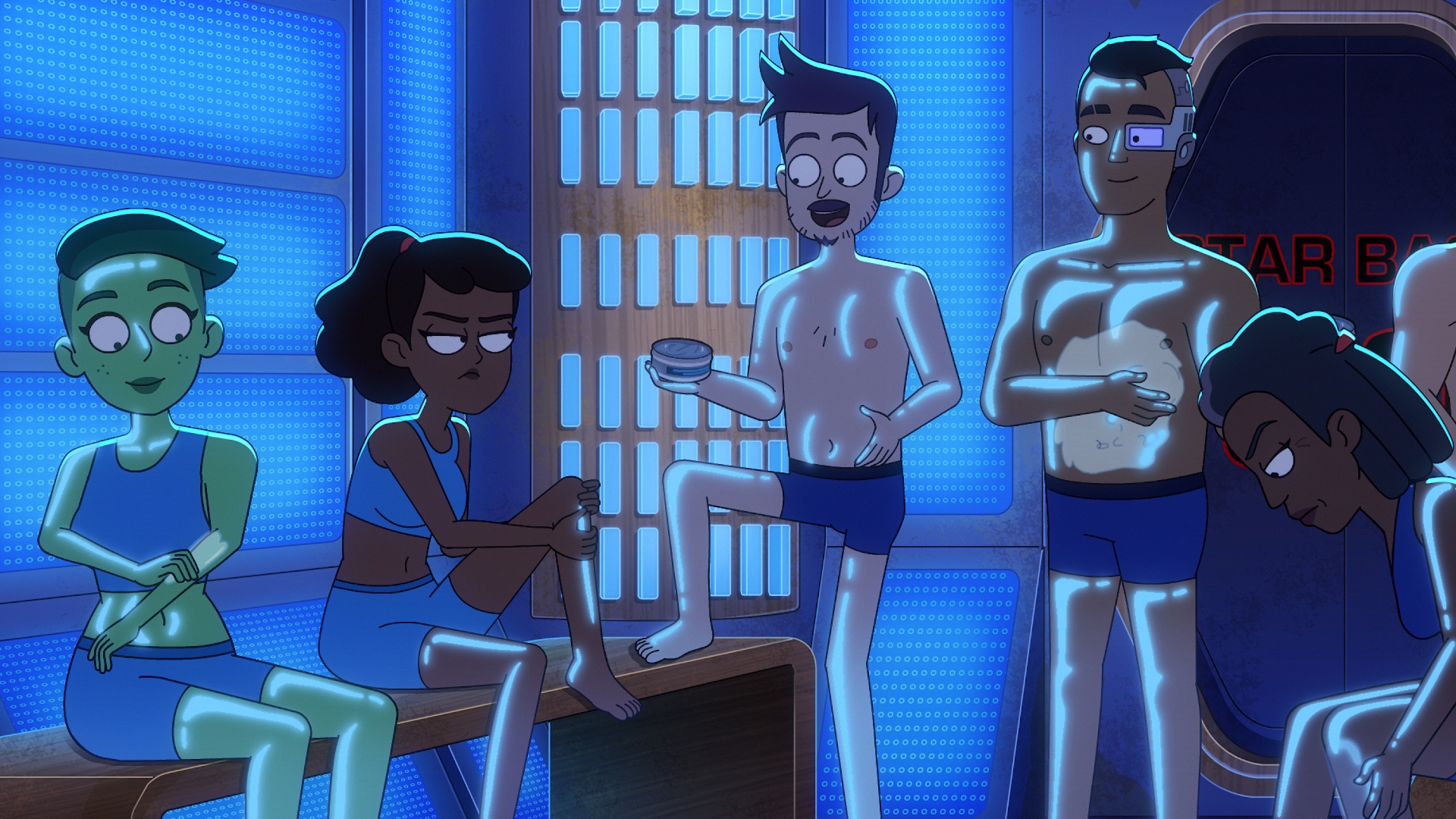
© Paramount+

© Geralt via Pixabay
Author(s): Ryan Wilkinson
The observation of a previously unseen photon delay in the production of quantum light has implications for the development of quantum technologies.
[Physics 17, s130] Published Thu Nov 14, 2024

© Future/Amazon
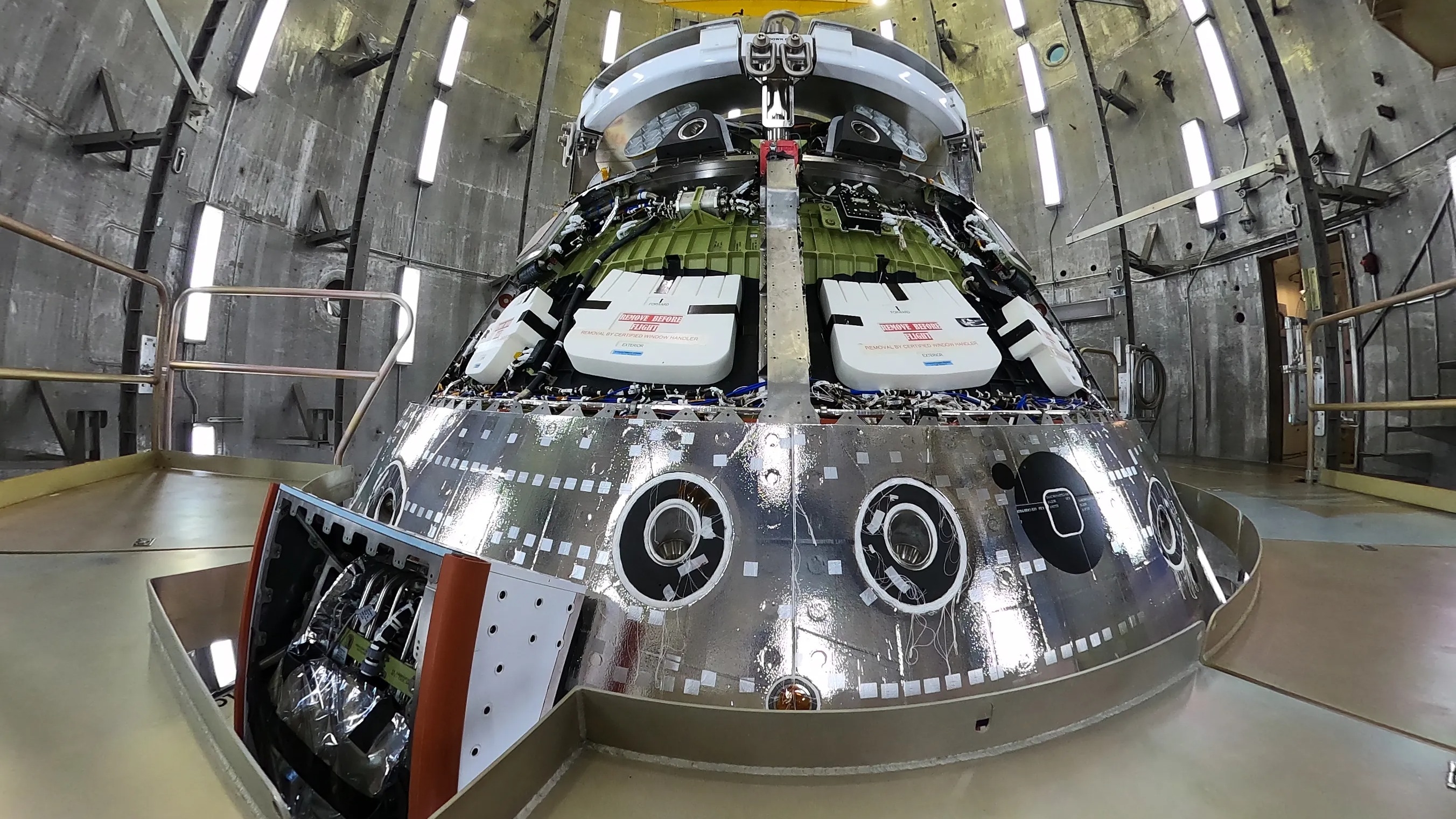
© Lockheed Martin/David Wellendorf

© Blue Origin via X
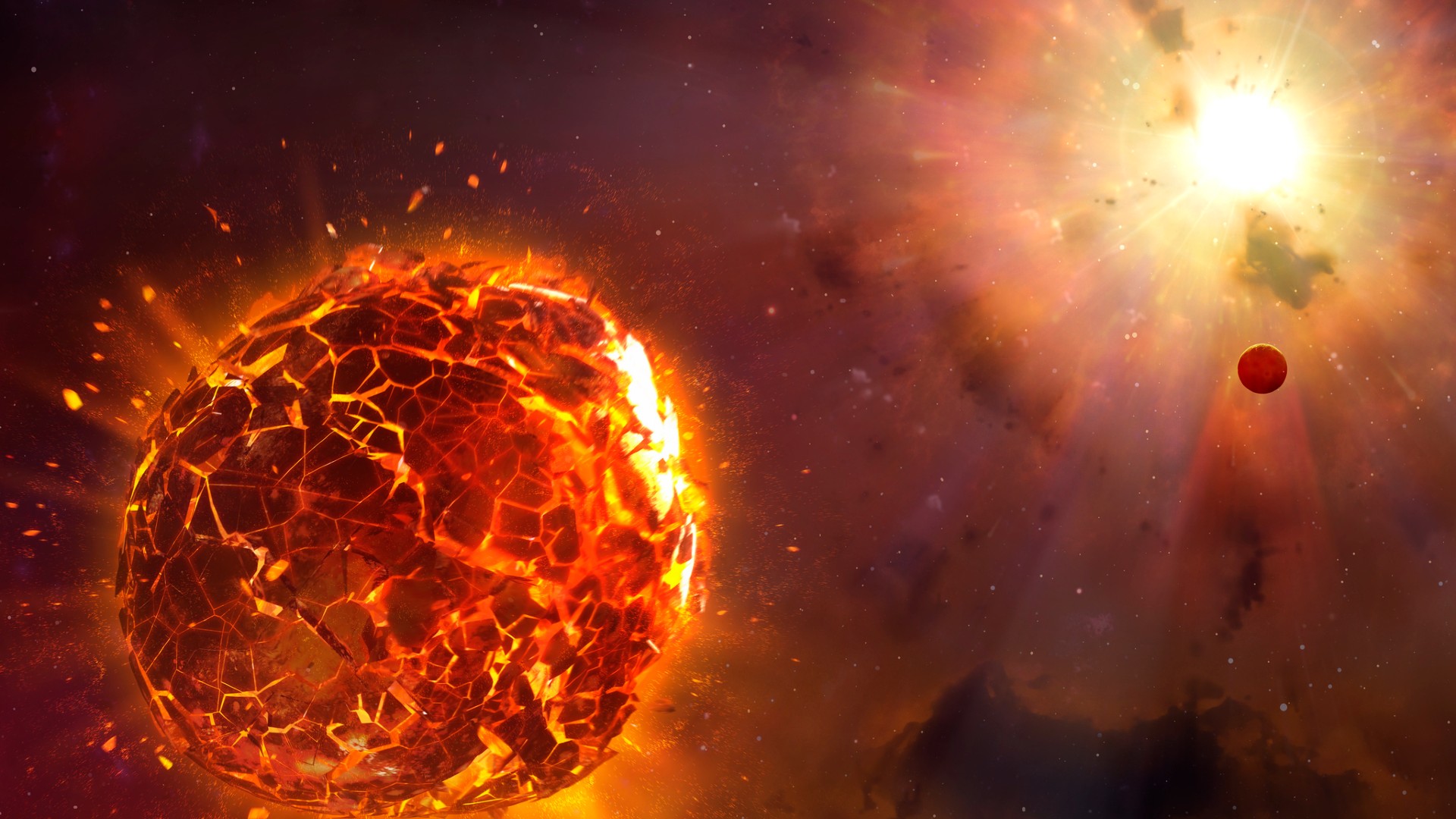
© Mark Garlick/Science Photo Library/Getty Images
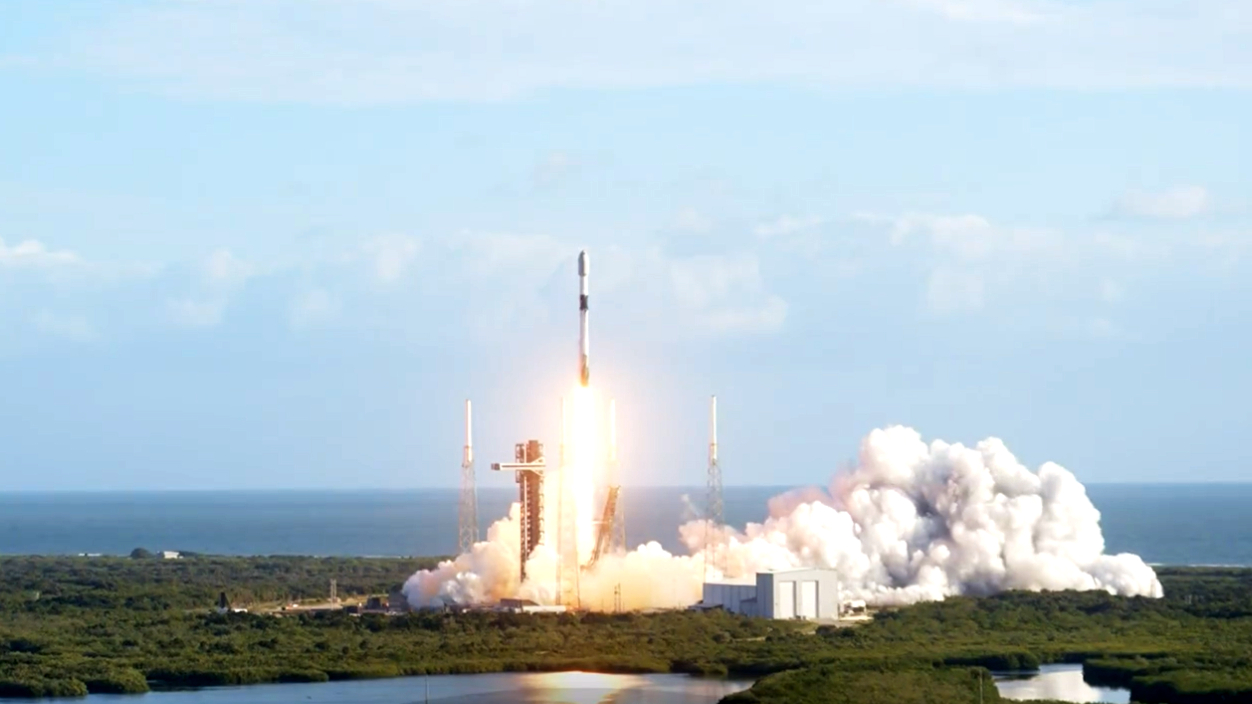
© SpaceX via X
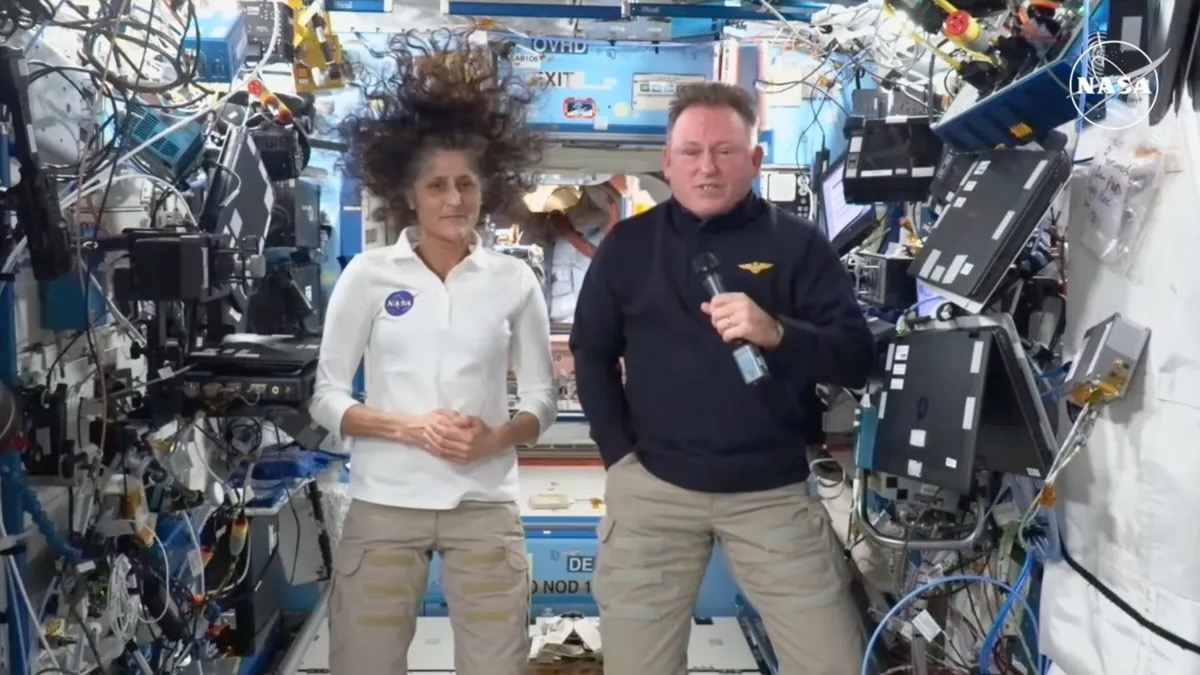
© NASA

© David Crane/MediaNews Group/Los Angeles Daily News via Getty Images
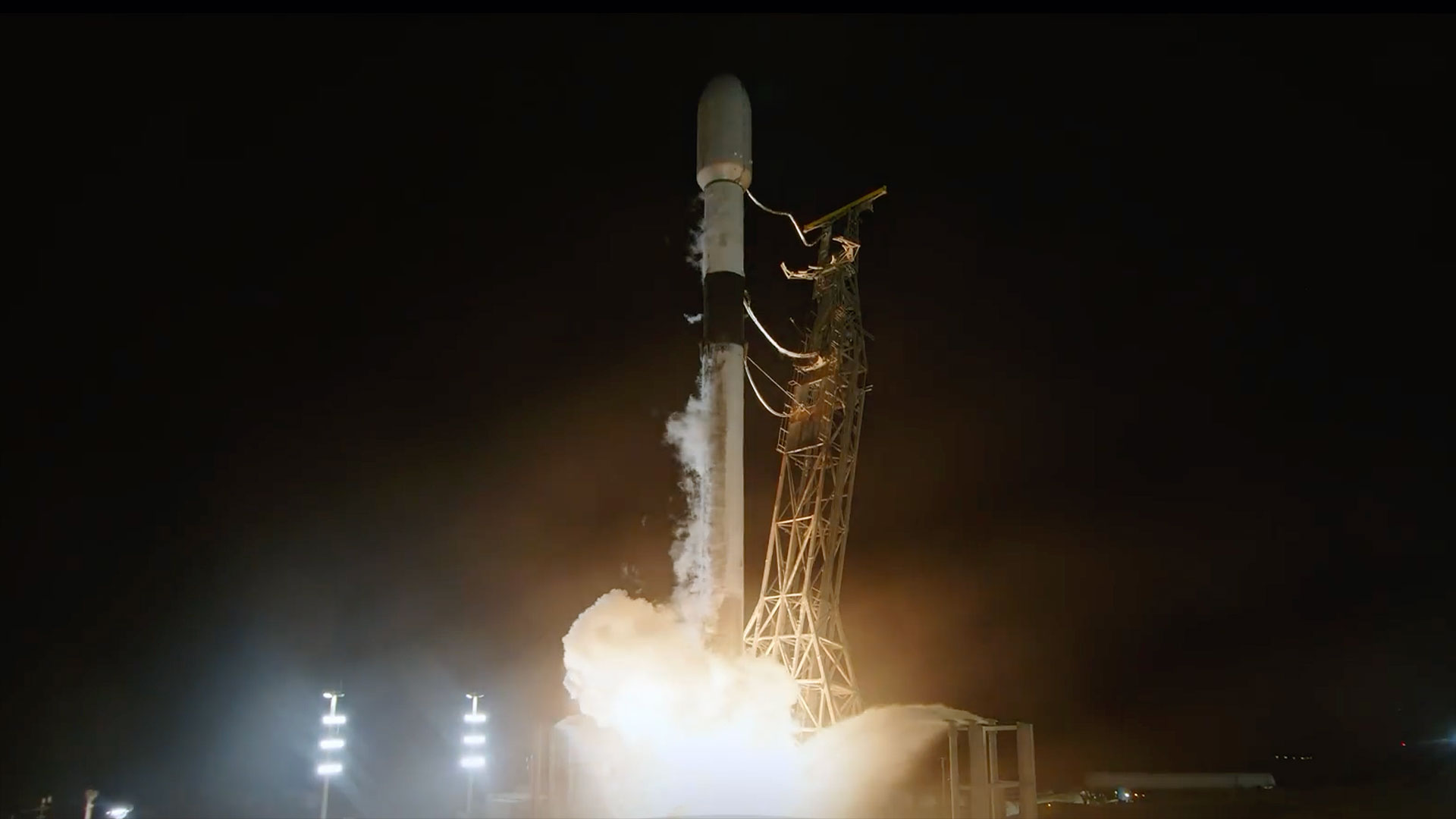
© SpaceX via X

© Future

© Getty Images/ANDREY DENISYUK

© Disney+
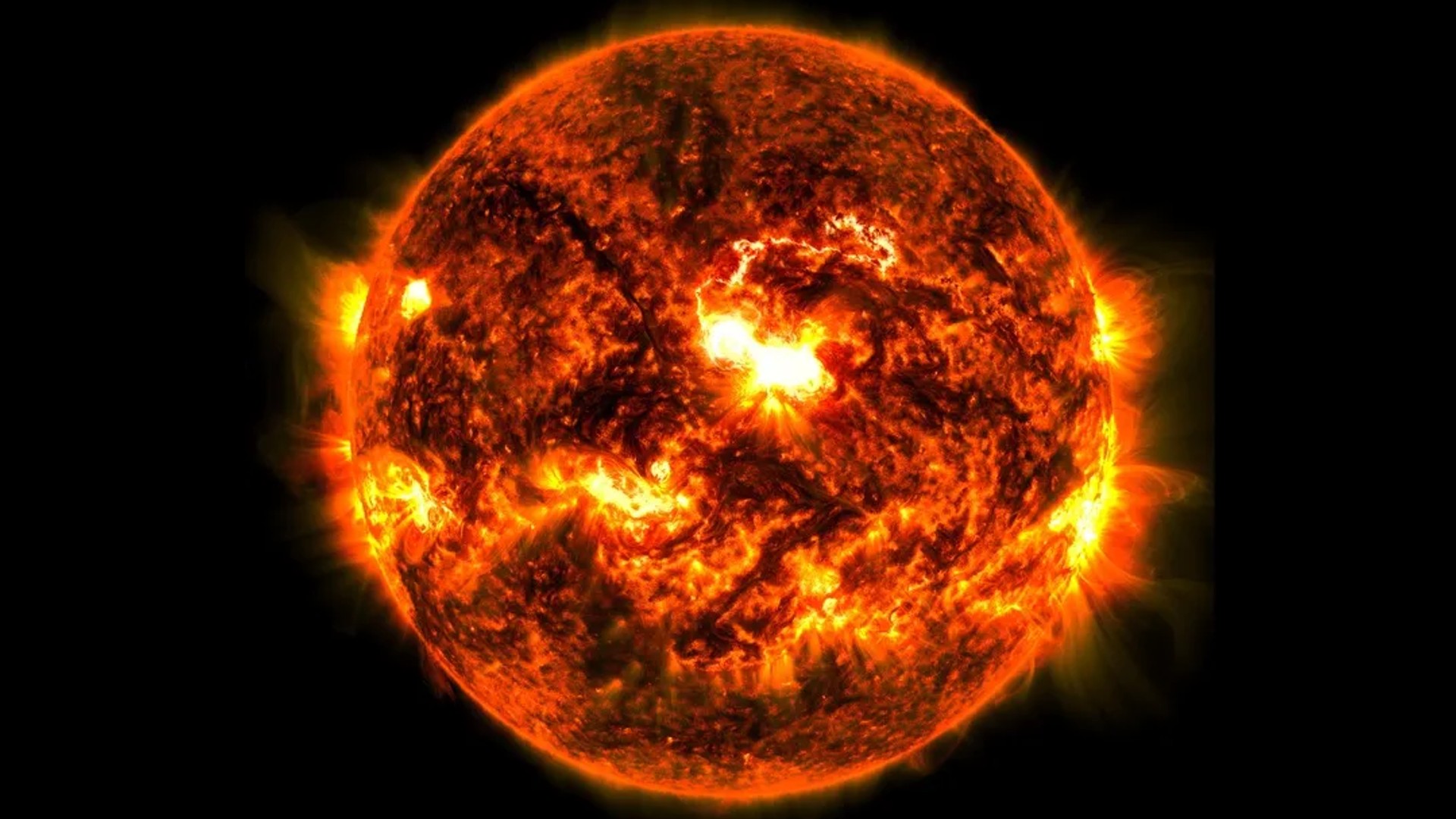
© NASA/SDO
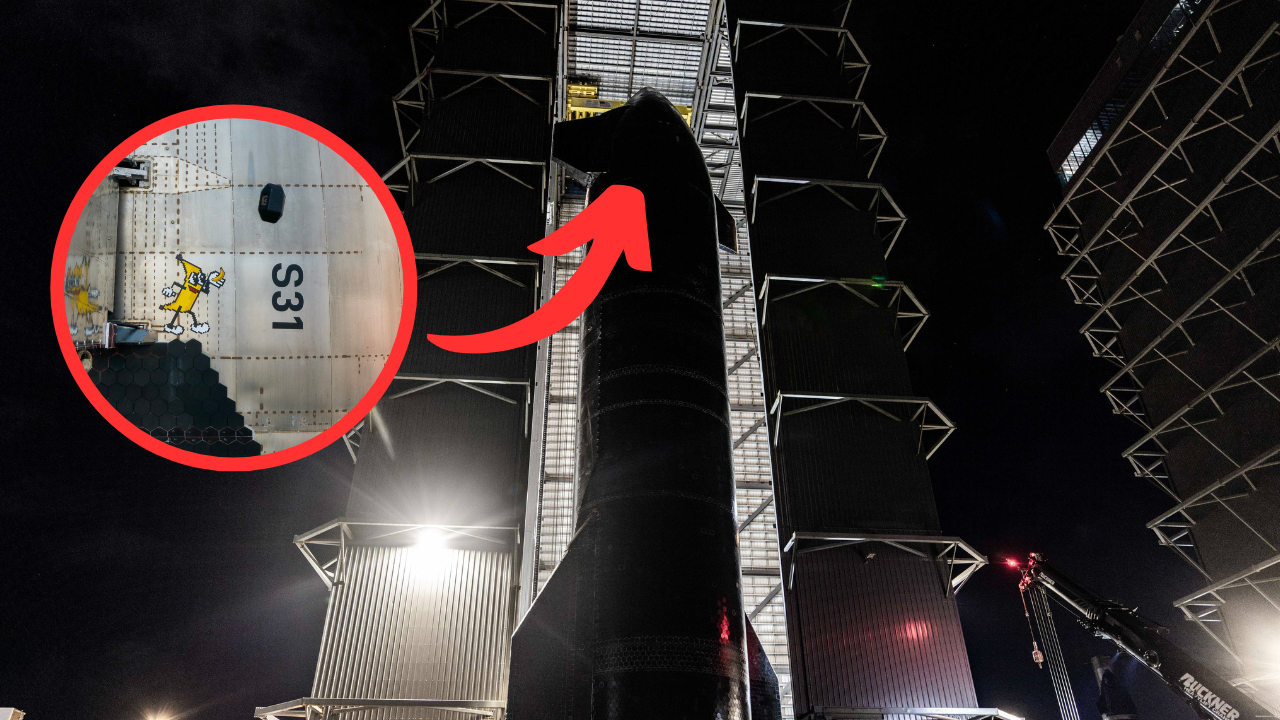
© SpaceX
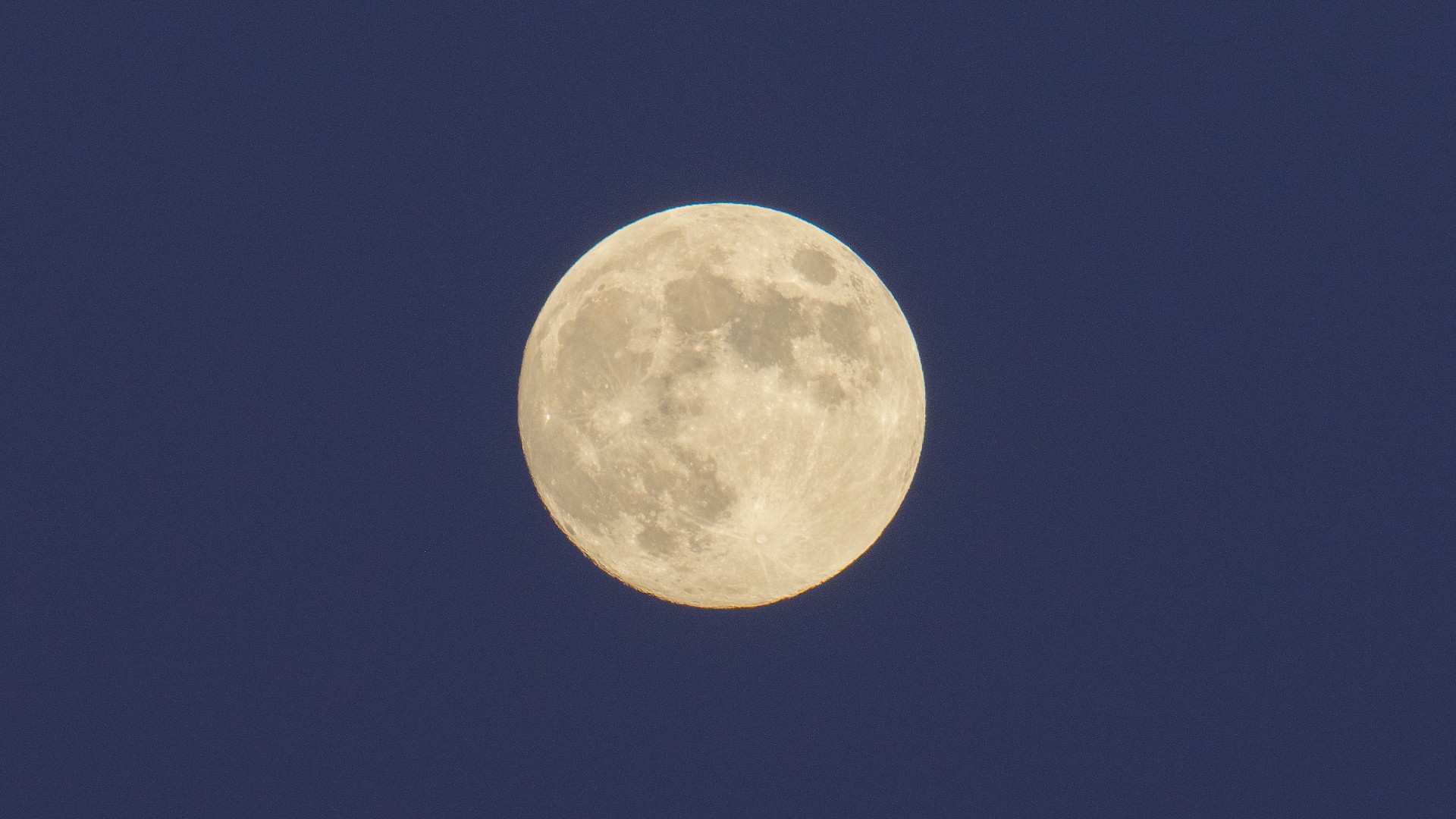
© Lorenzo Di Cola/NurPhoto via Getty Images

© Alexandra Barymova / Lomonosov Moscow State University Marine Research Center
Researchers using the Low Frequency Array (LOFAR) radio telescope in Europe have discovered the second generation of Starlink satellites emit higher levels of radio waves that could pose a serious risk to radio astronomy. This issue of radio-wave emission is in addition to the sunlight that Starlink and other satellites reflect, which can be visibleContinue reading "New Starlink satellites could be 32 times brighter in radio waves than before"
The post New Starlink satellites could be 32 times brighter in radio waves than before appeared first on Astronomy Magazine.
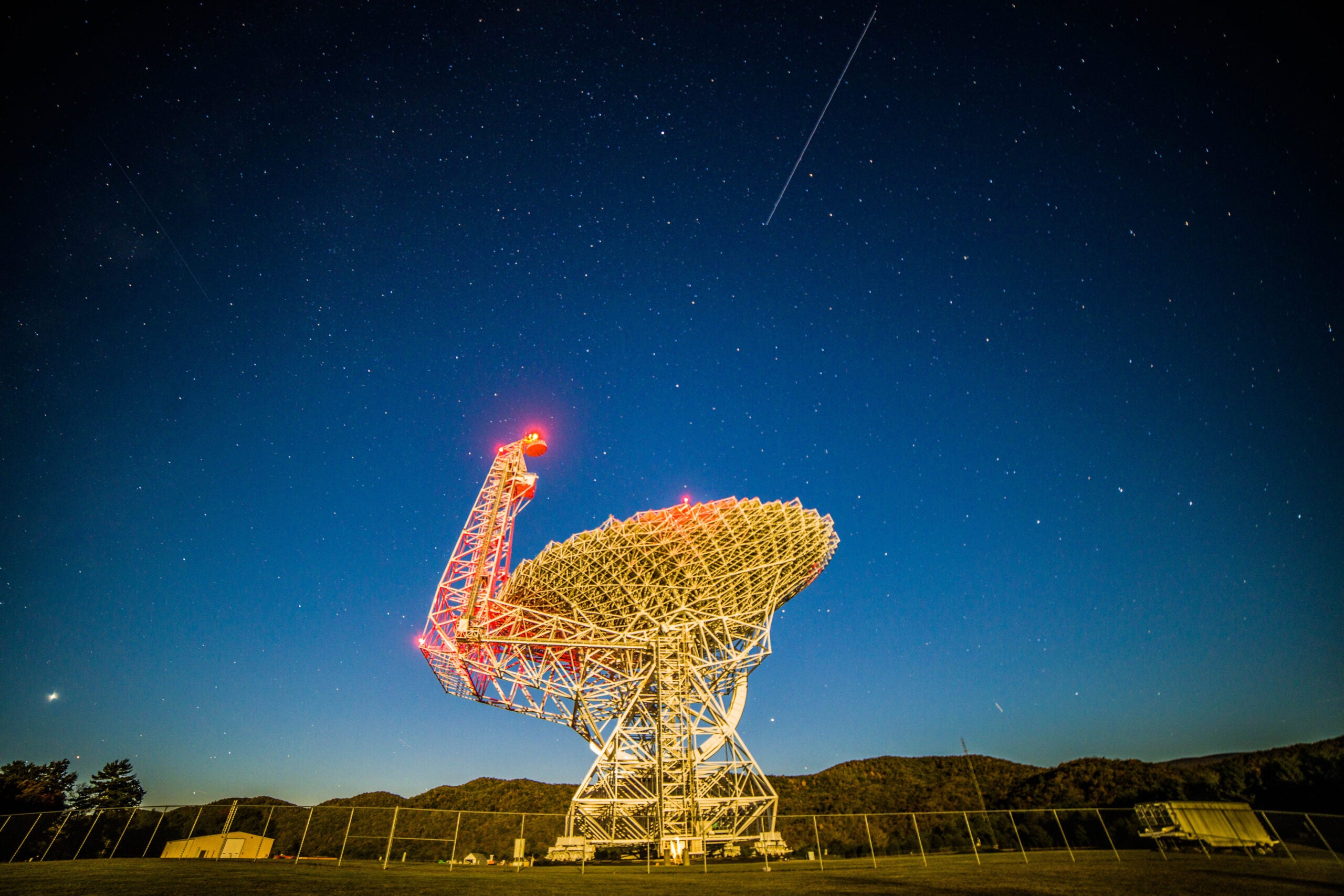
Author(s): Agnese Curatolo
A new frequency-based analysis of recordings from neurons in the brain may give insight into brain pathologies such as Parkinson’s disease.
[Physics 17, s145] Published Wed Nov 13, 2024
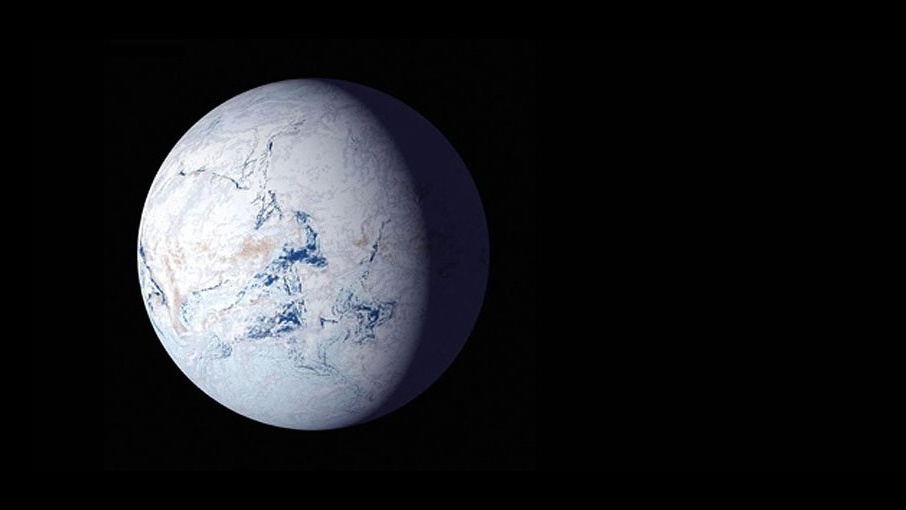
© NASA
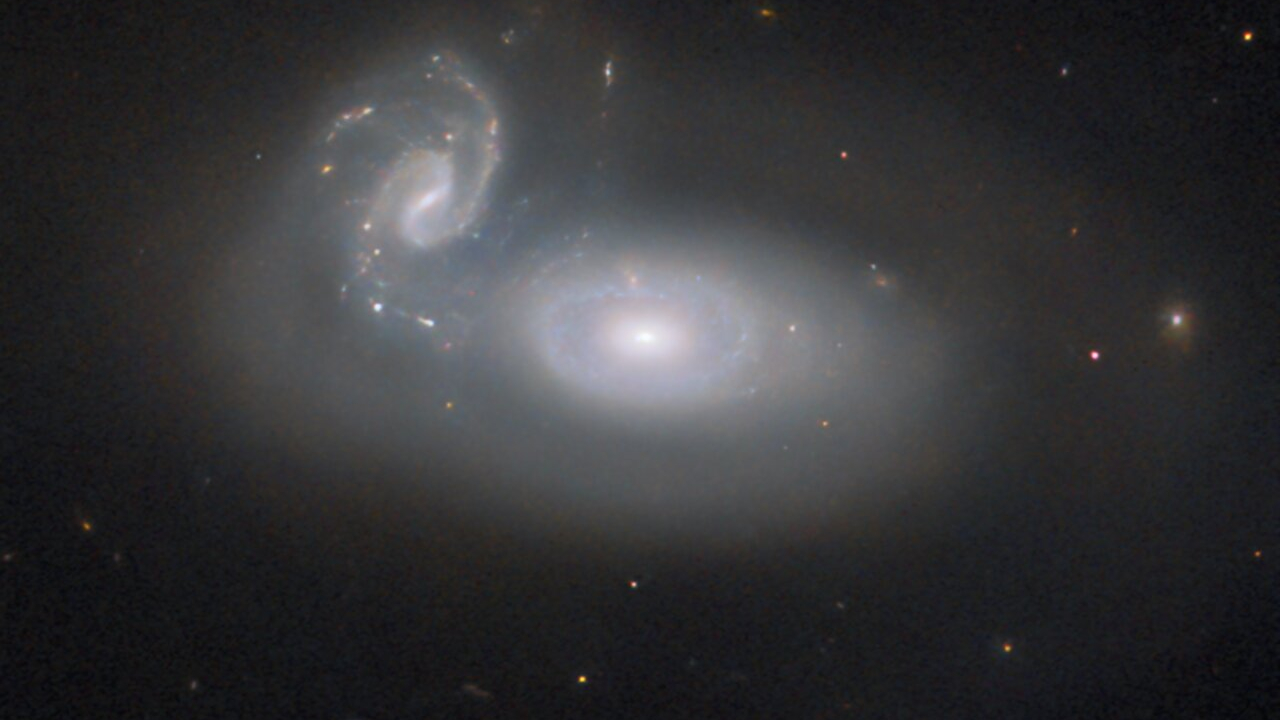
© ESA/Hubble & NASA, R. J. Foley (UC Santa Cruz)
Black holes are the universe’s shadowy figures, with many millions of them roaming unseen in our galaxy alone. These cosmic heavyweights famously destroy anything that wanders too close, tearing stars and other objects to shreds with their immense gravitational pull. But that may not be the end of the story for those doomed objects. AContinue reading "Could black holes create dark energy? "
The post Could black holes create dark energy? appeared first on Astronomy Magazine.
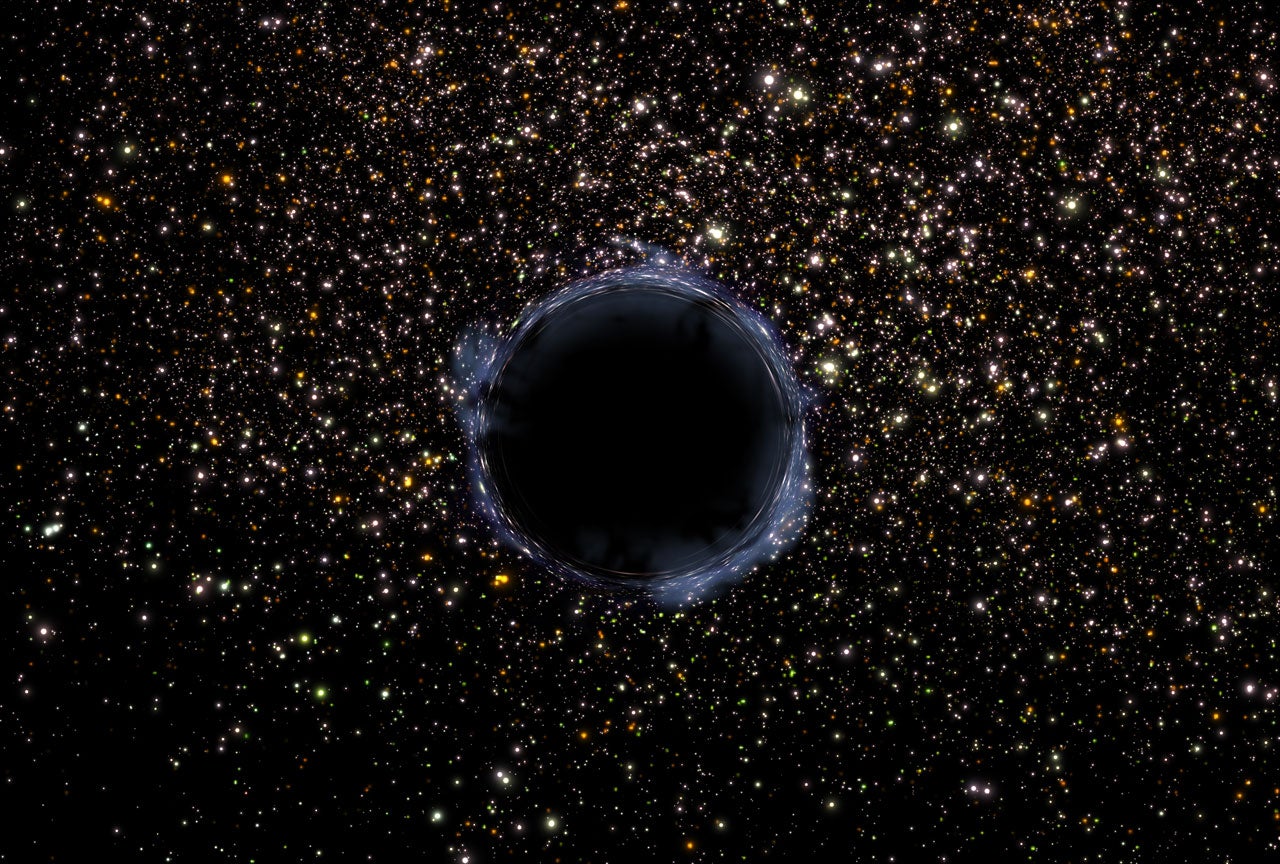

© NASA
Marco Meniero taken from Poggio Pinzuti, Italy The stars pirouette around Polaris above the hills of Tuscany near Pisa in this two-panel panorama taken with a Nikon Z9 mirrorless camera and a 70mm zoom lens. The imager captured 170 exposures of 15 seconds at f/4.5 and ISO 250.
The post Under the Tuscan suns appeared first on Astronomy Magazine.
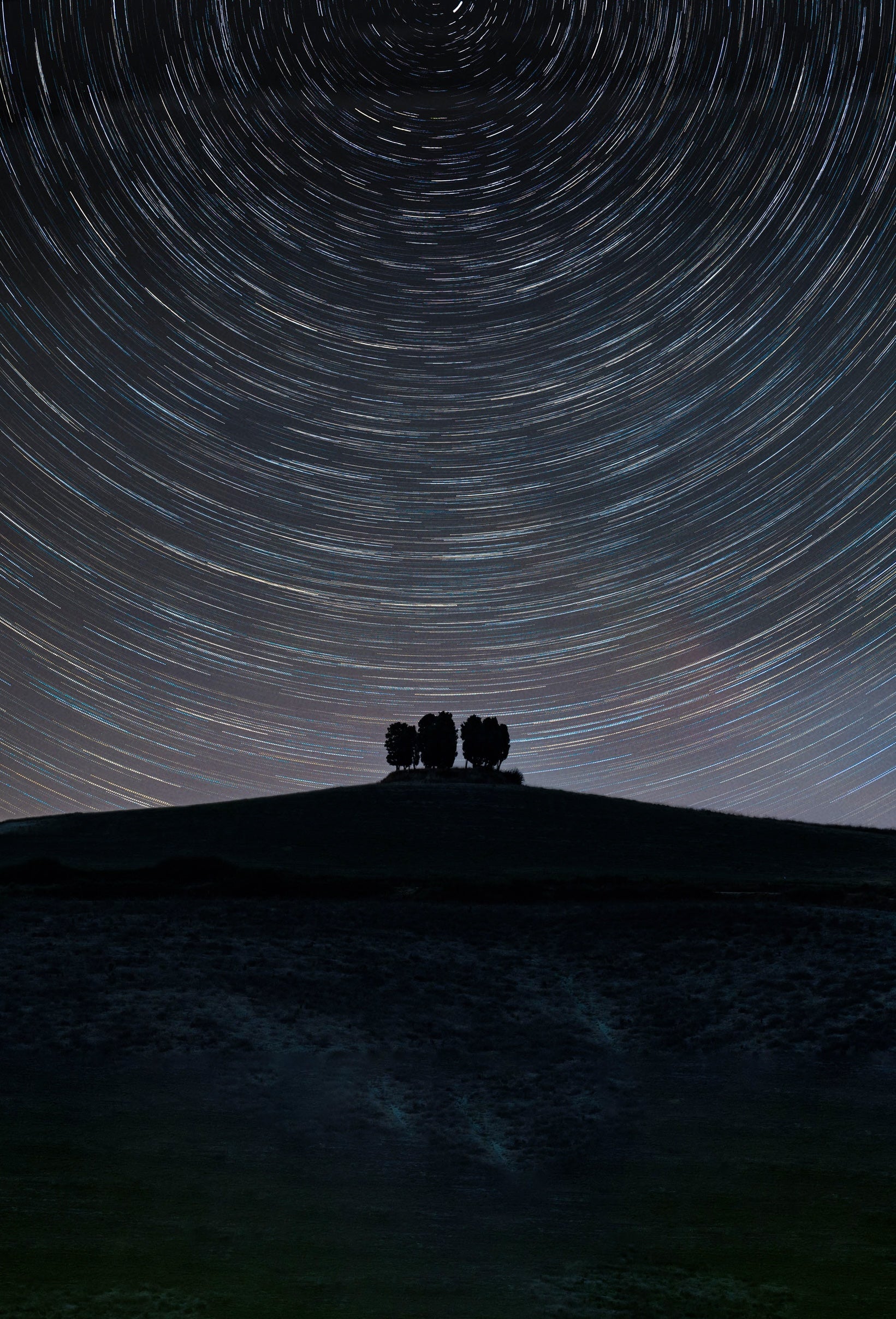

© NASA/Bill Ingalls
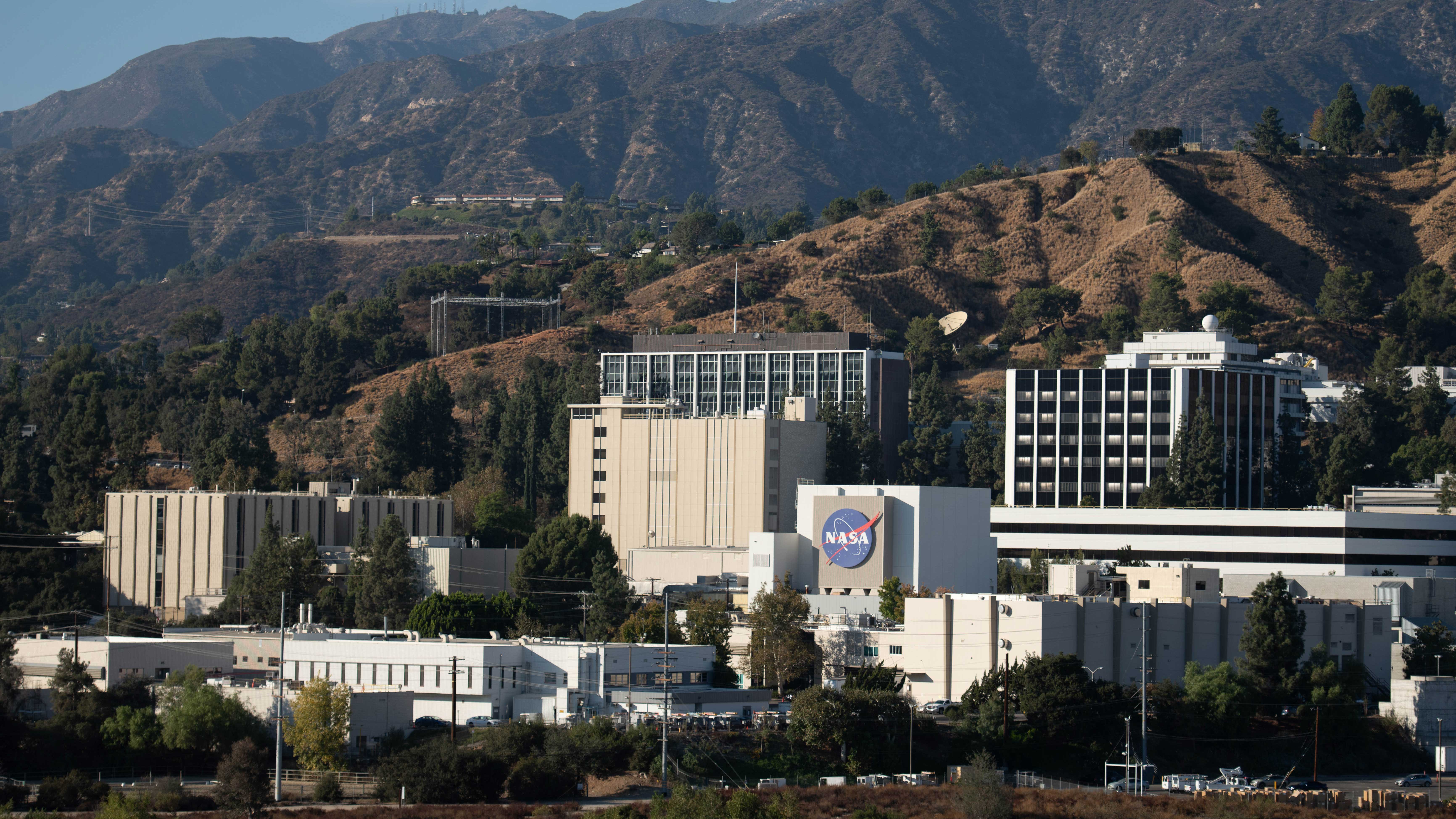
© NASA/JPL-Caltech
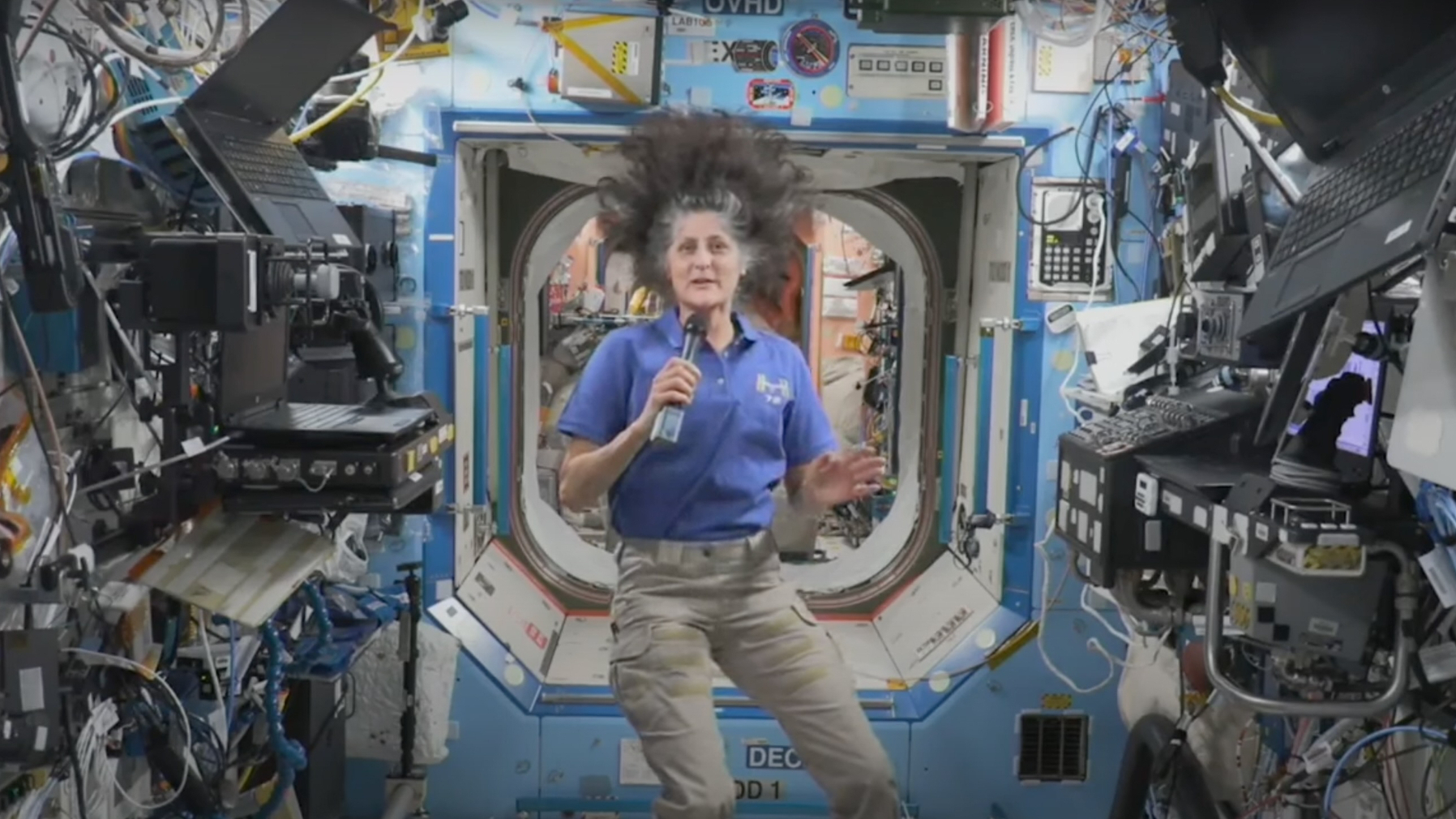
© NASA

© China News Service
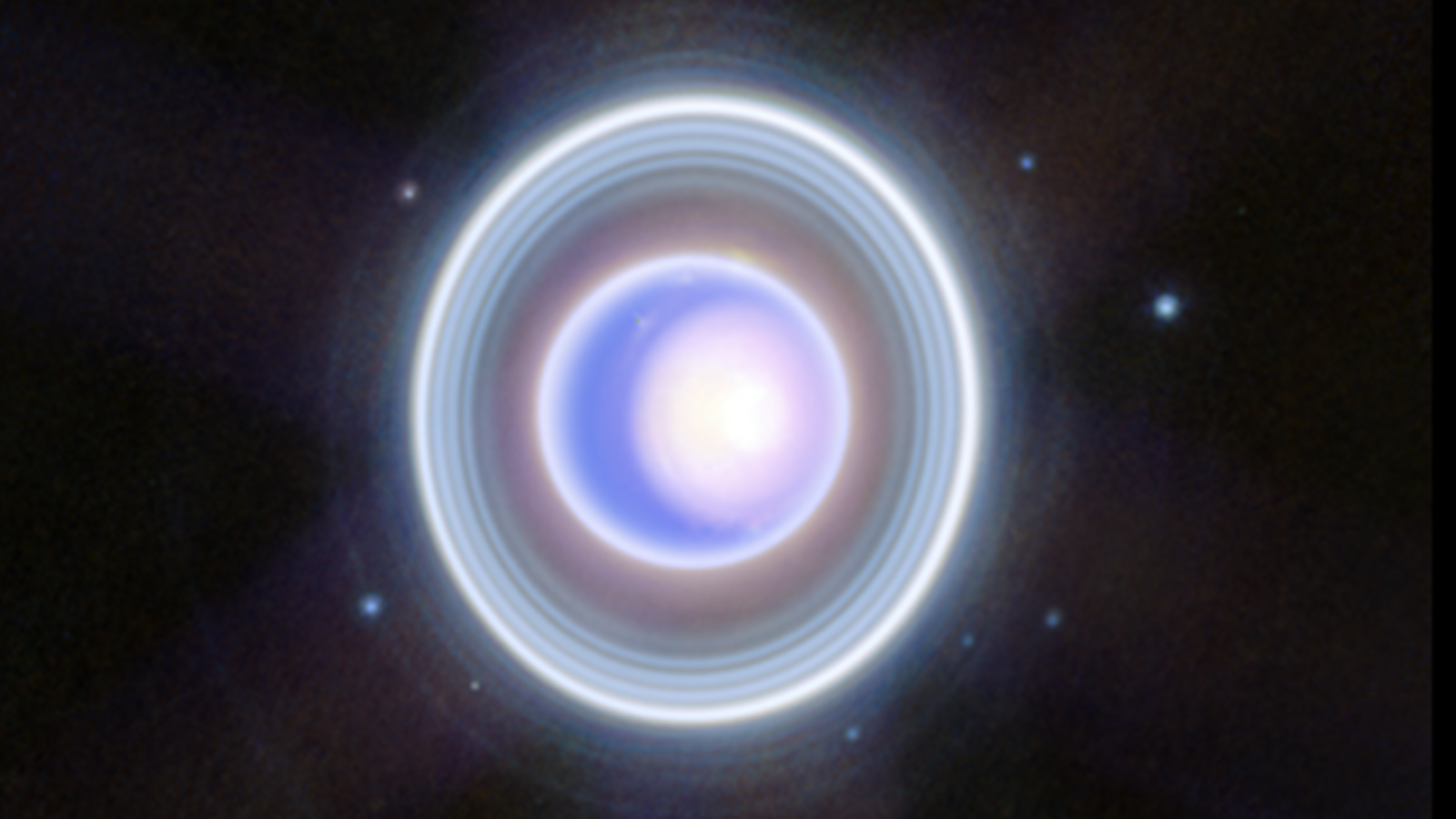
© NASA, ESA, CSA, STScI

© Future
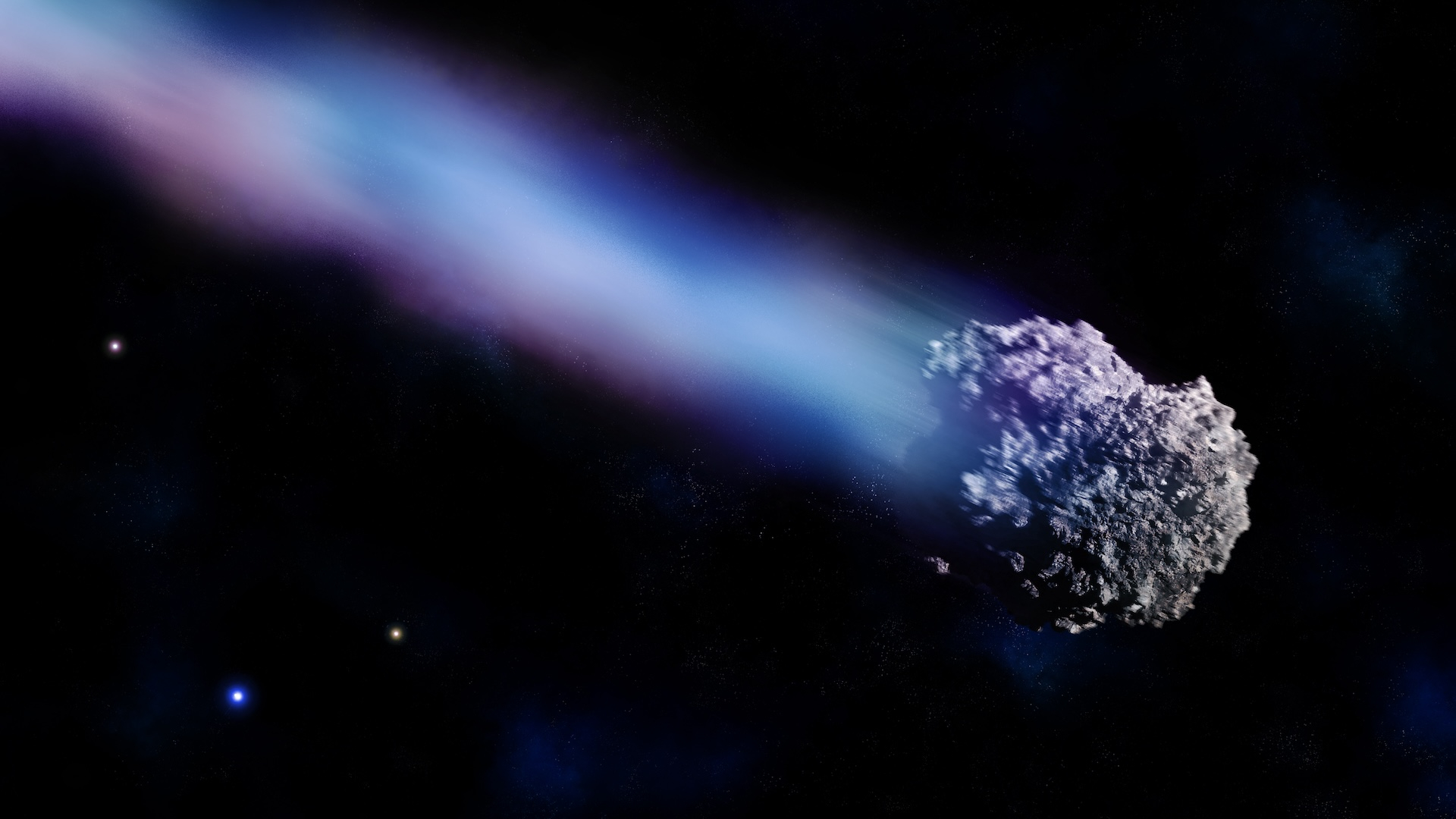
© Maciej Frolow via Getty Images

© Disney+

© collectSPACE.com

© Disney+
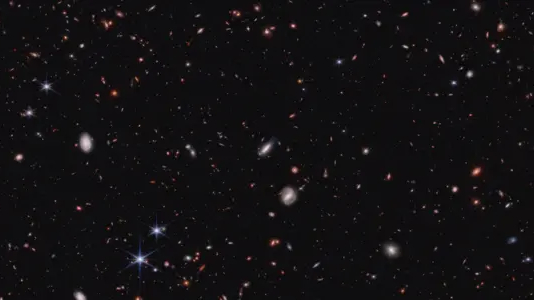
© NASA
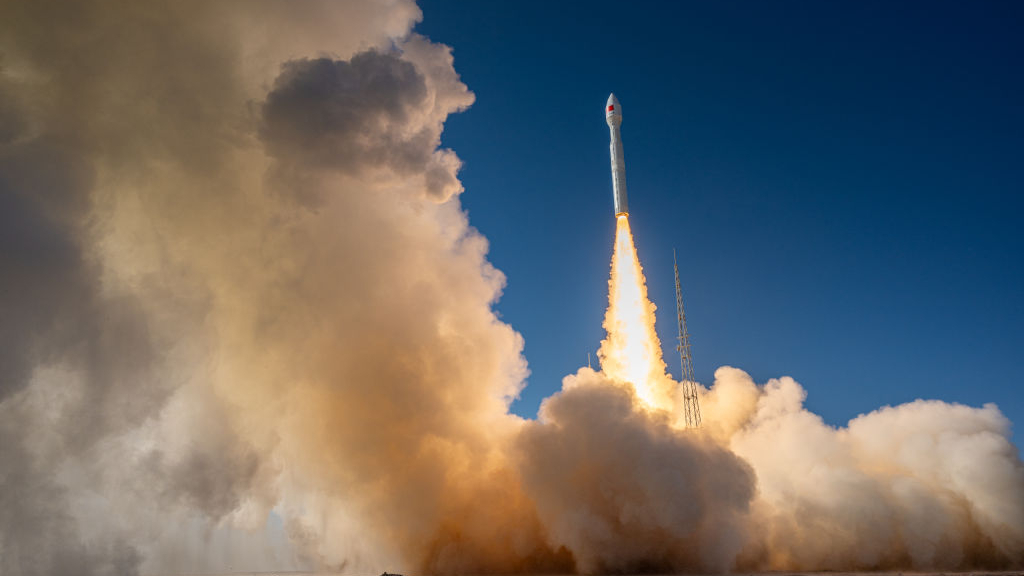
© VCG/VCG via Getty Images
In a 1998 research breakthrough, Saul Perlmutter of the University of California, Berkeley, and his colleagues in the Supernova Cosmology Project found the expansion rate of the universe is accelerating. Perlmutter and his team made the discovery by observing distant type Ia supernovae, whose brightnesses are well known, at different distances. His team made observationsContinue reading "What is dark energy?"
The post What is dark energy? appeared first on Astronomy Magazine.
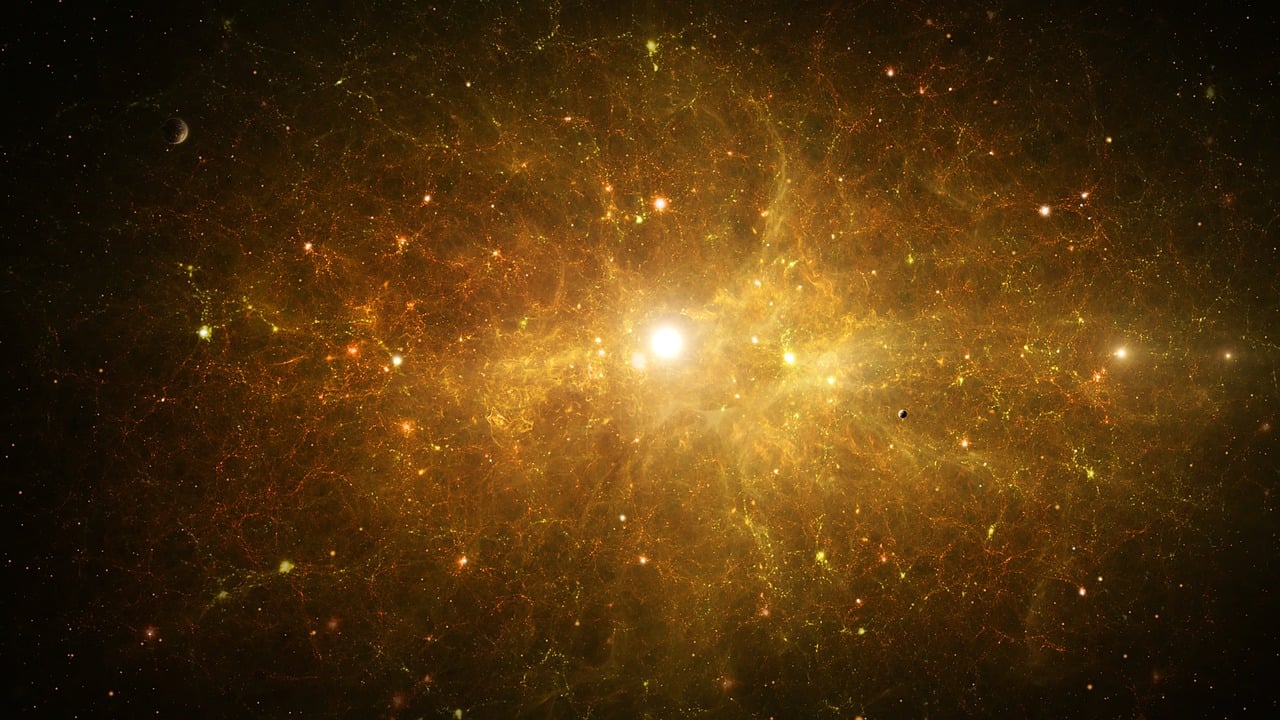
Inside the bright but unassumingly named nebula Gum 55 lies a dark nebula — a rift of dust grains that absorb visible light — creating a swatch of darkness against the glow of bright gas. Fittingly named for its shape, the Dark Wolf Nebula is no mere puppy — it spans an area some fourContinue reading "ESO captures Dark Wolf Nebula stalking across the Milky Way "
The post ESO captures Dark Wolf Nebula stalking across the Milky Way appeared first on Astronomy Magazine.
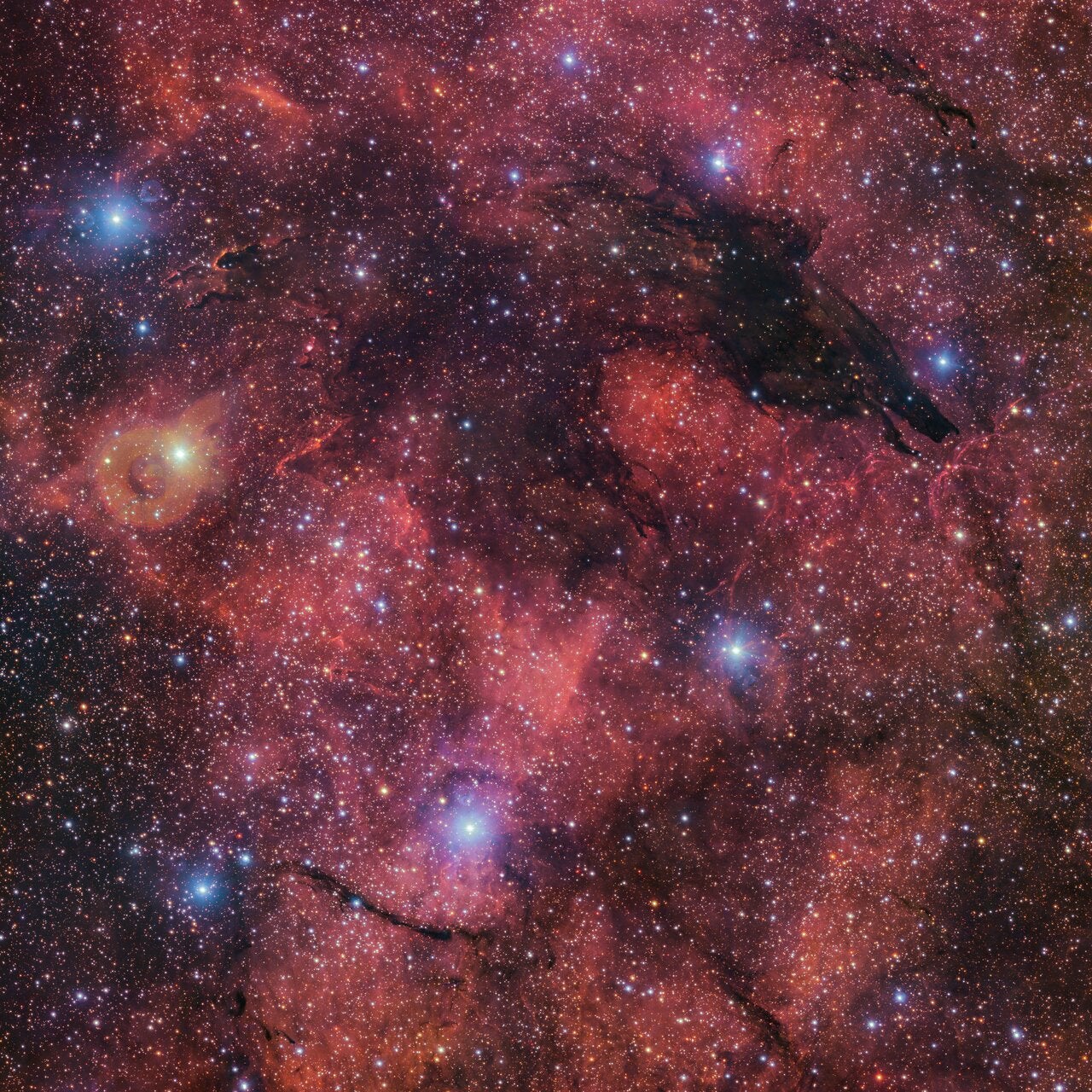

© CCTV+
Author(s): Marric Stephens
Researchers have characterized the naturally occurring background radiation hitting a typical quantum circuit—a result that might help with the engineering of devices that are less vulnerable to radiation-induced decoherence.
[Physics 17, s140] Published Tue Nov 12, 2024
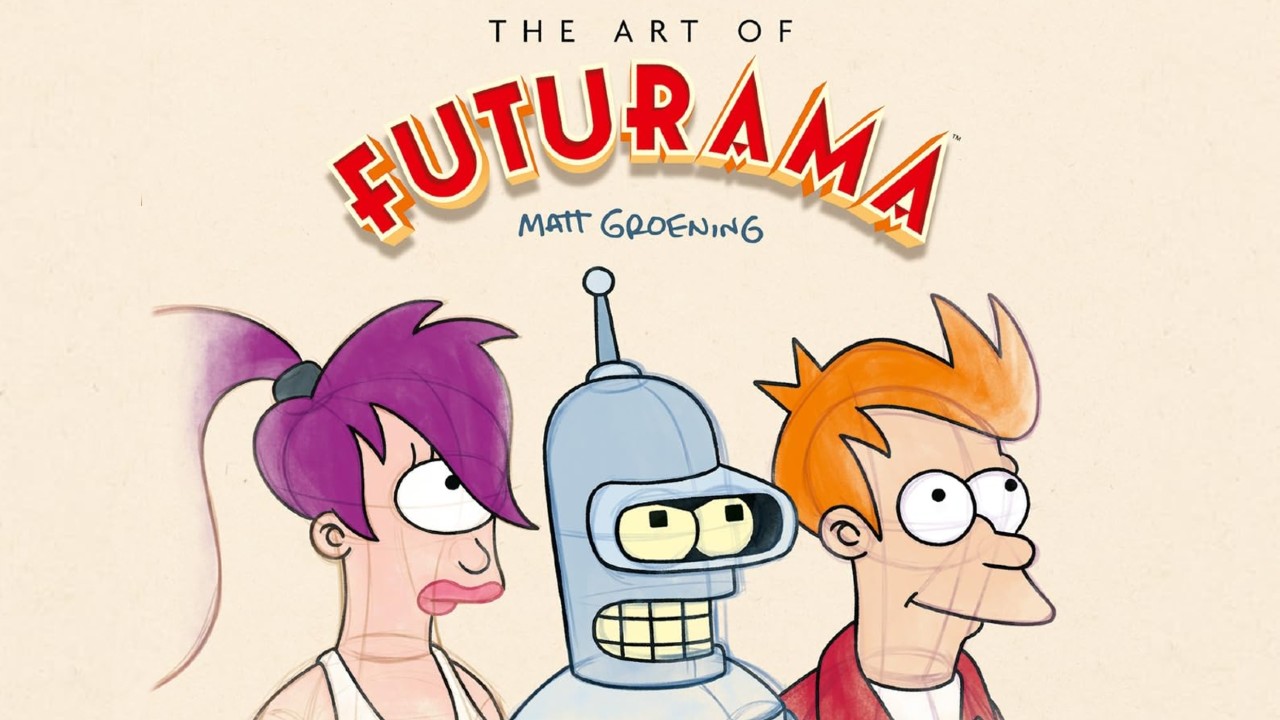
© Amazon/Abrams ComicArts
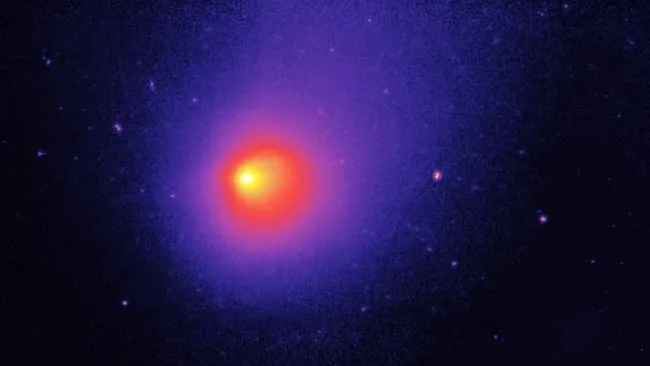
© NASA/Spitzer Space Telescope
Star struck Wisconsin Historical Society PressMadison, WI In Chasing the Stars, authors Kelly Tyrell and James Lattis discuss the astronomical achievements of Washburn Observatory at the University of Wisconsin. The book’s 256 pages feature many images and details the early days of stargazing in the region, as well as Washburn’s many modern discoveries in theContinue reading "New astronomy products to be thankful for"
The post New astronomy products to be thankful for appeared first on Astronomy Magazine.
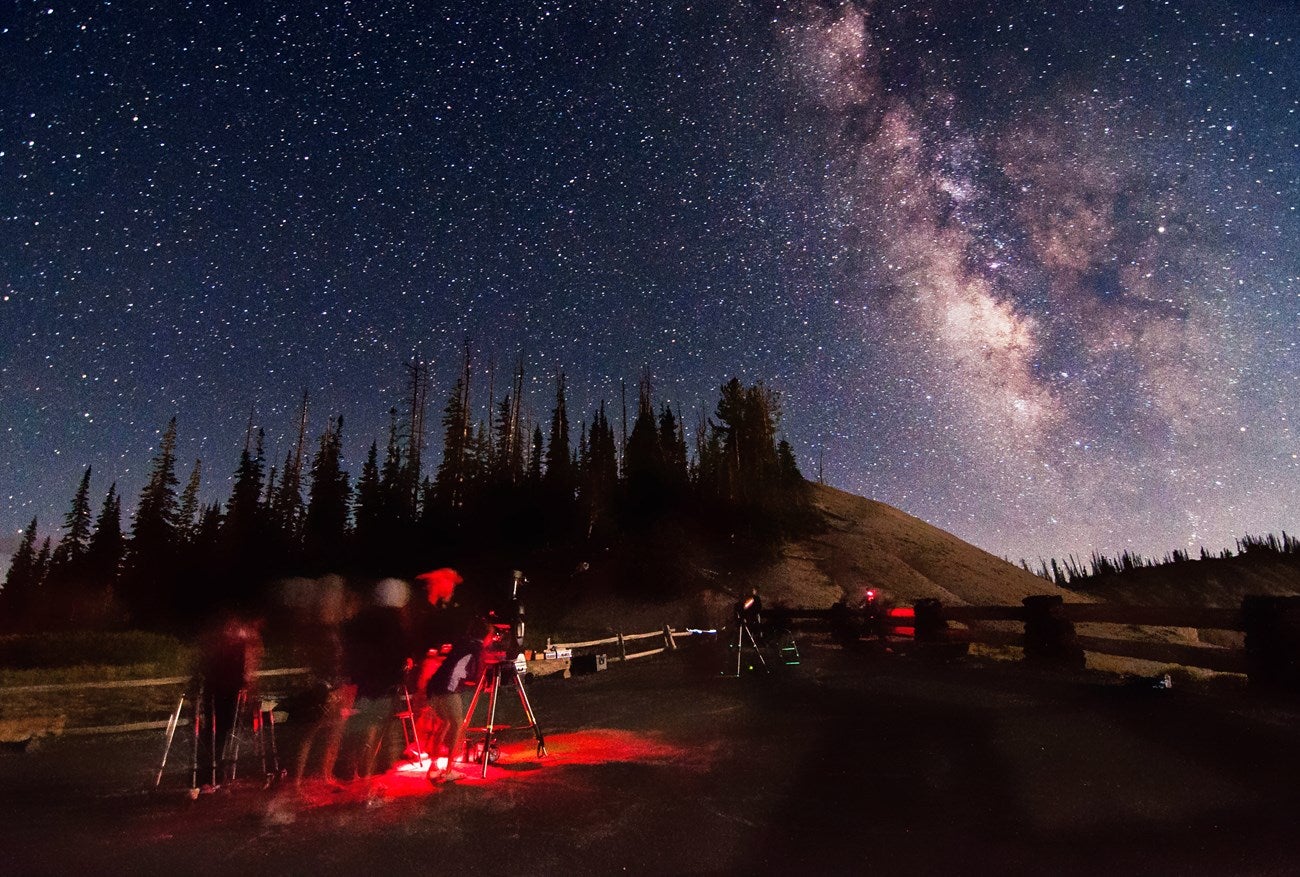
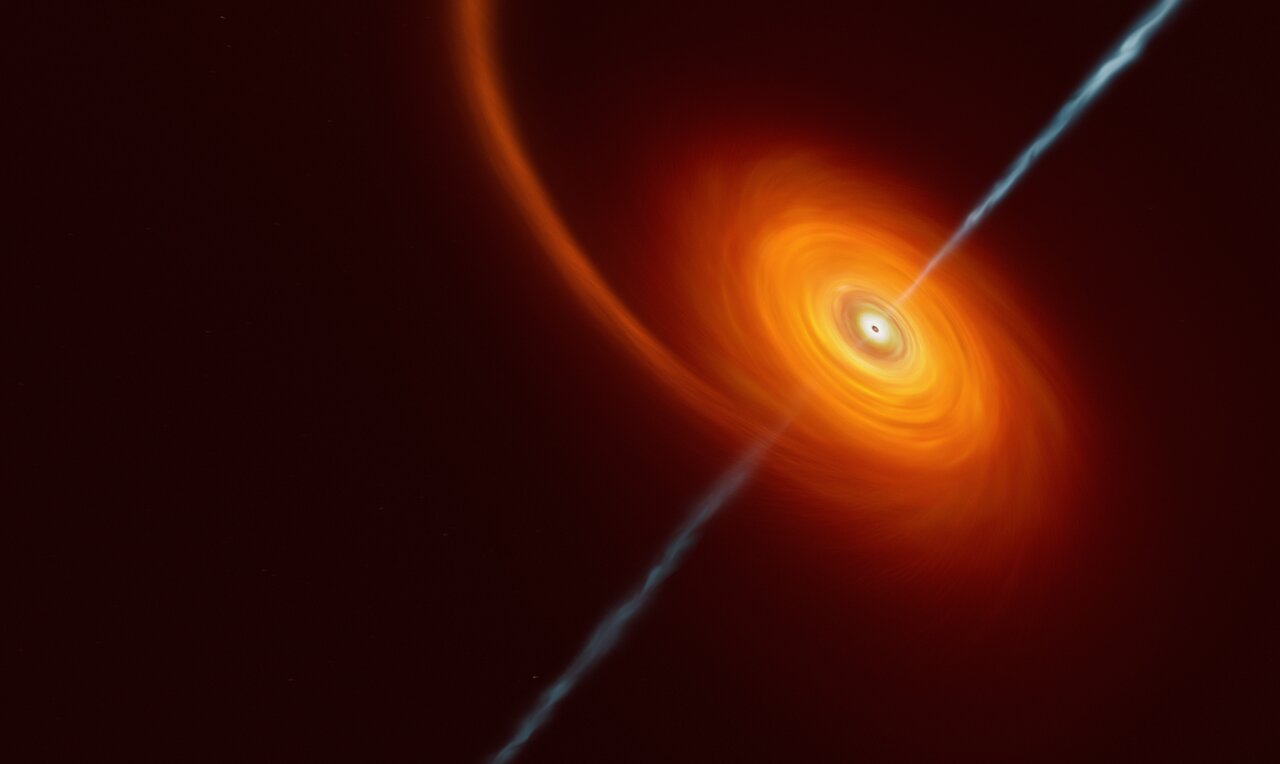
© ESO/M. Kornmesser

© Space.com/Lego
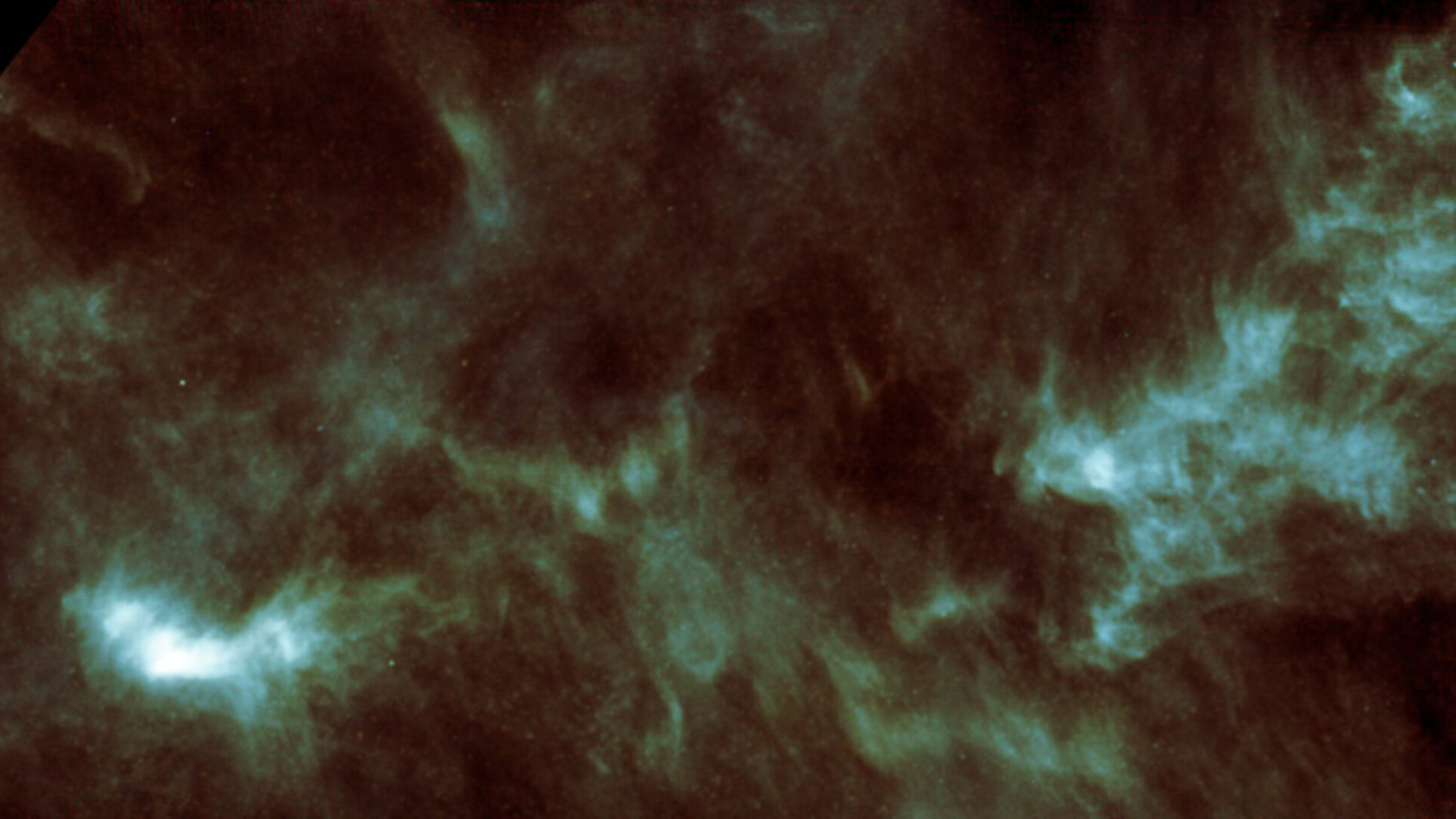
© ESA/Herschel/SPIRE

© Stefani Reynolds/Bloomberg/Getty Images
Lynn Hilborn from Grafton, Ontario The origin of the reflection nebula van den Bergh 9 in Cassiopeia is the Cepheid variable star SU Cas; its blue light is reflected by surrounding dust, which are themselves partially shrouded by thicker dust clouds. This image represents 5 hours of exposure on an 8-inch scope in RGB filters.
The post Dust on dust appeared first on Astronomy Magazine.
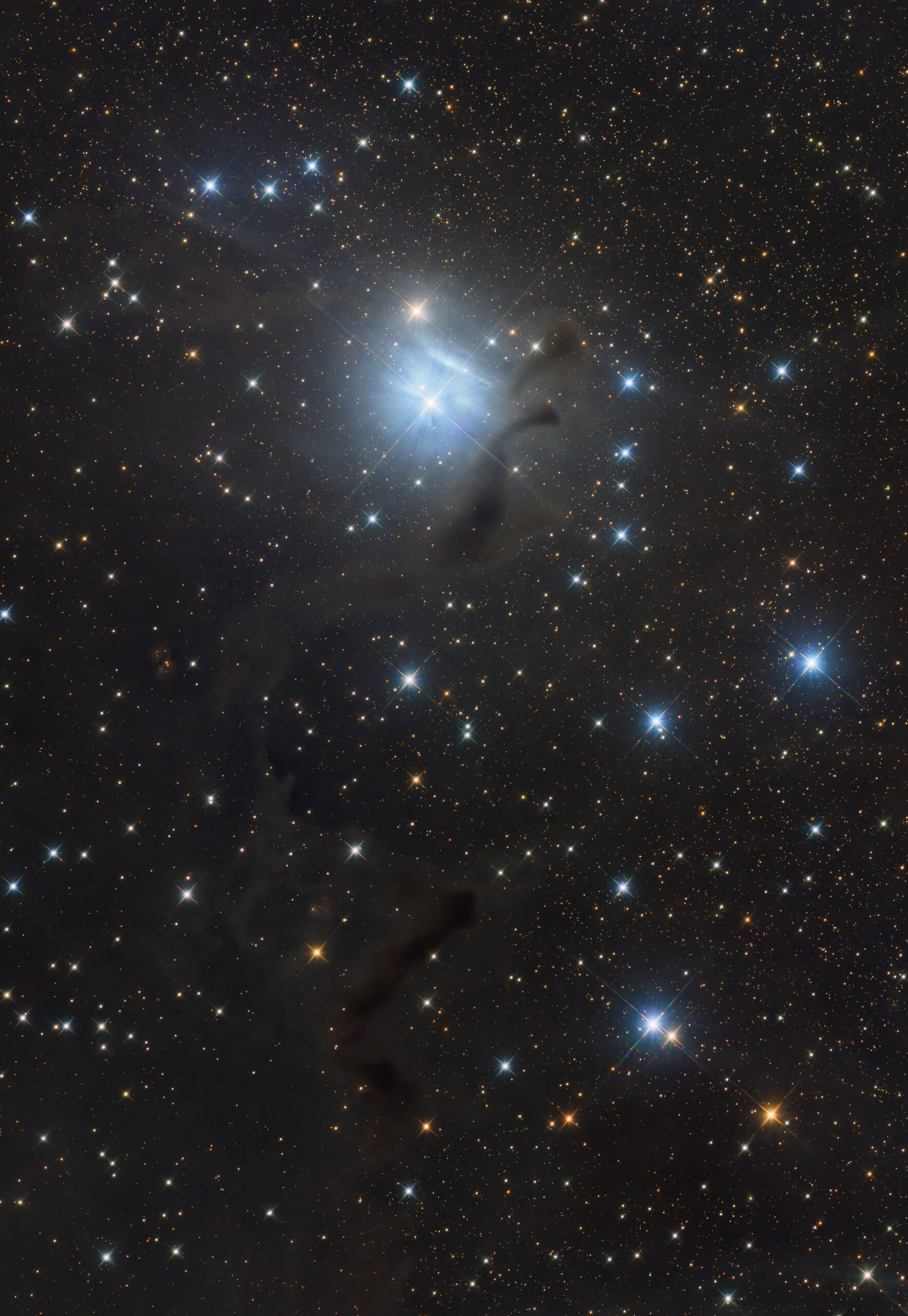

© Future

© Paul Hennessy/SOPA Images/LightRocket via Getty Images
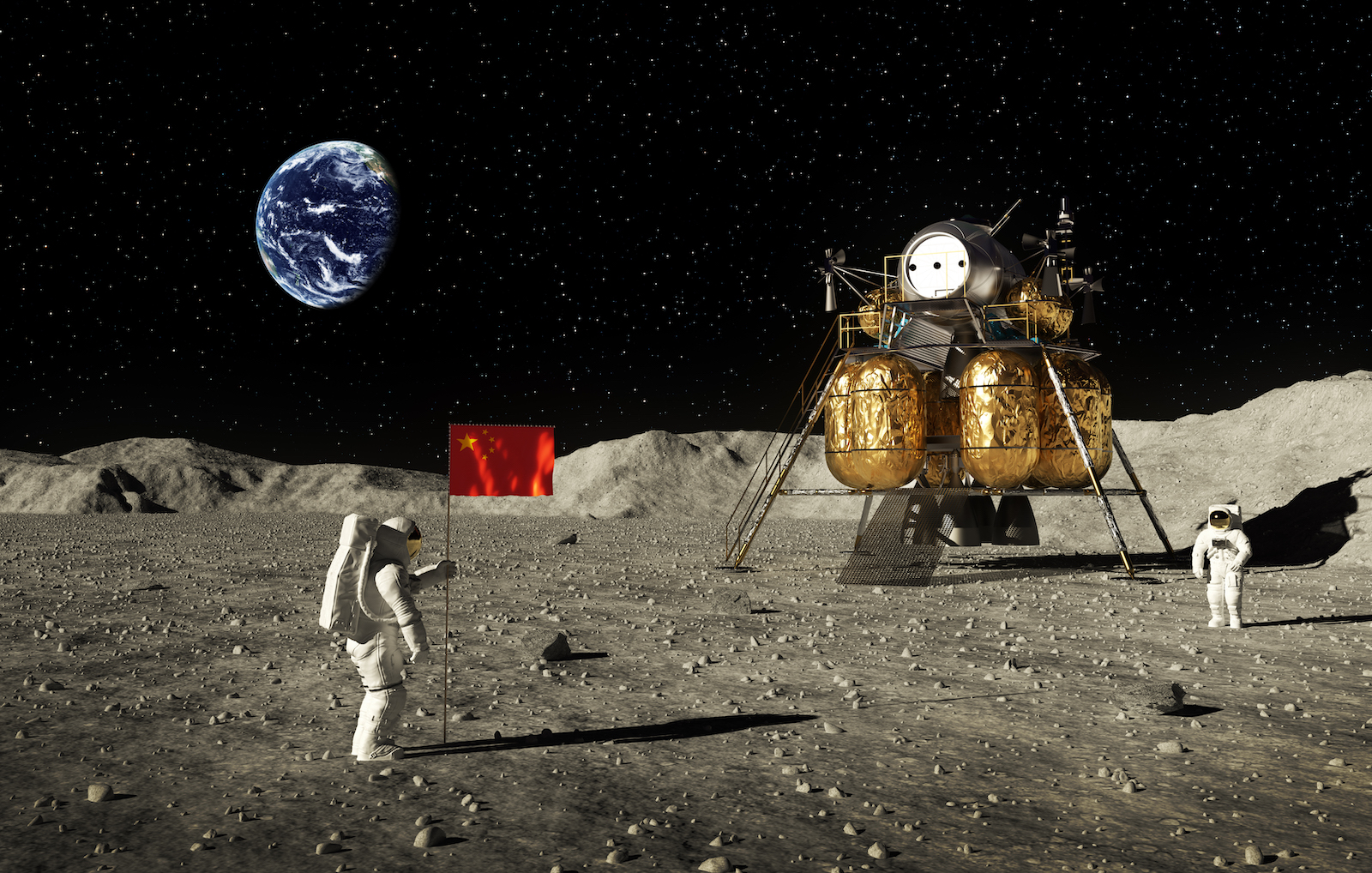
© 3dScultor/iStock via Getty Images
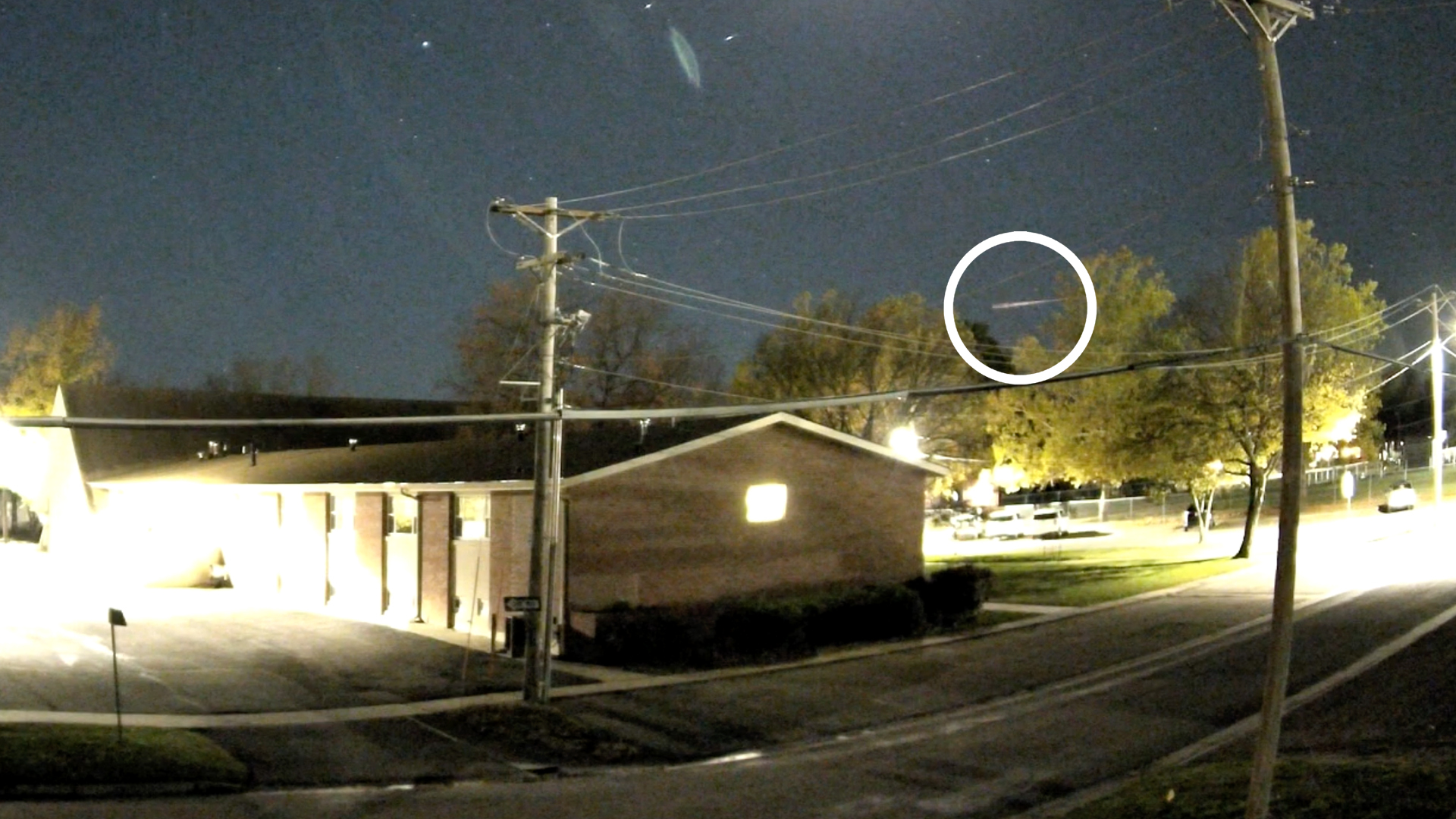
© AMS/Jim Saueressig II of Burlington Kansas
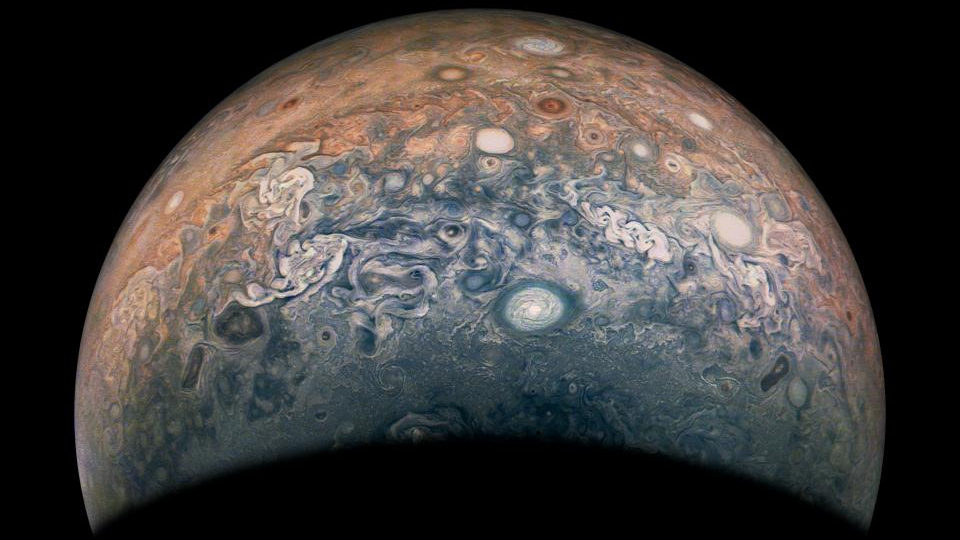
© NASA / SwRI / MSSS / Jackie Branc © CC BY

© Cape Canaveral Space Force Museum
In this episode, Dave Eicher invites you to observe the what happens when our planet, during its journey around the Sun, runs into a stream of particles in its orbit. Such an event is called a meteor shower, and because the streaks of light from these meteors seem to all come from a point in theContinue reading "The Leonid meteor shower: This Week in Astronomy with Dave Eicher"
The post The Leonid meteor shower: This Week in Astronomy with Dave Eicher appeared first on Astronomy Magazine.
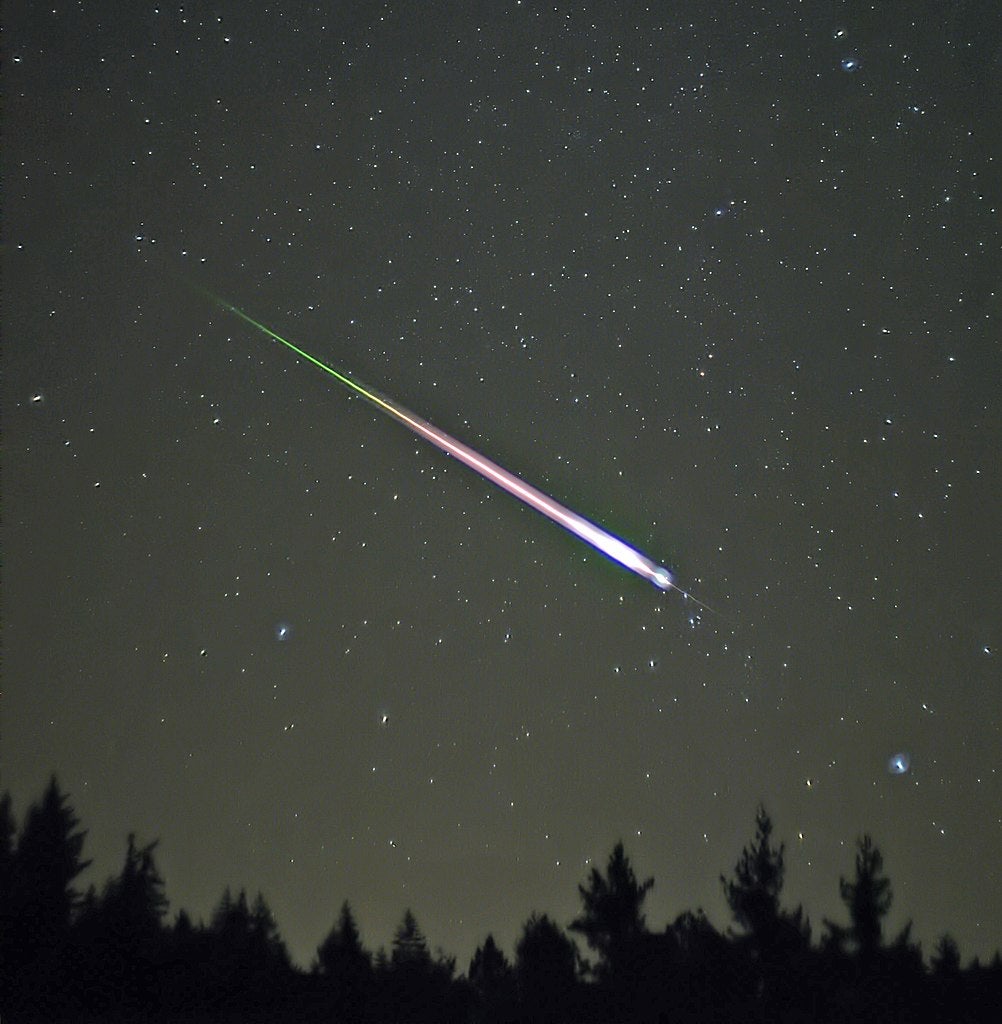
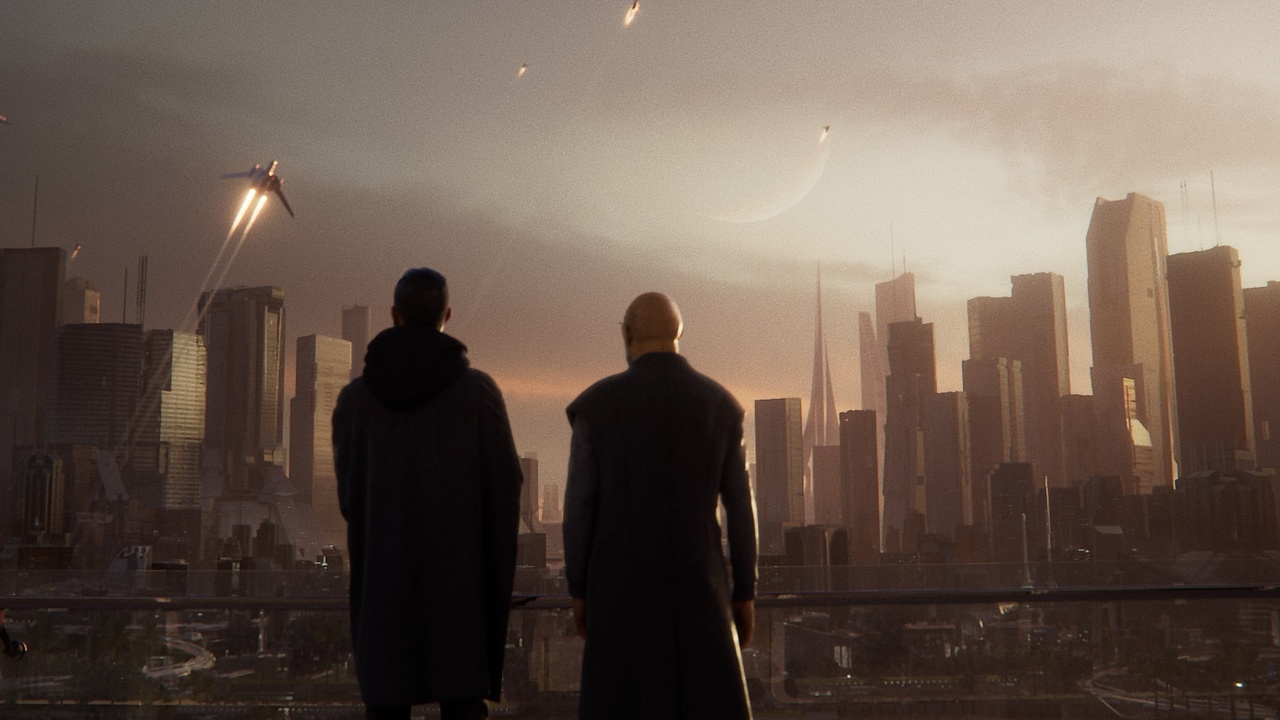
© Wizards of the Coast
What is the universe expanding into? Euan TobinEdinburgh, Scotland This excellent question forces us to confront a region beyond the bounds of our intuition, so please bear with me. When you inflate a balloon, the balloon’s membrane moves outward, closer to the boundaries of whatever room encloses it. You can easily visualize this expansion becauseContinue reading "What is the universe expanding into?"
The post What is the universe expanding into? appeared first on Astronomy Magazine.
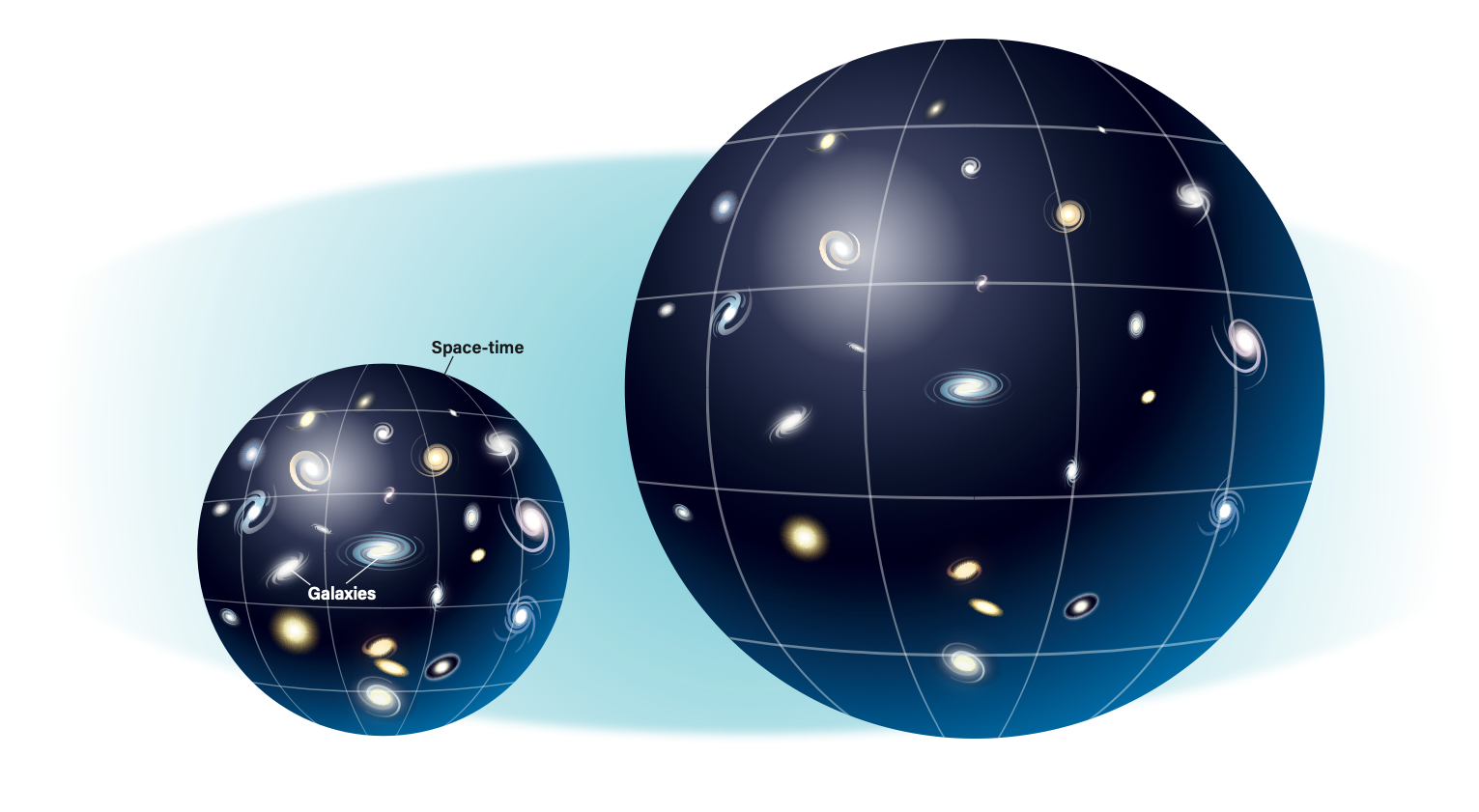
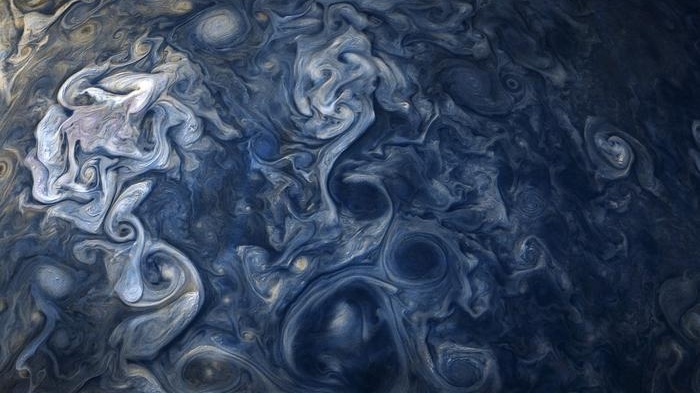
© NASA
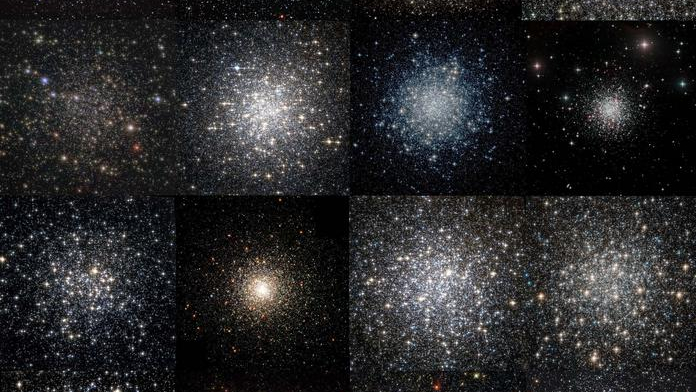
© ESA/Hubble - ESO - SDSS
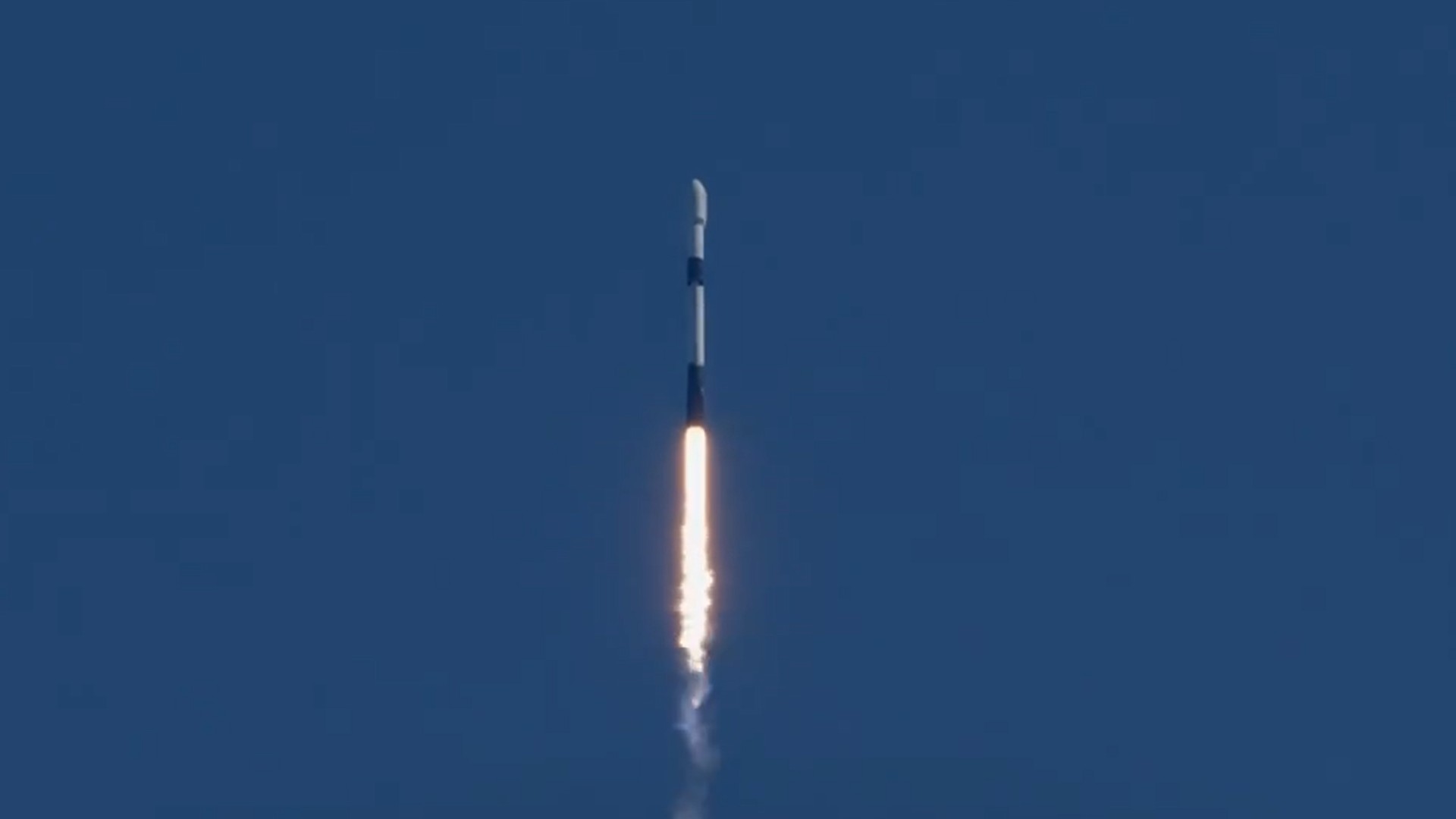
© SpaceX via X
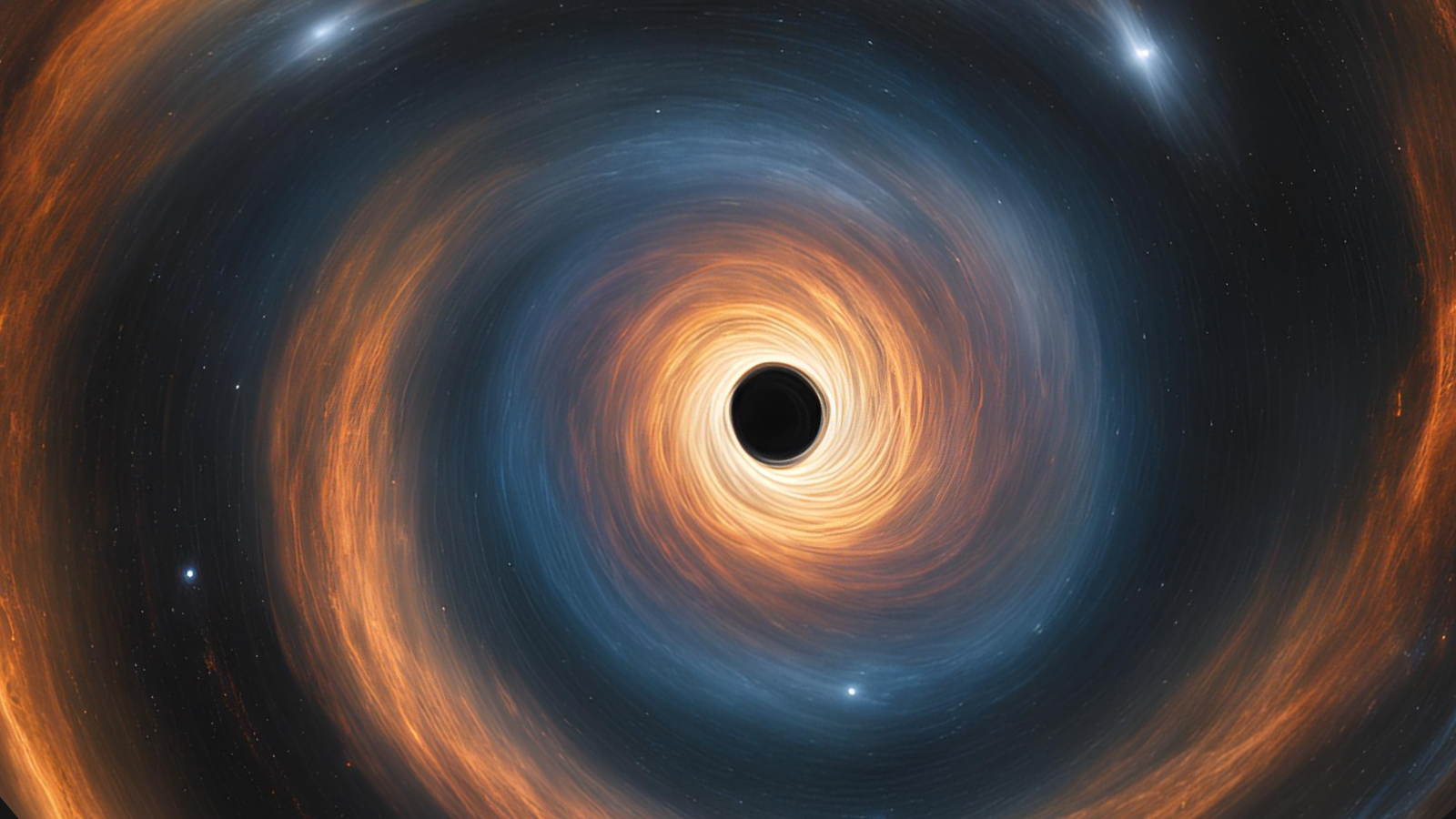
© Robert Lea (created with Canva)
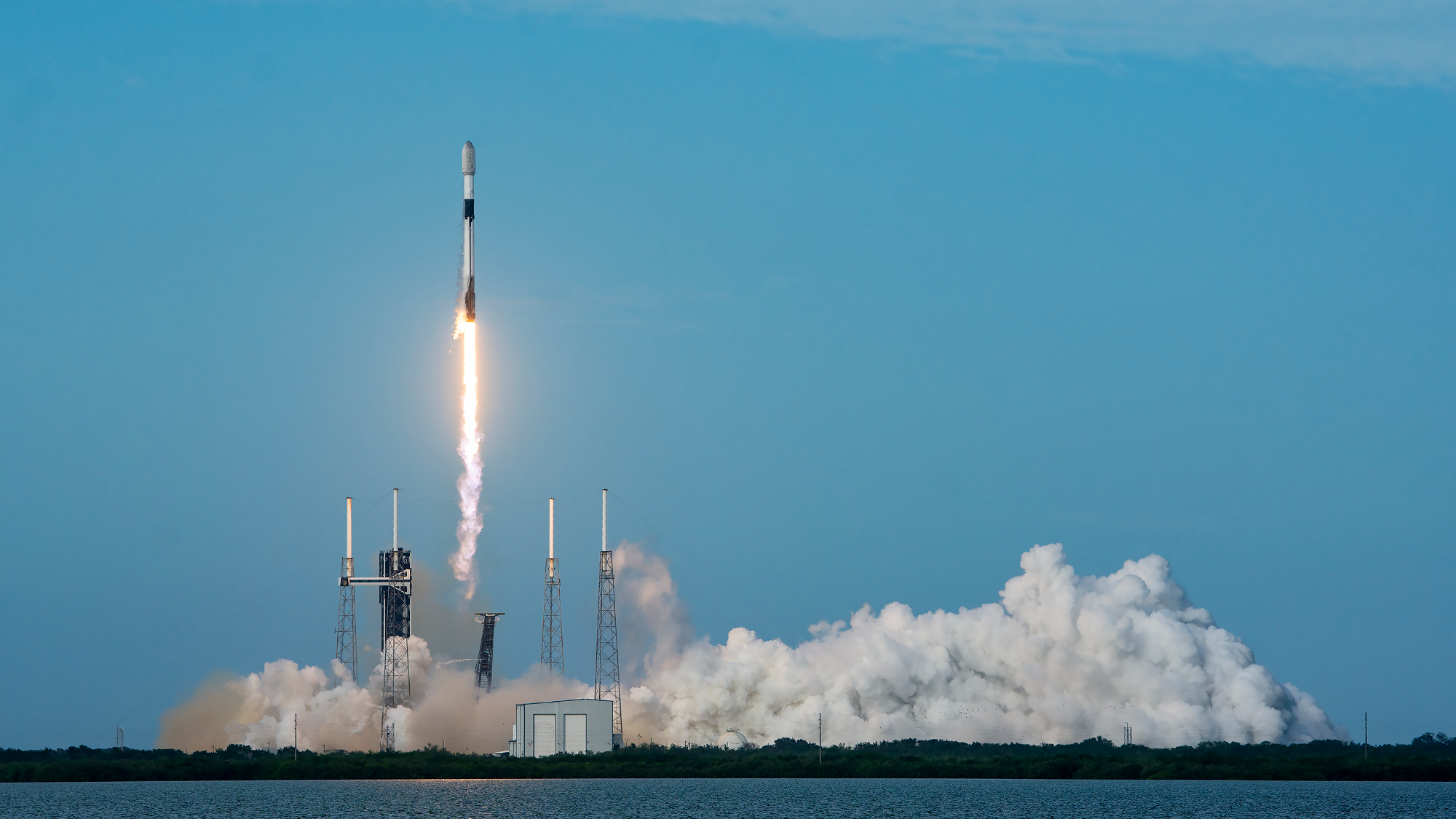
© SpaceX
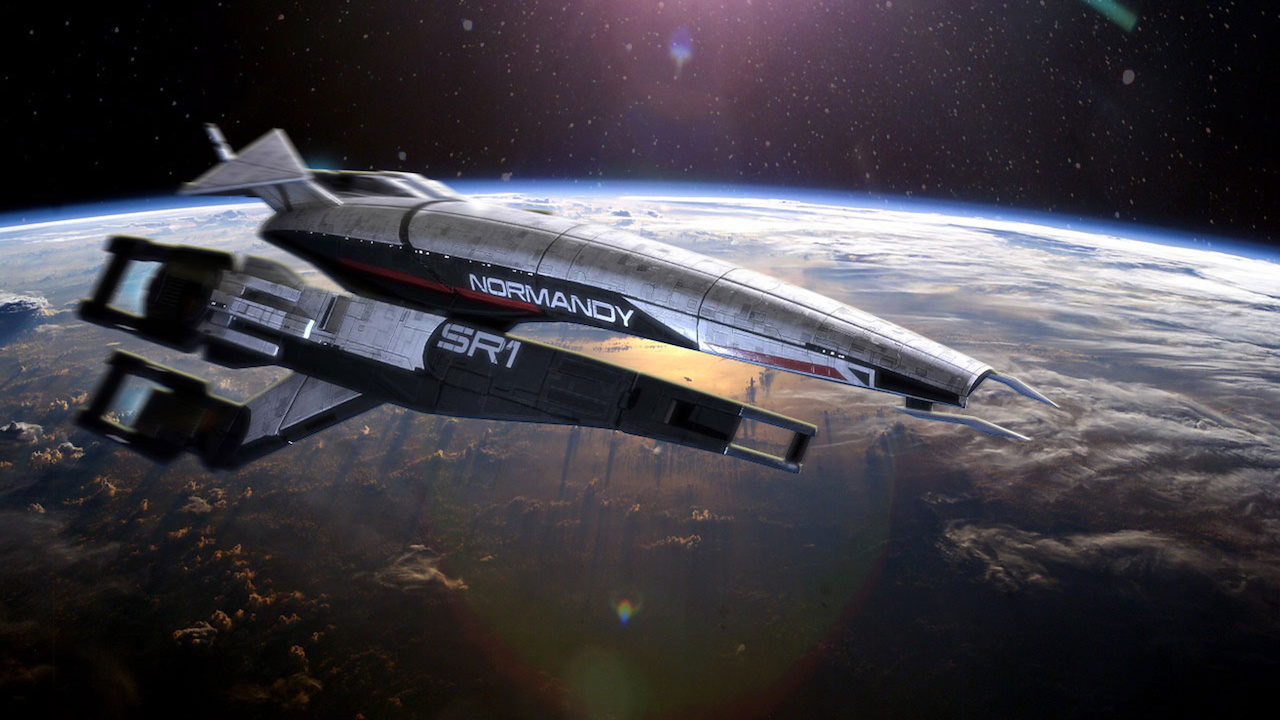
© EA/BioWare

© Disney
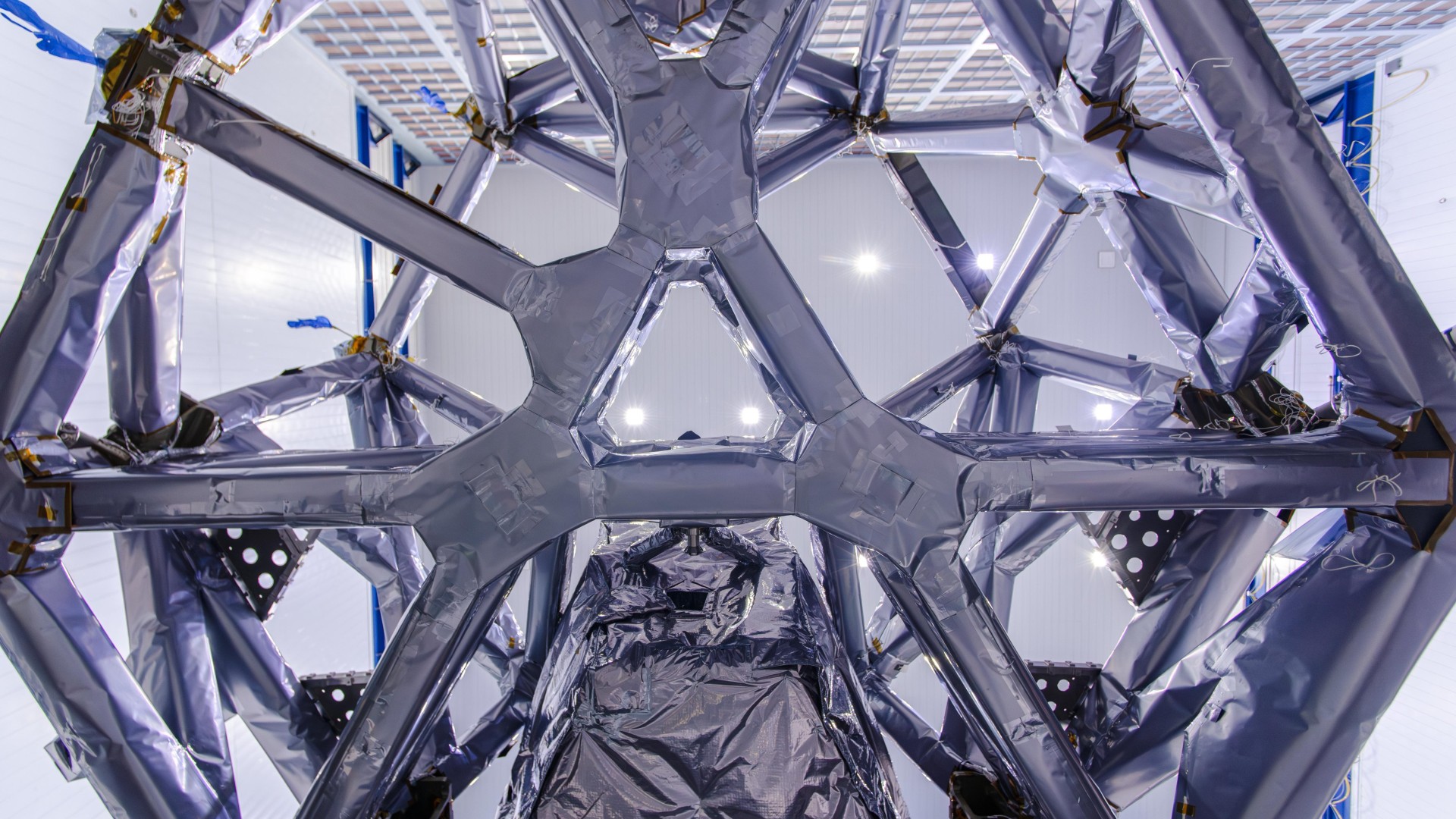
© NASA/Sydney Rohde

© TWiT
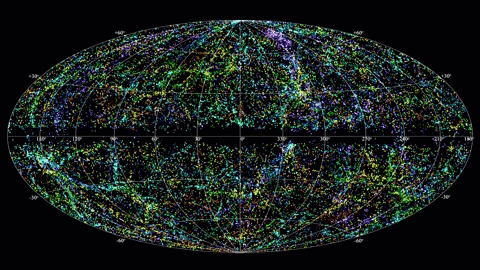
© NRAO Outreach/T. Jarrett (IPAC/Caltech); B. Saxton, NRAO/AUI/NSF
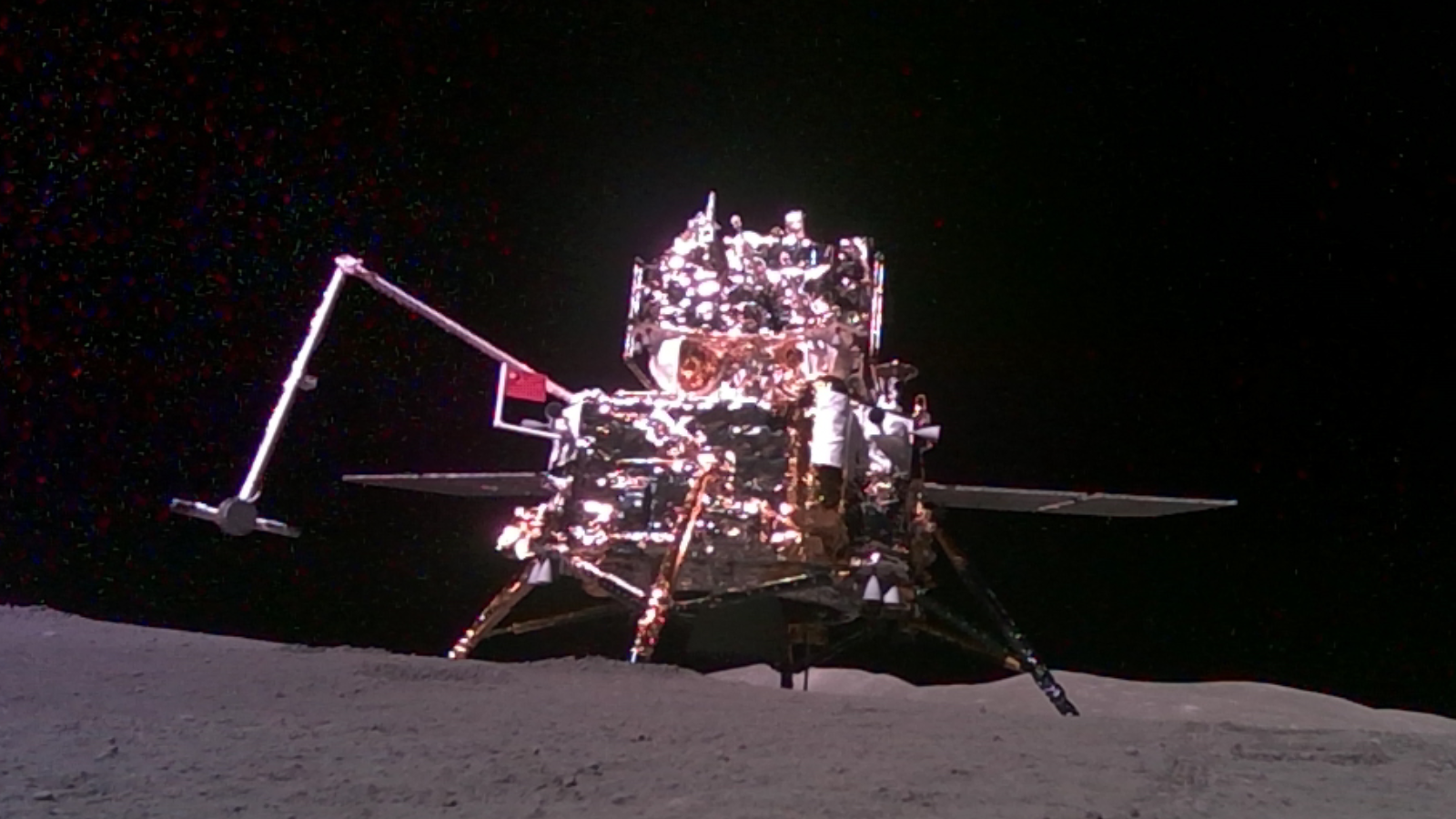
© CNSA
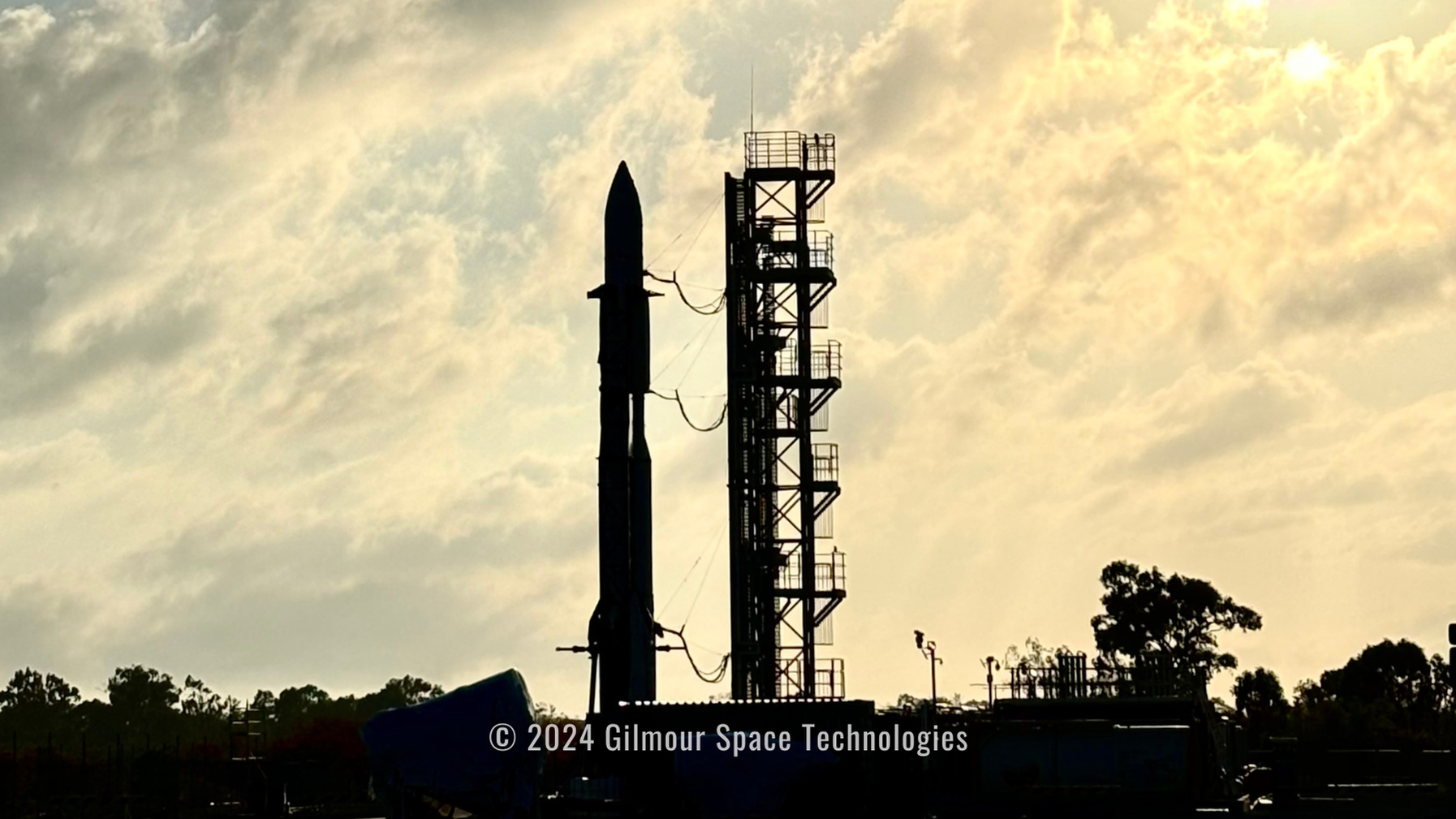
© Gilmour Space Technologies

© Ricardo Arduengo/AFP via Getty Images
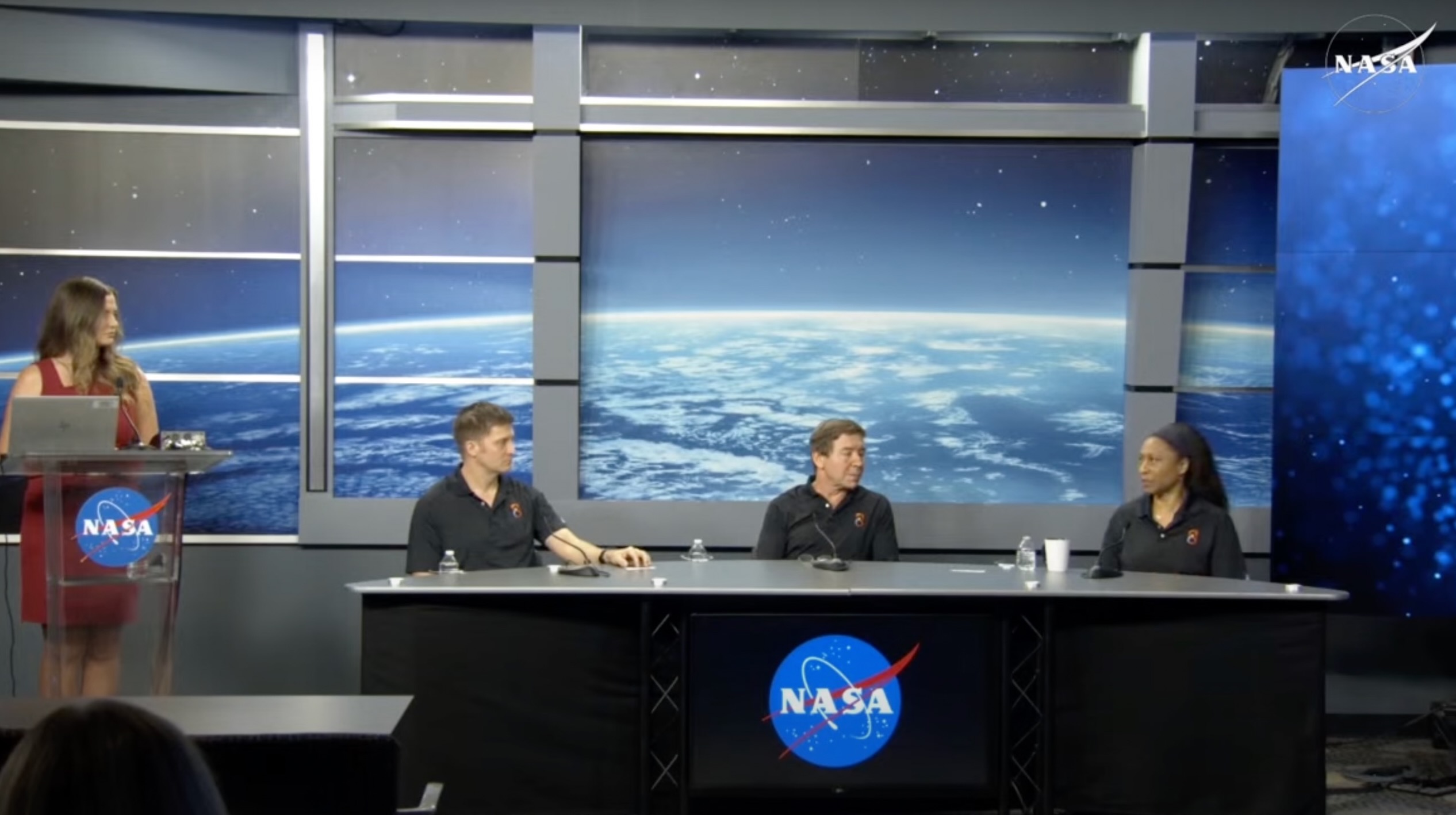
© NASA
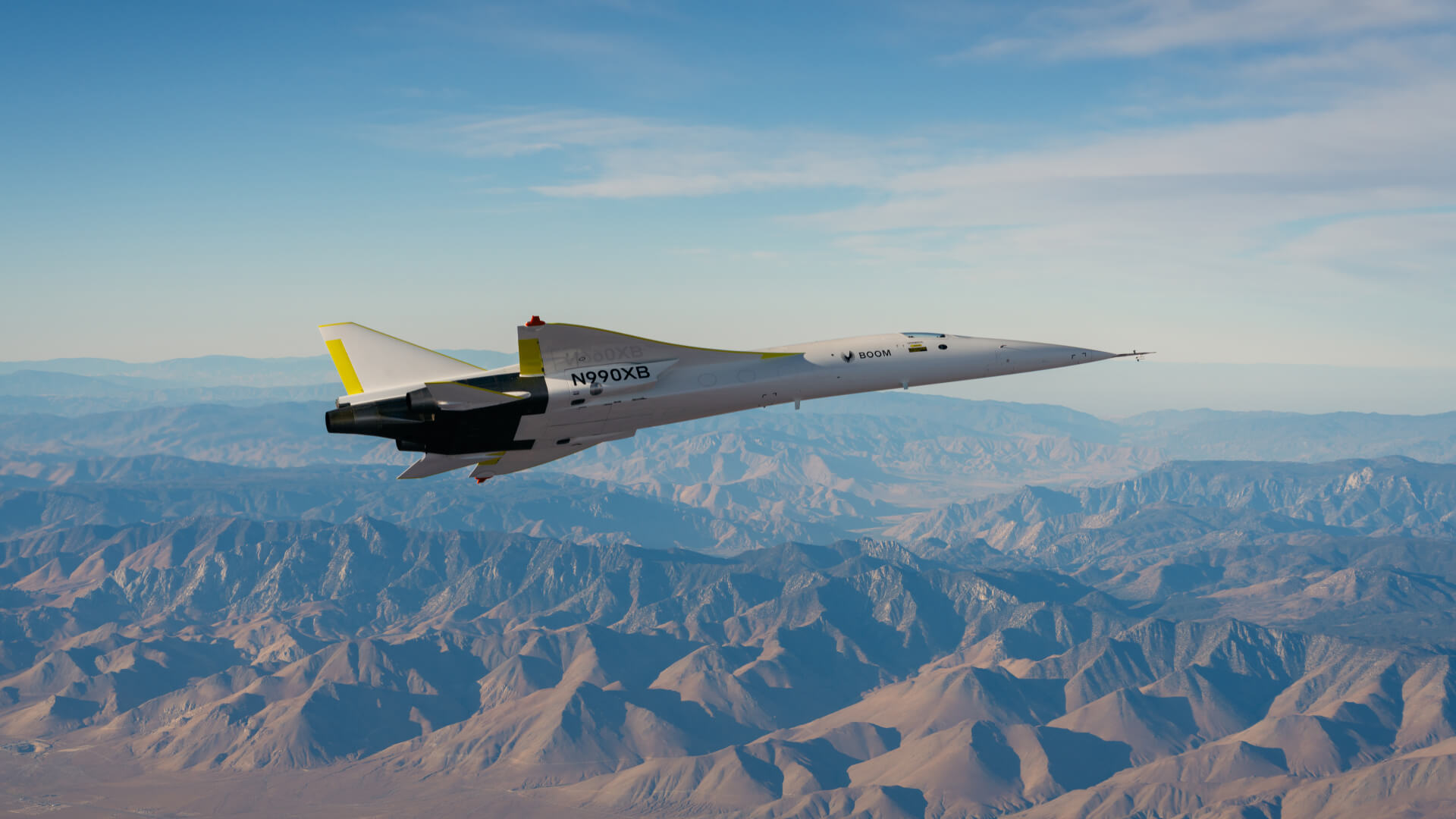
© Boom Supersonic

© Lucasfilm/Disney
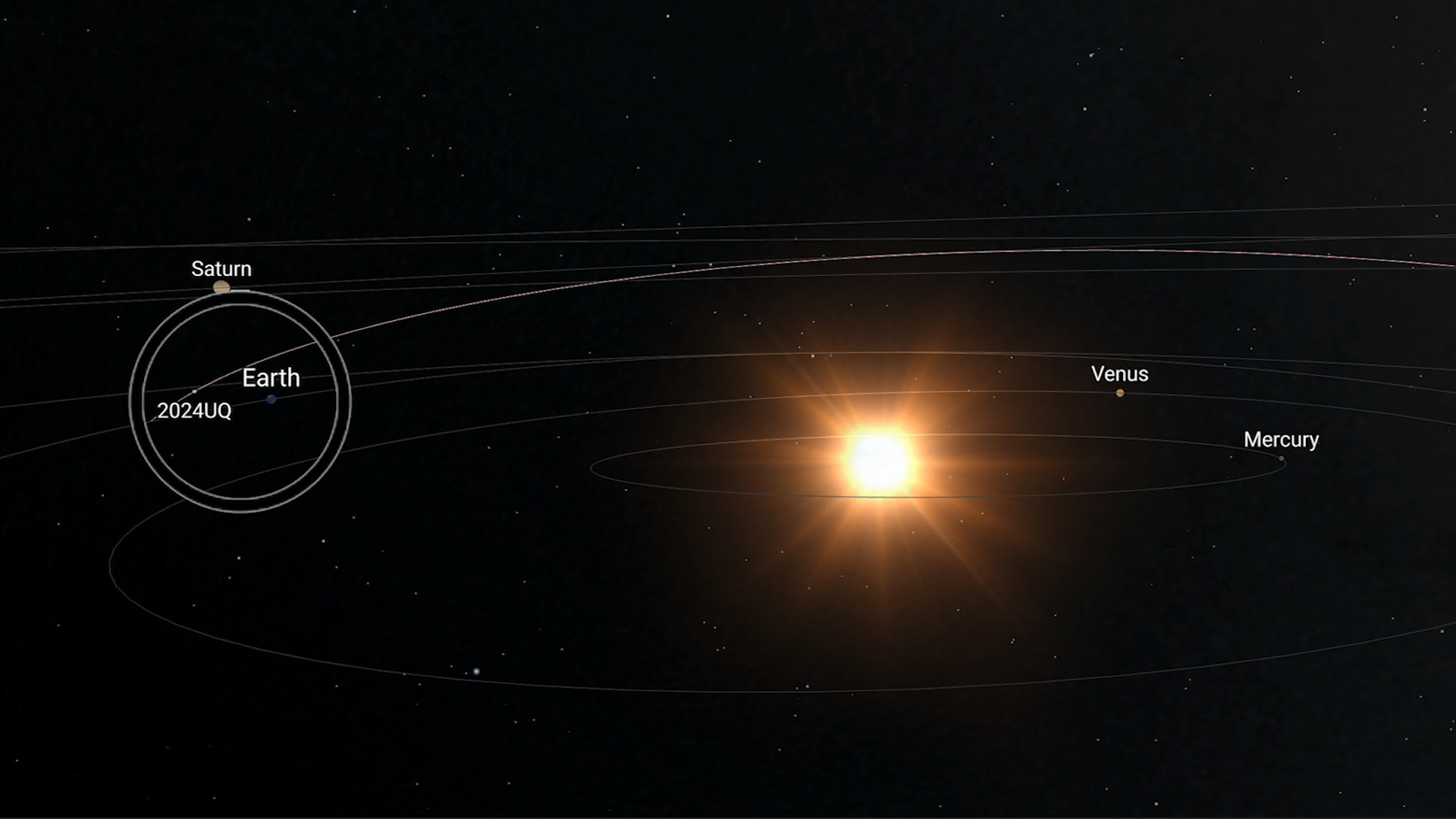
© ESA NEO Toolkit

© SpaceX
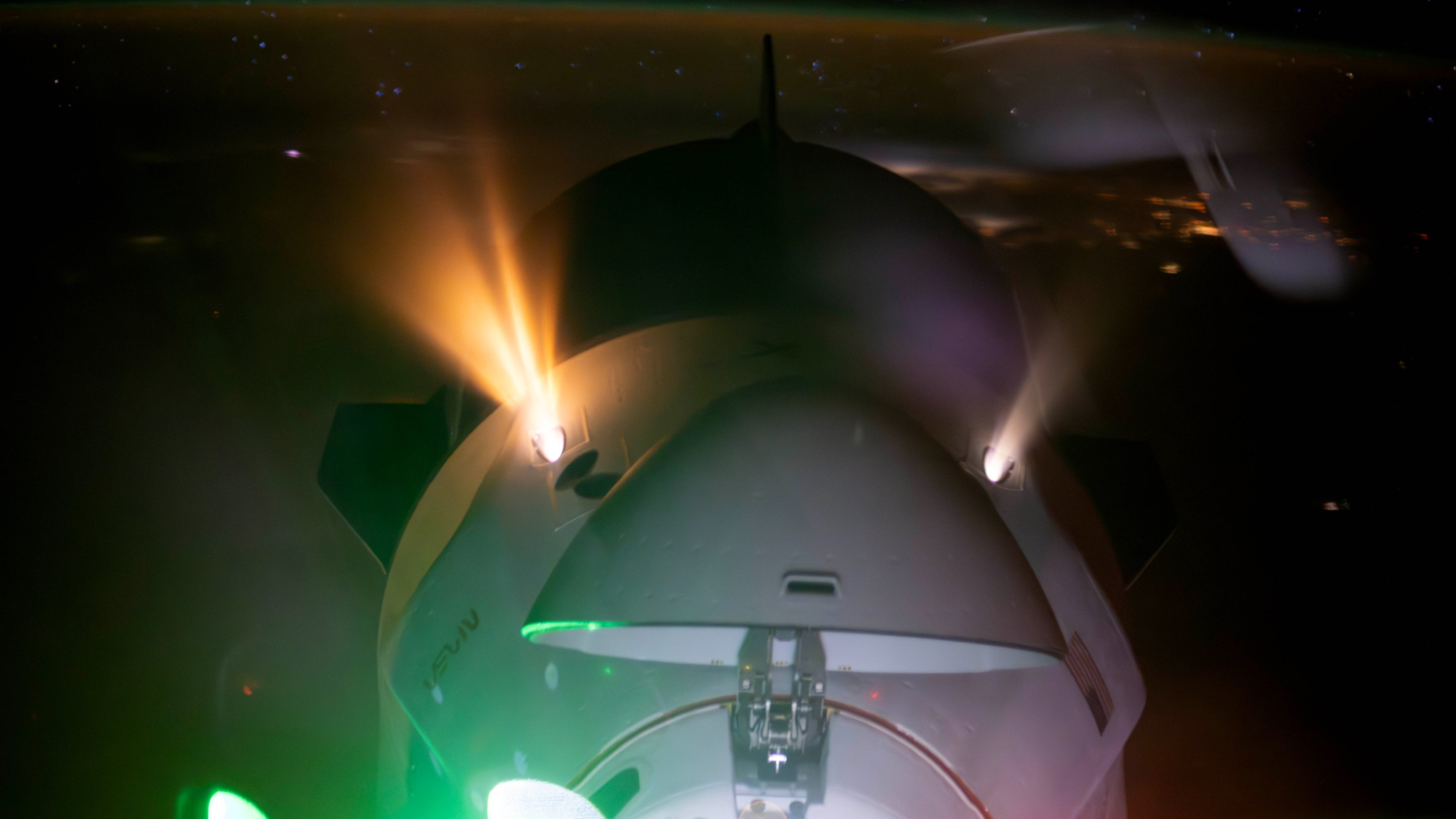
© NASA/Don Pettit
Mars is tantalizingly similar to Earth in many ways, but especially in its surface features, which often resemble Earth deserts to an eerie degree. Both Earth and Mars share features such as valleys; canyons; fanlike washes of sand and rock; and long, winding gravel ridges called eskers. All are formed by flowing water, marking theContinue reading "How carbon dioxide glaciers gave Mars liquid water"
The post How carbon dioxide glaciers gave Mars liquid water appeared first on Astronomy Magazine.
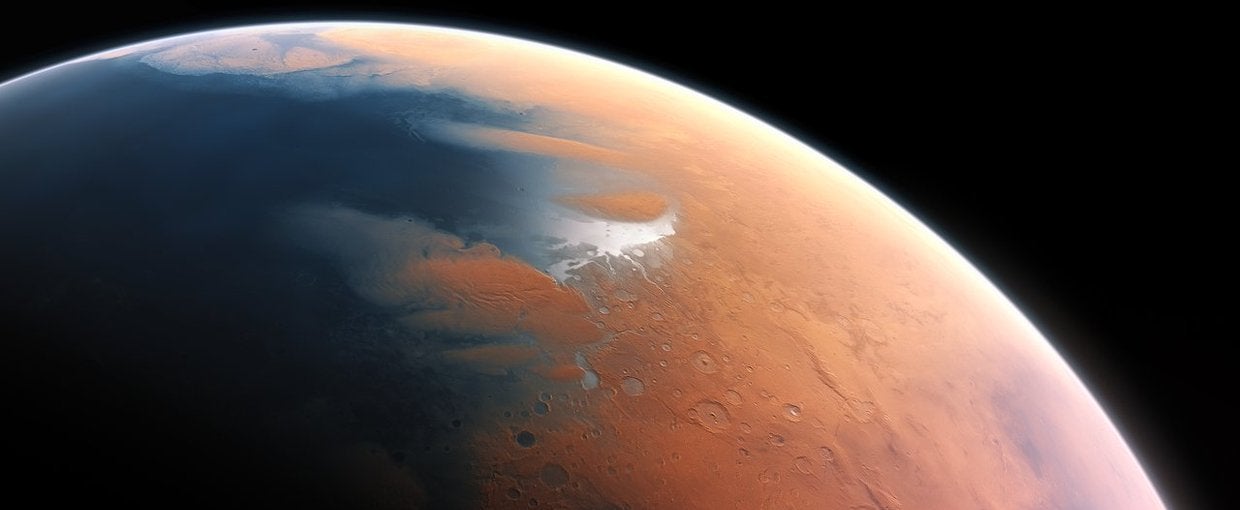

© Axiom Space

© ESA-SJM Photography
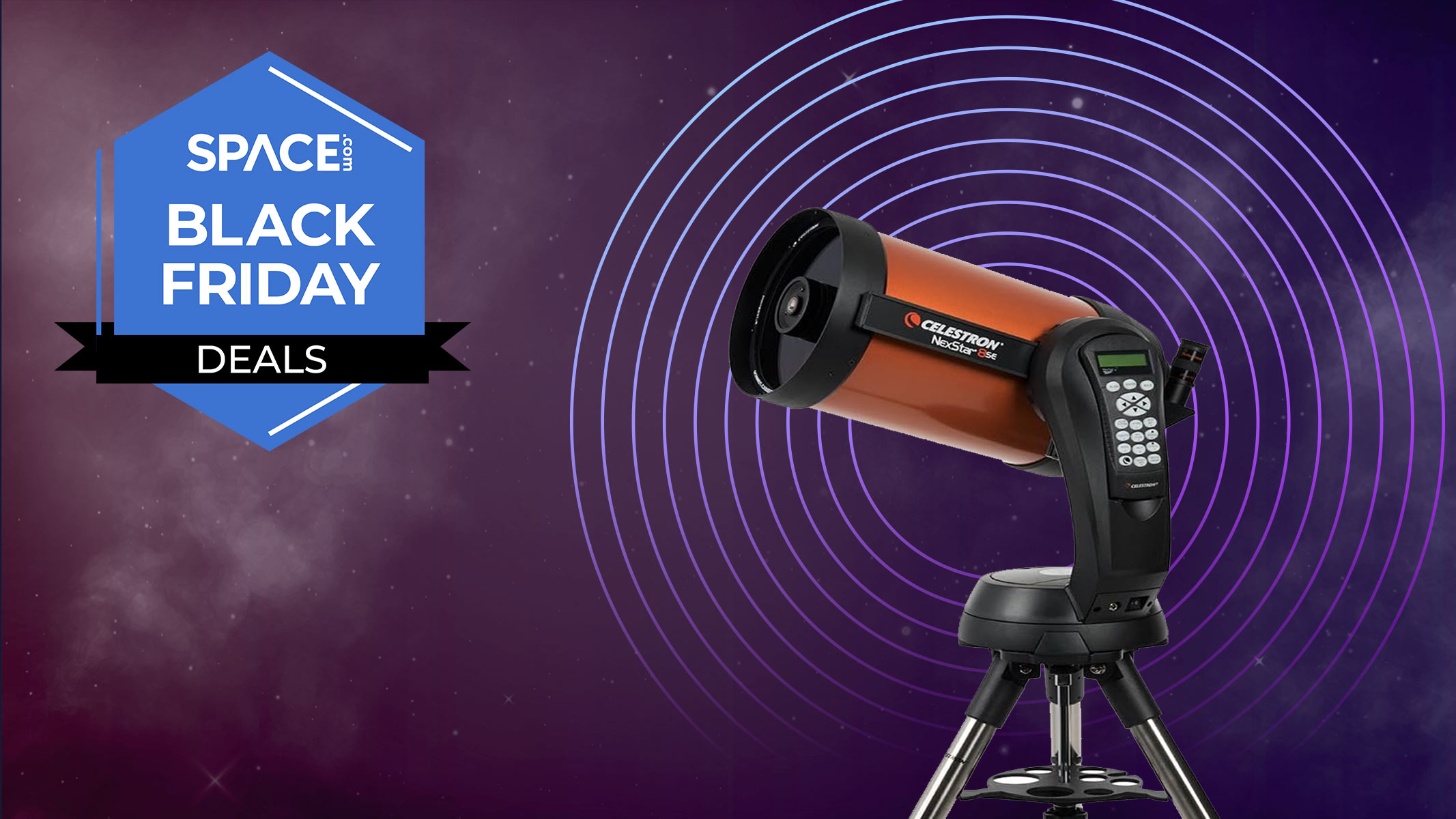
© Fututre/Amazon
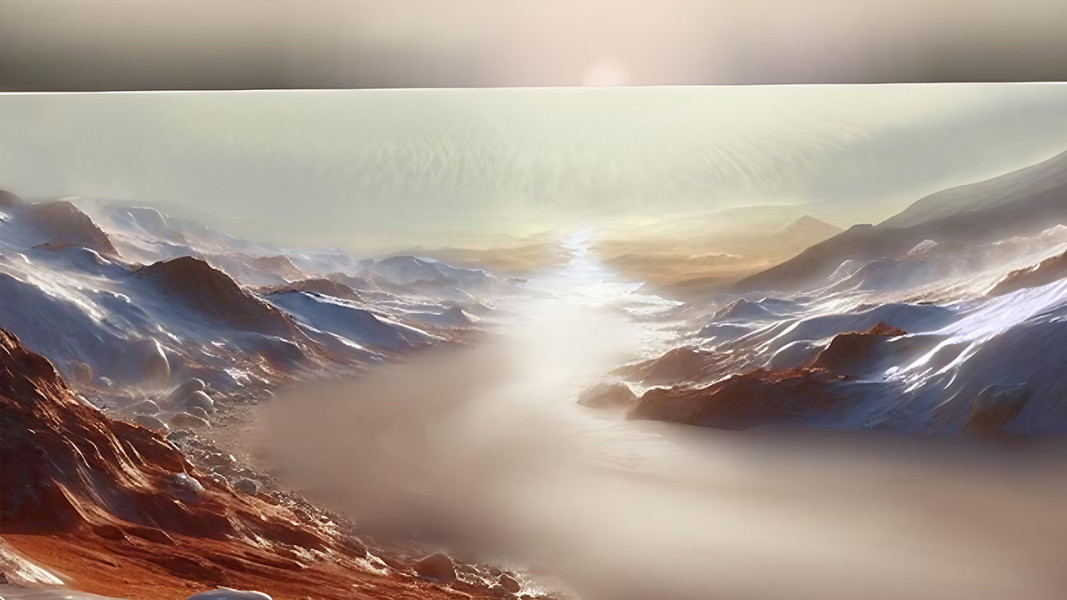
© Peter Buhler/PSI
Author(s): Michael Schirber
A theoretical model shows that exchange of information plays a key role in the molecular machines found in biological cells.
[Physics 17, 162] Published Fri Nov 08, 2024
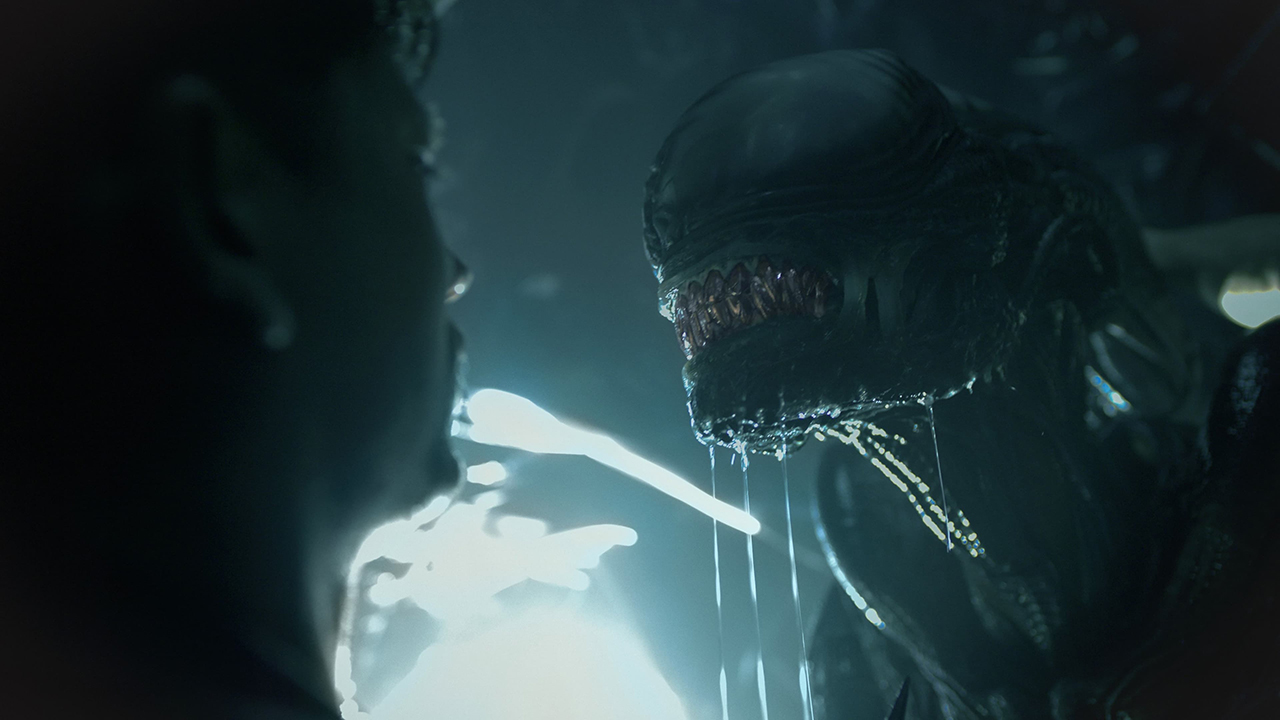
© 20th Century Studios
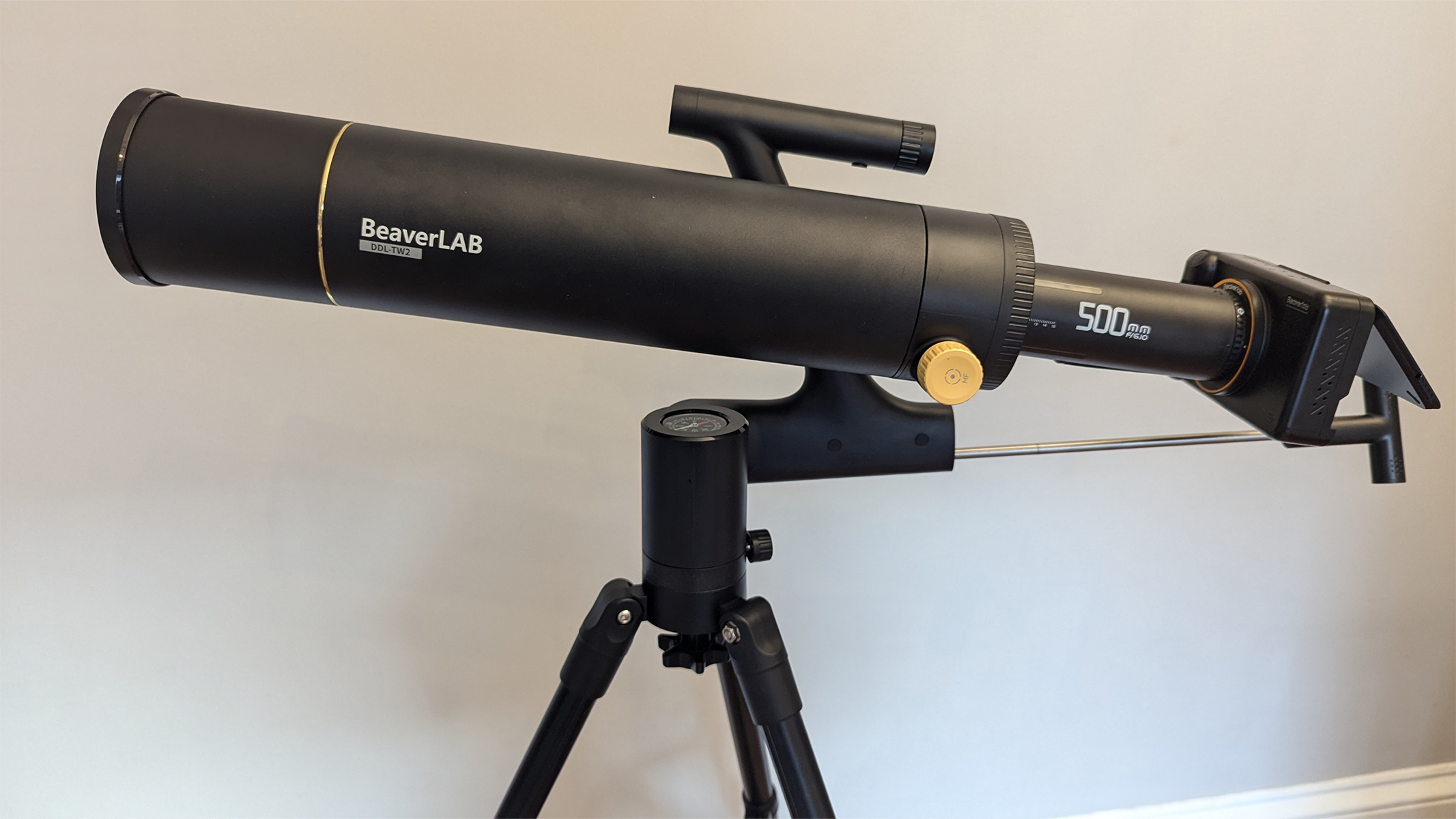
© Future
Roughly every 15 years, Earth passes through the plane of Saturn’s rings, causing them to nearly disappear from view — not to mention generating a variety of other interesting phenomena. The next such edge-on appearance will be in March 2025, though Saturn will unfortunately be too close to the Sun (only 9.5° away) for usContinue reading "How to see a Saturn ring mirage"
The post How to see a Saturn ring mirage appeared first on Astronomy Magazine.
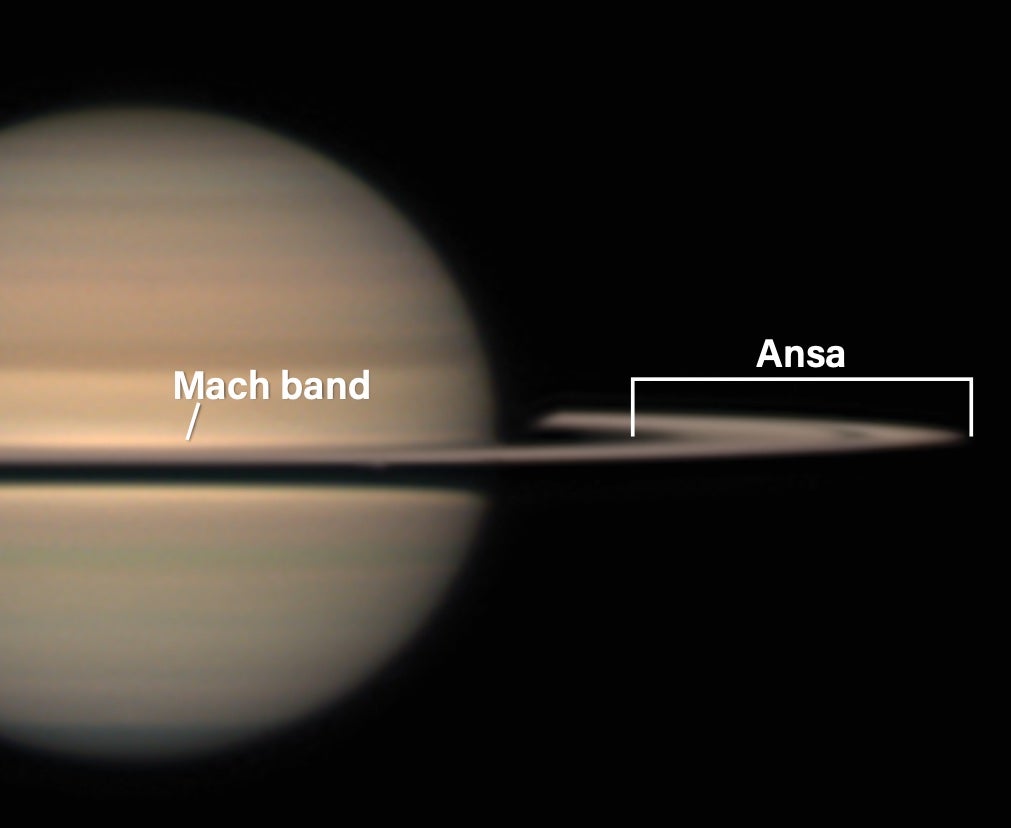
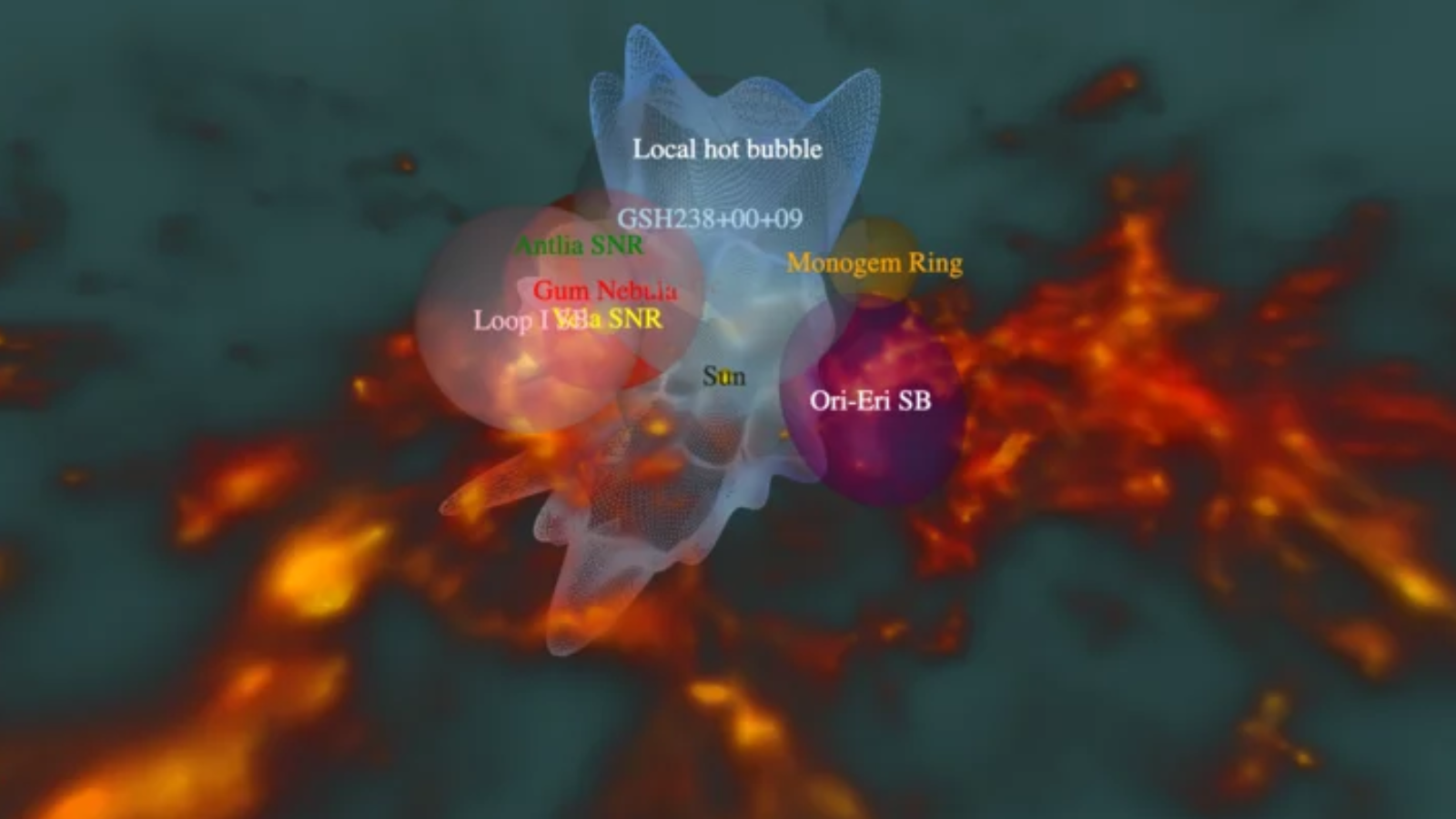
© Michael Yeung / MPE

© Chris Vaughan/Starry Night
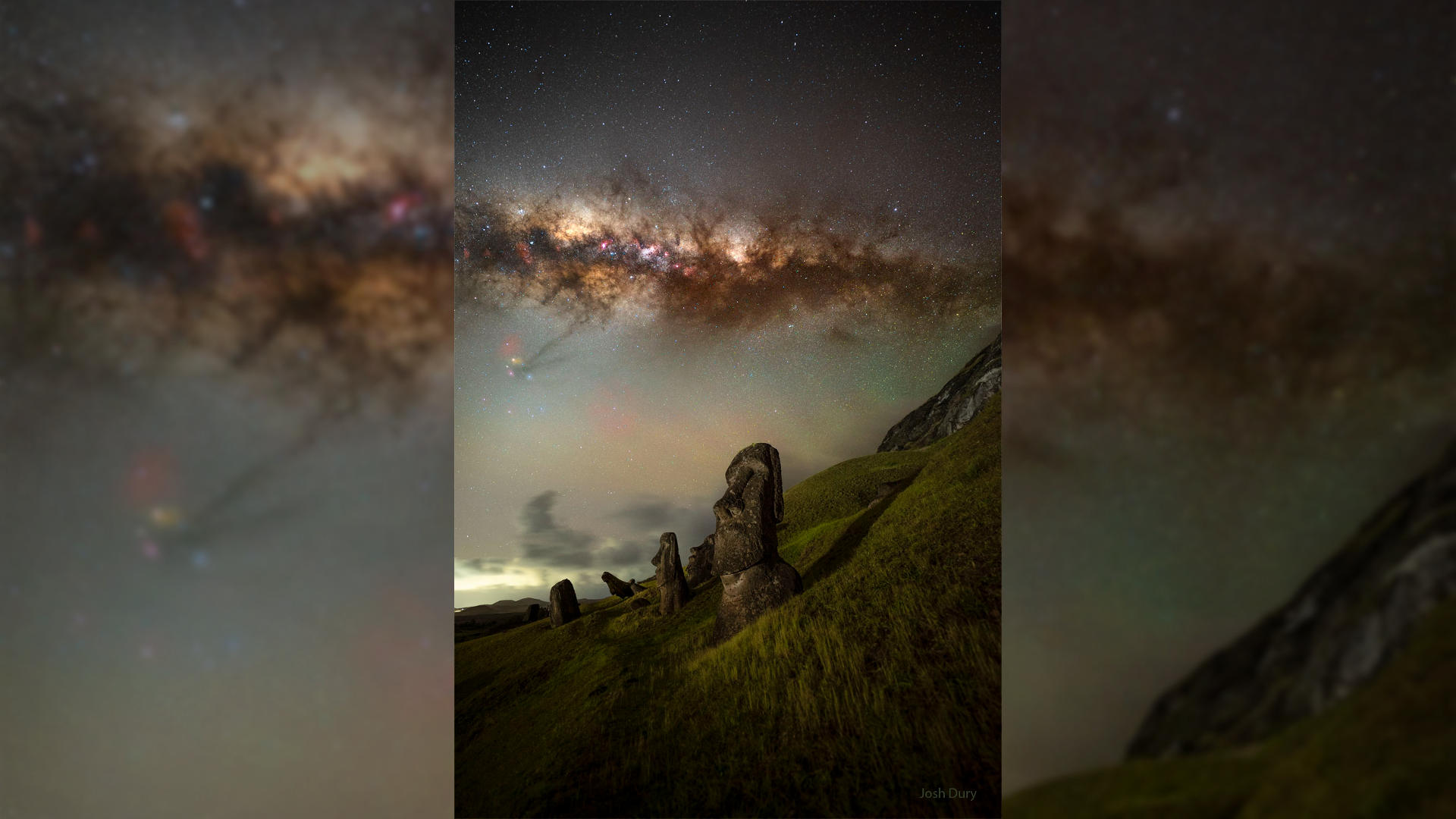
© Josh Dury
The sixth test flight of Starship — the largest and most powerful rocket to ever fly — will launch no earlier than 5 p.m. EST on Monday, November 18, SpaceX said Wednesday. The previous test flight of Starship, which SpaceX also refers to simply as “Ship,” and the Super Heavy booster resulted in the unprecedented catchContinue reading "SpaceX: Starship Flight 6 coming later this month"
The post SpaceX: Starship Flight 6 coming later this month appeared first on Astronomy Magazine.
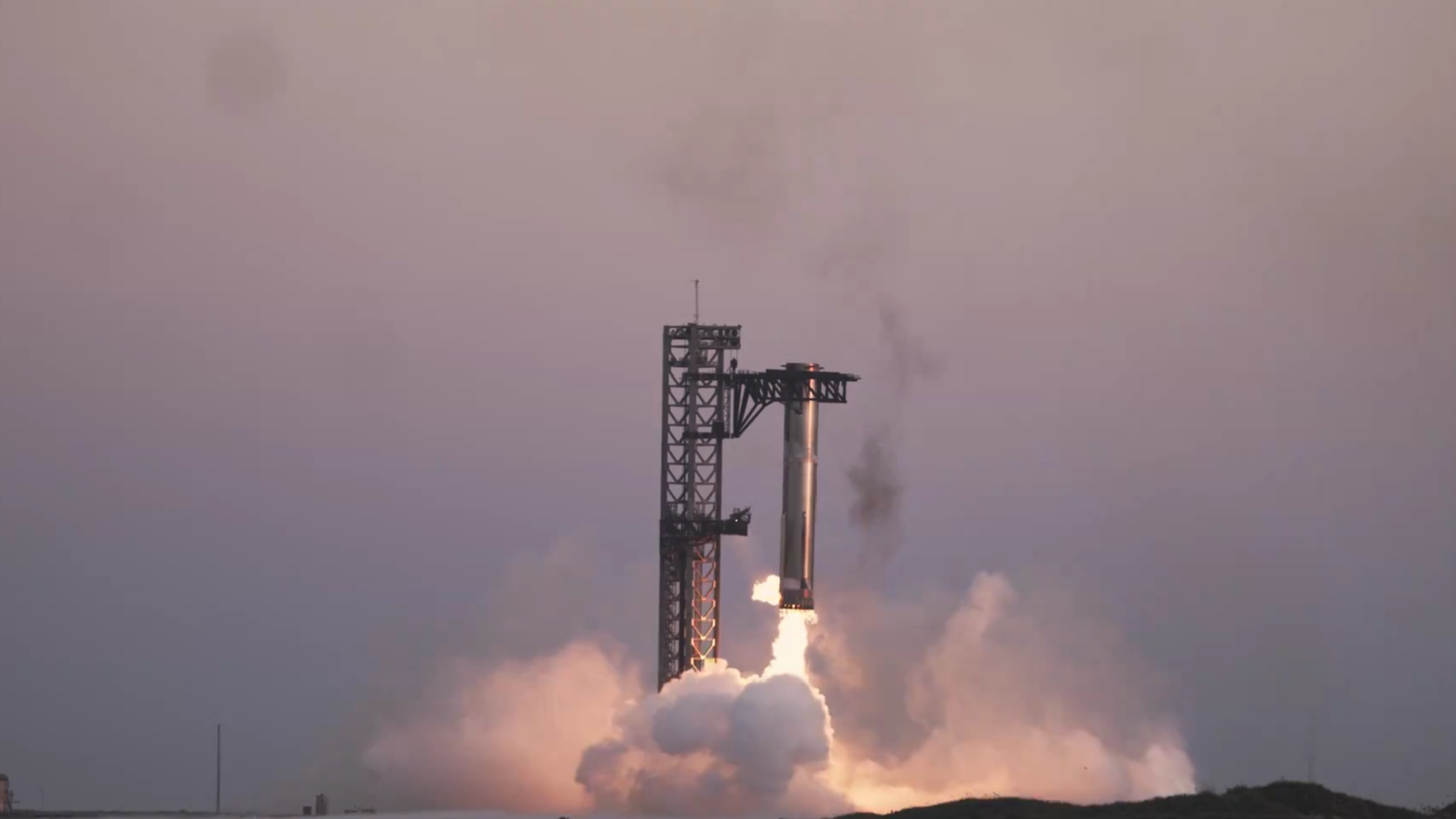
Friday, November 8Although the constellation Perseus is perhaps best known for housing the famous Double Cluster, it’s also home to another open star cluster: M34, one of the Hero’s two Messier objects. M34 is some 180 million years old and sits 1,400 light-years from Earth. The cluster contains about 100 stars and takes up roughlyContinue reading "The Sky This Week from November 8 to 15: Catch the Leonids early"
The post The Sky This Week from November 8 to 15: Catch the Leonids early appeared first on Astronomy Magazine.
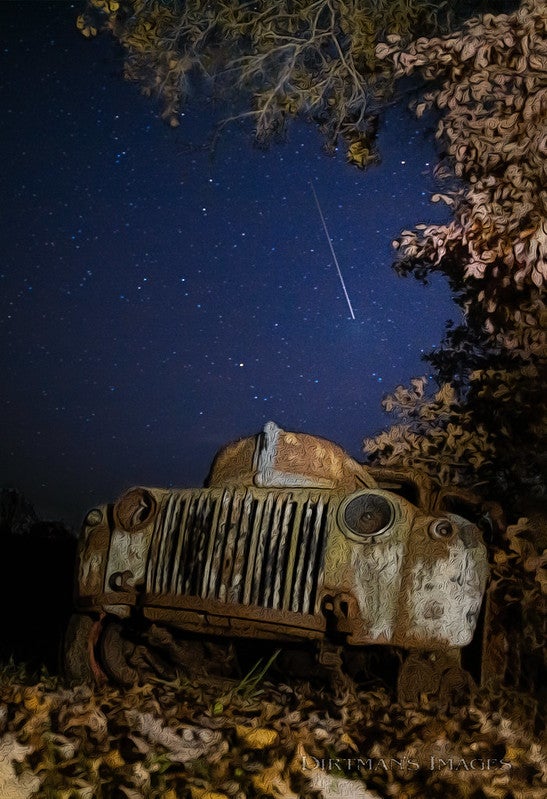

© Roscosmos

© Pléiades NEO © Airbus DS, provided under Copernicus by the European Union and ESA

© NOAA/CIRA
Author(s): Matteo Rini
Two dark matter searches report that their detectors have likely recorded neutrinos coming from the Sun—spotting the “neutrino fog” that could imperil future dark matter searches.
[Physics 17, 161] Published Thu Nov 07, 2024

© STEVE GSCHMEISSNER/SCIENCE PHOTO LIBRARY/Getty Images
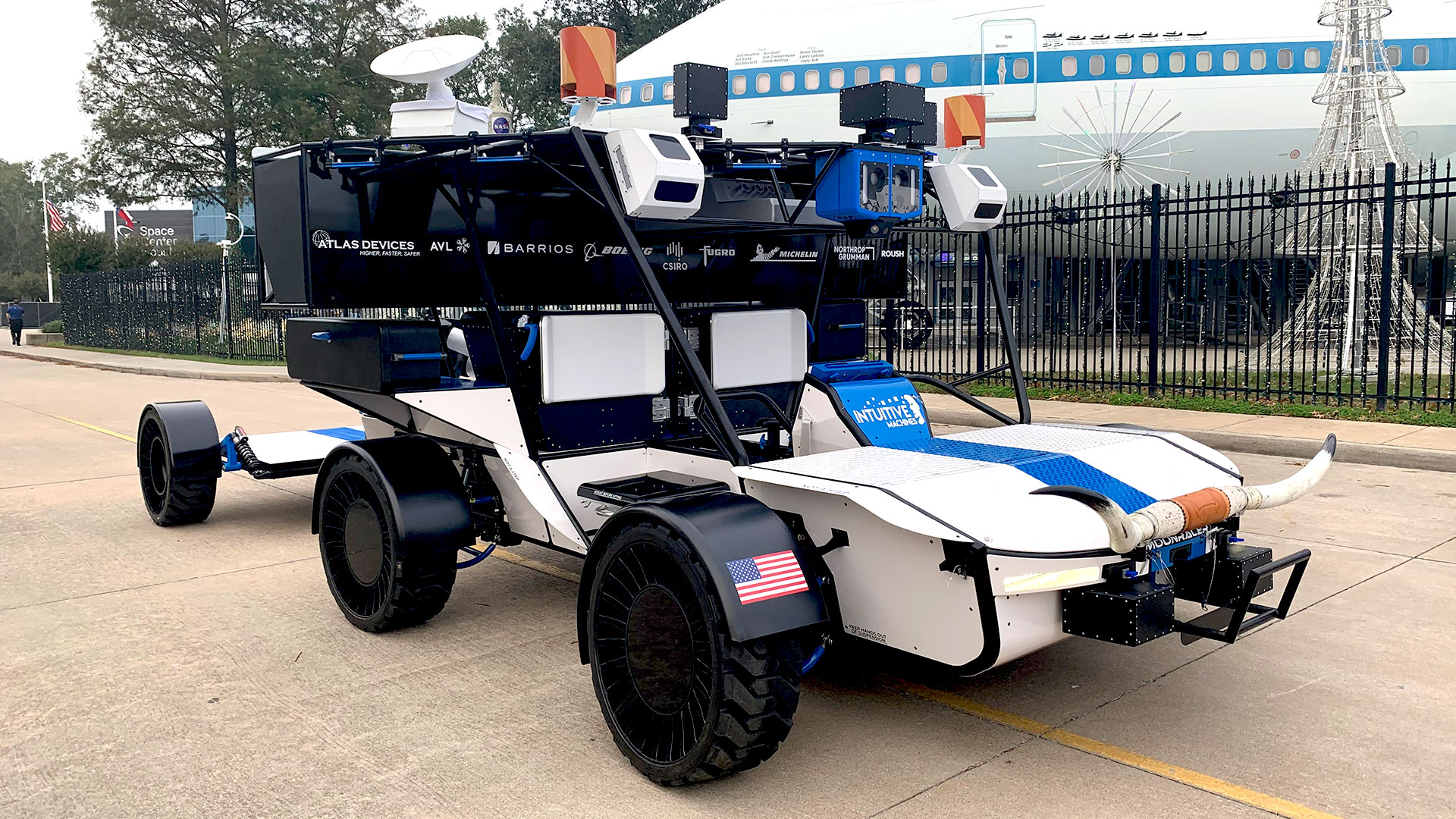
© collectSPACE.com
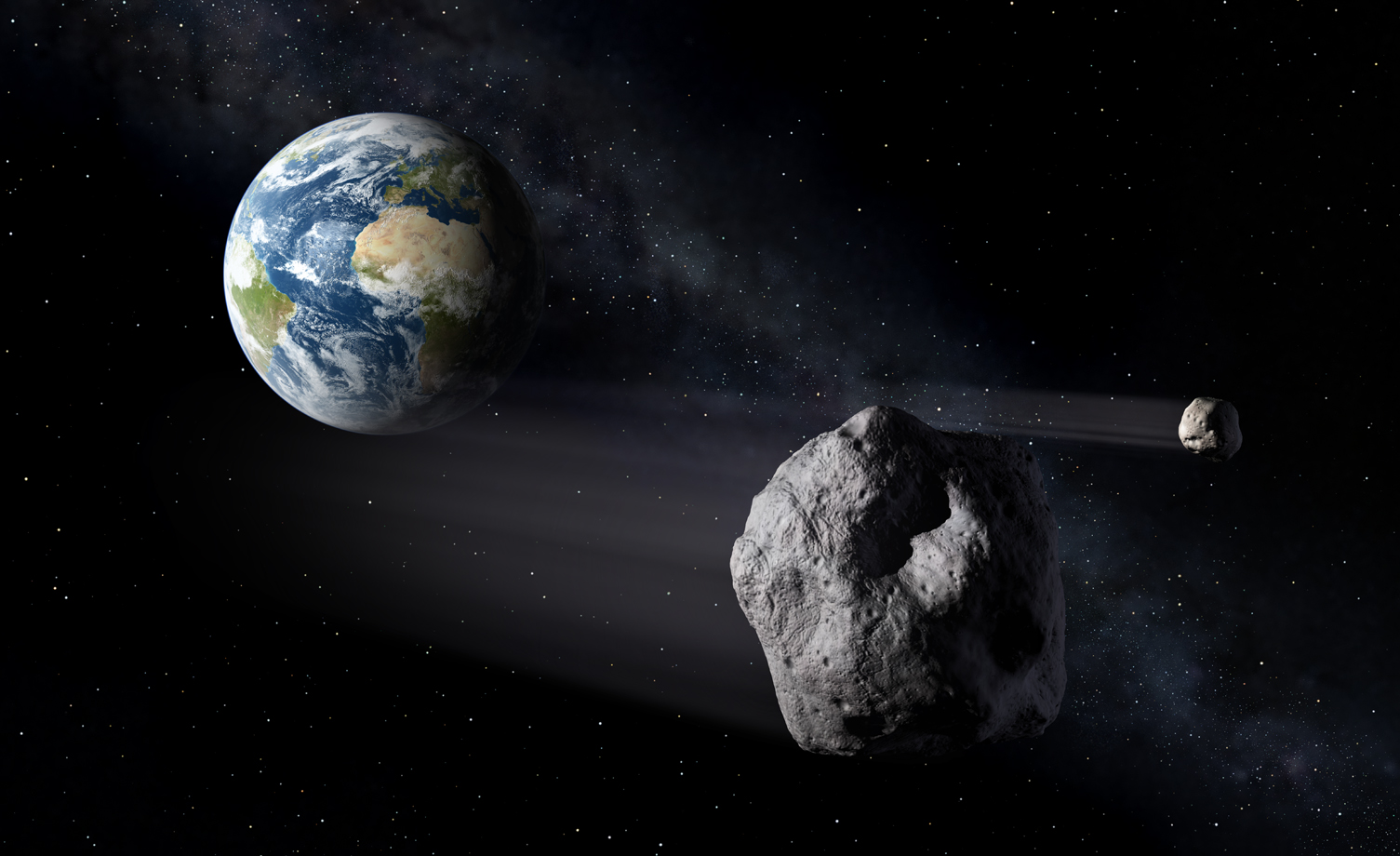
© ESA - P.Carril
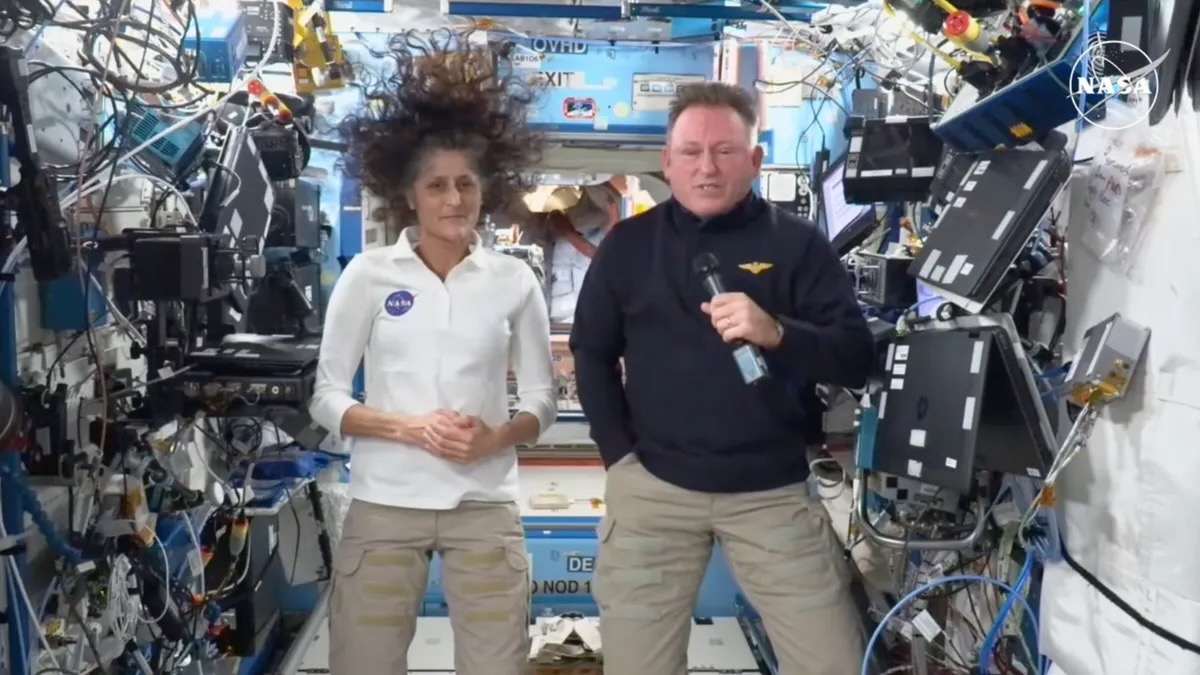
© NASA

© Paramount+

© Matt Morris

© NASA

© NASA/Carla Thomas
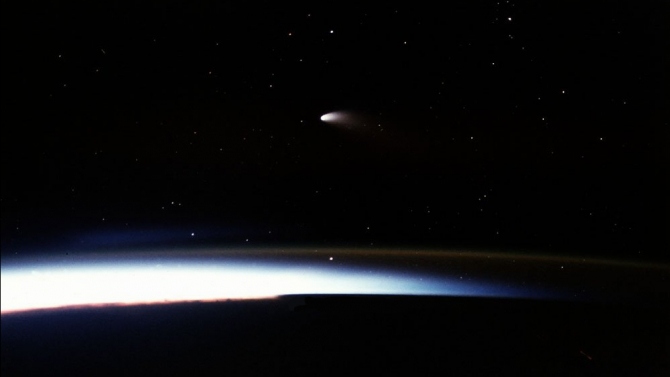
© NASA
Author(s): Charles Day
Crystals that have both a particular structure and a particular combination of electronic orbitals can be simultaneously ferromagnetic and ferroelectric.
[Physics 17, s131] Published Thu Nov 07, 2024

© Saturday Night Live
Many constellations are well-known for having one very special deep-sky object within their borders, something so famous that when you read or hear that constellation’s name, you instantly think of it, like an astronomical word association game. Orion? The Orion Nebula! Andromeda? The Andromeda Galaxy, of course! Lyra? Easy — the Ring Nebula. And Perseus?Continue reading "Five ‘shy,’ lesser-known deep-sky gems to observe"
The post Five ‘shy,’ lesser-known deep-sky gems to observe appeared first on Astronomy Magazine.
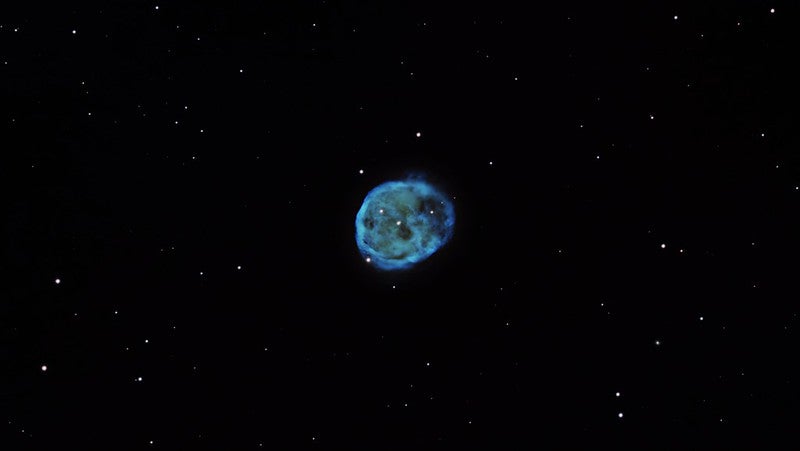

© NASA
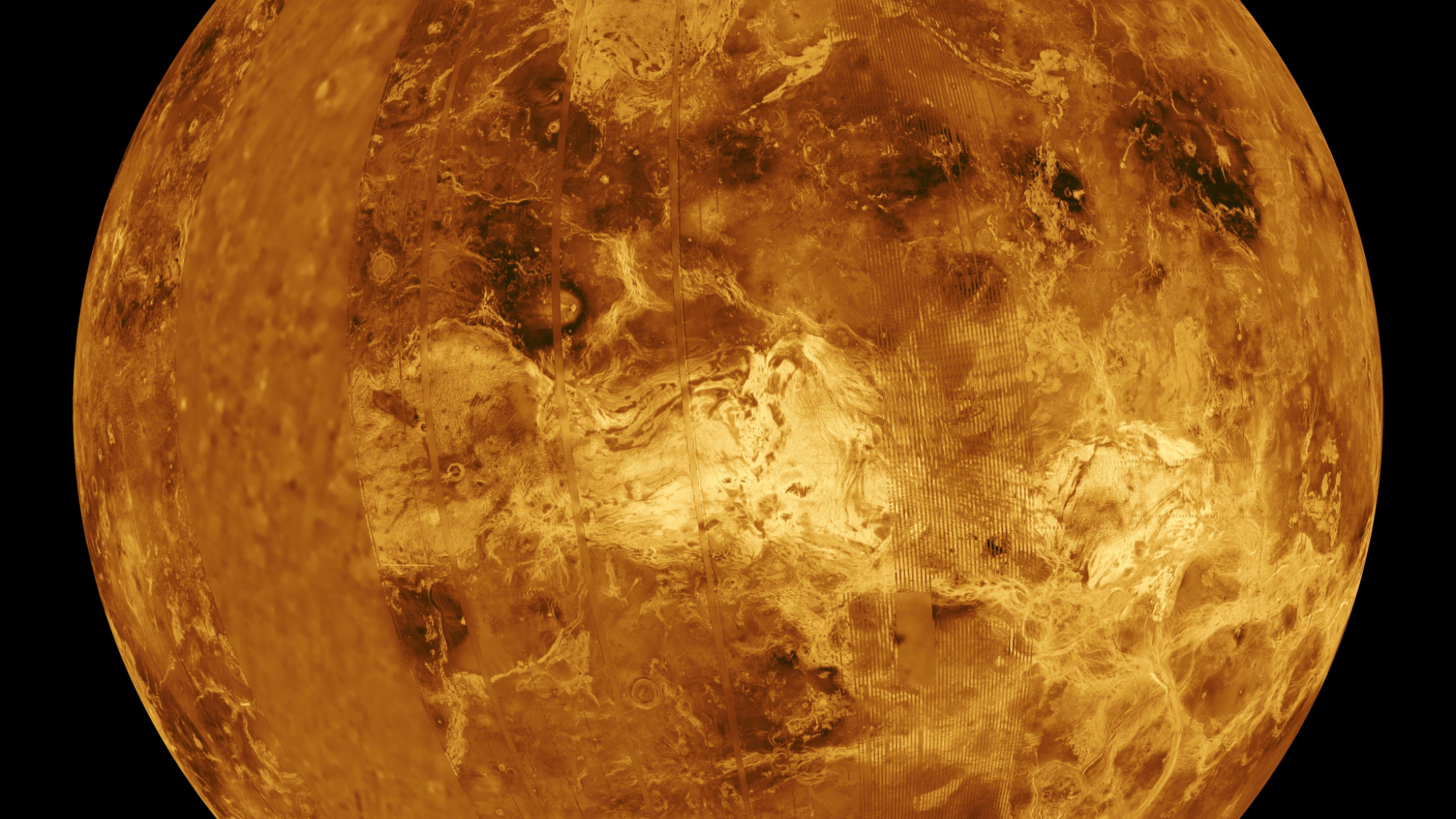
© NASA/JPL
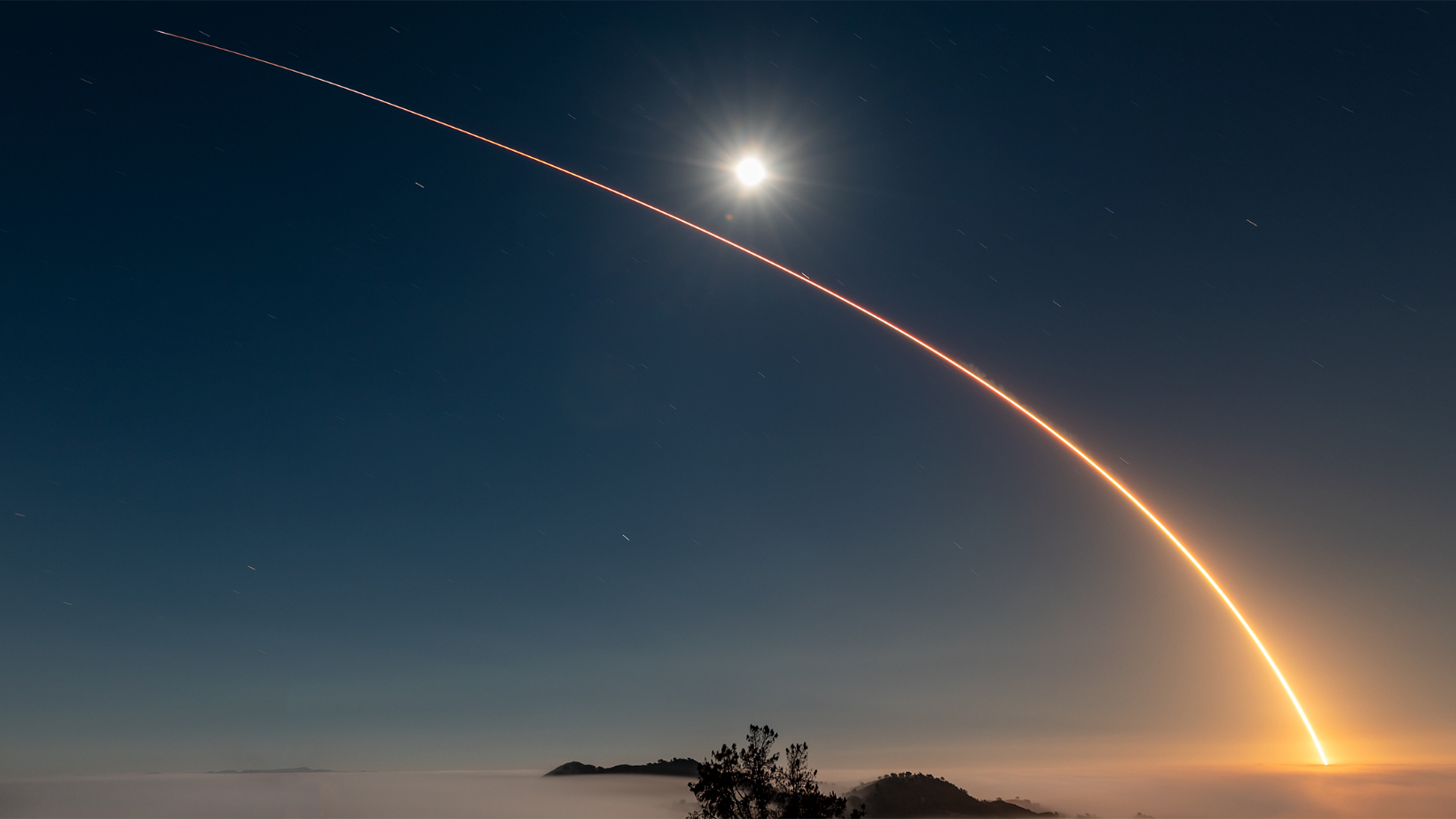
© SpaceX via X
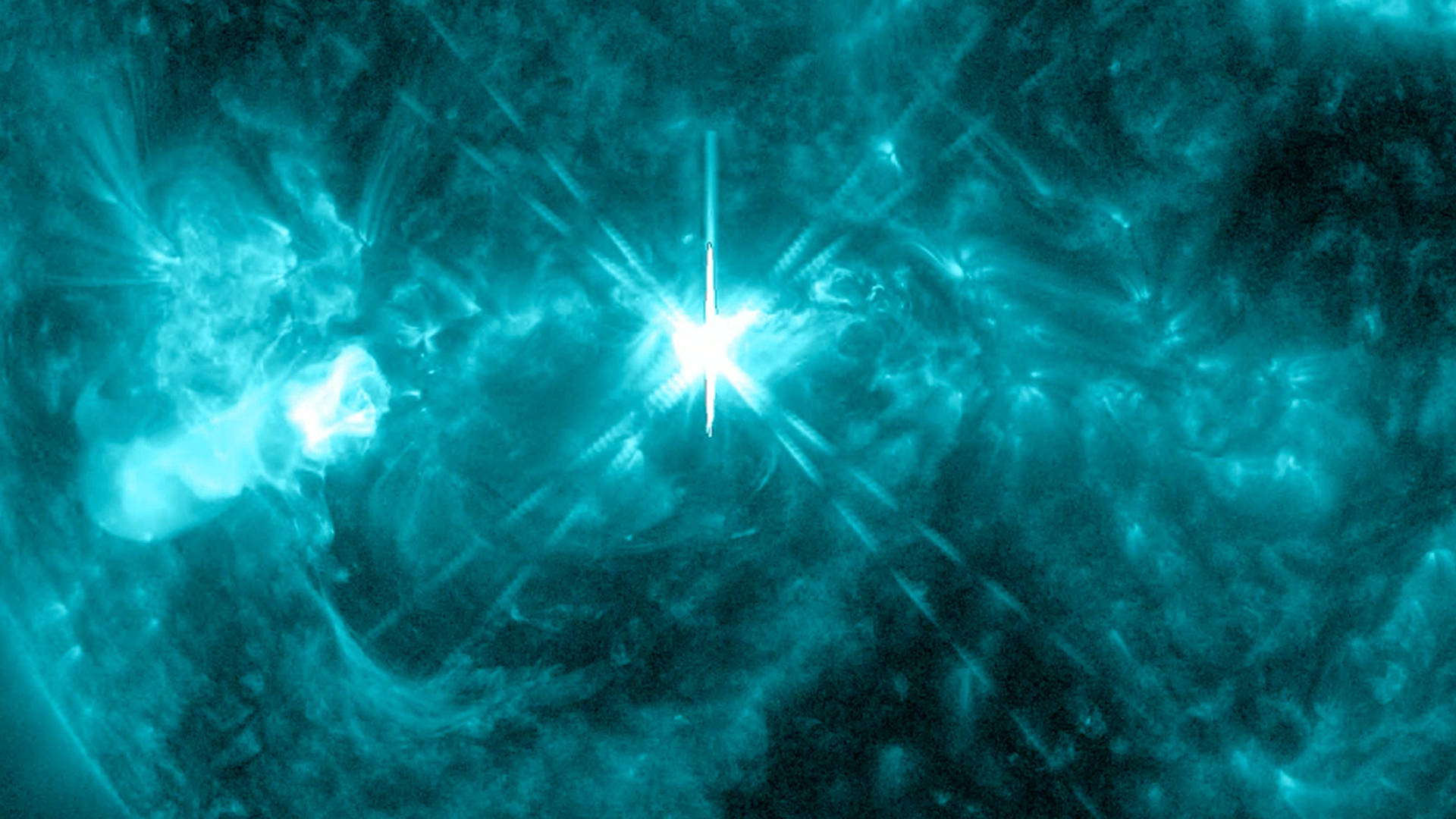
© NASA/SDO/Helioviewer
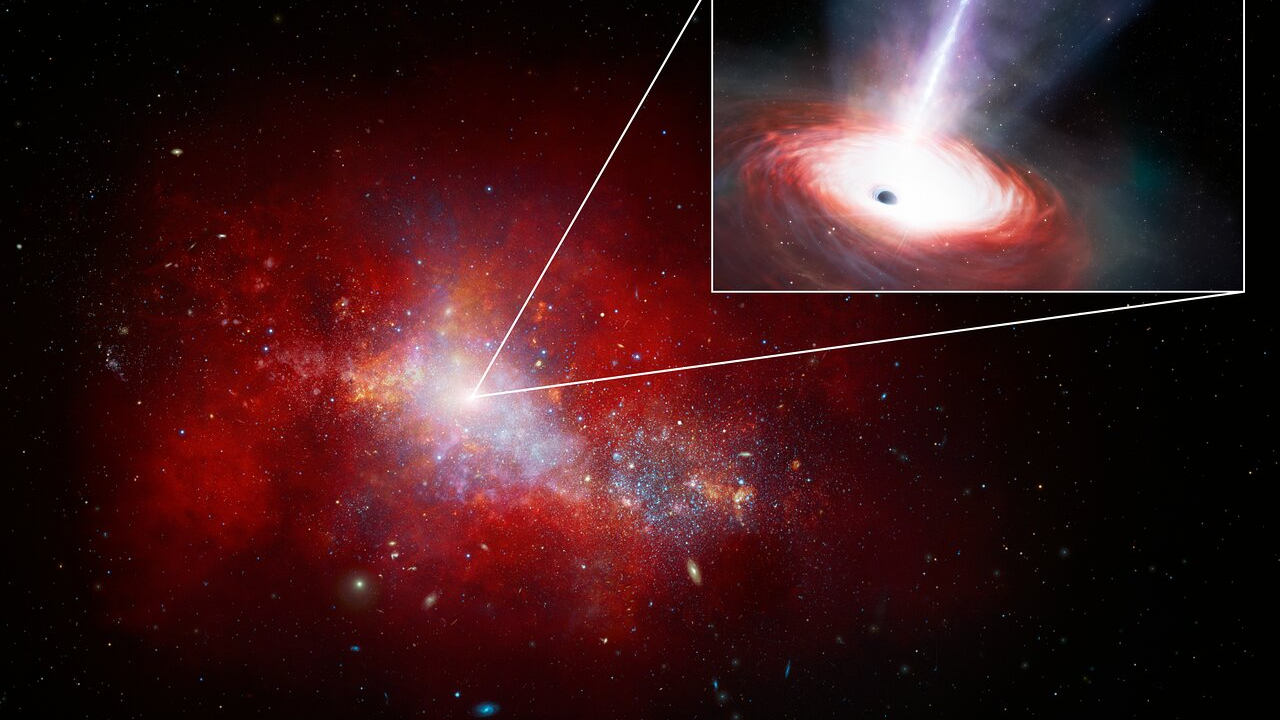
© NOIRLab/NSF/AURA/J. da Silva/M. Zamani

© Justin Merriman/Bloomberg via Getty Images

© SpaceX
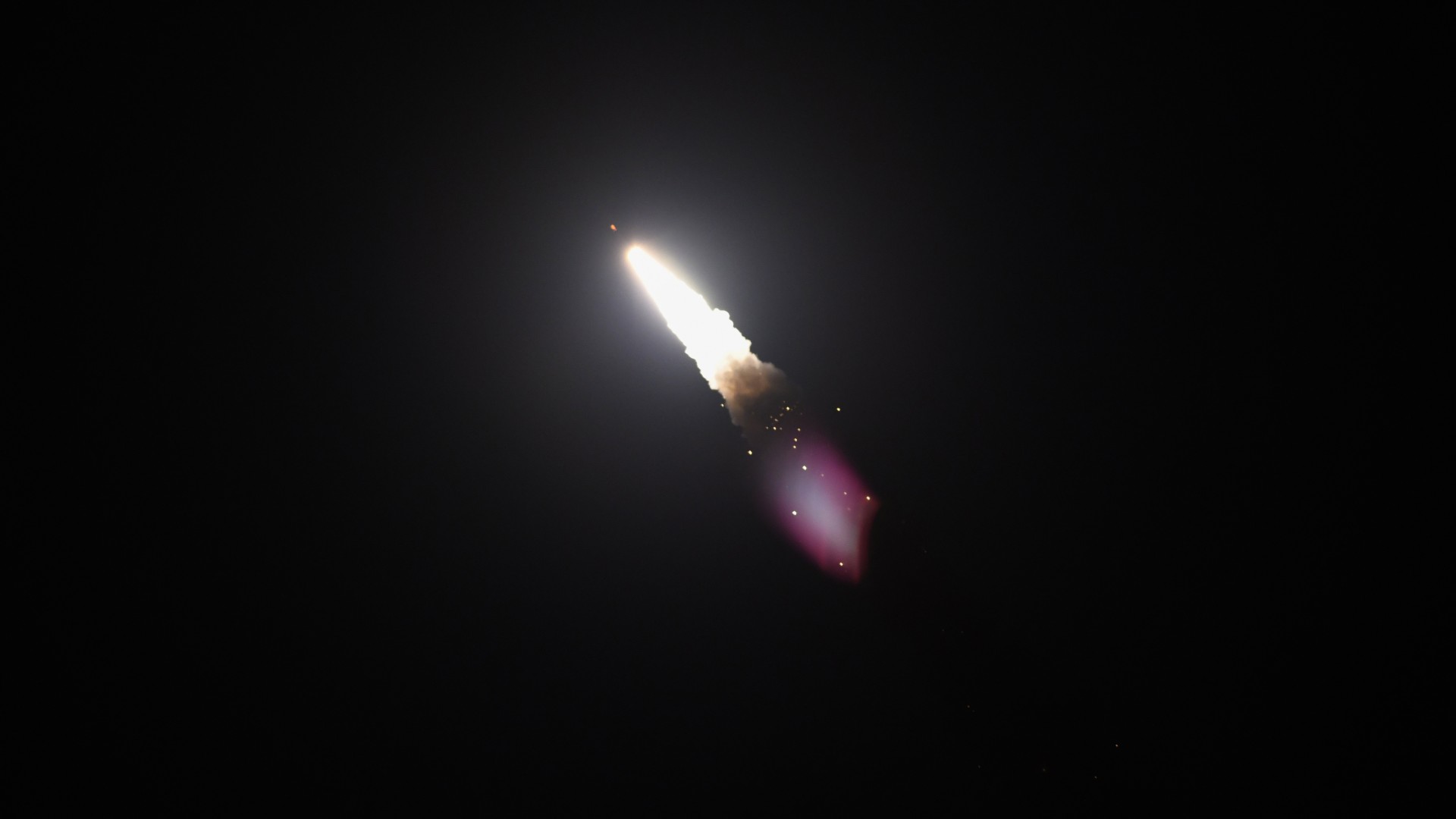
© U.S. Space Force photo by Airman 1st Class Olga Houtsma
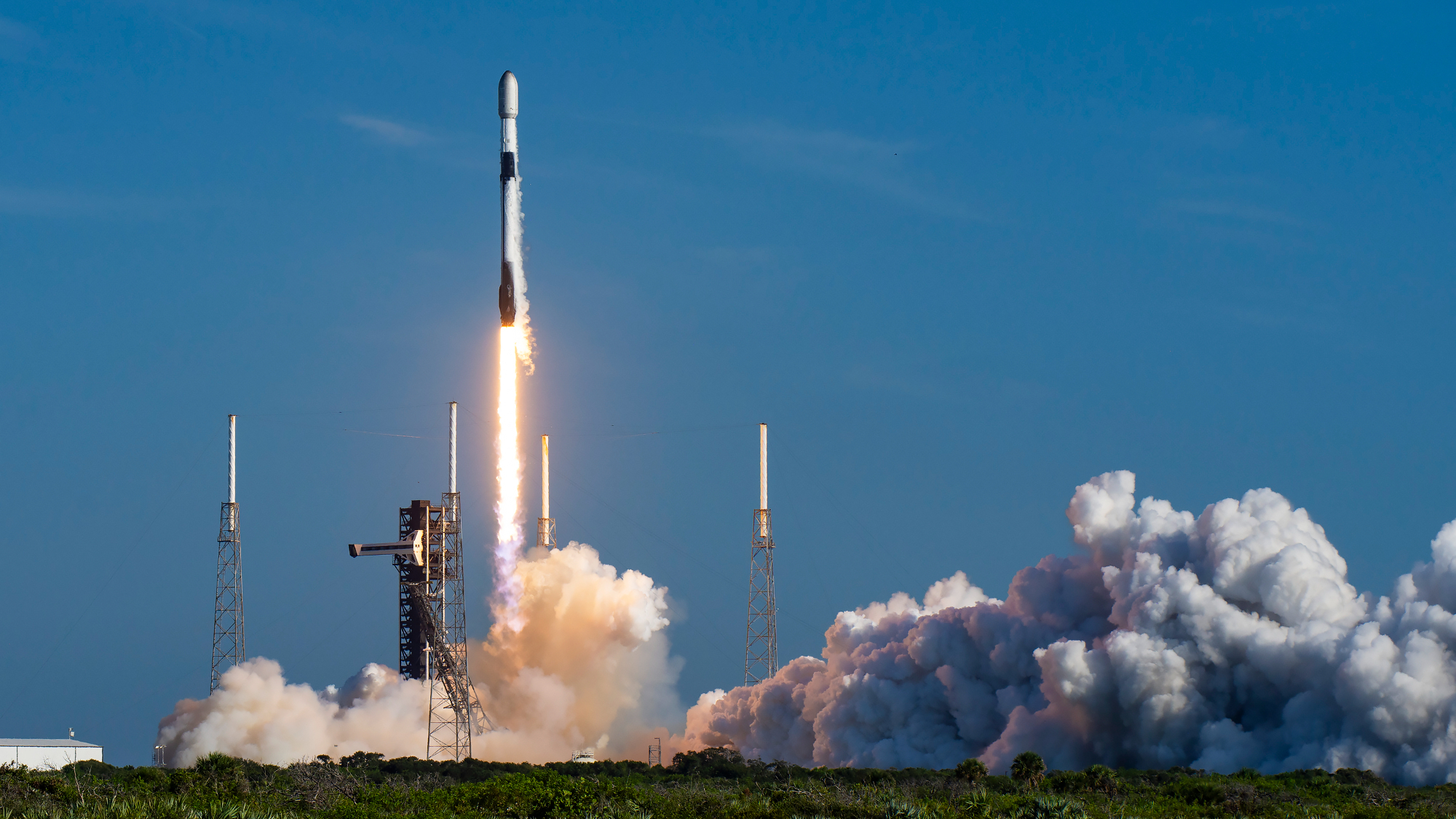
© SpaceX
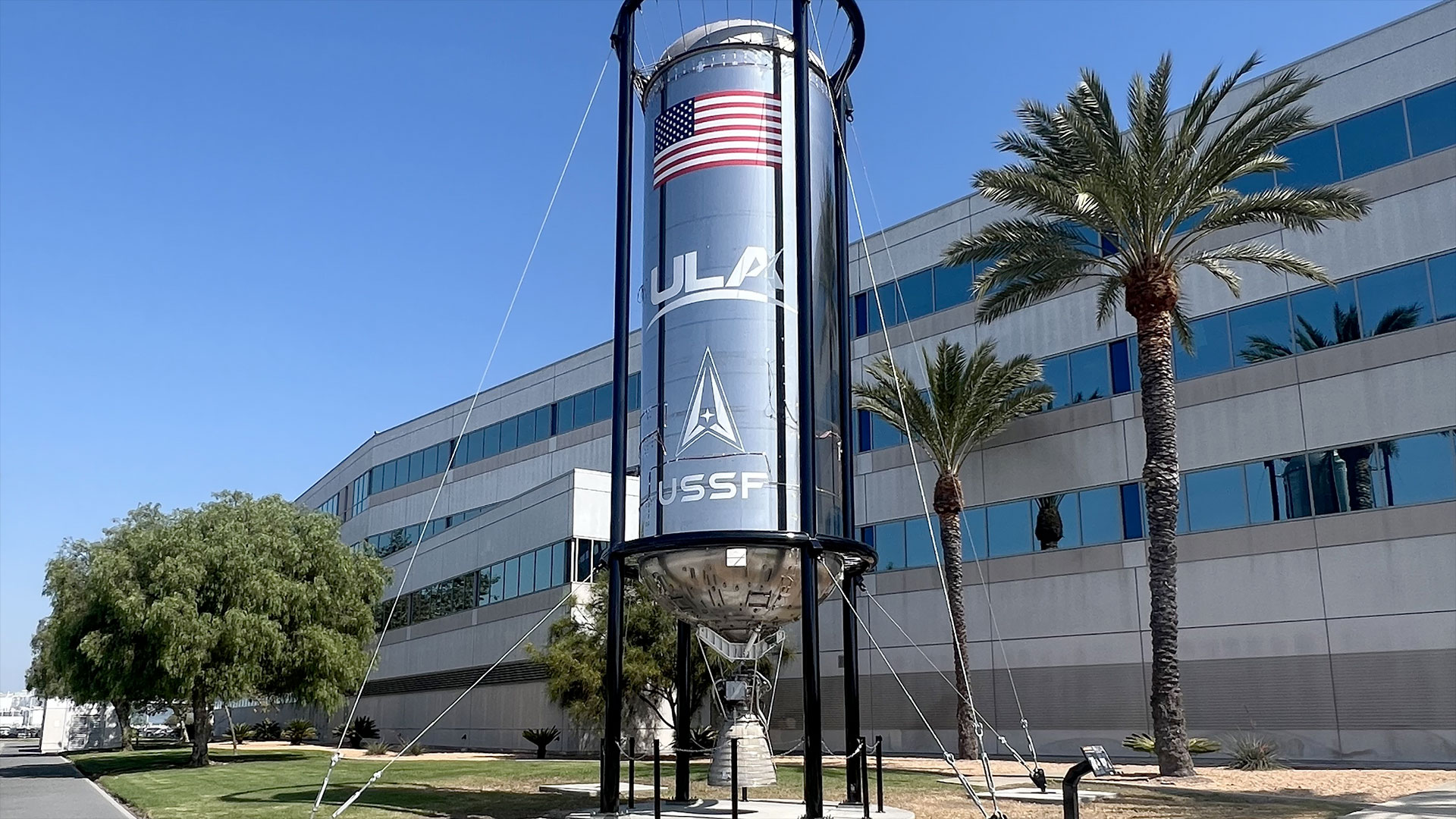
© United Launch Alliance
Astronomy is a science and a hobby that loves long words, acronyms, and abbreviations. At times, listening to someone talking about an event happening in the sky or an object faraway in space can feel like watching one of those episodes of Star Trek where the characters spend 10 minutes just speaking in “technobabble,” soContinue reading "Learn the difference between common astronomical terms"
The post Learn the difference between common astronomical terms appeared first on Astronomy Magazine.
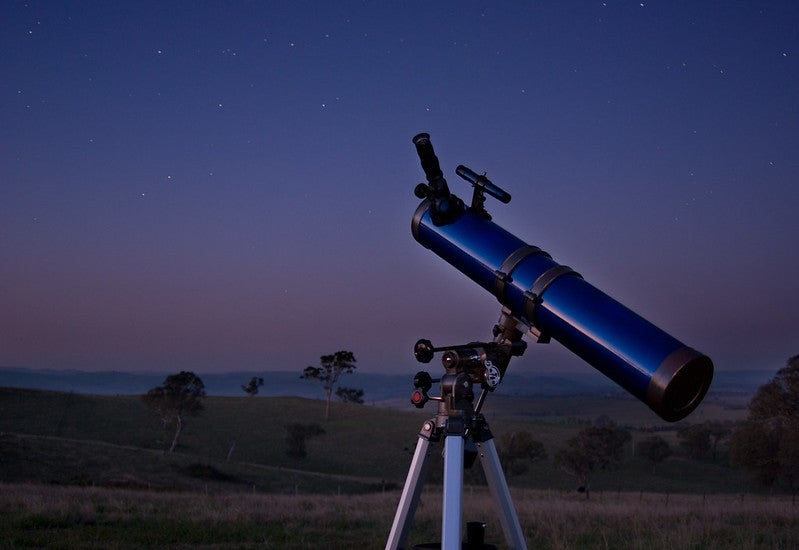
Xiaofeng Qu, taken at Xiaochaidan Lake, Qinghai Province, China The Perseid meteors streak across the sky from its radiant in the constellation Perseus appearing in this perspective to be lobbed across the sky. This panorama of 17 stitched 60-second frames was taken with a Nikon DSLR at 14mm lens at f/1.8. Sky frames were capturedContinue reading "A meteoric volley"
The post A meteoric volley appeared first on Astronomy Magazine.
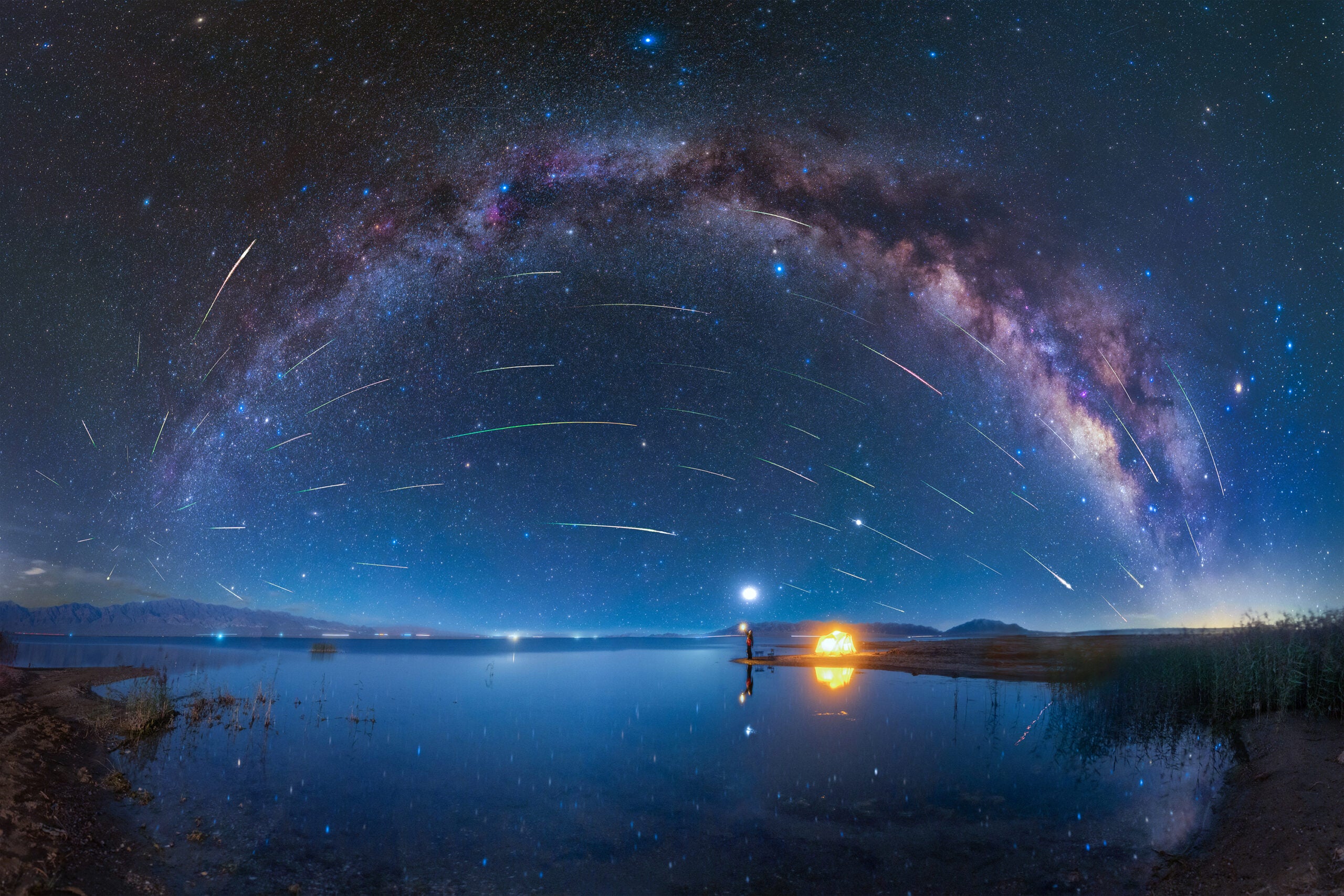

© Paramount
Author(s): Michael Schirber
By repeatedly applying coats of a hardening polymer to a surface, researchers have created rubbery stalactite-like formations that could be useful in soft robotics.
[Physics 17, s138] Published Wed Nov 06, 2024
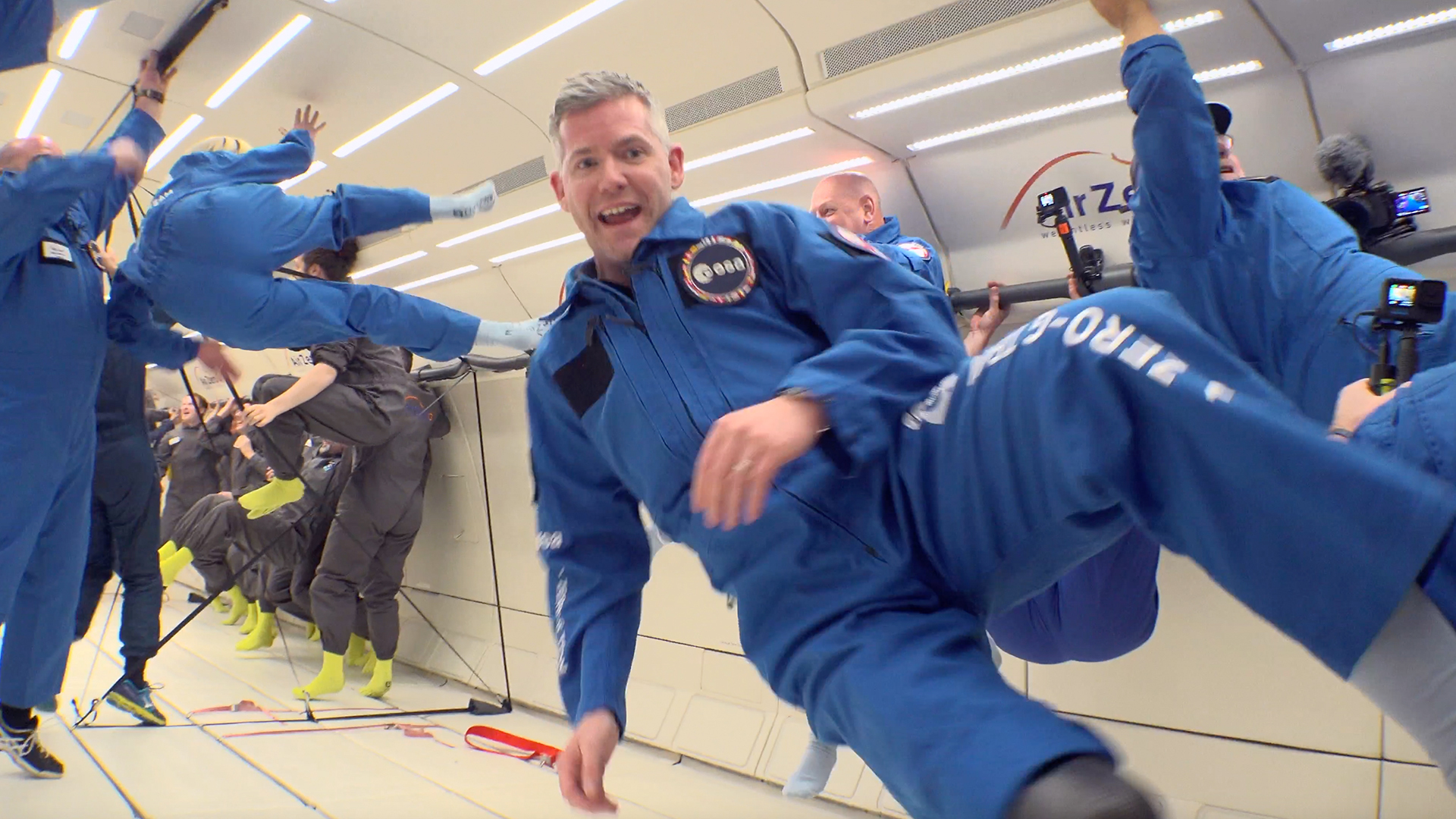
© ESA/Novespace
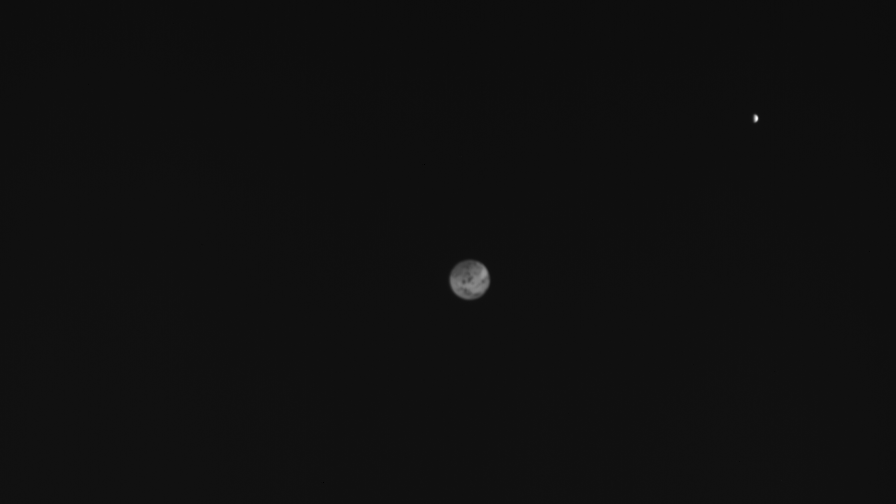
© ESA/JAXA
The era of the International Space Station (ISS) is coming to a close. In the near future, NASA plans to bring down the station in a controlled deorbit. The end of the ISS will leave a large gap in human spaceflight, although the Chinese Tiangong space station is currently active. Still, to make a spaceContinue reading "We’re entering the era of private space stations"
The post We’re entering the era of private space stations appeared first on Astronomy Magazine.

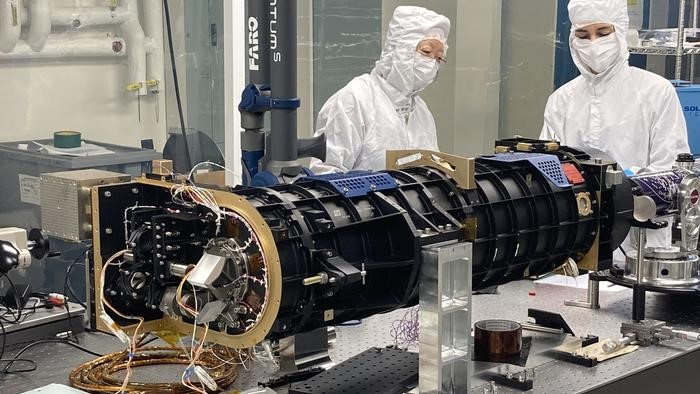
© CODEX Team/NASA
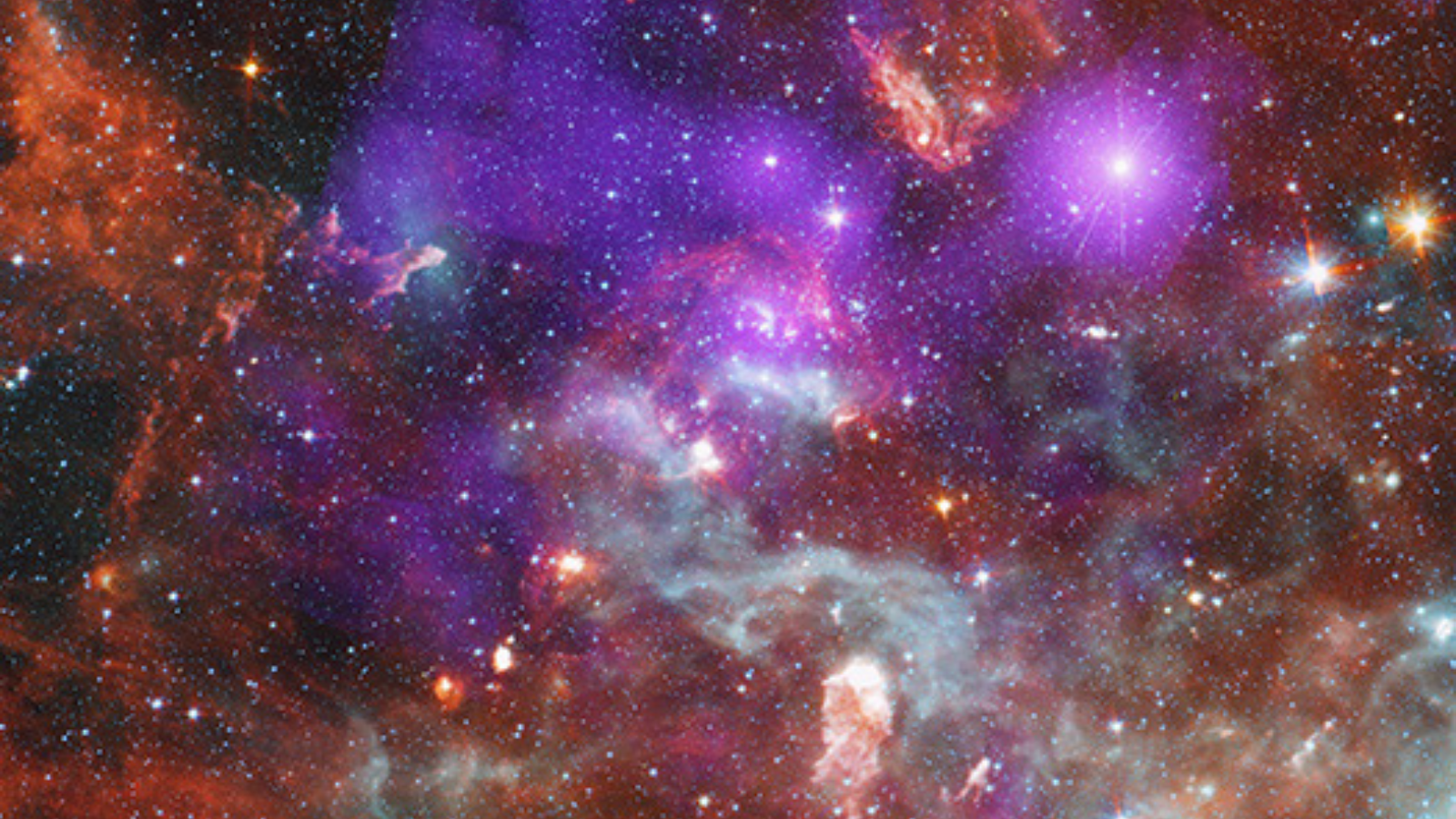
© X-ray: NASA/CXC/SAO/J. Drake et al, IR: NASA/JPL-Caltech/Spitzer; Image Processing: NASA/CXC/SAO/N. Wolk
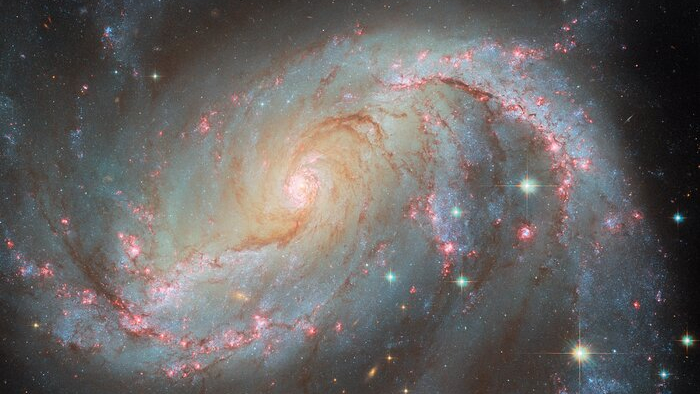
© ESA/Hubble & NASA, O. Fox, L. Jenkins, S. Van Dyk, A. Filippenko, J. Lee and the PHANGS-HST Team, D. de Martin (ESA/Hubble), M. Zamani (ESA/Hubble)
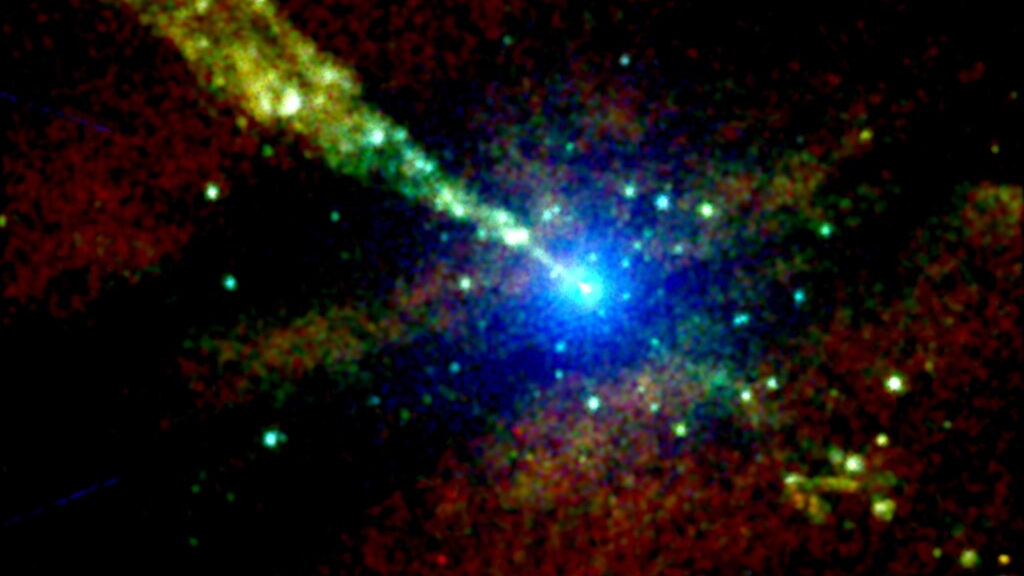
© Used under a CC-BY 4.0 license from D. Bogensberger et al. Astrophys. J. (2024) DOI: 10.3847/1538-4357/ad73a1
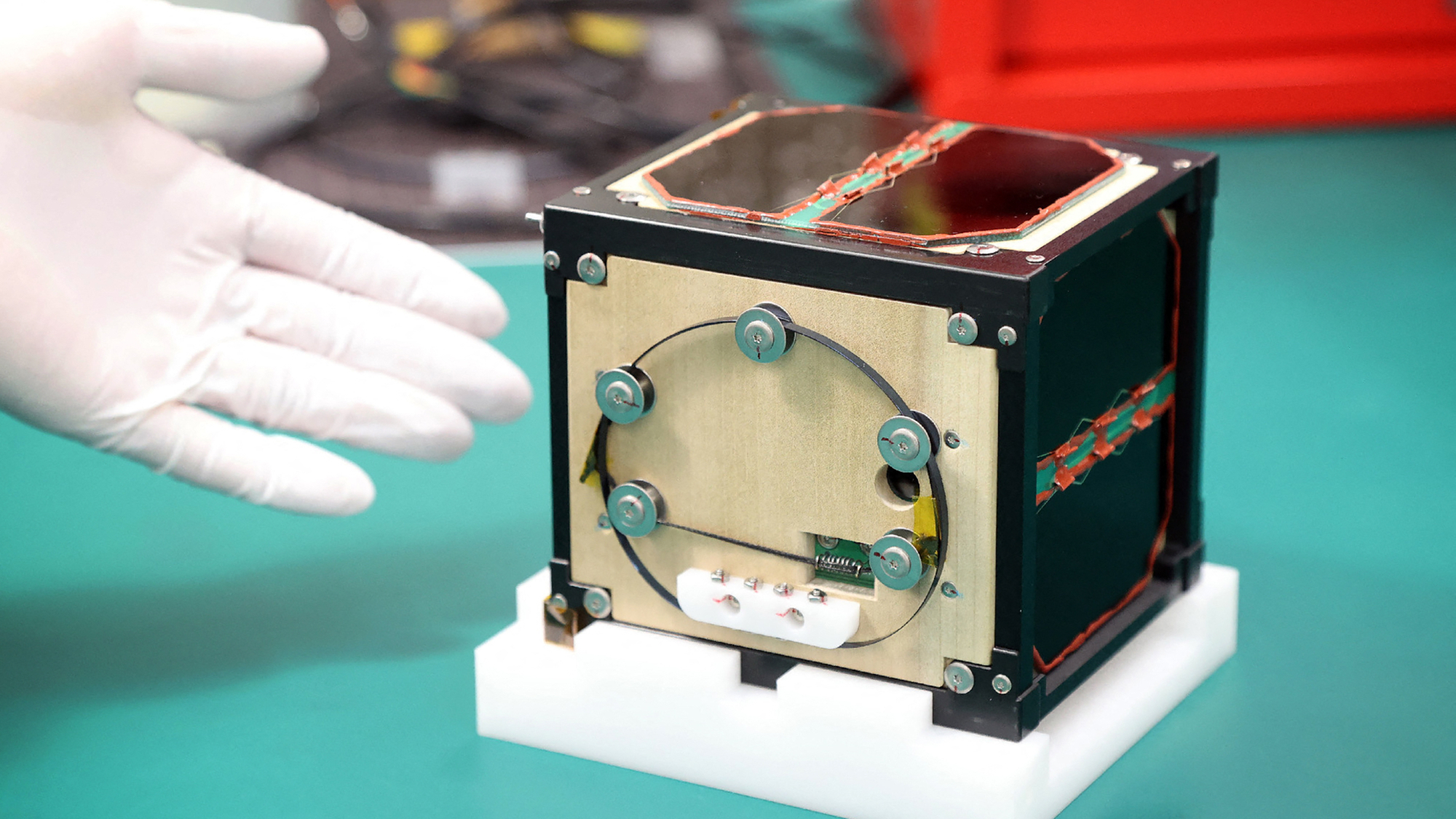
© STR/JIJI PRESS/AFP via Getty Images

© NanoAvionics
Today, at the World Travel Market in London, STARMUS and The Canary Islands proudly unveiled the line-up for the highly anticipated STARMUS La Palma festival. The announcement was made during a special presentation led by STARMUS co-founder and Director, Prof. Garik Israelian, featuring the President of the Cabildo de La Palma, Sergio Rodríguez. Under theContinue reading "Starmus La Palma: The Island of Stars lineup revealed "
The post Starmus La Palma: The Island of Stars lineup revealed appeared first on Astronomy Magazine.
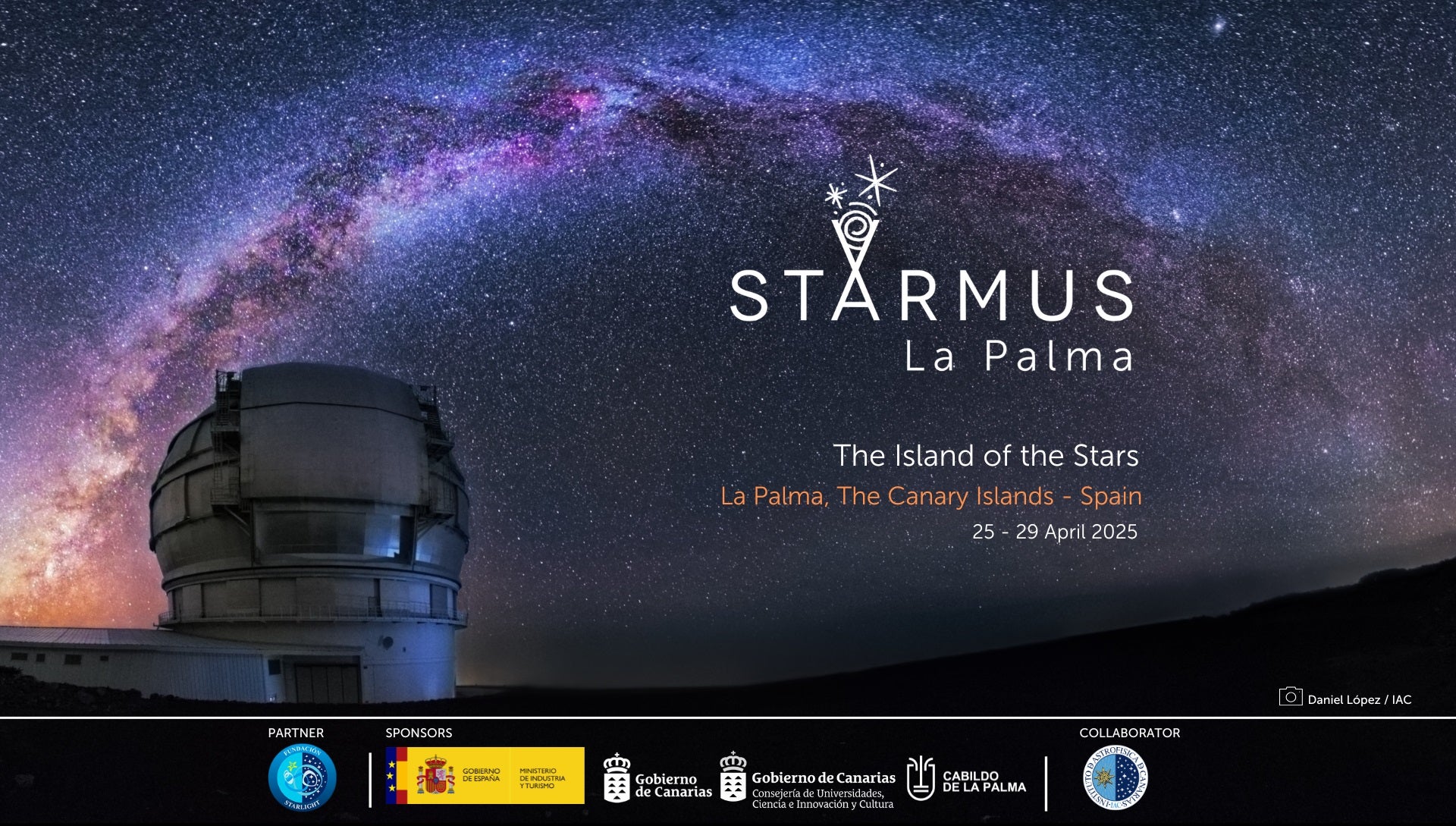
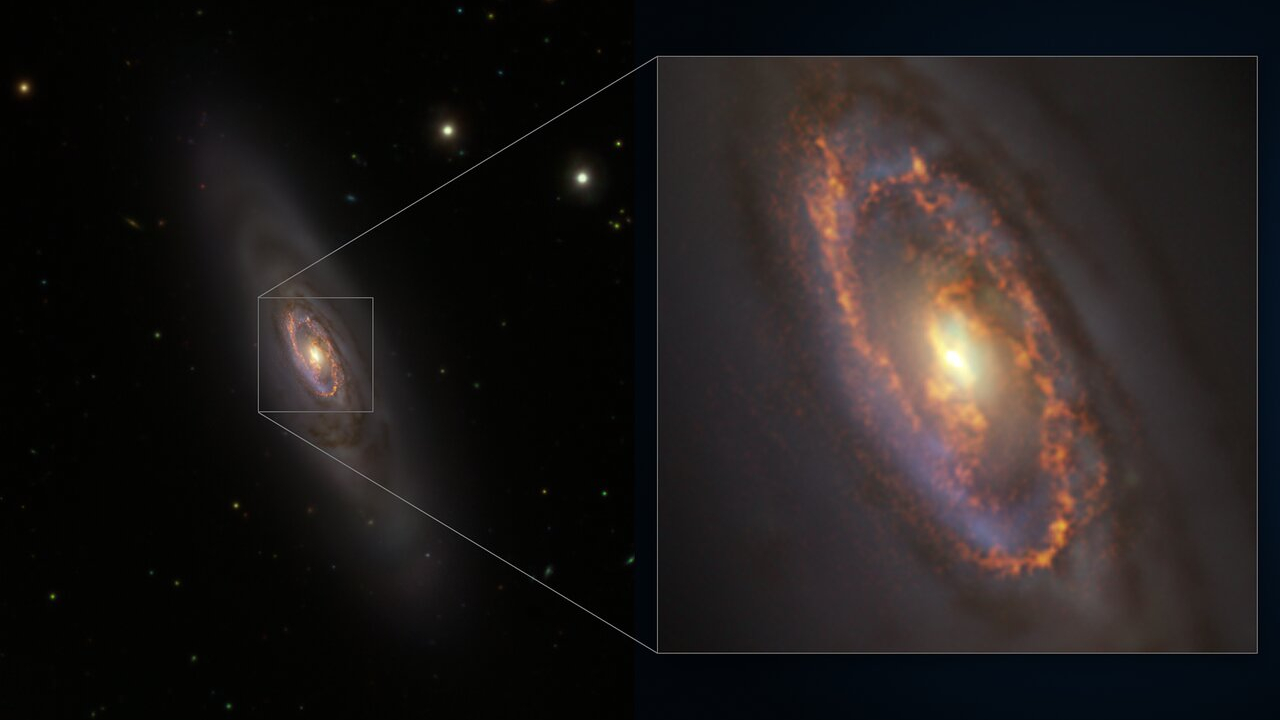
© ESO/ALMA (ESO/NAOJ/NRAO)/A. Prieto et al./Fornax Deep Survey
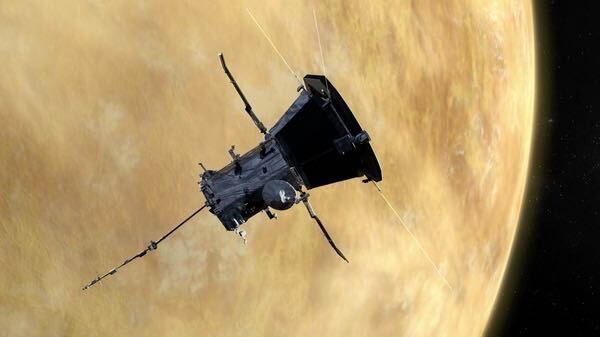
© NASA/Johns Hopkins APL/Steve Gribben
Author(s): Susan Curtis
A theoretical analysis suggests that a novel “twisting “microscope could offer new insights into the exotic electronic behavior of layered 2D materials.
[Physics 17, 160] Published Tue Nov 05, 2024
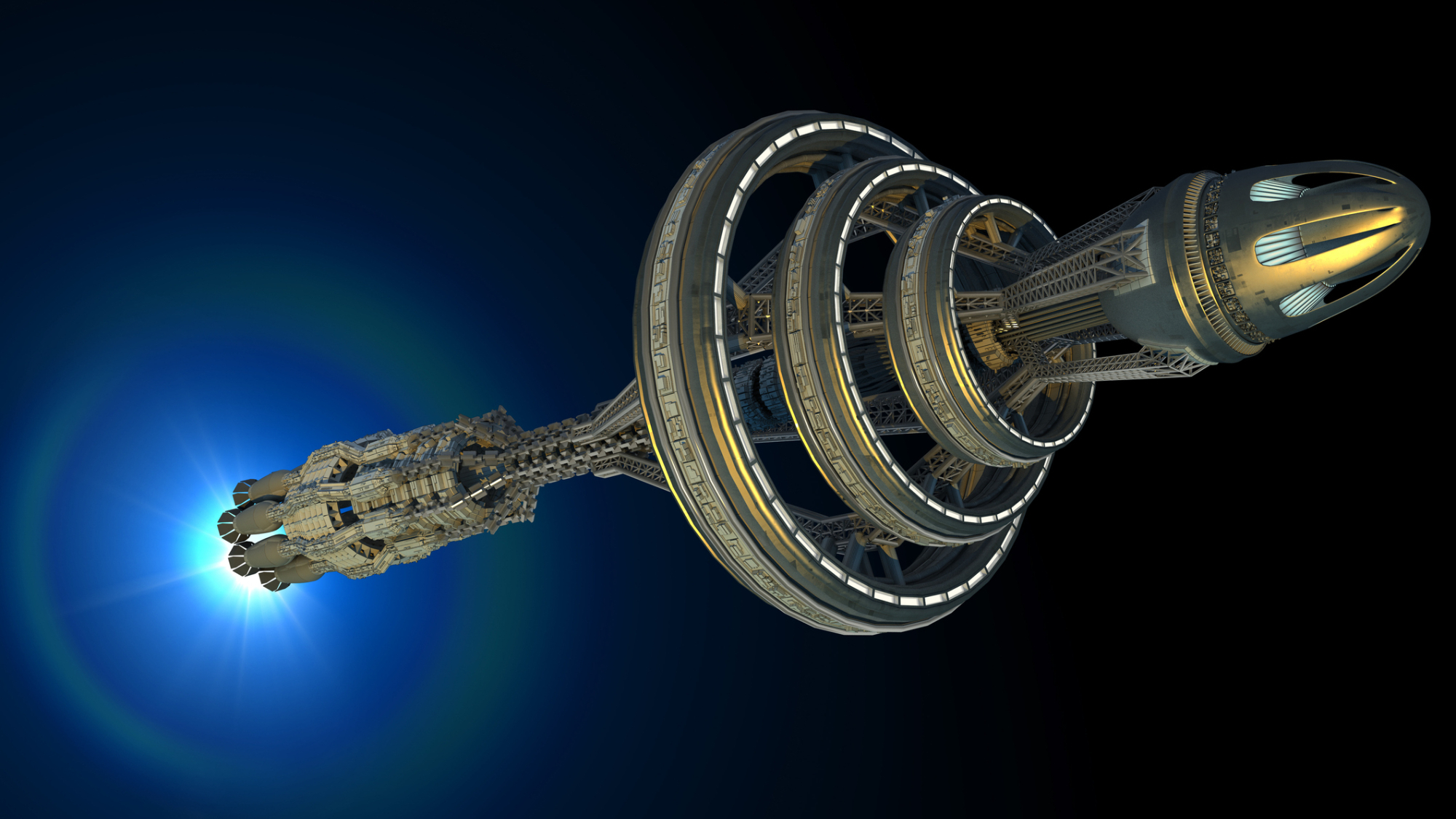
© 3000ad/Getty Images

© Netflix
The second-largest moon in our solar system may have a secret ingredient that explains many of its mysteries — and maybe ups the chances for life there. In research published Sept. 30 in The Planetary Science Journal, a University of Hawaii-led team modeled the potential for methane clathrate (a kind of methane-infused water ice) inContinue reading "Could a methane crust be keeping Titan warm?"
The post Could a methane crust be keeping Titan warm? appeared first on Astronomy Magazine.


© NASA

© Getty Images
Author(s): Nikhil Karthik
A low-energy signature of physics beyond the standard model fails to appear in proton collisions at the Large Hadron Collider.
[Physics 17, s137] Published Tue Nov 05, 2024

© Archetype

© RMIT University/Maxar Technologies
Despite their destructive forces, black holes are often seen in with a companion, such as a star, neutron star, white dwarf, or even another black hole. However, a study published Oct. 23 in Nature has found that the black hole binary system V404 Cygni, which contains a black hole and a small star, has anContinue reading "This famous black hole system is actually a triple"
The post This famous black hole system is actually a triple appeared first on Astronomy Magazine.
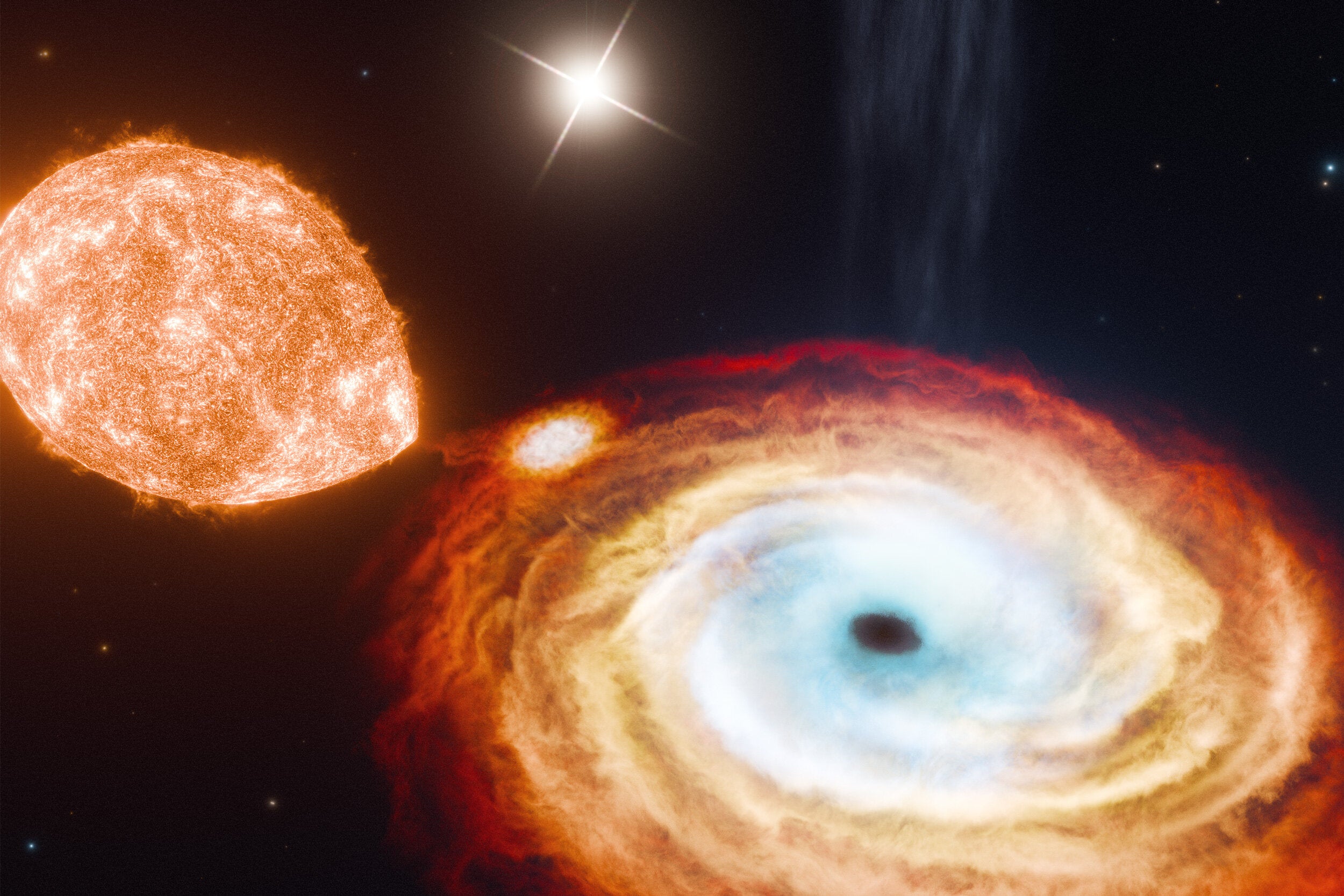
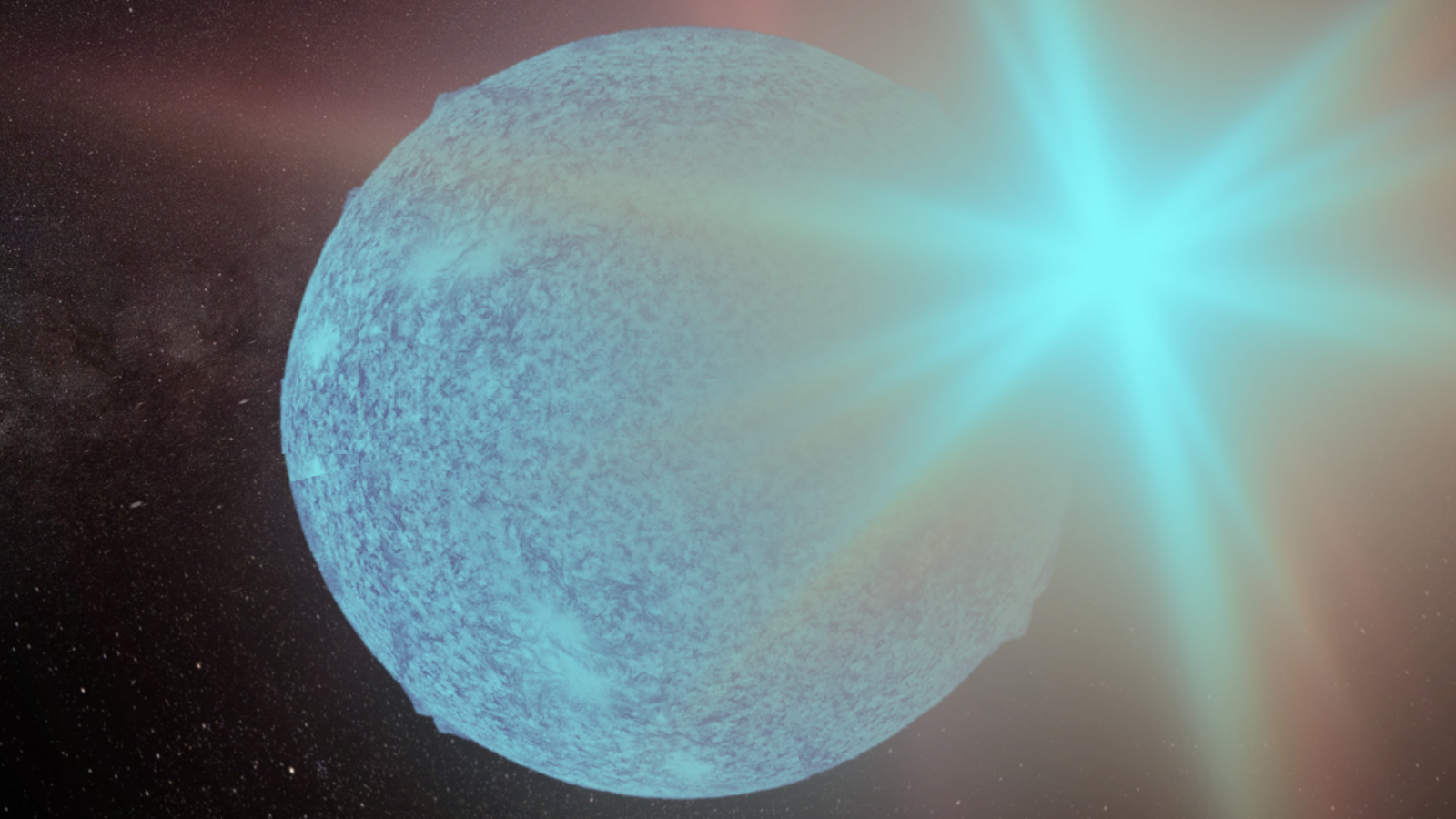
© Robert Lea (created with Canva)
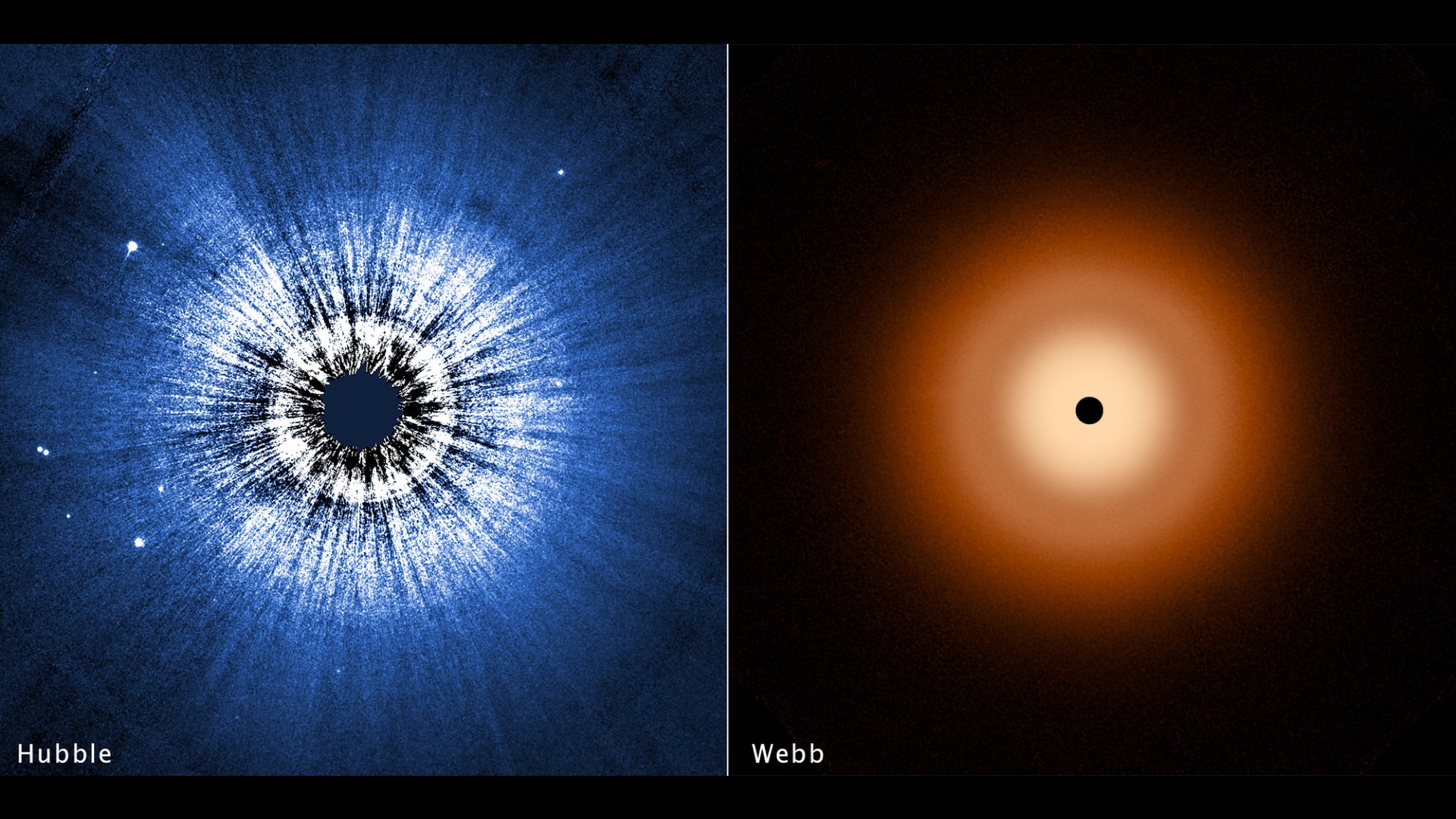
© NASA, ESA, CSA, STScI, S. Wolff (University of Arizona), K. Su (University of Arizona), A. Gáspár (University of Arizona)
Rainbows don’t actually exist. You can’t find the end of a rainbow (or its attendant pot of gold). It’s not possible to walk across a rainbow as the Norse gods did on the Bifrost, the bridge for fallen warriors to reach Valhalla, or to travel over one like Dorothy to Oz. Rather, rainbows and otherContinue reading "Explore the science of rainbows"
The post Explore the science of rainbows appeared first on Astronomy Magazine.

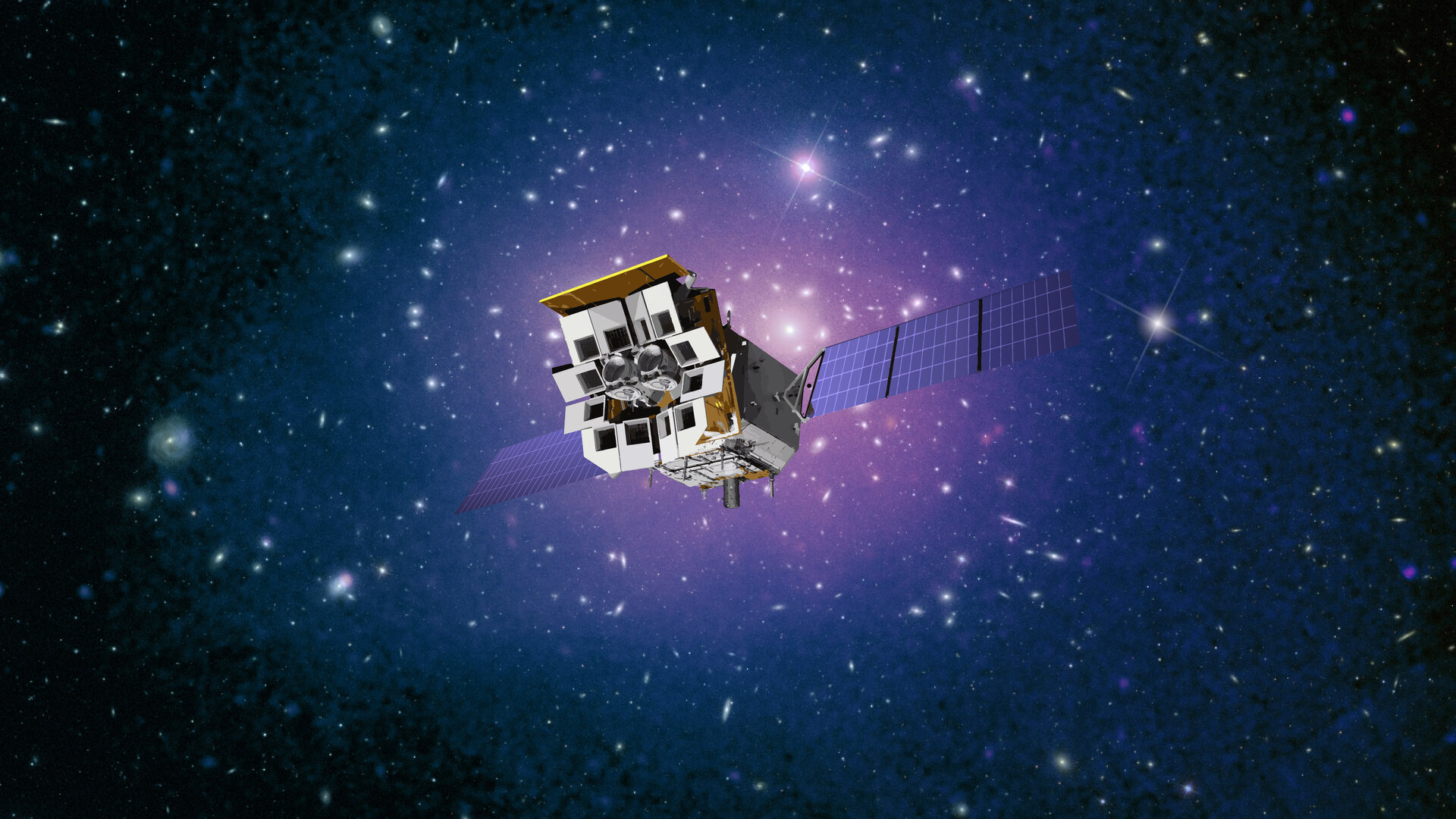
© Chinese Academy of Sciences

© Future/Walmart
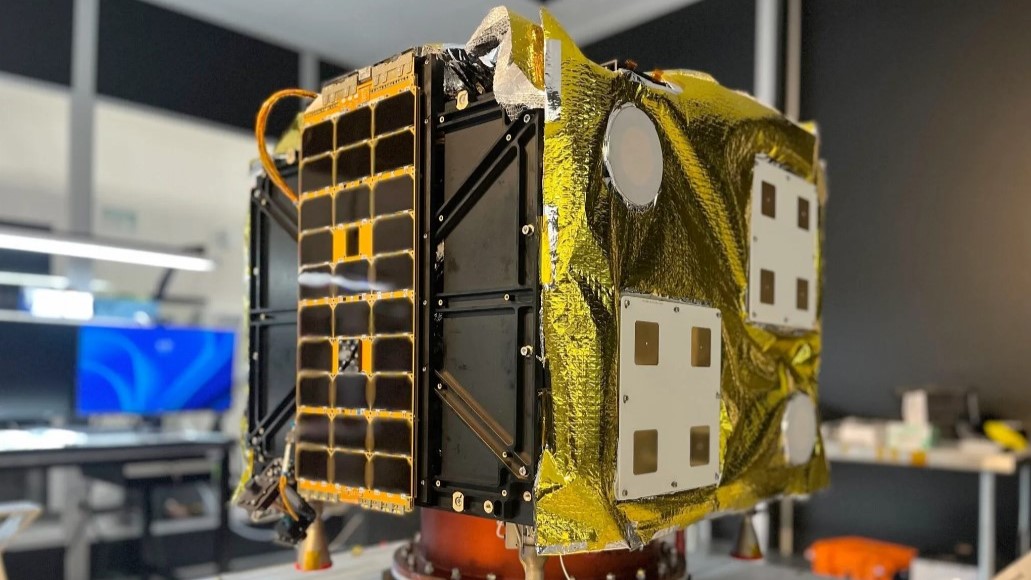
© AstroForge
Stellar Stories Comet Tsuchinshan-ATLAS now a faint naked-eye object Moving across the constellation Ophiuchus in the evening sky, Comet C/2023 A3 Tsuchinshan-ATLAS continues to fade as it moves farther away from Earth and the Sun. The comet now glows at 6th magnitude, keeping it as a faint naked-eye object under a very dark sky. ButContinue reading "Universe, Discovered: Comet Tsuchinshan-ATLAS still a naked eye object — barely"
The post Universe, Discovered: Comet Tsuchinshan-ATLAS still a naked eye object — barely appeared first on Astronomy Magazine.
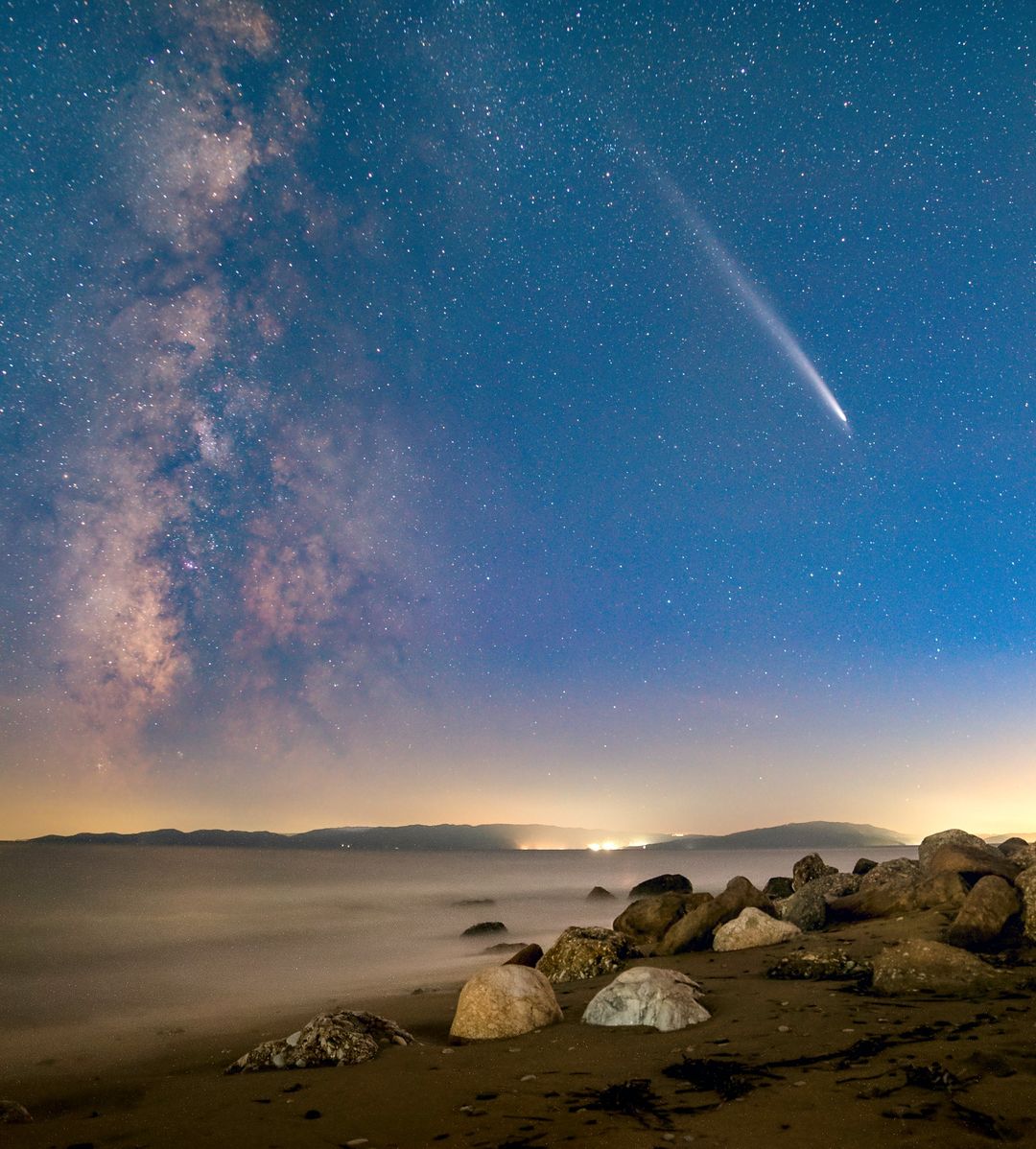
Stellar Stories Hera spacecraft launched The European Space Agency’s Hxera spacecraft launched on October 7, initiating an exciting exploration of an unusual asteroid. The solar system contains many thousands of small asteroid bodies, but the target here — 65803 Didymos, is a binary object spanning some 850 meters (about half a mile). The accompanying imageContinue reading "Universe, Discovered: Hera launches to asteroid crash scene"
The post Universe, Discovered: Hera launches to asteroid crash scene appeared first on Astronomy Magazine.
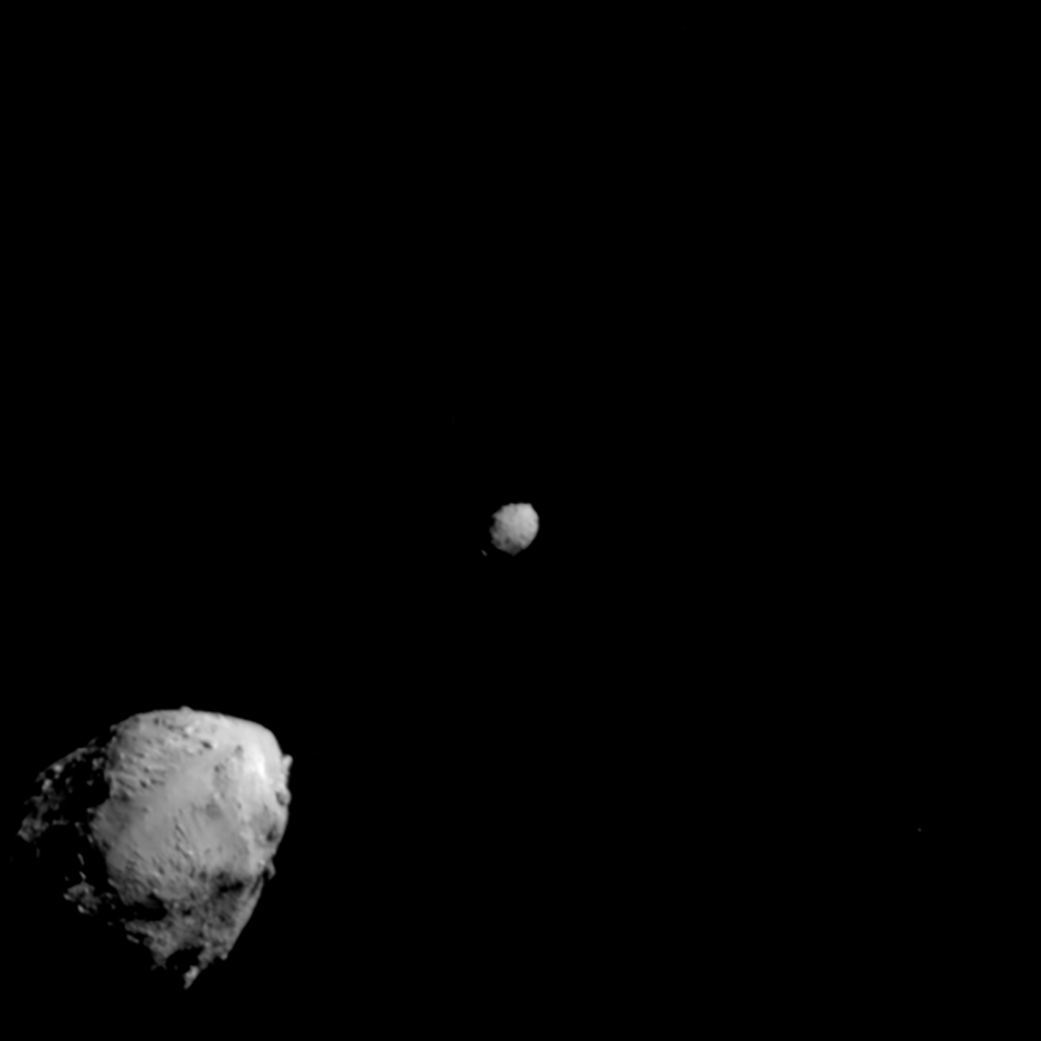
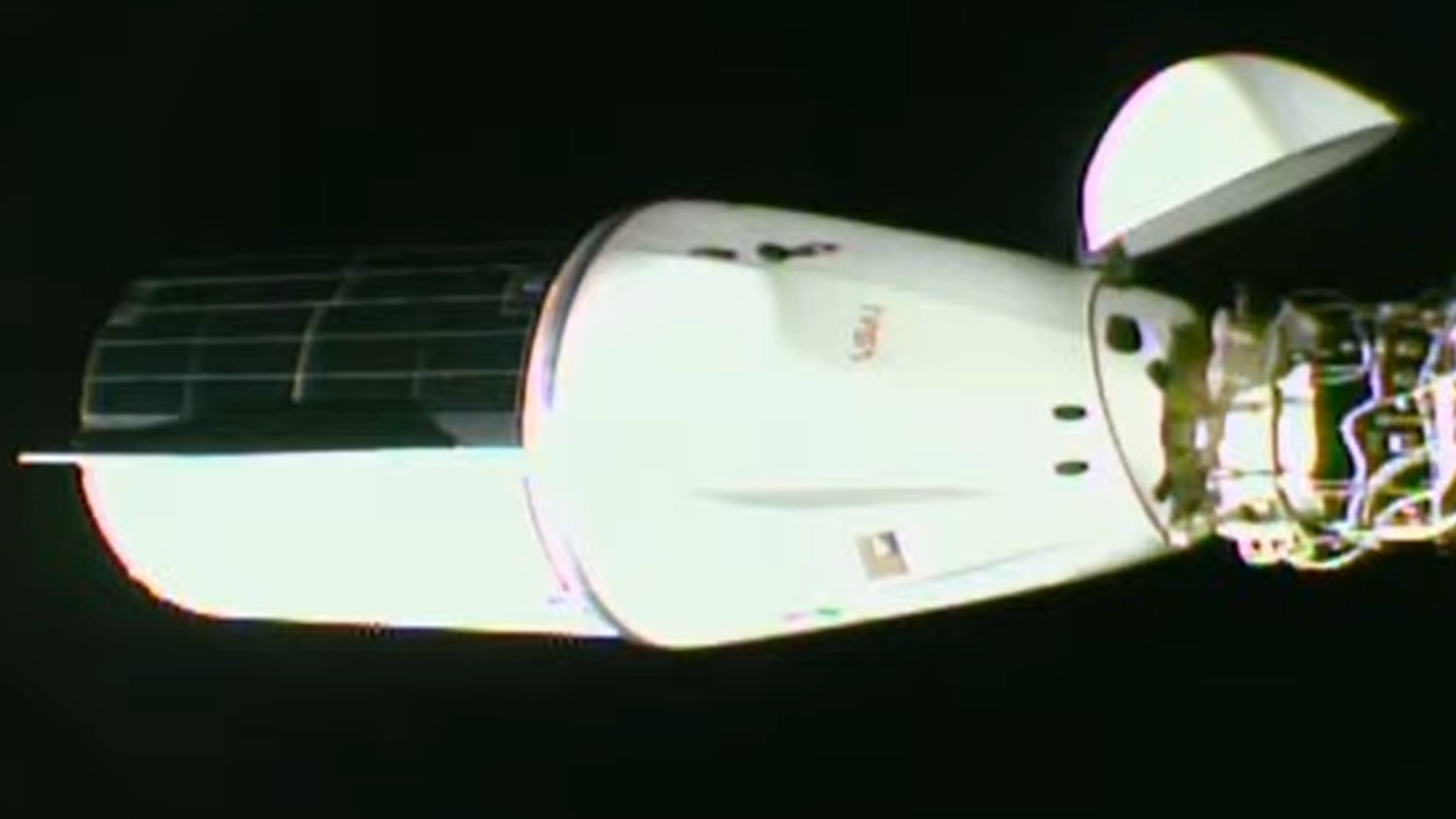
© NASA
In this episode, Dave Eicher invites you to observe the Moon as it closely passes the Ringed Planet on the evening of November 10. Our natural satellite will be just past its First Quarter phase, while Saturn will glow nicely at magnitude 0.8. If you have a telescope and point it at Saturn, you’ll seeContinue reading "The Moon meets Saturn: This Week in Astronomy with Dave Eicher"
The post The Moon meets Saturn: This Week in Astronomy with Dave Eicher appeared first on Astronomy Magazine.

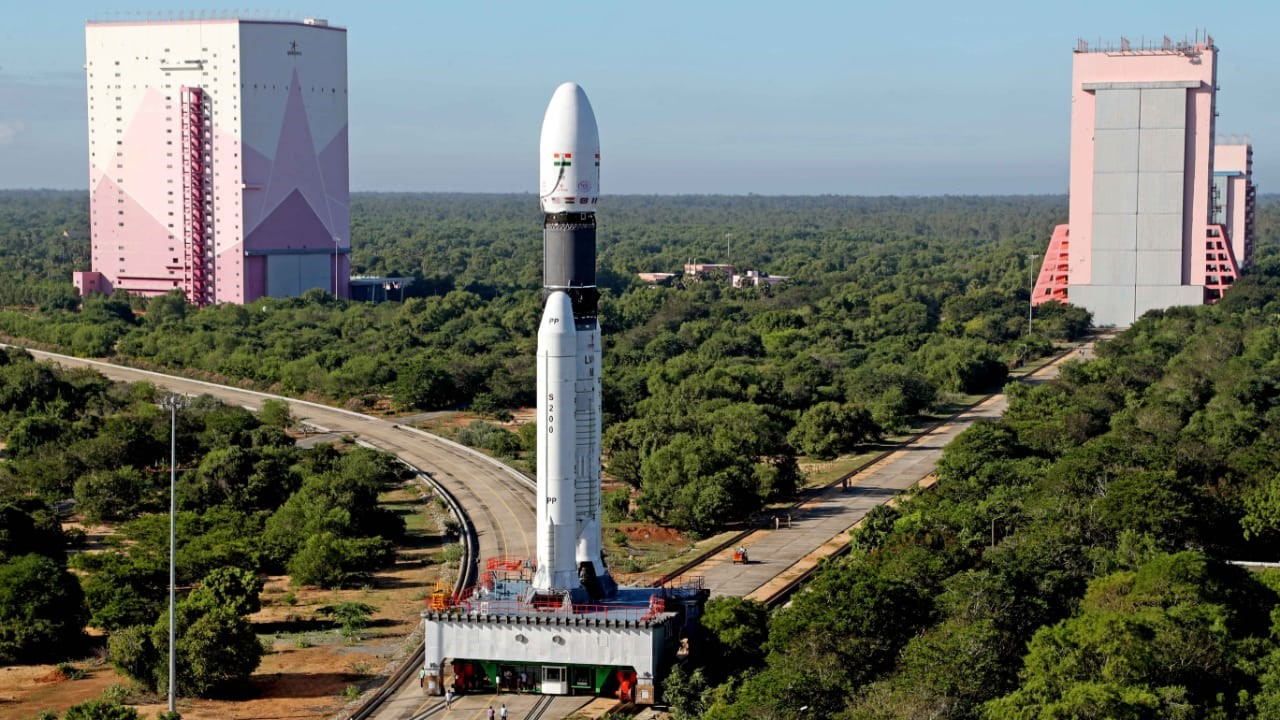
© ISRO

© Boeing Space
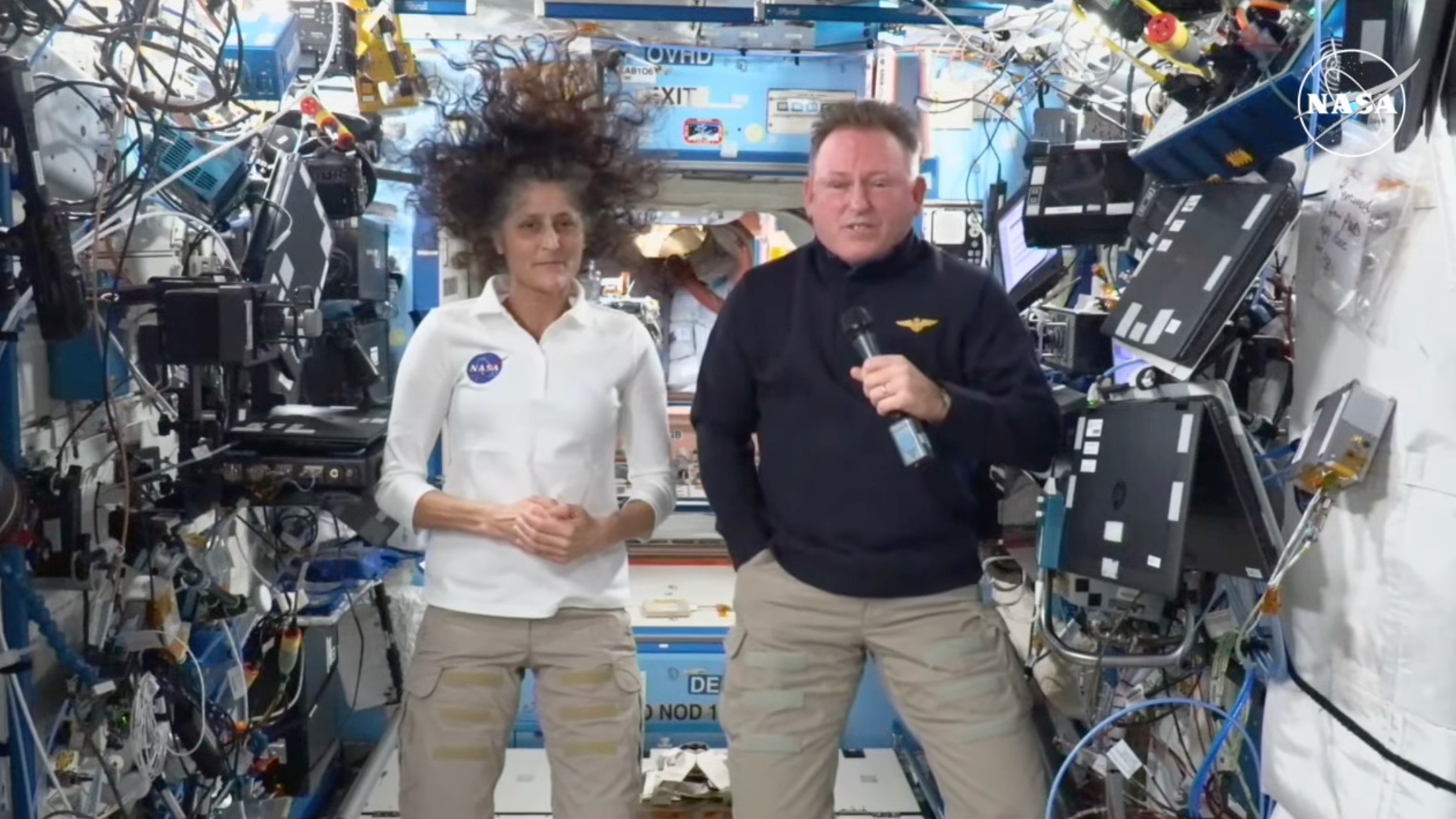
© NASA
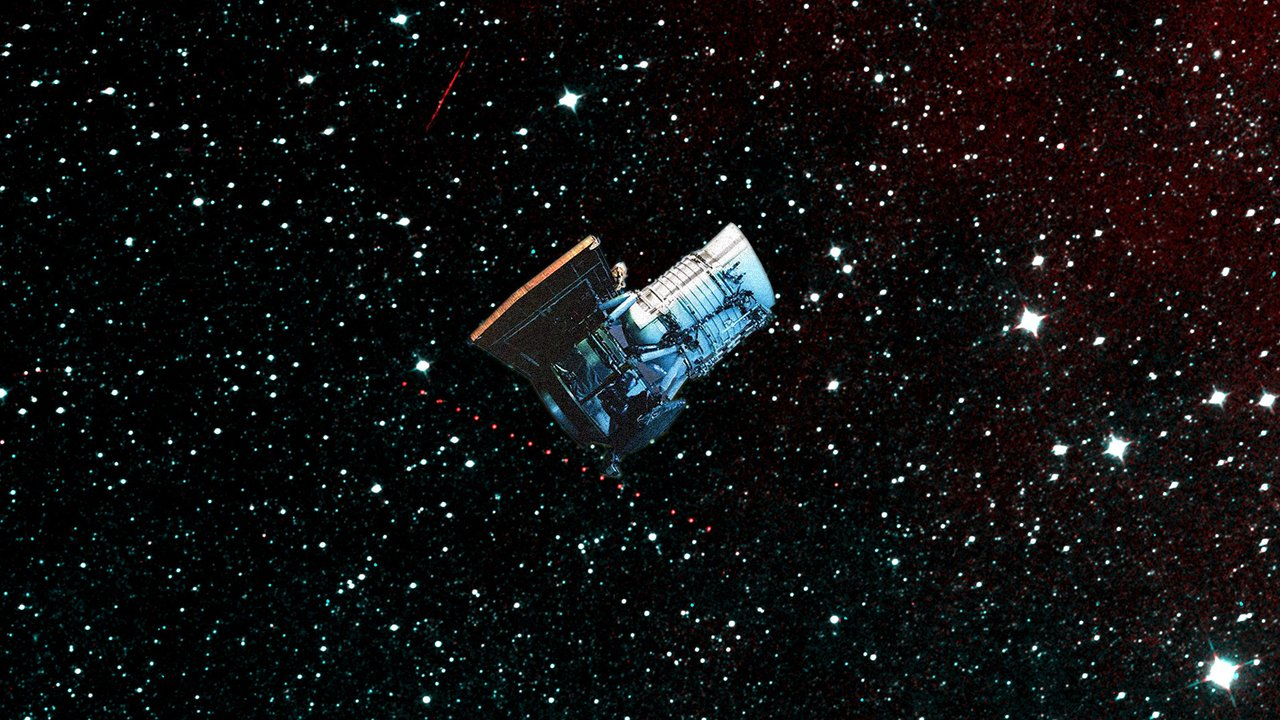
© NASA/JPL-Caltech
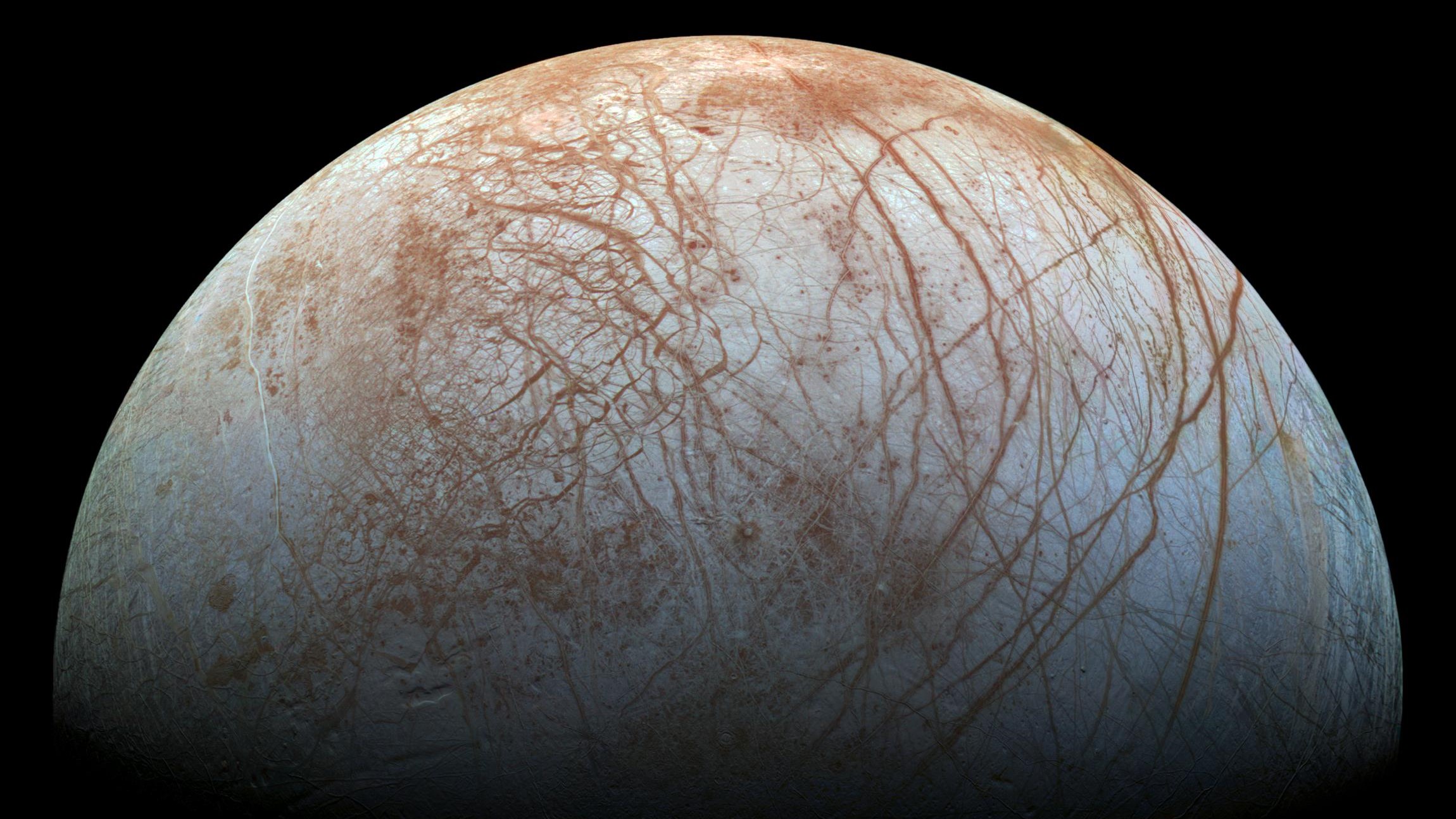
© NASA/JPL-Caltech/SETI Institute

© Marvel Comics
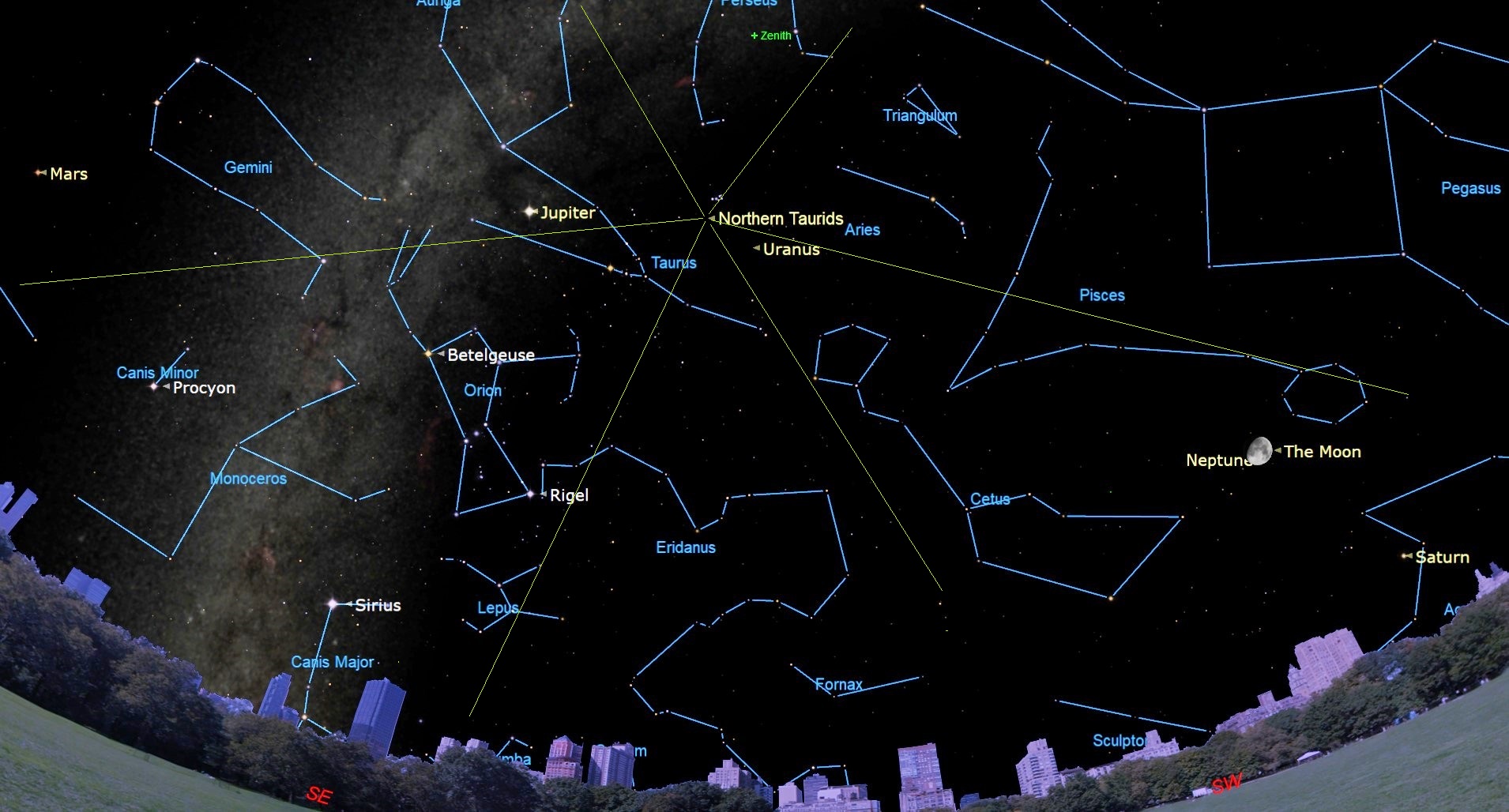
© Chris Vaughan/Starry Night
Author(s): W. Michael Snow
By exploiting polarized-gas collisions, researchers have conducted a sensitive search for exotic spin-dependent interactions, placing new constraints on a dark matter candidate called the axion.
[Physics 17, 157] Published Mon Nov 04, 2024
It has been 52 years since Apollo 17 lifted off from the Taurus-Littrow Valley on the Moon. All the Apollo landing sites, starting with Tranquility Base on the Moon’s Sea of Tranquility, have been immortalized in print and film and are well known to space aficionados worldwide. But soon, another name will join the exclusiveContinue reading "Here are the nine sites where Artemis 3 might land on the Moon"
The post Here are the nine sites where Artemis 3 might land on the Moon appeared first on Astronomy Magazine.
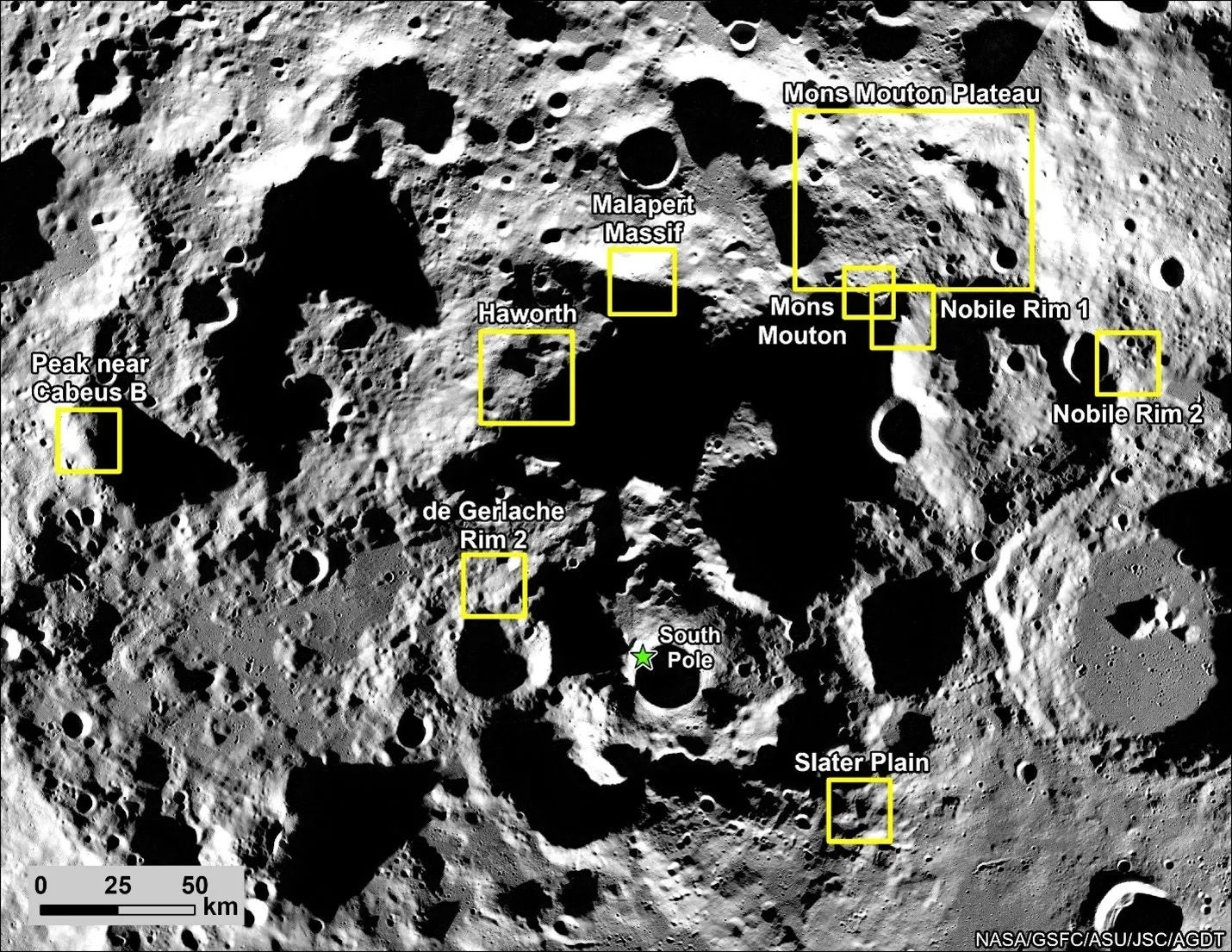

© 20th Century Studios
Many astrophotos feature exposures of 12 hours or more. Since nighttime darkness is only about this long, this implies multiple exposures on different nights. How does one set things up to get the exact same location, and avoid parallax error due to Earth’s rotation and orbit? Jose G. RieraSt. Augustine, Florida You are correct, manyContinue reading "How are long-exposure astrophotos made? "
The post How are long-exposure astrophotos made? appeared first on Astronomy Magazine.
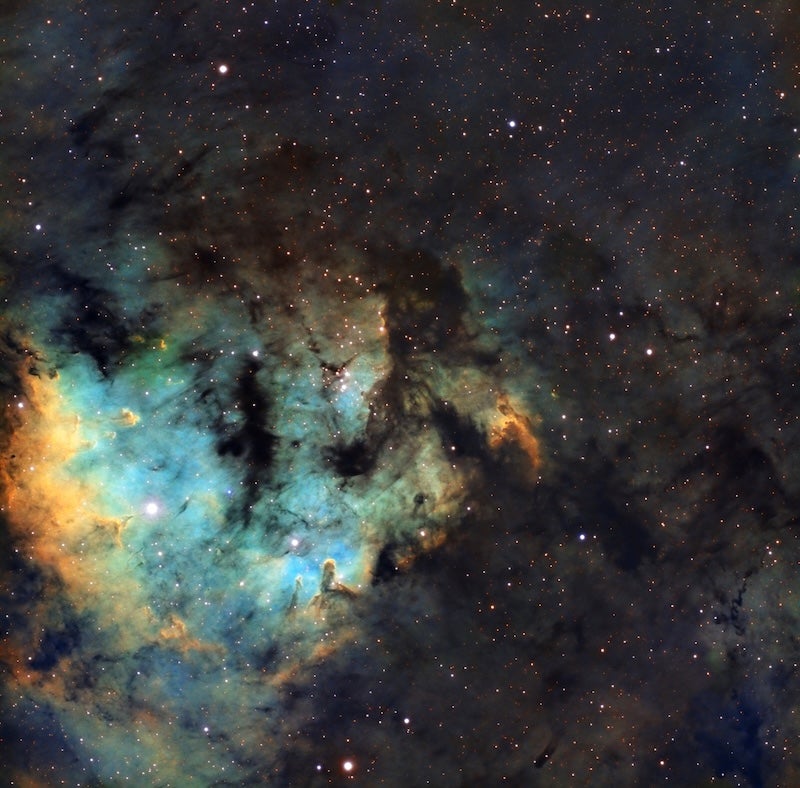
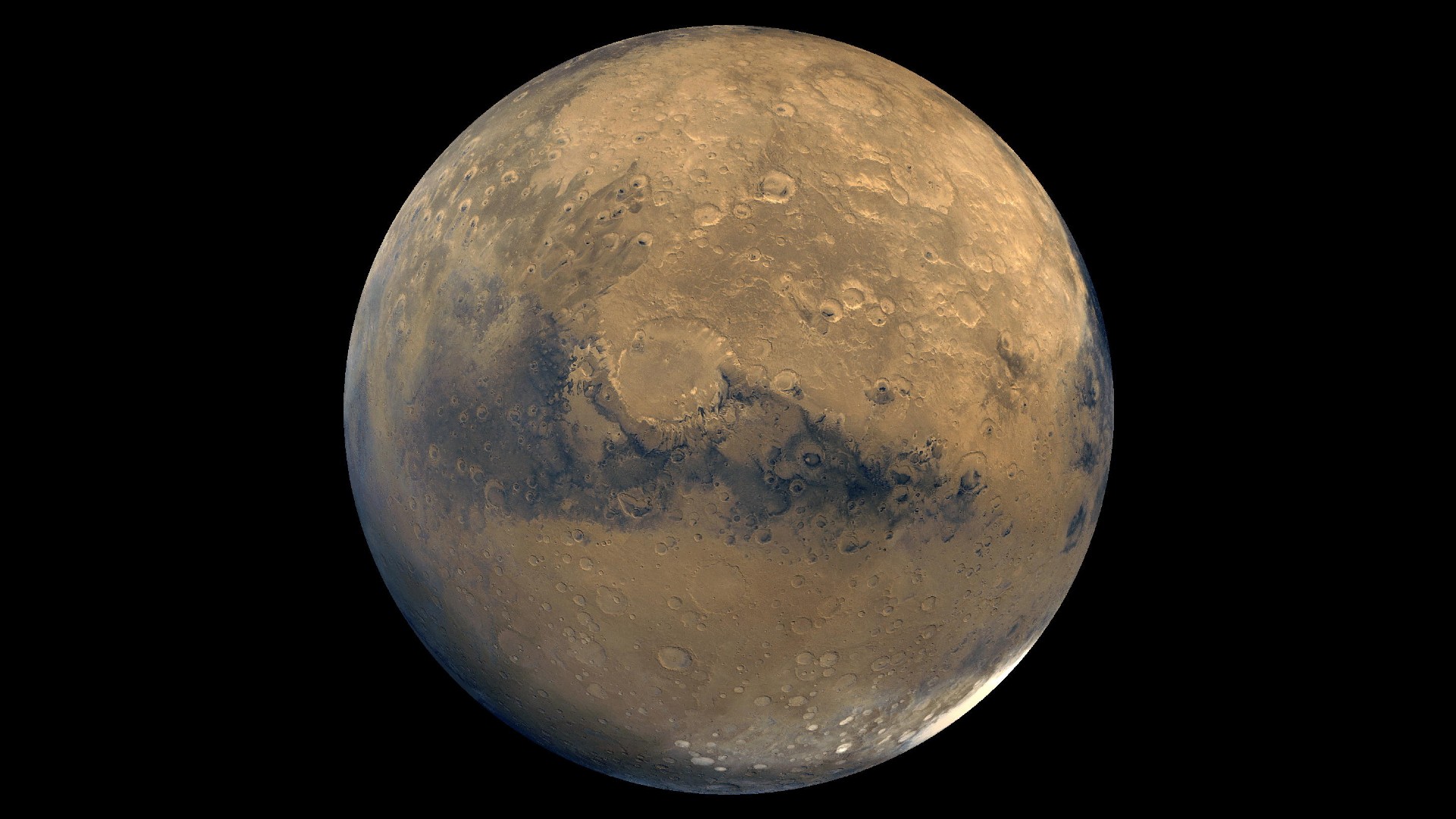
© NASA/JPL-Caltech/USGS
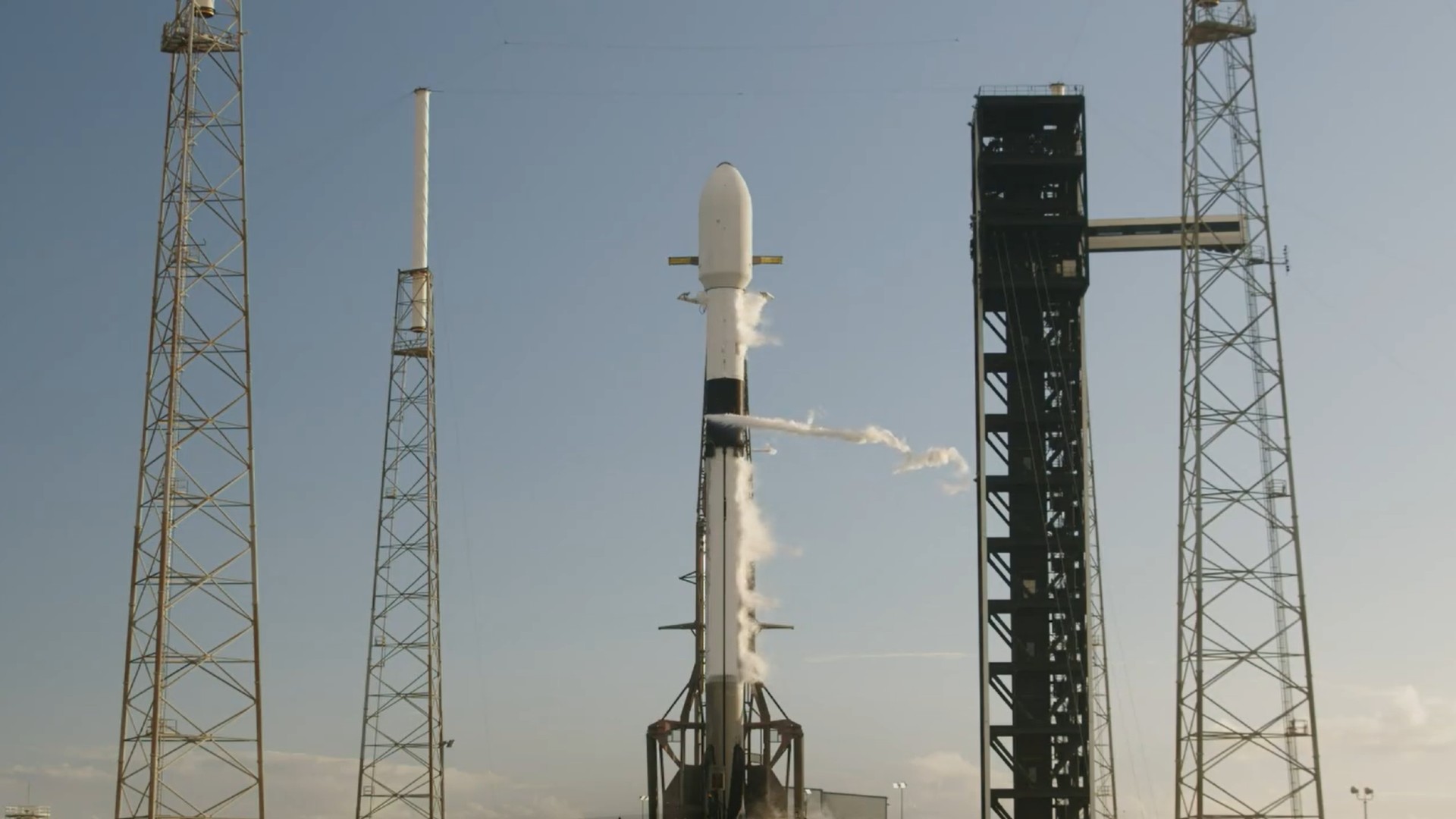
© SpaceX via X
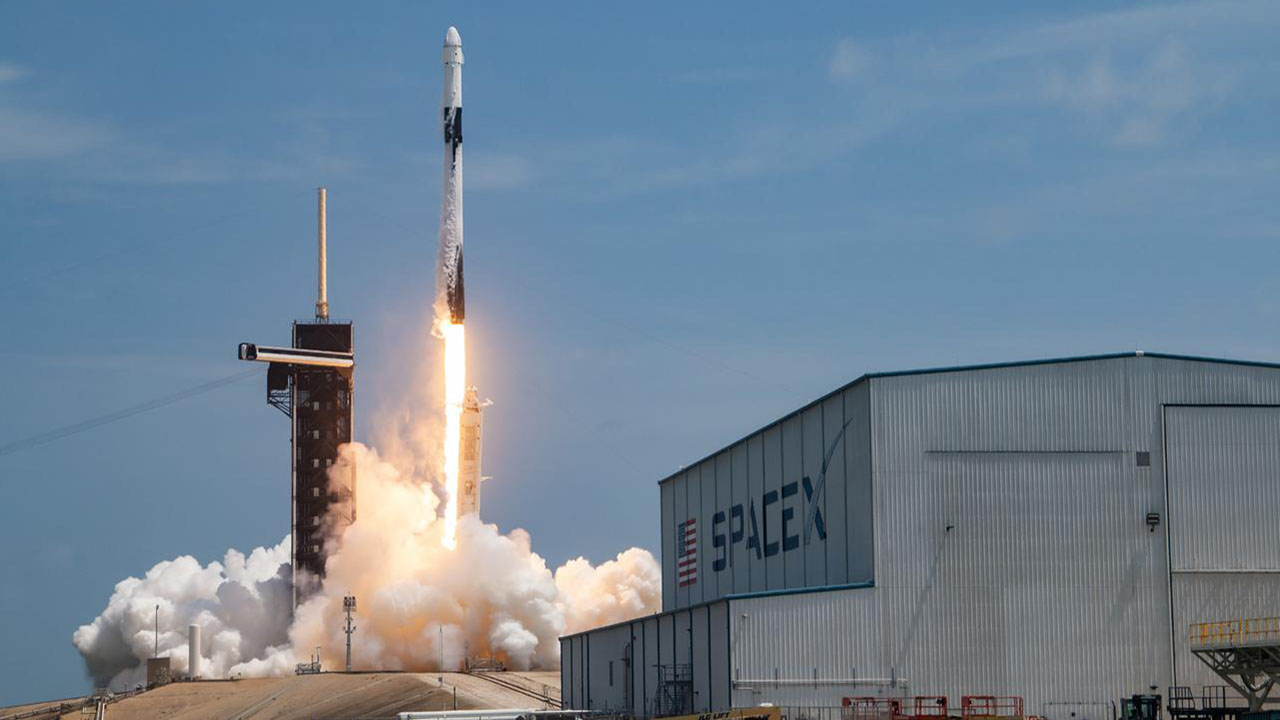
© SpaceX
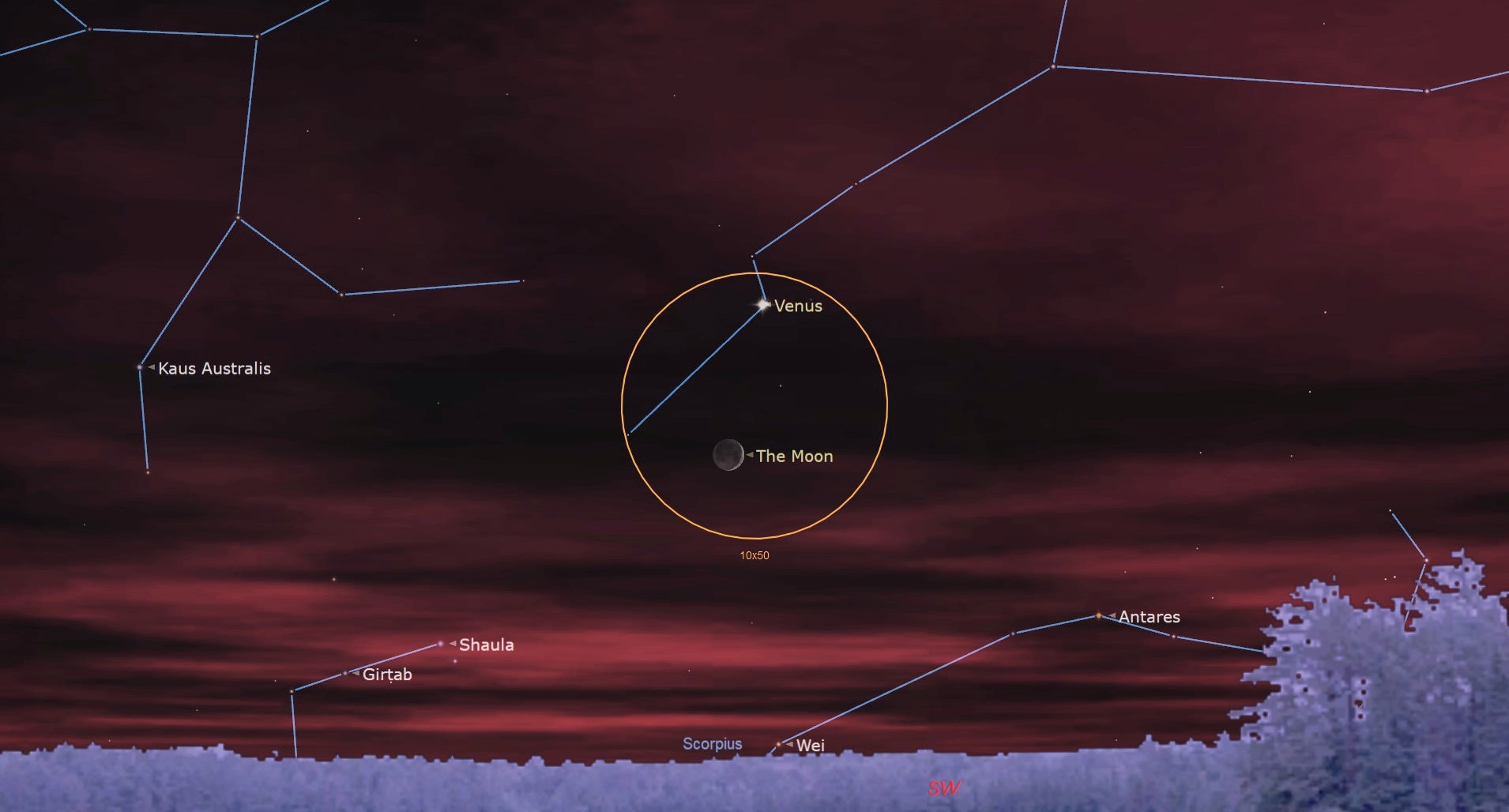
© Chris Vaughan/Starry Night

© SpaceX
Overall Photons: Andrea Iorio, Elisa Cuccu, Fernando Linsalata, Javier Caldera, Paul Montague, Carlos Uriarte Castillo, Darius Kopriva, Drew Evans, Bruno Rota Sargi, Blake Behrends, Manuel Alejandro Chavarría Silva, Phillip Hoppes, Jan Beranek, Roberto Volpini, Pier Mattia Basciano, Marco Finatti, Jeff Ratino, Vakhtang Khutsishvili, and Patrice Soom NGC 7293 — better known as the Helix NebulaContinue reading "Eye of the universe"
The post Eye of the universe appeared first on Astronomy Magazine.
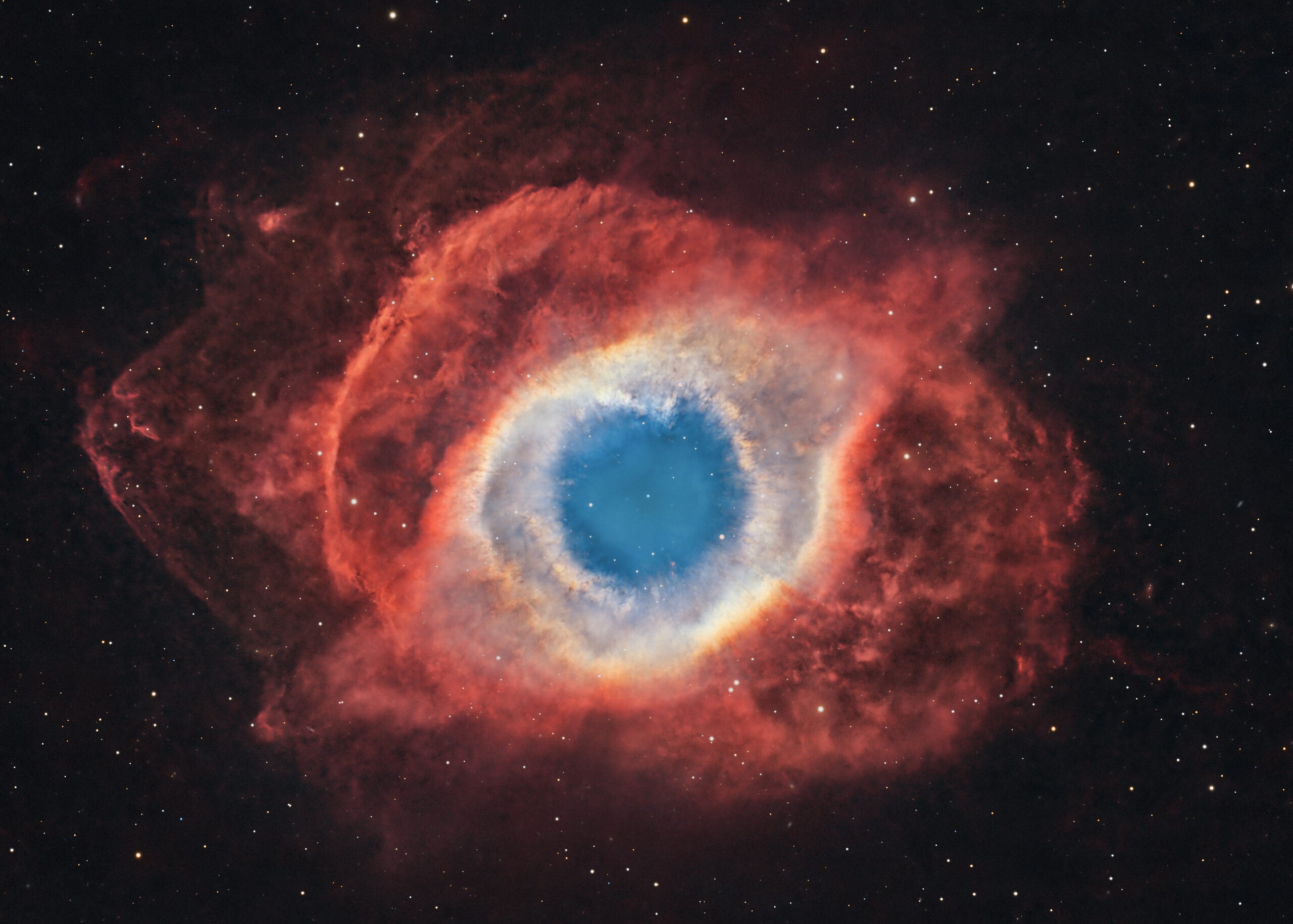
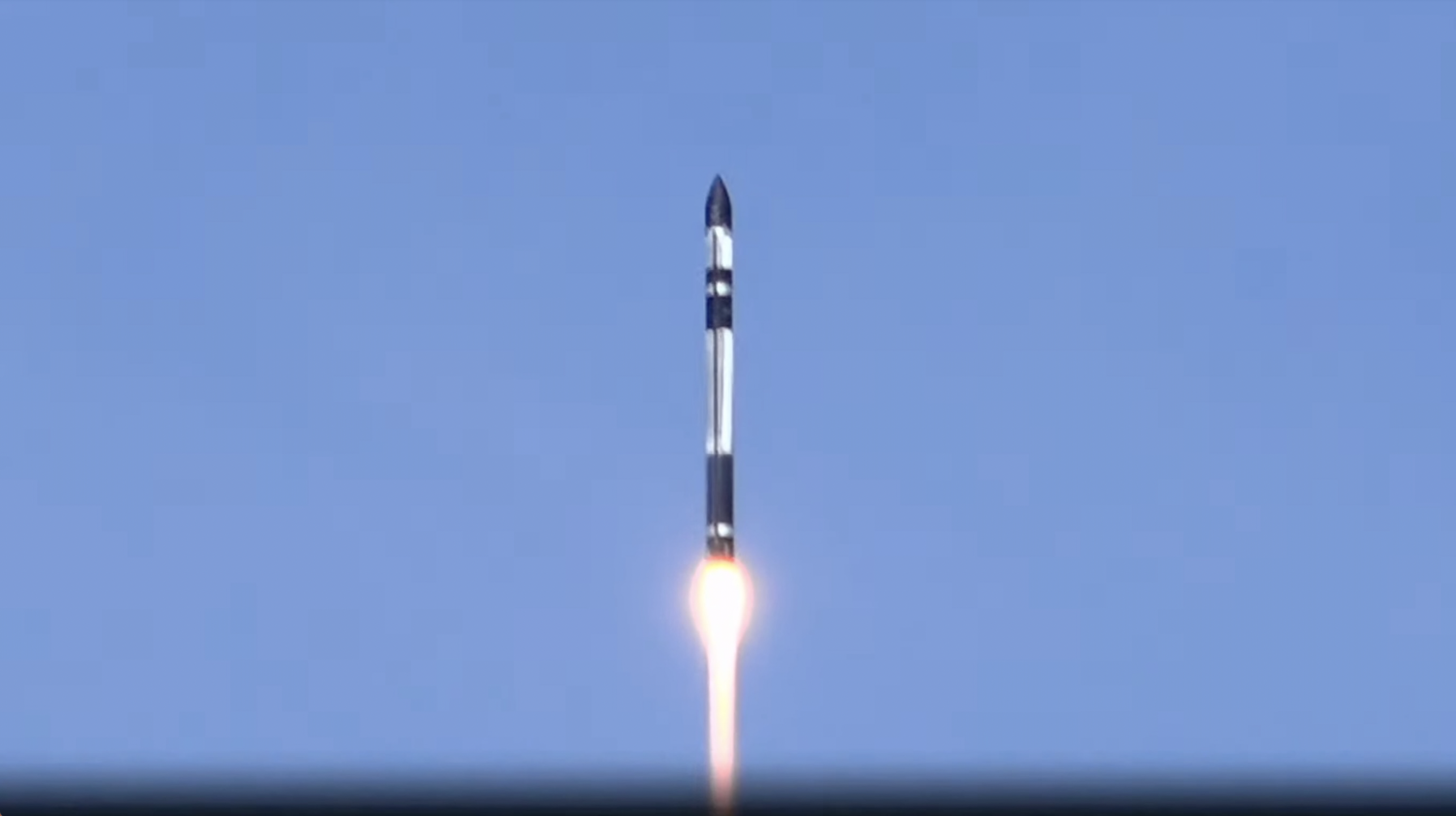
© Rocket Lab

© JAXA

© IDW

© Disney
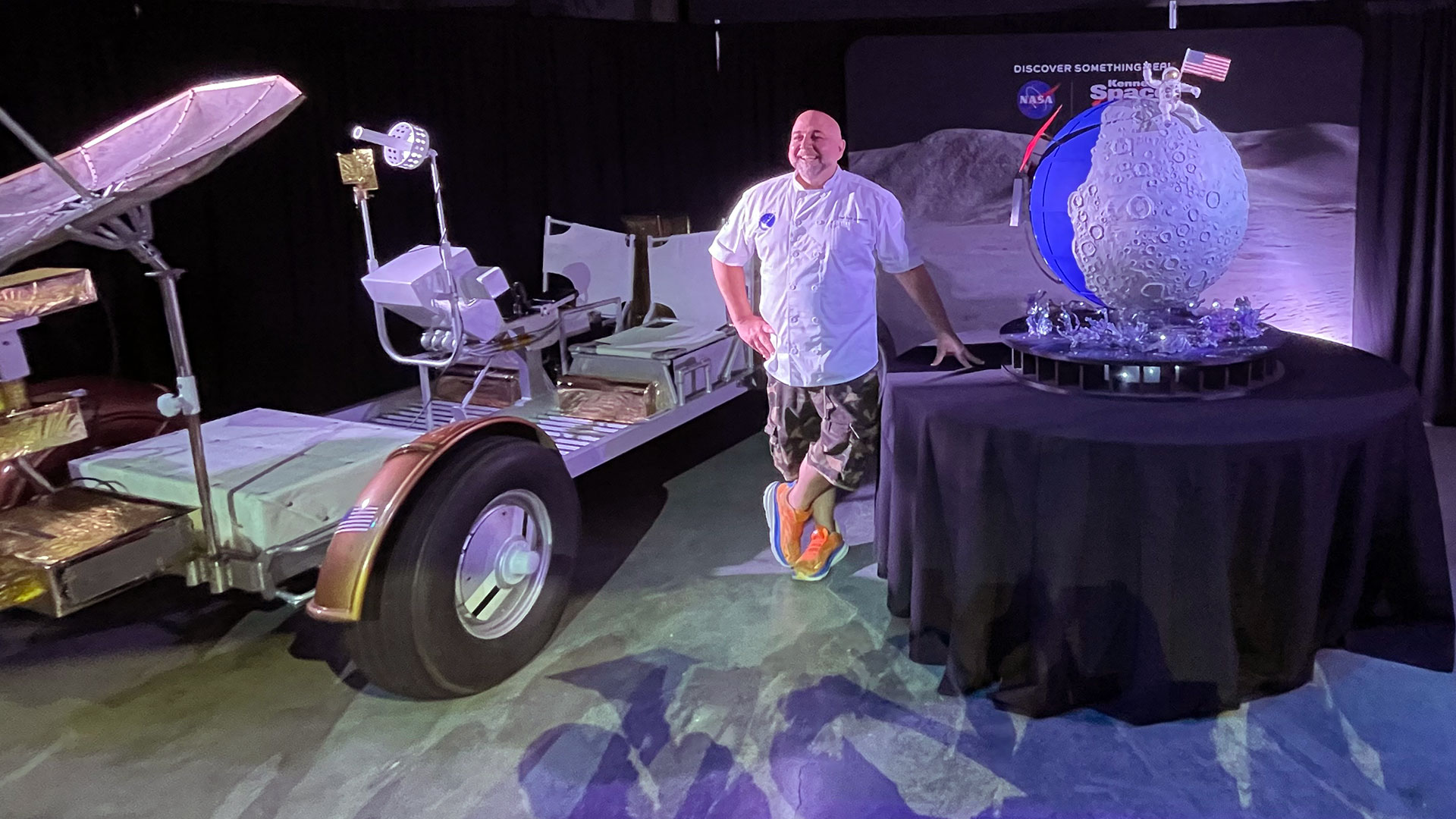
© Kennedy Space Center Visitor Complex
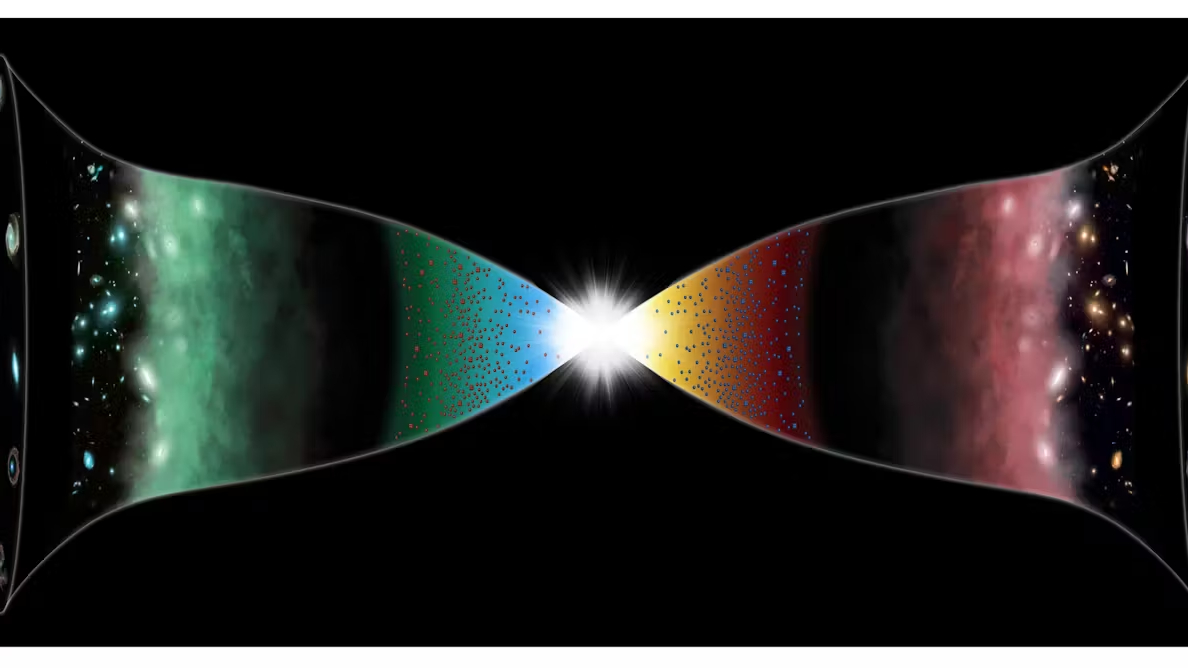
© Neil Turok, CC BY-SA
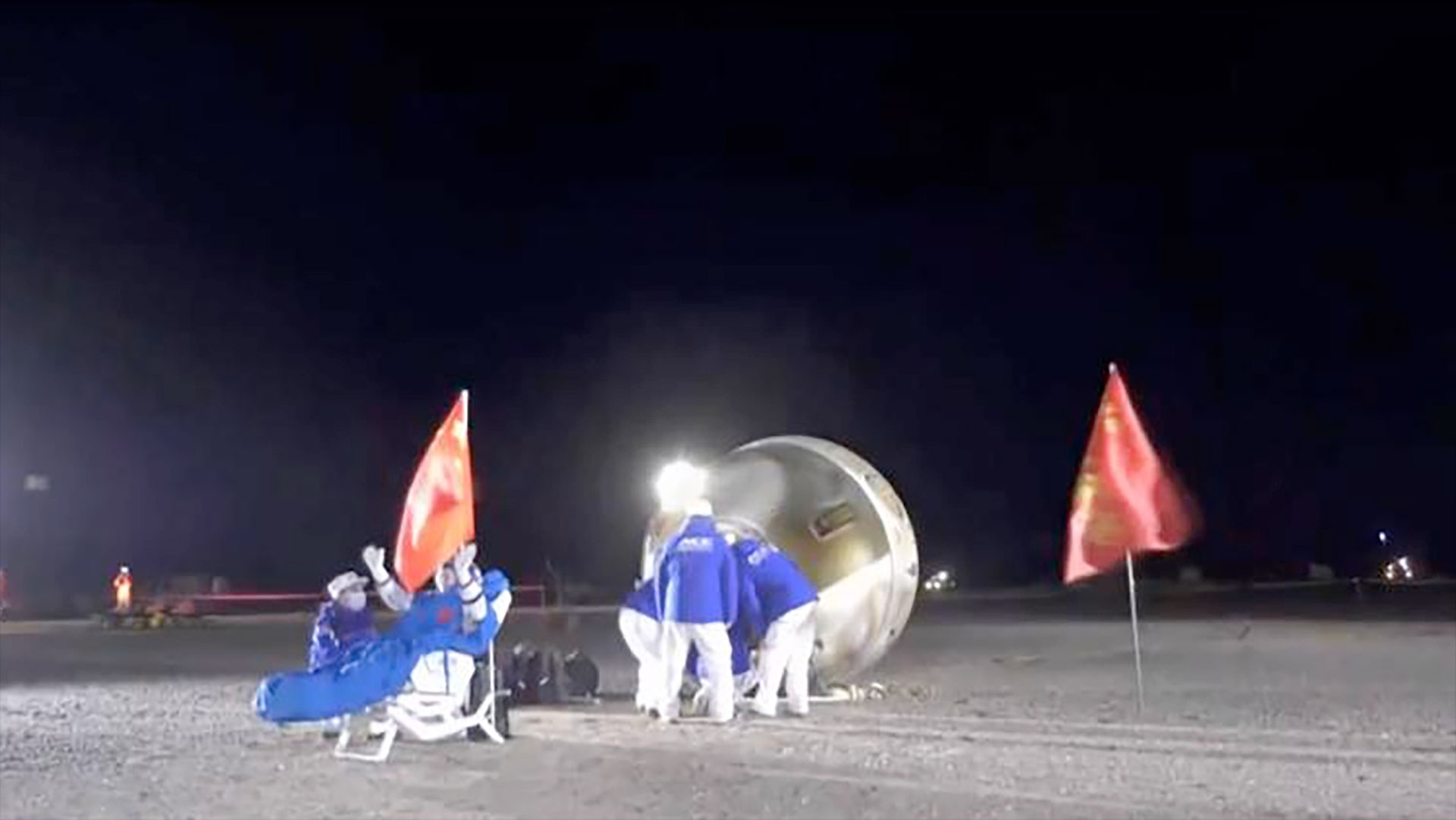
© CCTV
By the dawn of the 20th century, not much had changed in the 400 years since Galileo’s discovery of the four jovian moons and his confirmation of Copernicus’ Sun-centered solar system. Through the early 1900s, astronomers disagreed on whether the universe was home to a multitude of galaxies, so-called “island universes,” or contained entirely withinContinue reading "How Edwin Hubble won the Great Debate"
The post How Edwin Hubble won the Great Debate appeared first on Astronomy Magazine.
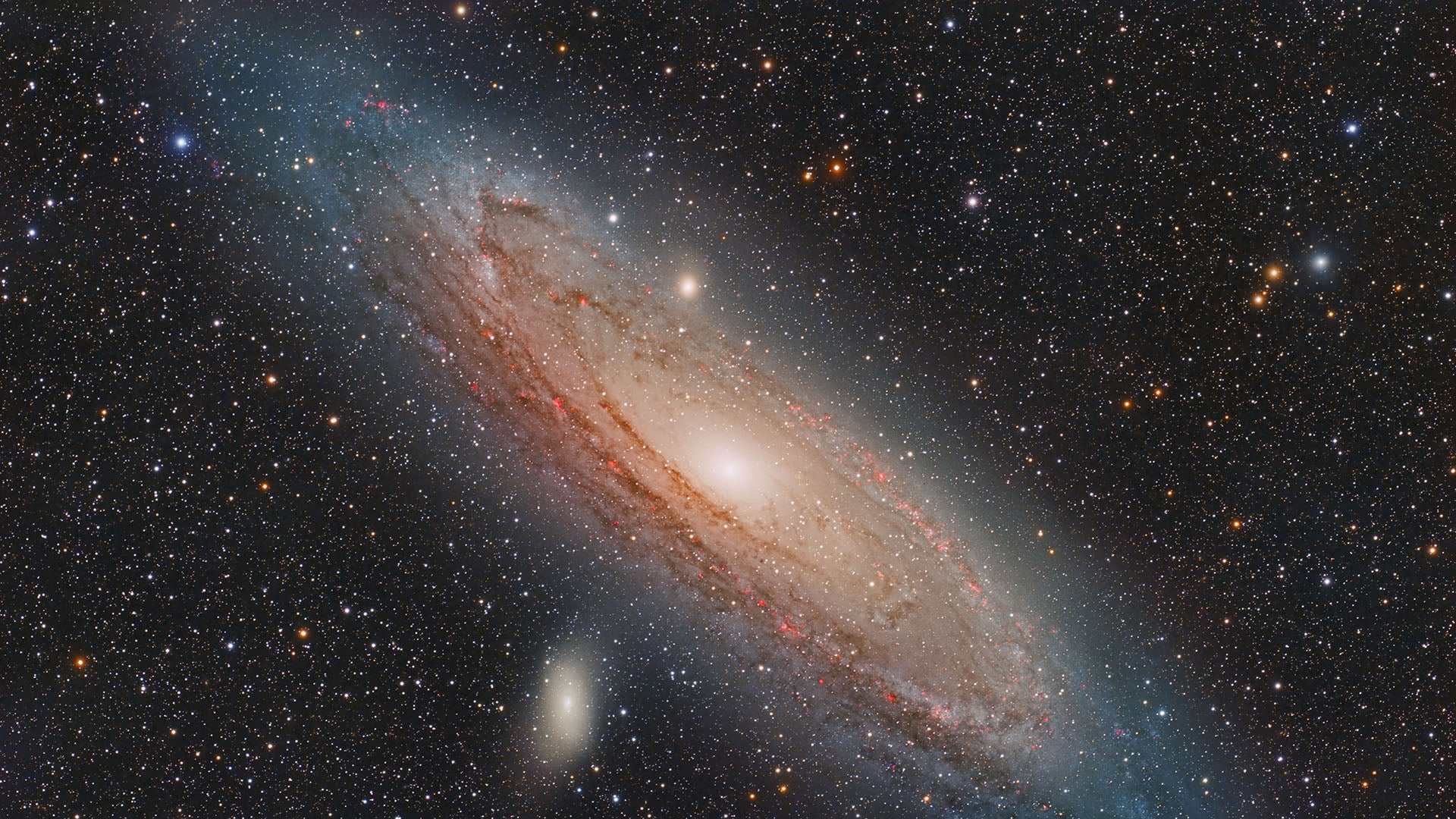
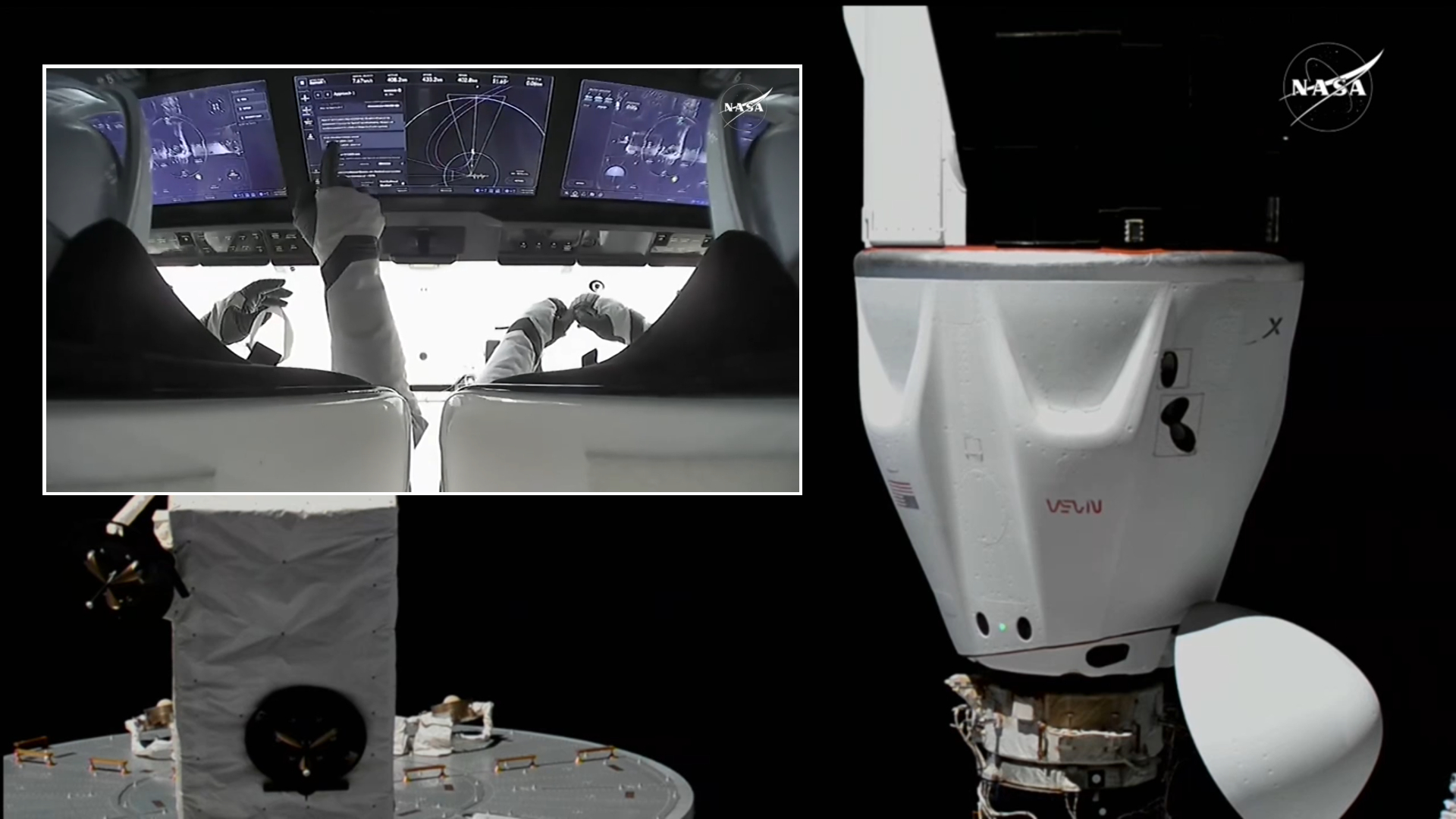
© NASA TV
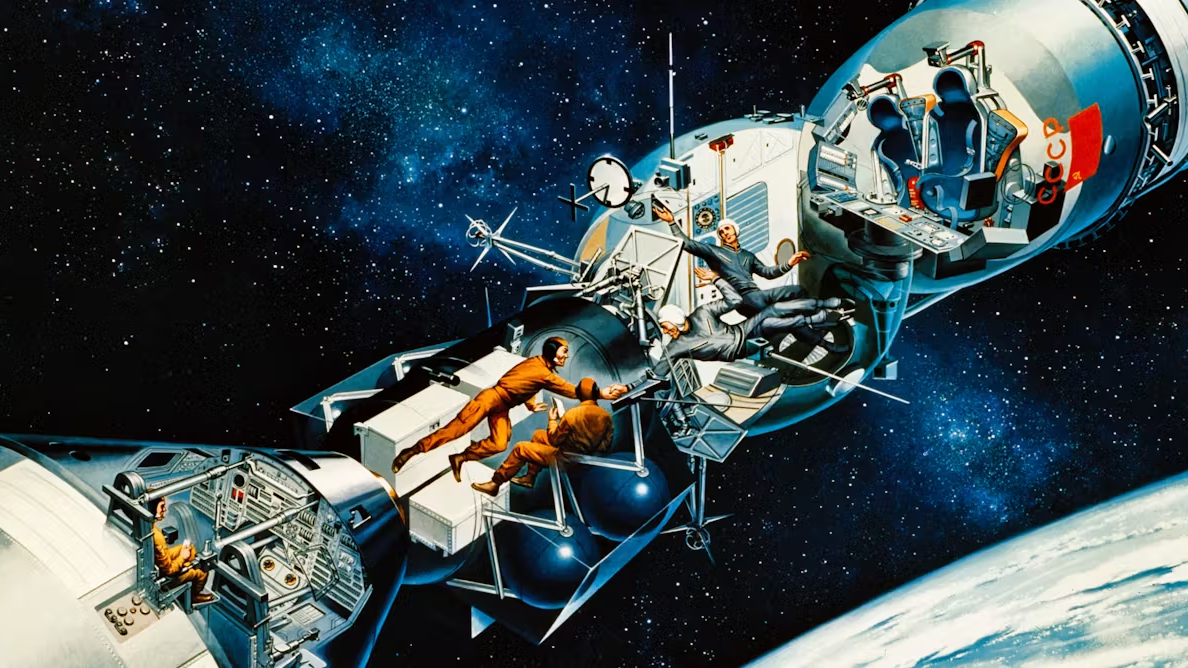
© David Meltzer/NASA

© EA

© TWiT
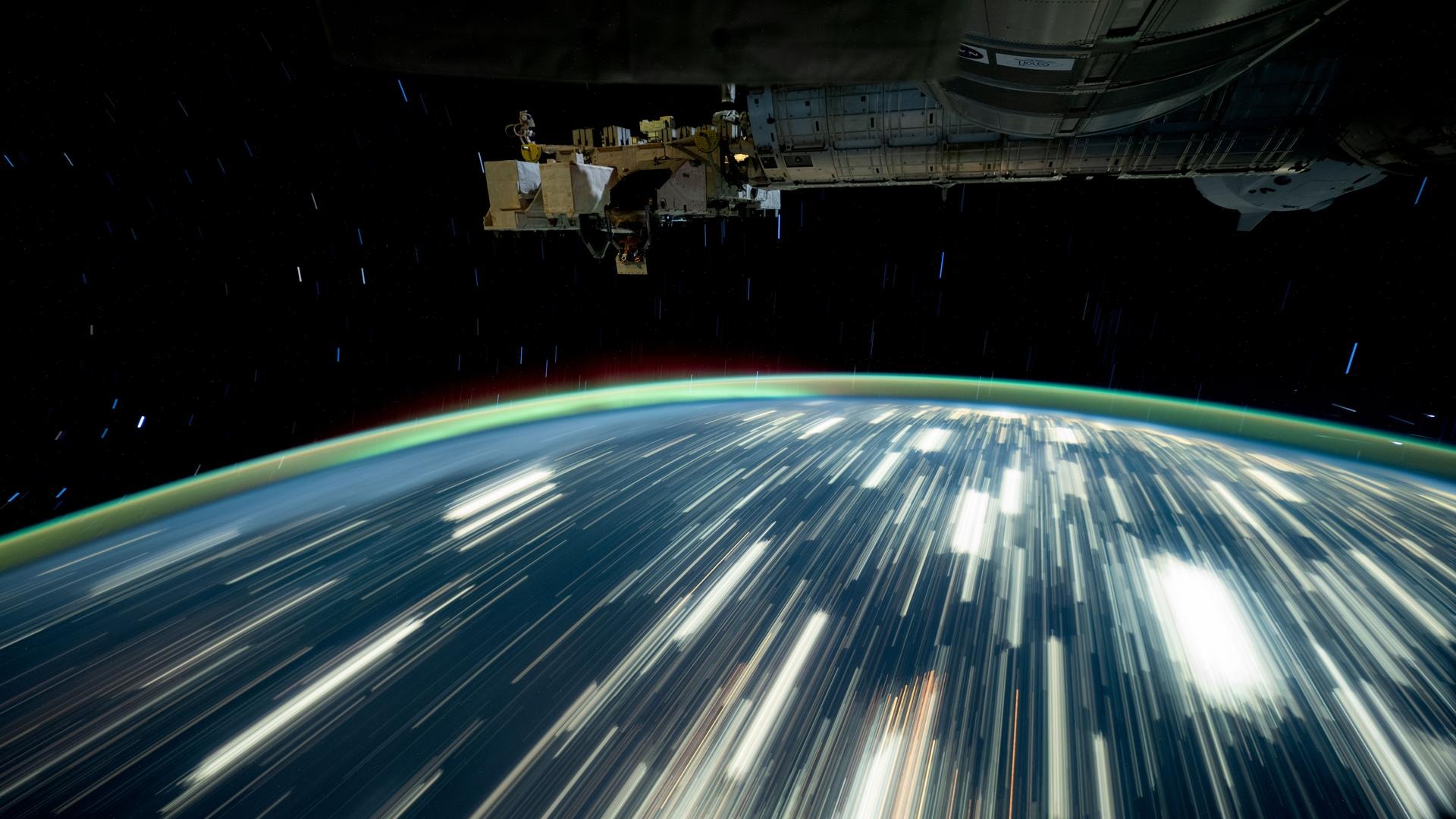
© NASA/Don Pettit
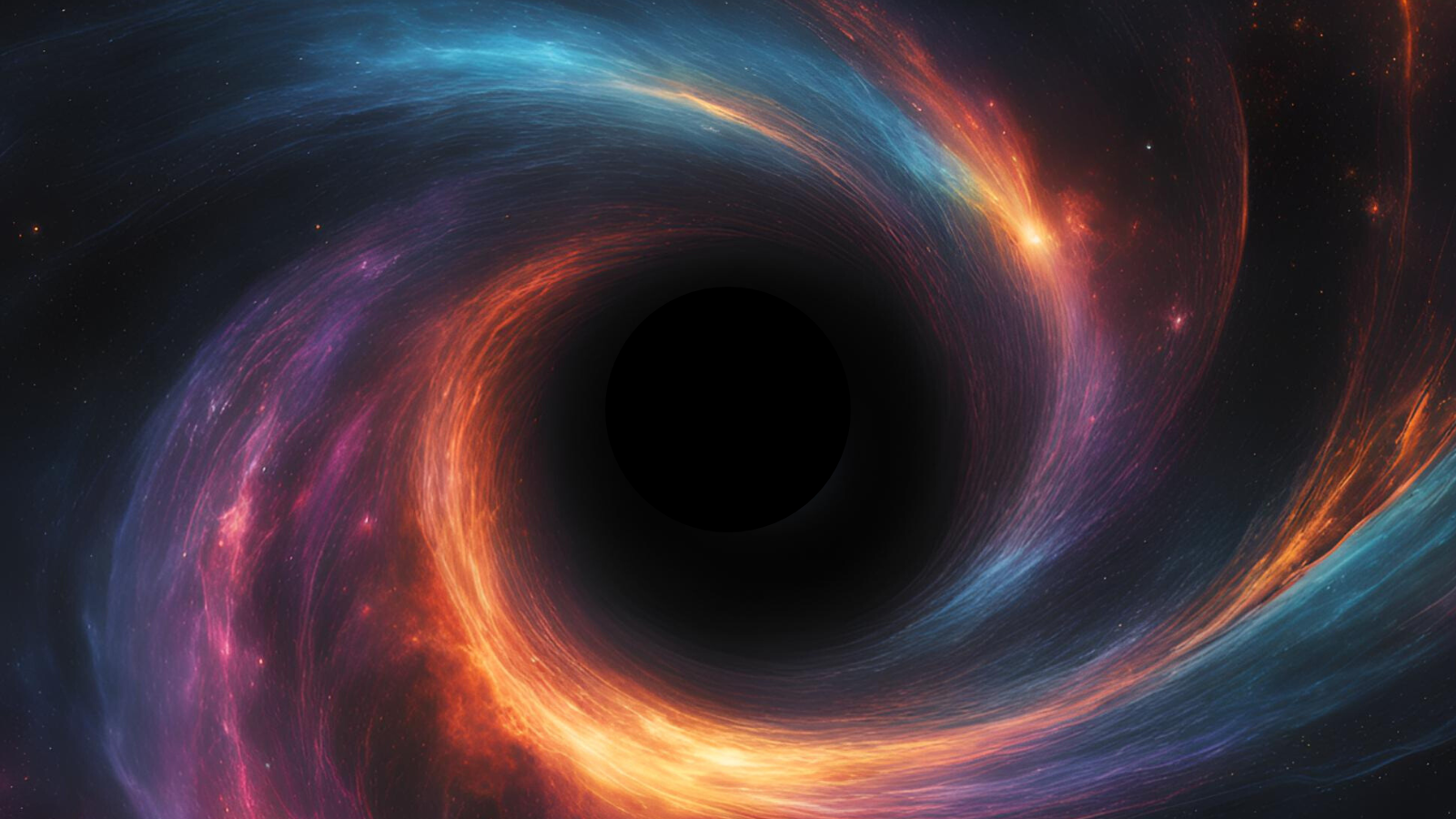
© Robert Lea (Created with Canva)

© JPL

© CCTV
Scientists breathed a collective sigh of relief last week when NASA announced that the Chandra X-ray Observatory had been spared the chopping block — at least for another year. It was an abrupt about-face from plans announced in March to decommission the space-based telescope by this December. Much of the credit for the 11th-hour stayContinue reading "Chandra X-ray telescope, facing chopping block, gets reprieve from NASA"
The post Chandra X-ray telescope, facing chopping block, gets reprieve from NASA appeared first on Astronomy Magazine.
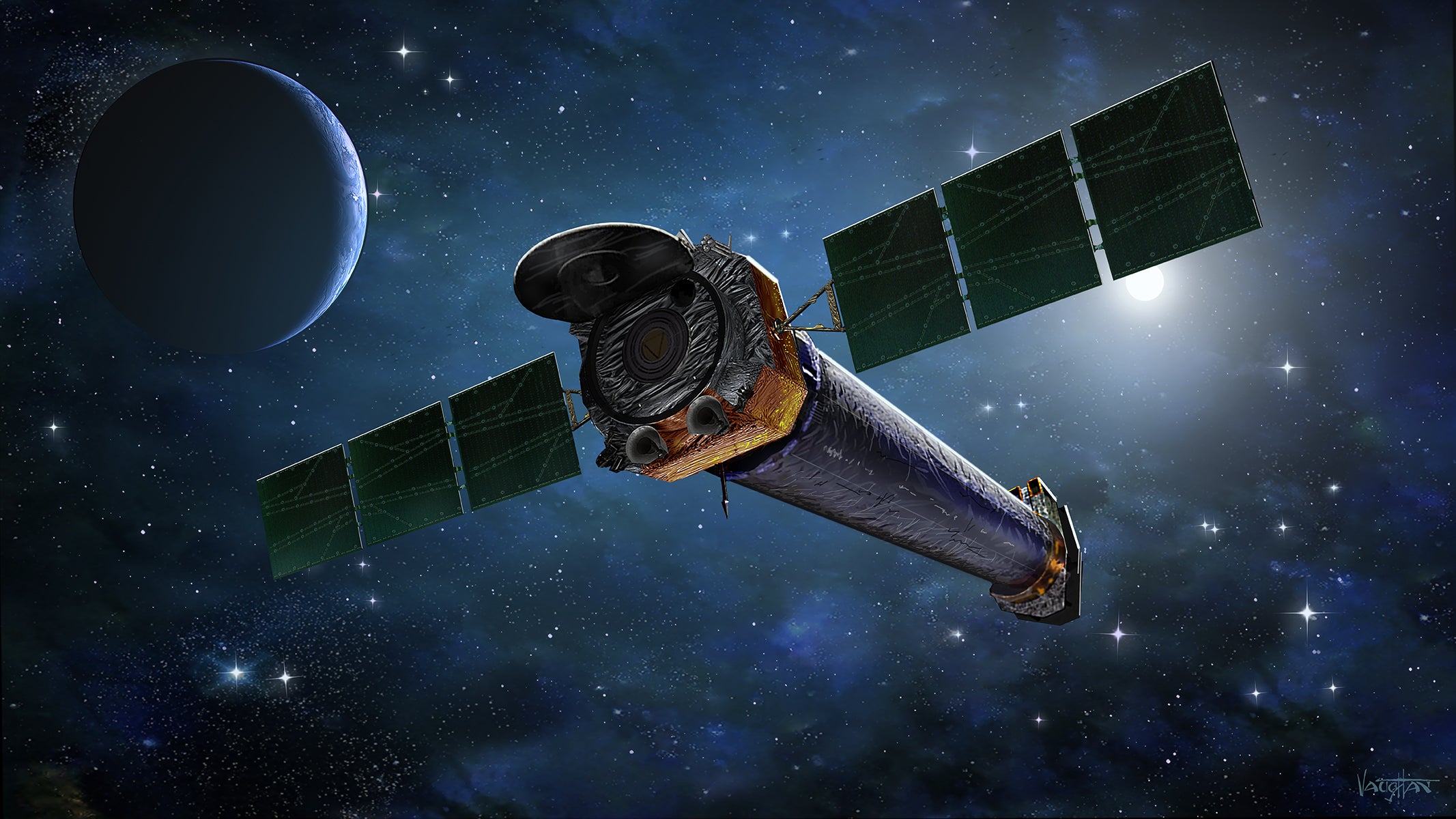
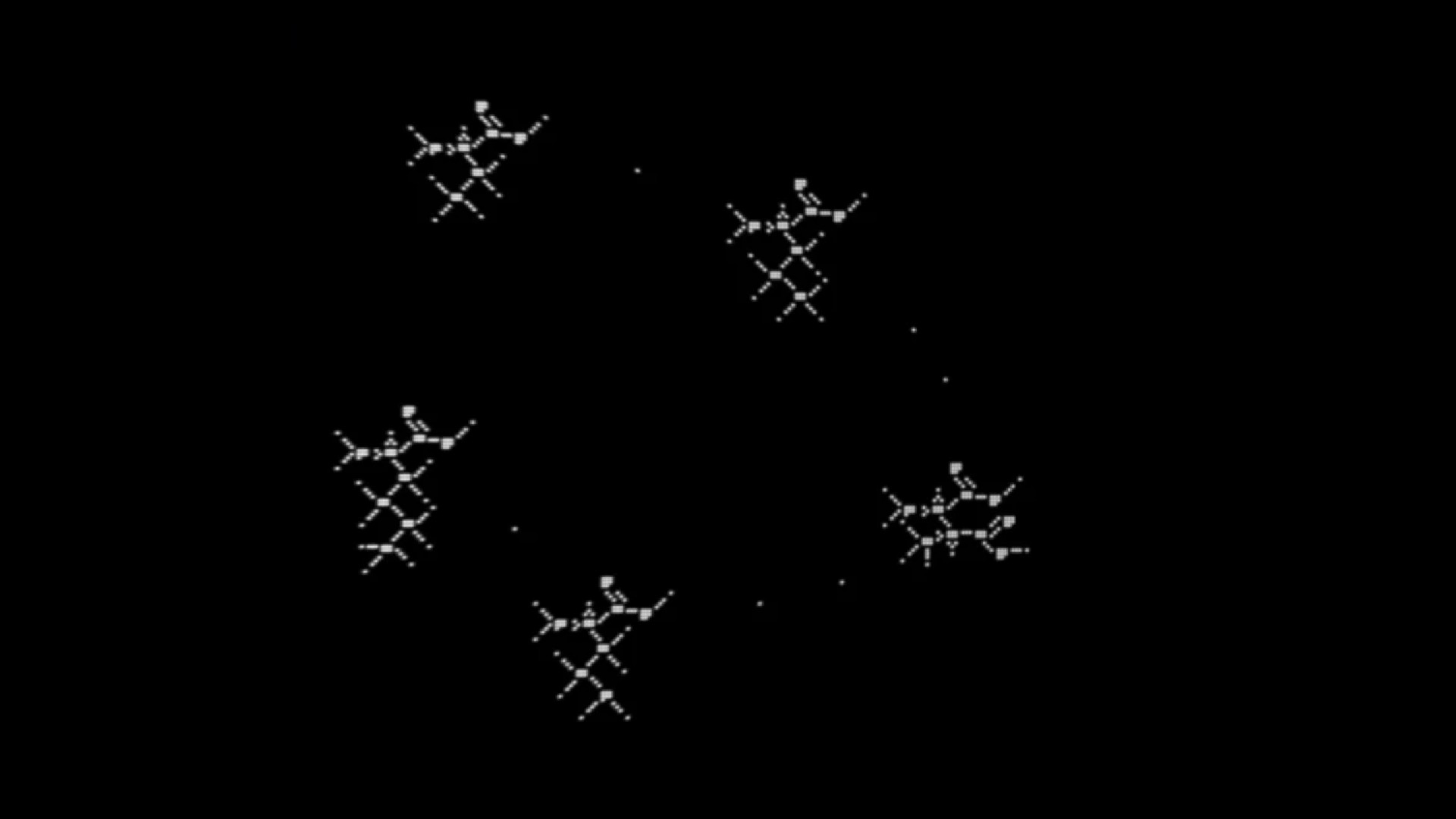
© Ken and Keli Chaffin

© Disney+
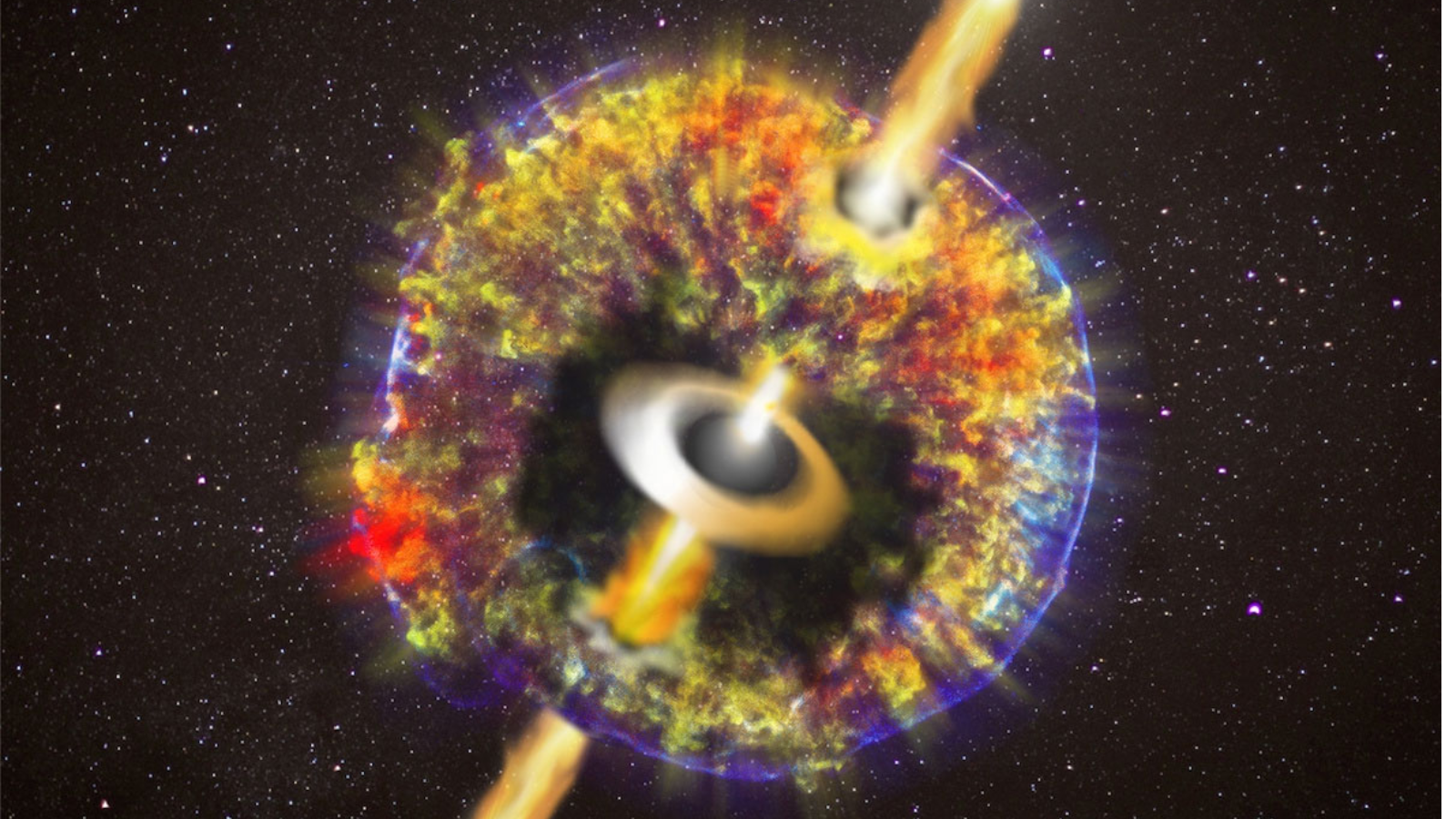
© O.S. SALAFIA, G. GHIRLANDA, CXC/NASA, GSFC, B. WILLIAMS ET AL
The next president of the United States could be the first in that office to accept a phone call from the Moon and hear a woman’s voice on the line. To do so, they’ll first need to make a series of strategic space policy decisions. They’ll also need a little luck. Enormous government investment supports outerContinue reading "Opinion: An international affairs expert breaks down Harris and Trump’s records on space policy"
The post Opinion: An international affairs expert breaks down Harris and Trump’s records on space policy appeared first on Astronomy Magazine.
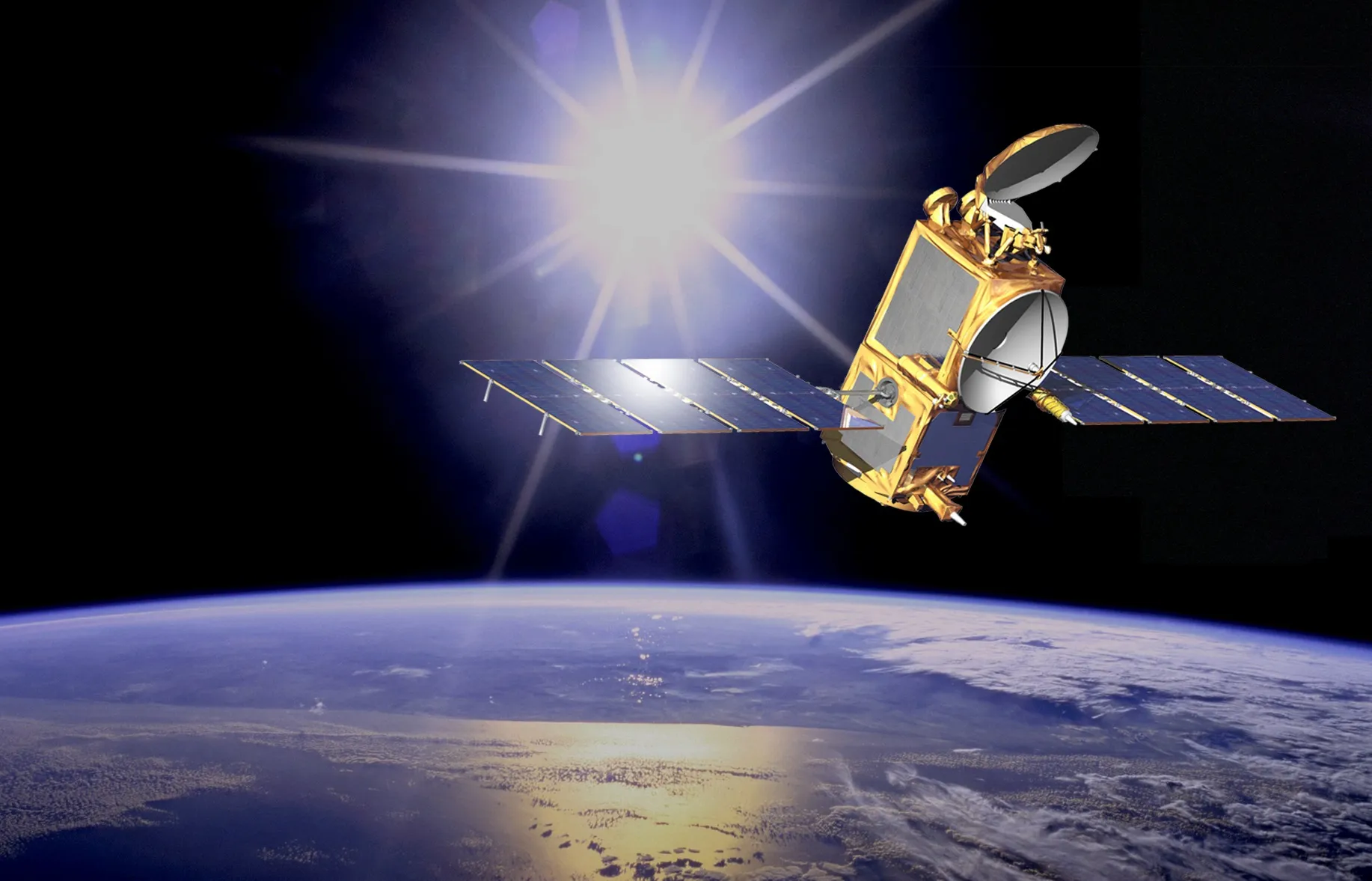

© Getty Images

© NASA Earth Observatory images by Lauren Dauphin, using Landsat data from the U.S. Geological Survey.
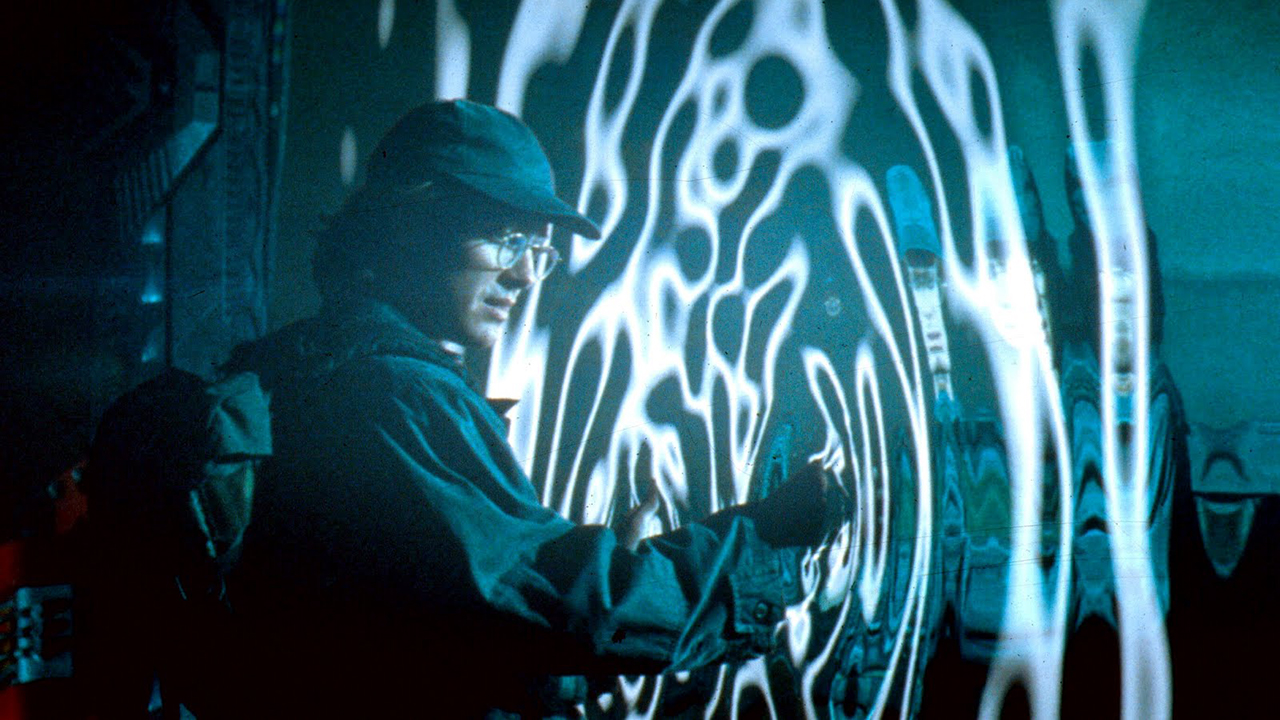
© Amazon MGM Studios
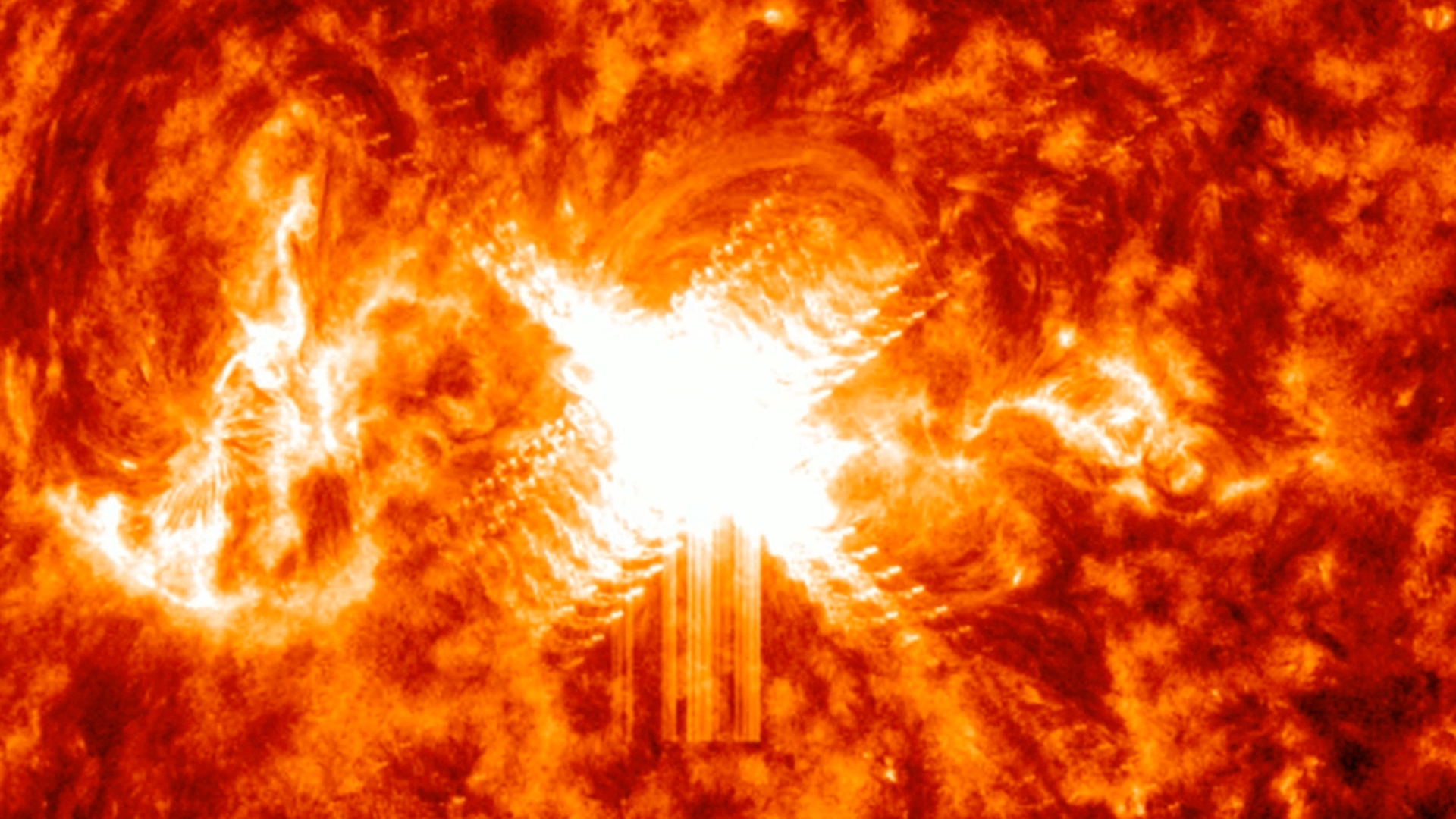
© NASA/SDO
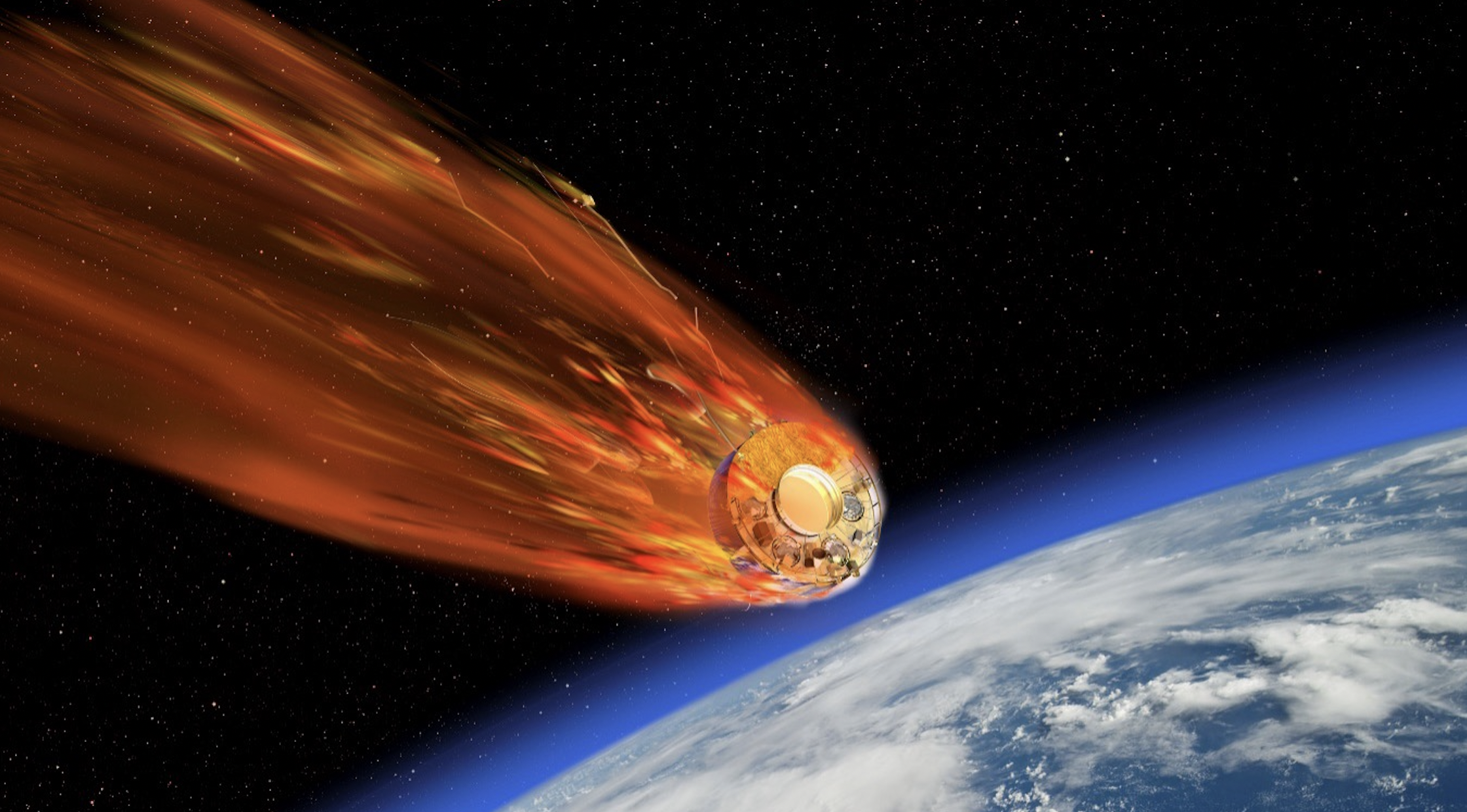
© ESA
Author(s): Mark Buchanan
A scheme that moves electromagnetically trapped ions around a 2D array of sites could aid development of scaled-up ion-based quantum computing.
[Physics 17, 159] Published Fri Nov 01, 2024
Bob Fera/Steve Mandel, taken from Sierra Remote Observatories, California The Sailboat Cluster (NGC 225) is an open star cluster in Cassiopeia; its common name was given to it by Astronomy contributor Rodney Pommier for the visual pattern of its stars. (If you can’t see the sailboat, try tilting your head slightly to the right.) TheContinue reading "Gales of November"
The post Gales of November appeared first on Astronomy Magazine.
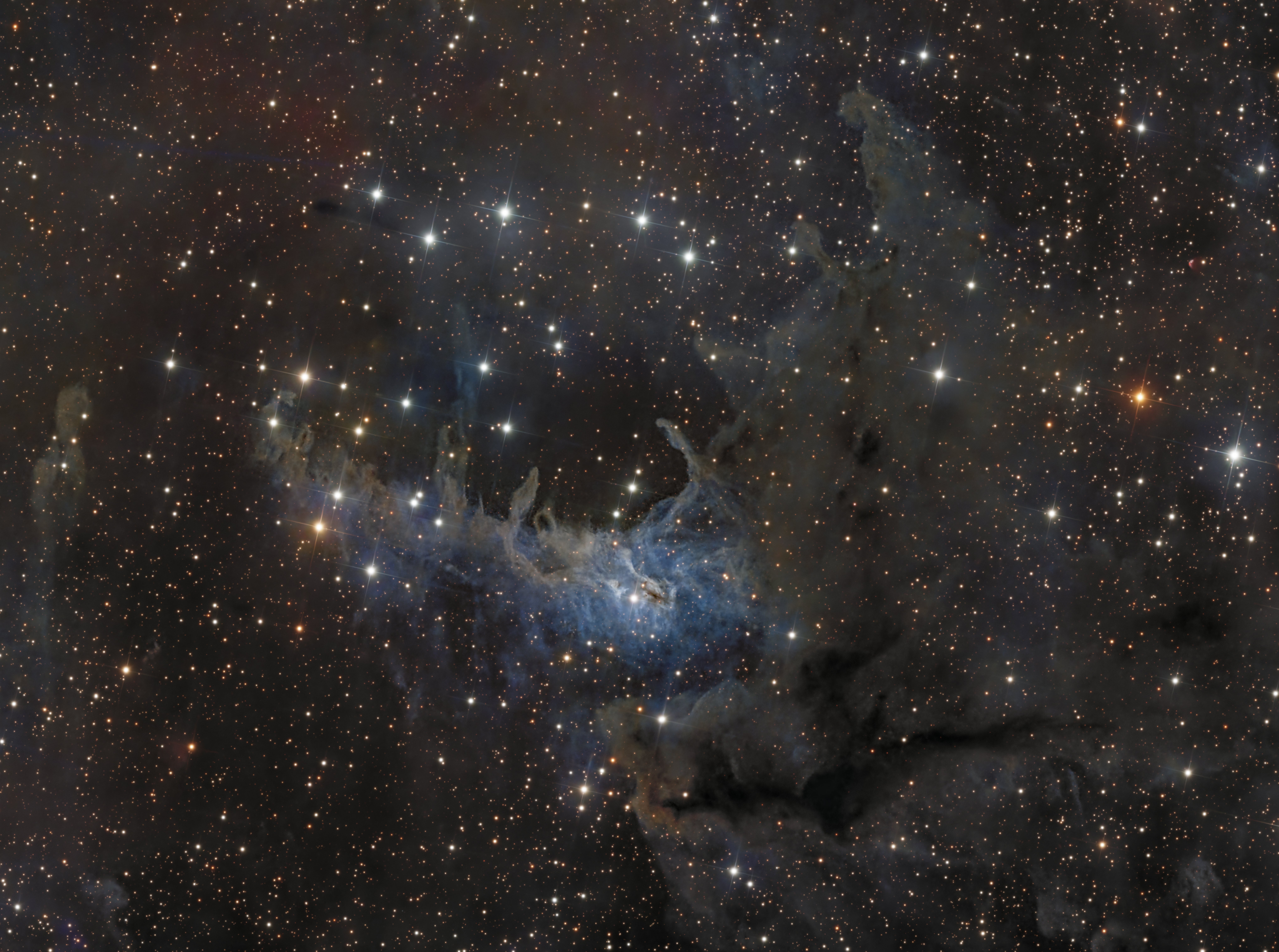

© Kevin Dietsch/Getty Images
Astronauts aboard the International Space Station (ISS) orbit the Earth hundreds of miles above American soil. But that doesn’t mean they can’t vote while they float. Indeed, Boeing Starliner astronauts Butch Wilmore and Suni Williams—who have been in the orbital laboratory since June after their test mission was extended due to safety concerns—said they intend to cast their ballots in theContinue reading "Here’s how ISS astronauts will vote in the 2024 election"
The post Here’s how ISS astronauts will vote in the 2024 election appeared first on Astronomy Magazine.

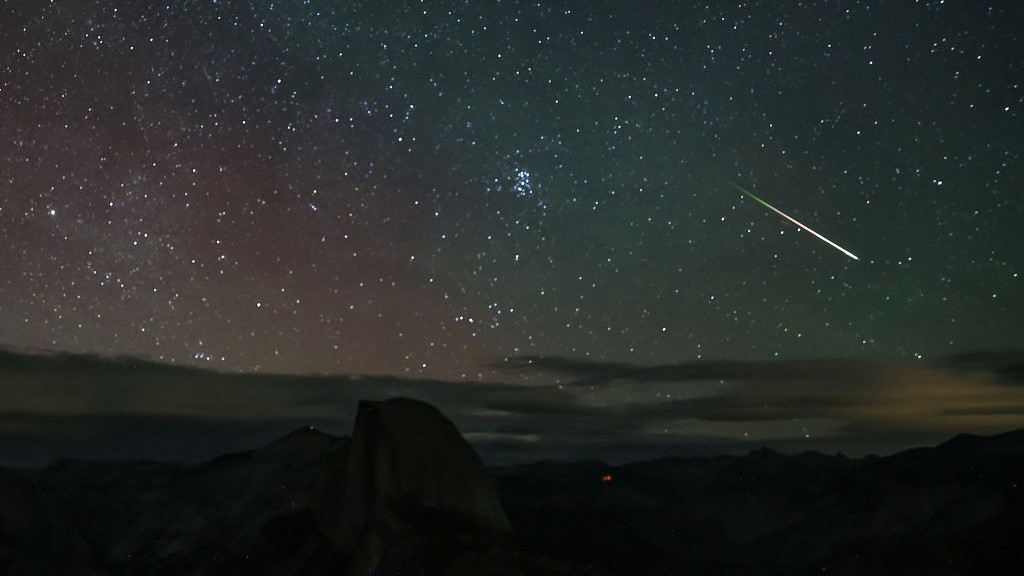
© Tayfun Coskun/Anadolu via Getty Images

© NASA/JPL-Caltech/SETI Institute
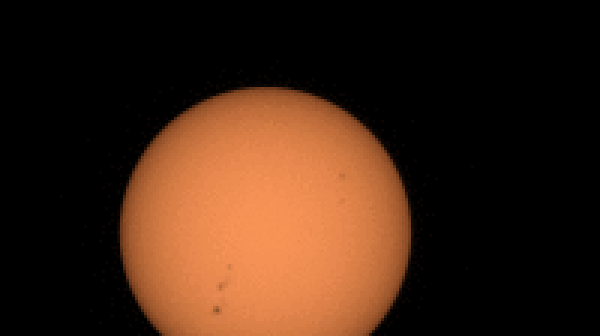
© NASA/JPL-Caltech/ASU/MSSS
For thousands of years, humans have worshipped the Sun. Our ancestors built monuments and temples to it, and used it to mark the annual cycle of seasons. For ancient Egyptians, their most important god, Re, was the personification of the Sun itself. Today, we are no less in thrall to the wonders and mysteries ofContinue reading "Bringing the Sun to light"
The post Bringing the Sun to light appeared first on Astronomy Magazine.
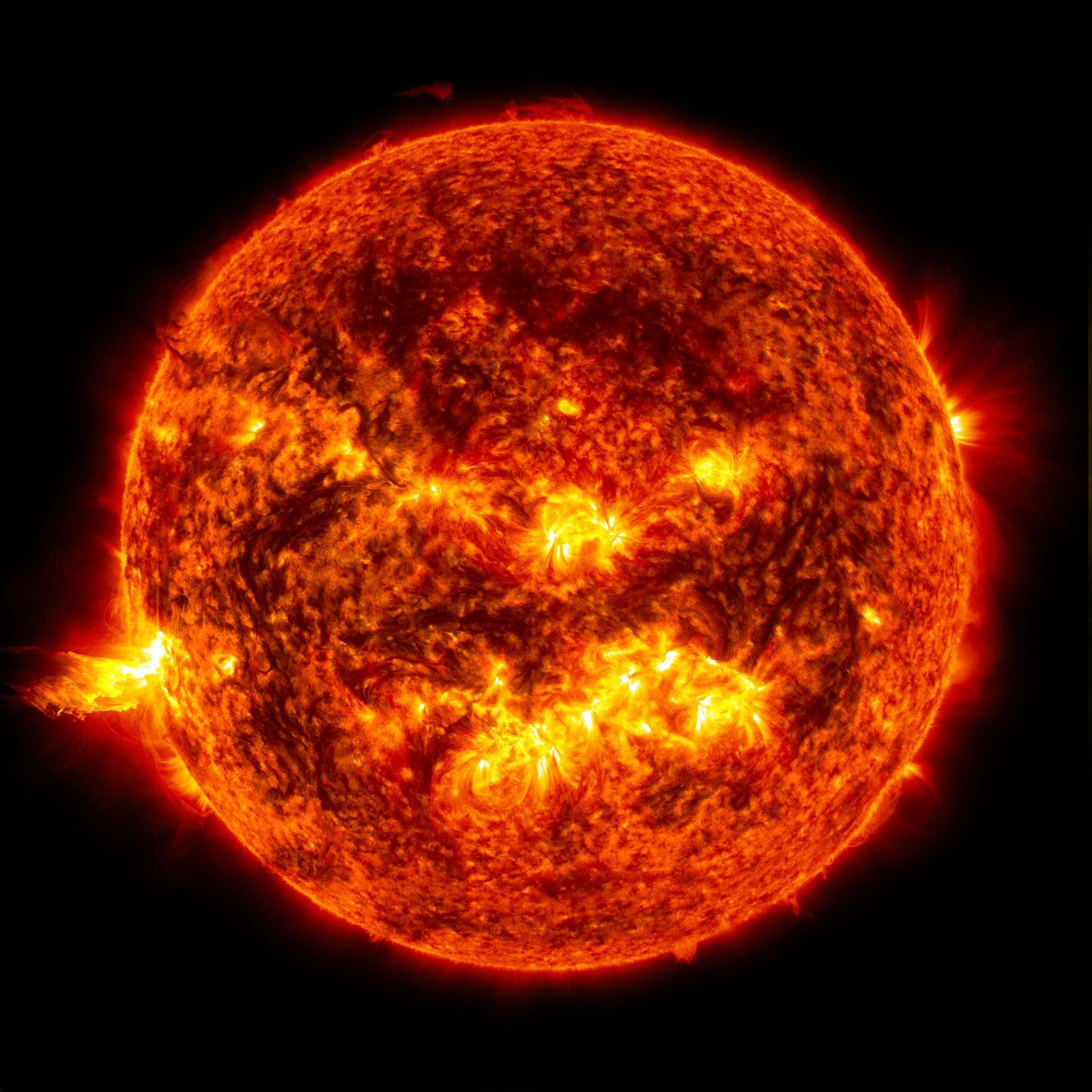
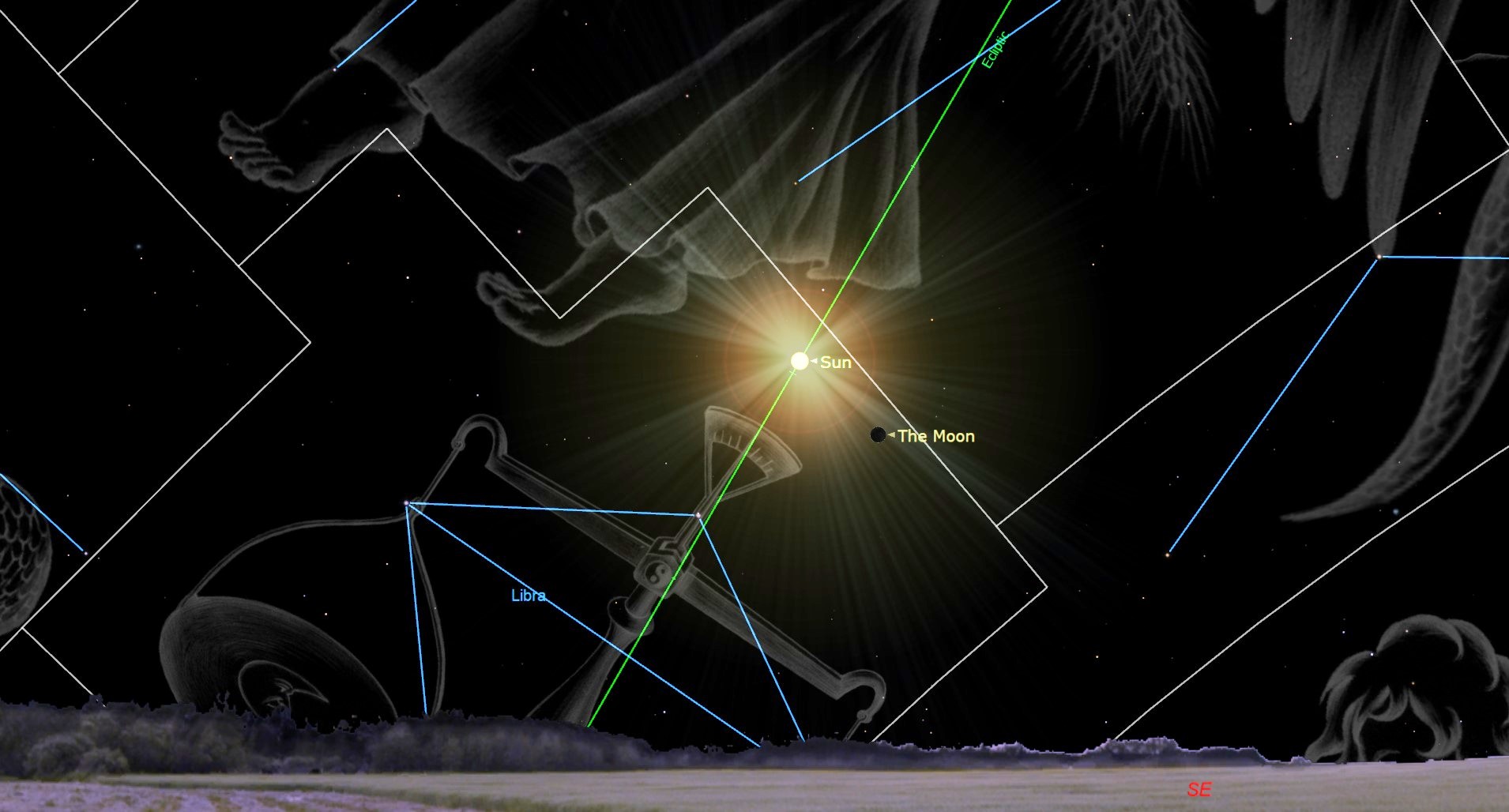
© Chris Vaughan/Starry Night
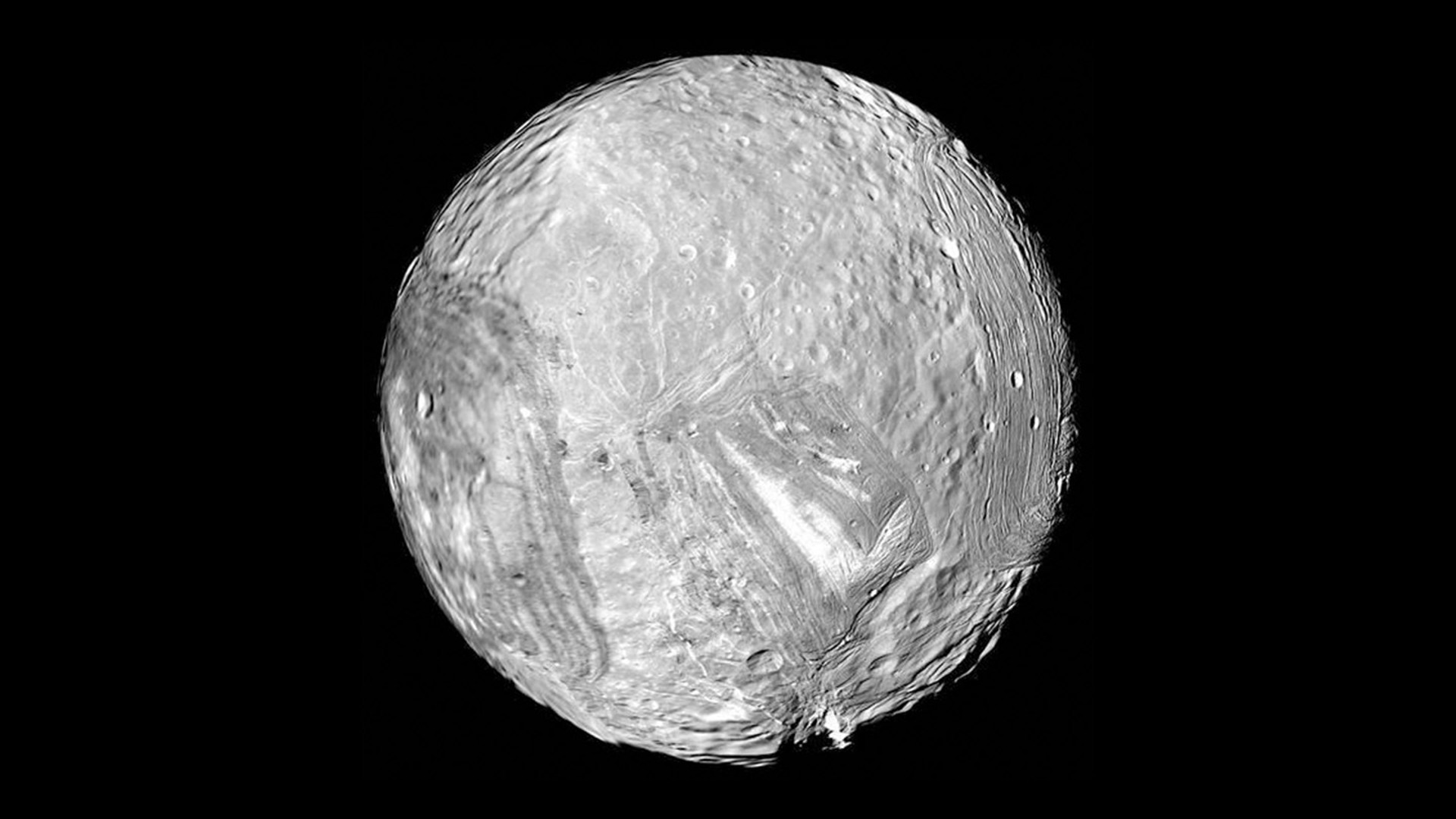
© NASA/JPL-Caltech
November brings many sights to explore, including Mercury in the early evening, Mars brightening, and the giant planets Jupiter and Saturn adding to the spectacle. Jupiter in particular is reaching its best apparition in a decade for Northern Hemisphere observers. Let’s start soon after sunset. Mercury hugs the southwest horizon and remains easily visible throughoutContinue reading "November 2024: What’s in the sky this month? Mars and Jupiter are improving, while Uranus reaches opposition"
The post November 2024: What’s in the sky this month? Mars and Jupiter are improving, while Uranus reaches opposition appeared first on Astronomy Magazine.
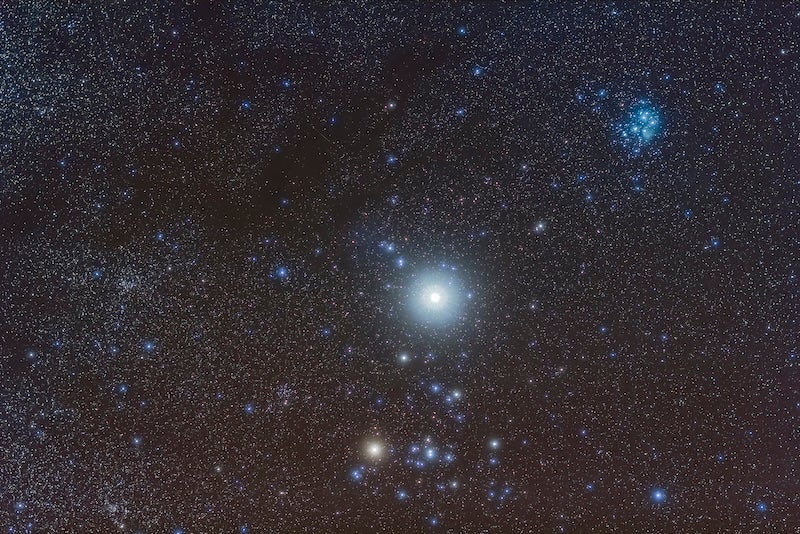
Friday, November 1New Moon occurs this morning at 8:47 A.M. EDT. The planet Mercury is now becoming visible, low in the evening sky. If you have a clear view southwest, you may catch the planet some 30 minutes after sunset, hanging just 2° above the horizon. Although bright at magnitude –0.3, it may be difficultContinue reading "The Sky This Week from November 1 to 8: Valles Marineris comes into view"
The post The Sky This Week from November 1 to 8: Valles Marineris comes into view appeared first on Astronomy Magazine.
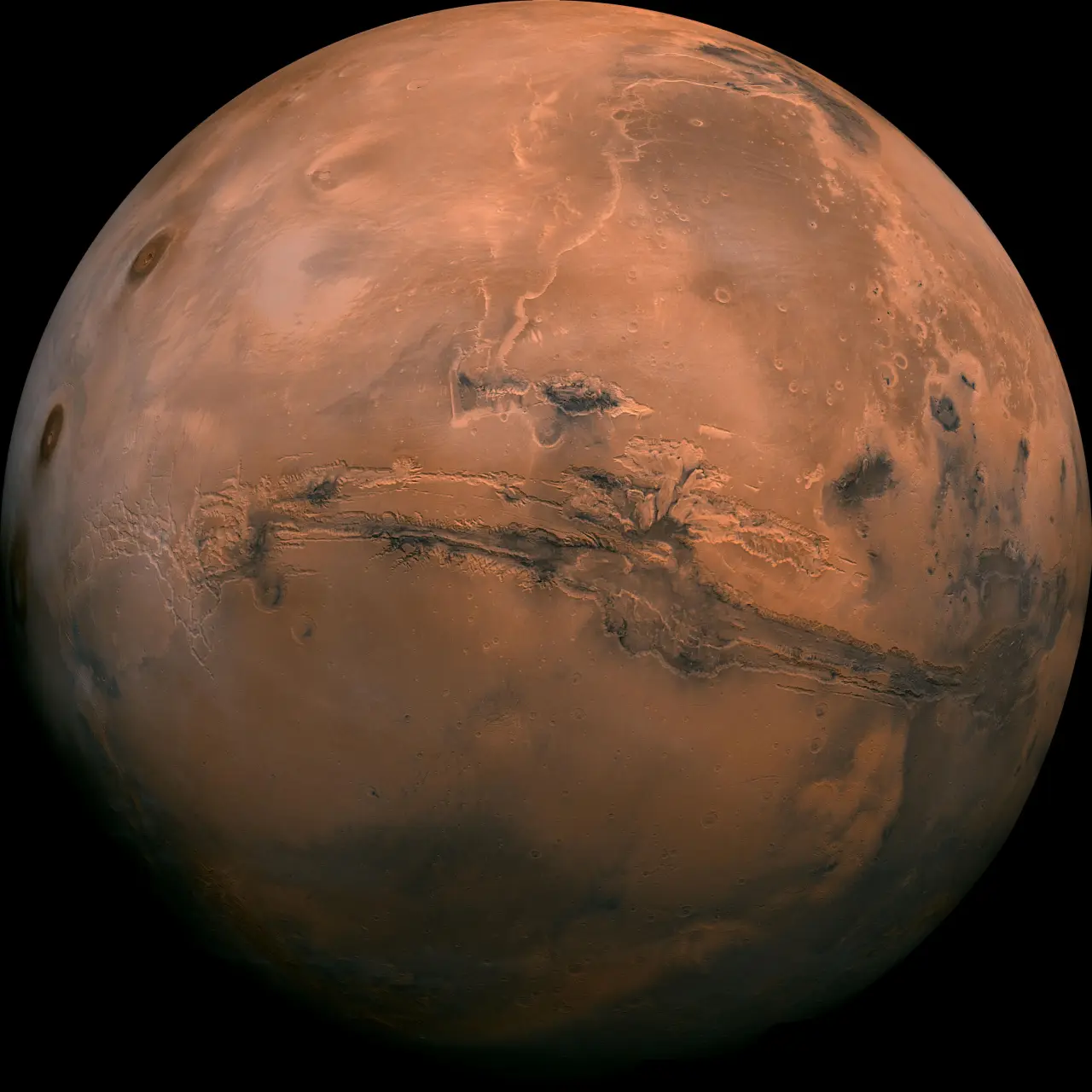
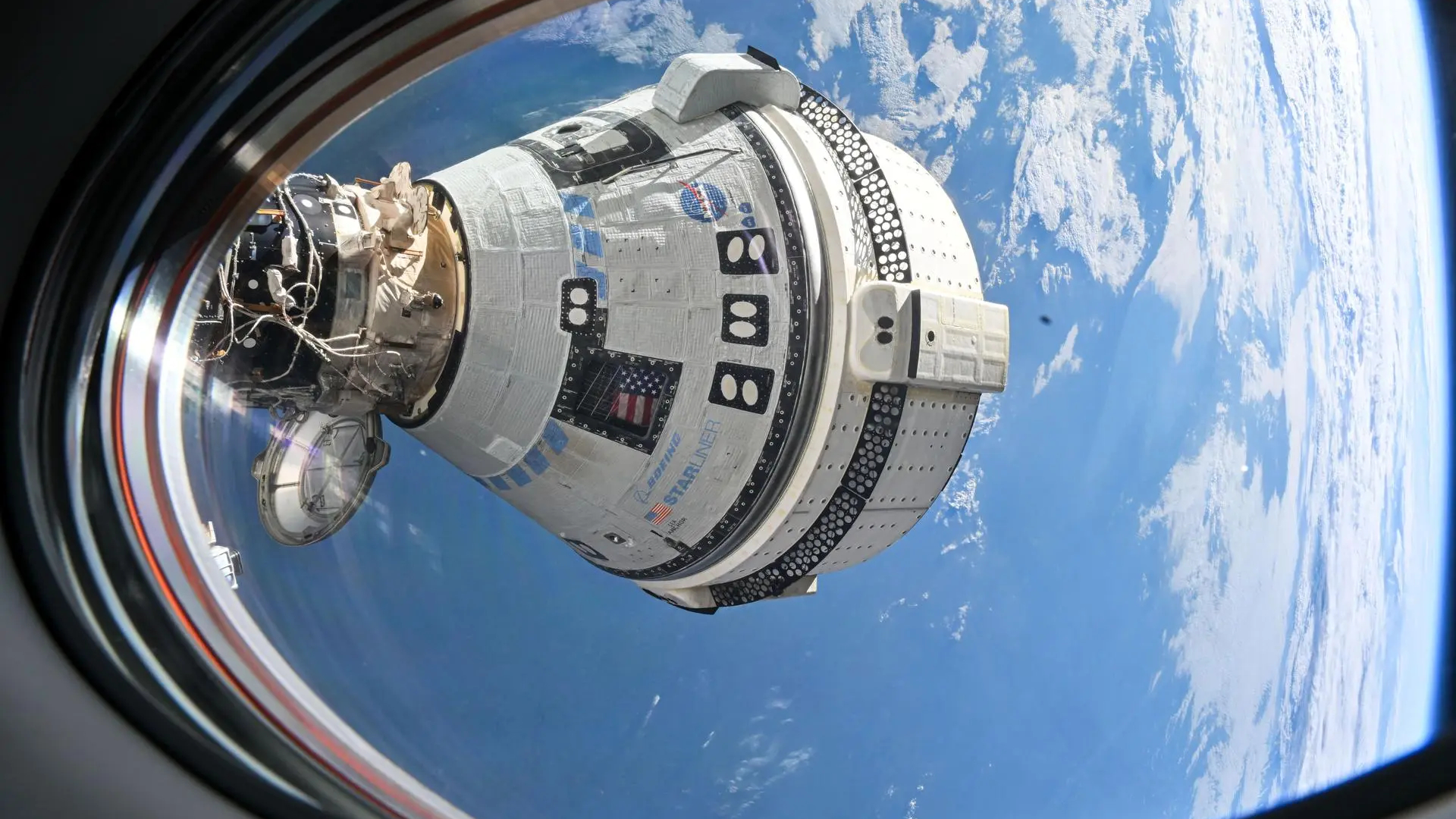
© NASA
Puerto Rico’s Arecibo Observatory was felled by the combination of a hurricane, an equipment failure never before seen in the annals of engineering, and an “alarming” lack of concern from engineers and inspectors when crucial support cables were seen slipping out of their sockets years before the main platform of the famed radio telescope cameContinue reading "Arecibo telescope was doomed by hurricane damage and human failures, says report"
The post Arecibo telescope was doomed by hurricane damage and human failures, says report appeared first on Astronomy Magazine.

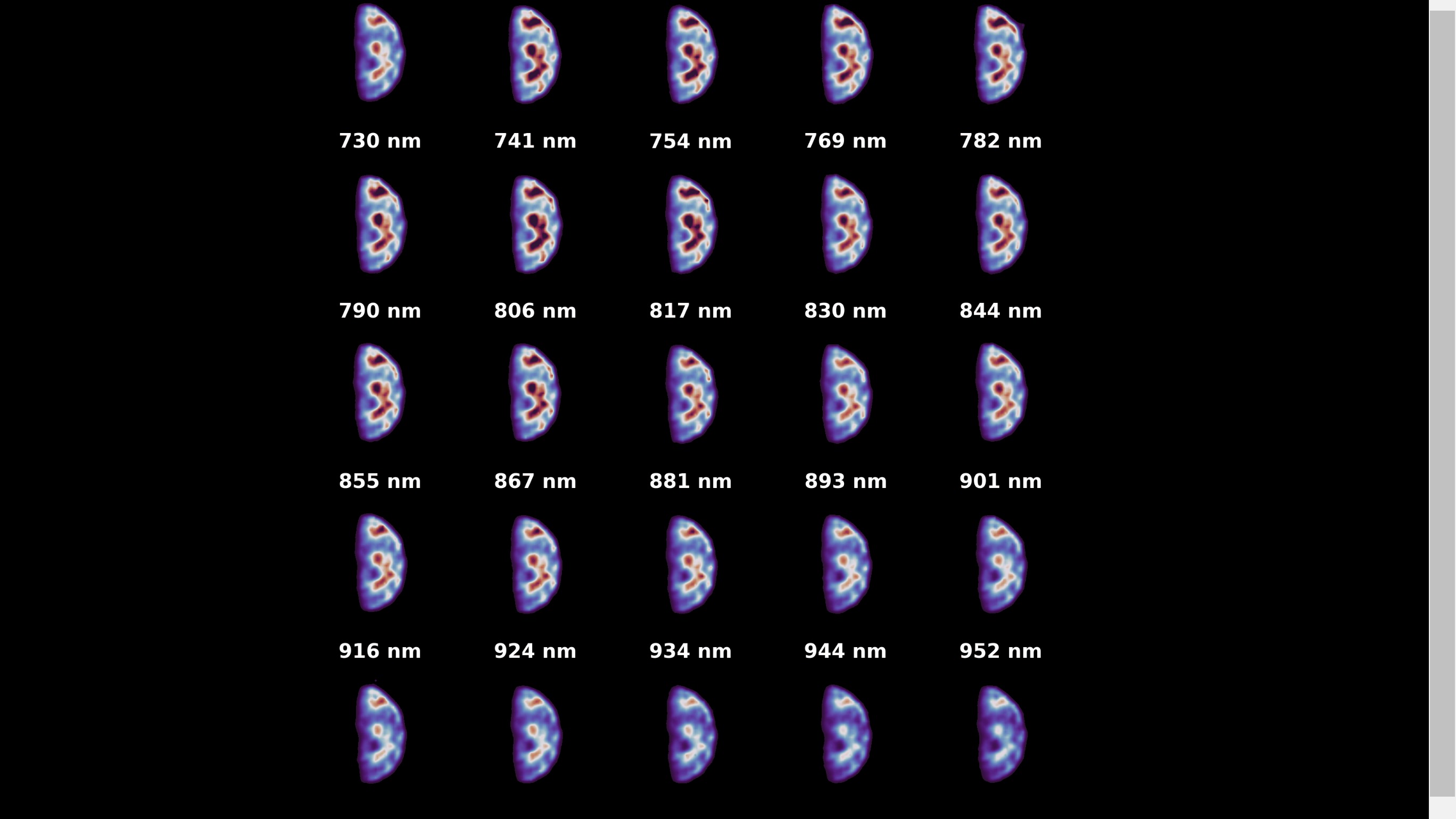
© European Space Agency
Author(s): Rachel Berkowitz
A “Little Earth Experiment” inside a giant magnet sheds light on so-far-unexplained flow patterns in Earth’s interior.
[Physics 17, 142] Published Thu Oct 31, 2024
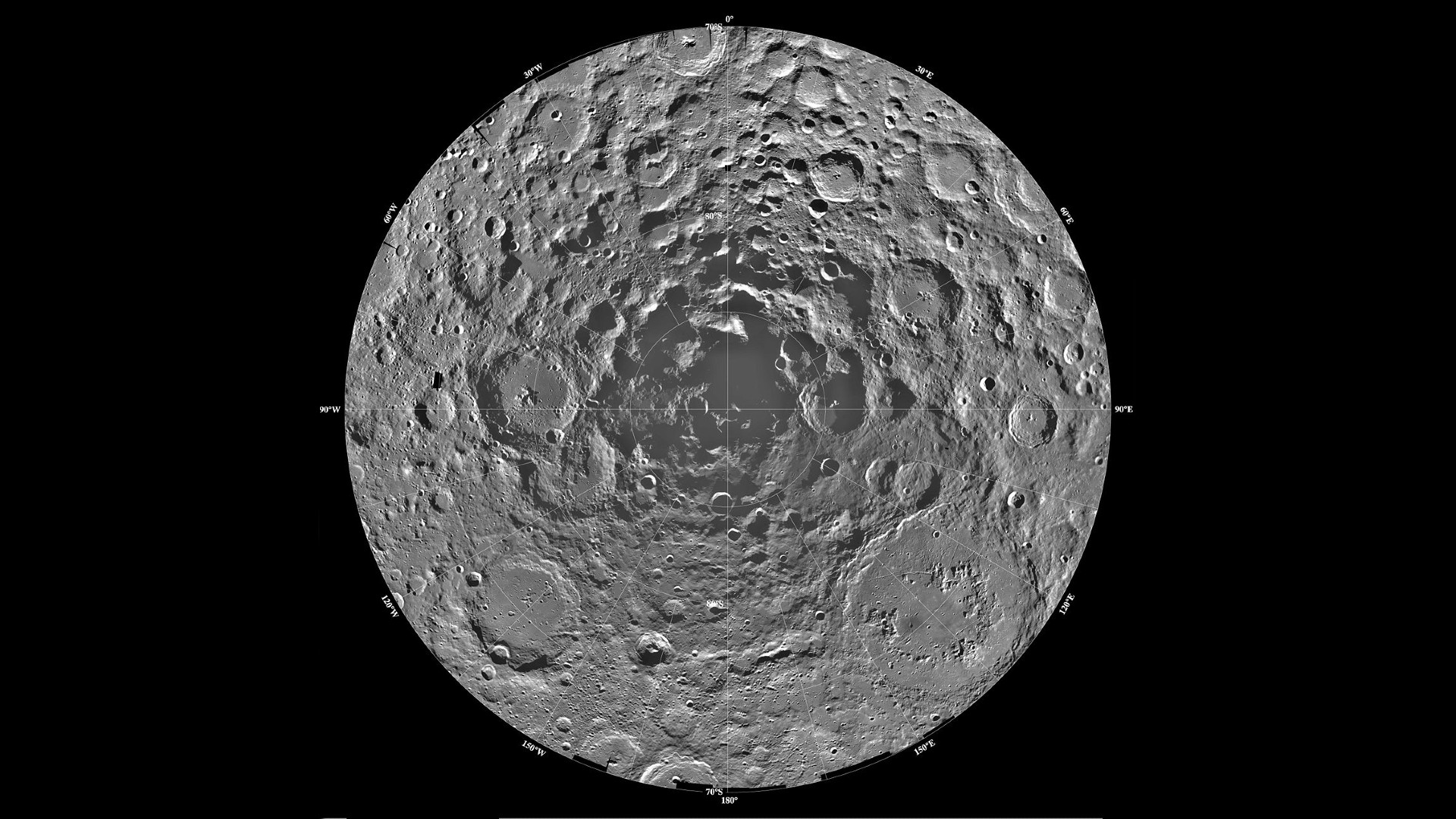
© NASA/JPL/USGS
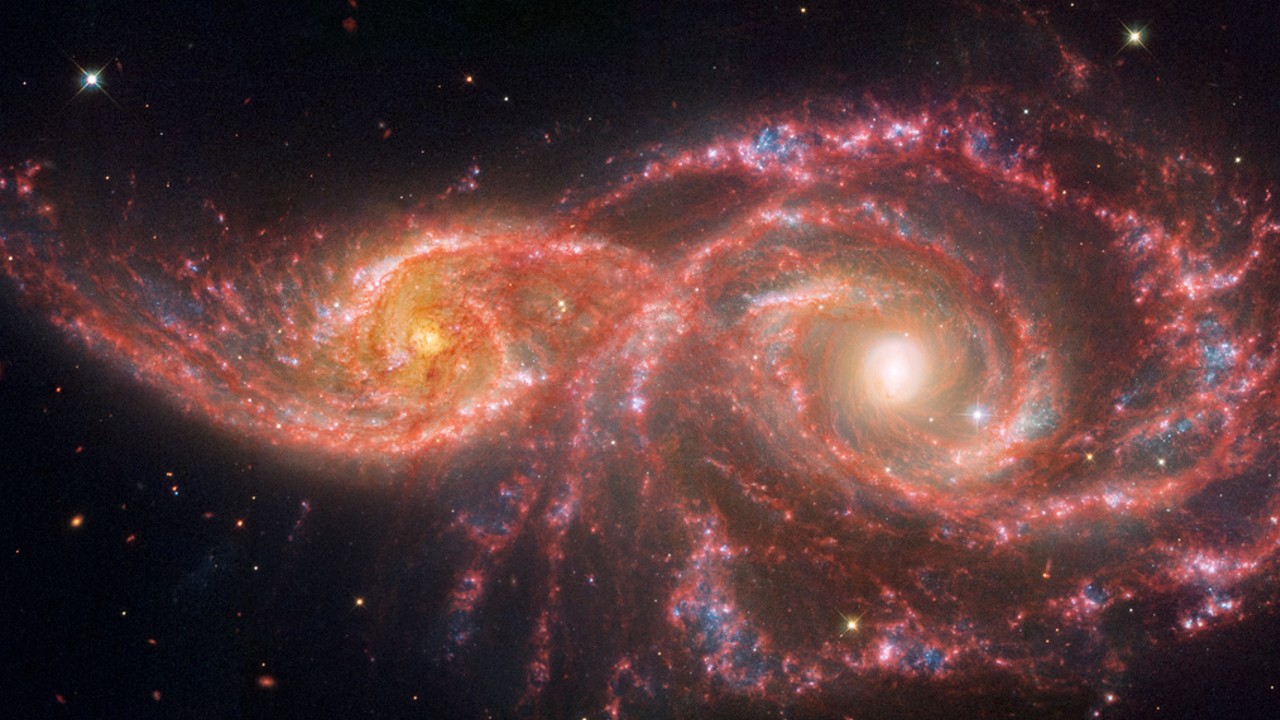
© NASA, ESA, CSA, STScI
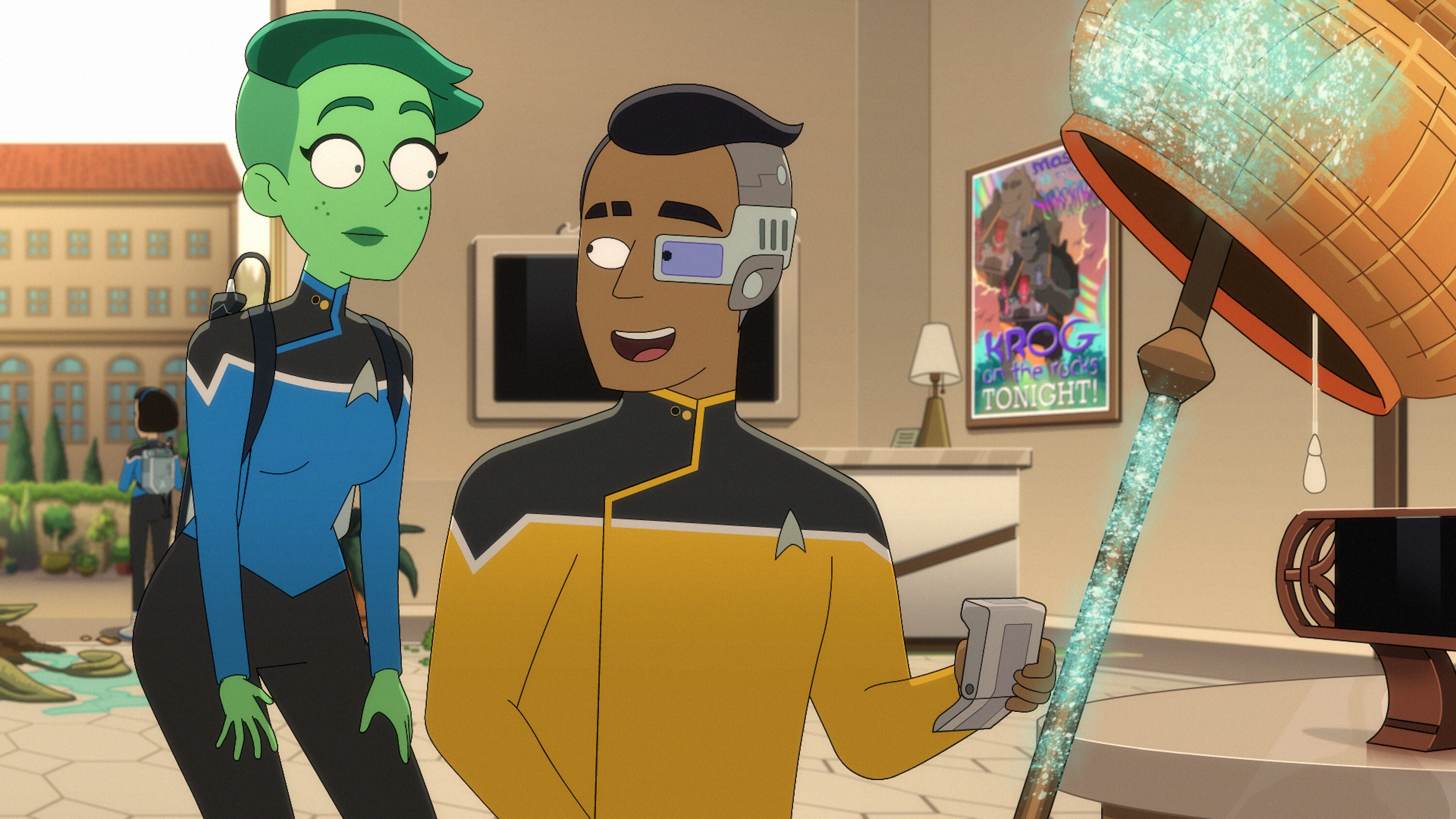
© Paramount+

© ESO/VPHAS+ team

© Jung Yeon-Je/AFP via Getty Images
Author(s): Rachel Berkowitz
Breaking the problem into pieces makes it easier to design a fusion reactor’s coils for optimum energy confinement.
[Physics 17, s124] Published Thu Oct 31, 2024
Author(s): David Ehrenstein
Sometimes a rotating molecule can transition to a new state only if an electron carries away some of the molecule’s angular momentum.
[Physics 17, s134] Published Thu Oct 31, 2024
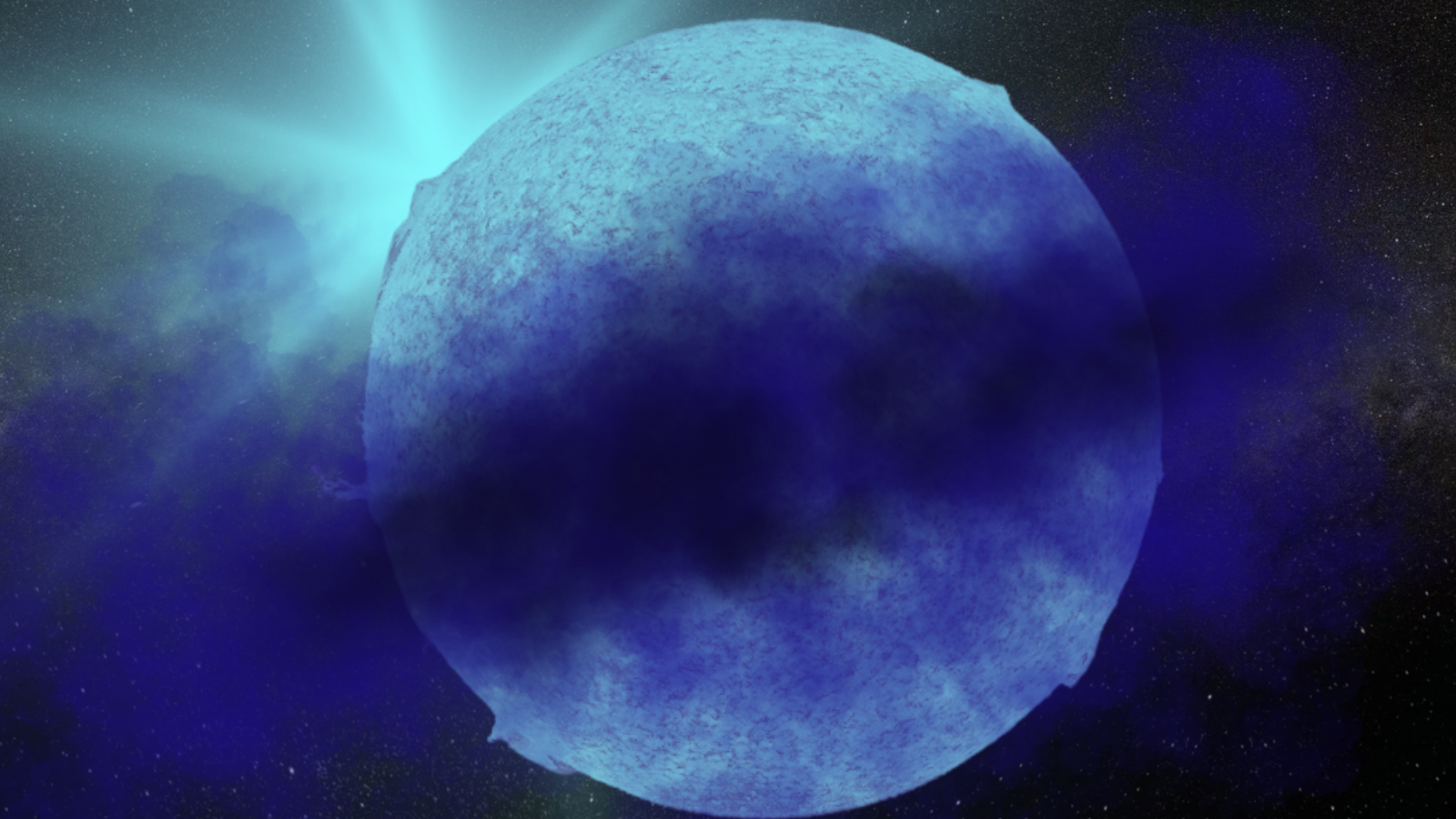
© Robert Lea (created with Canva)

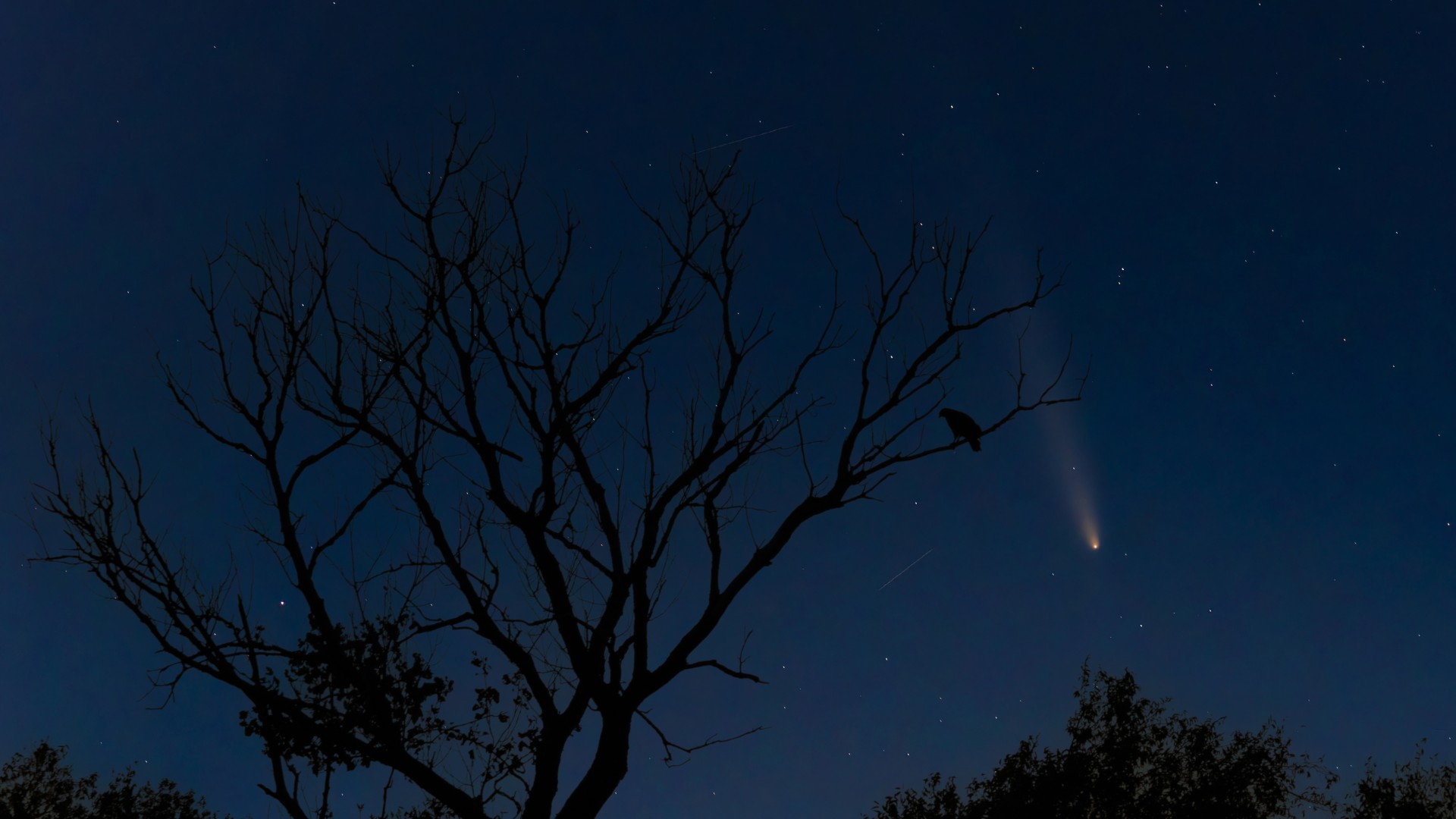
© Raghuvamsh Chavali

© Future/Amazon
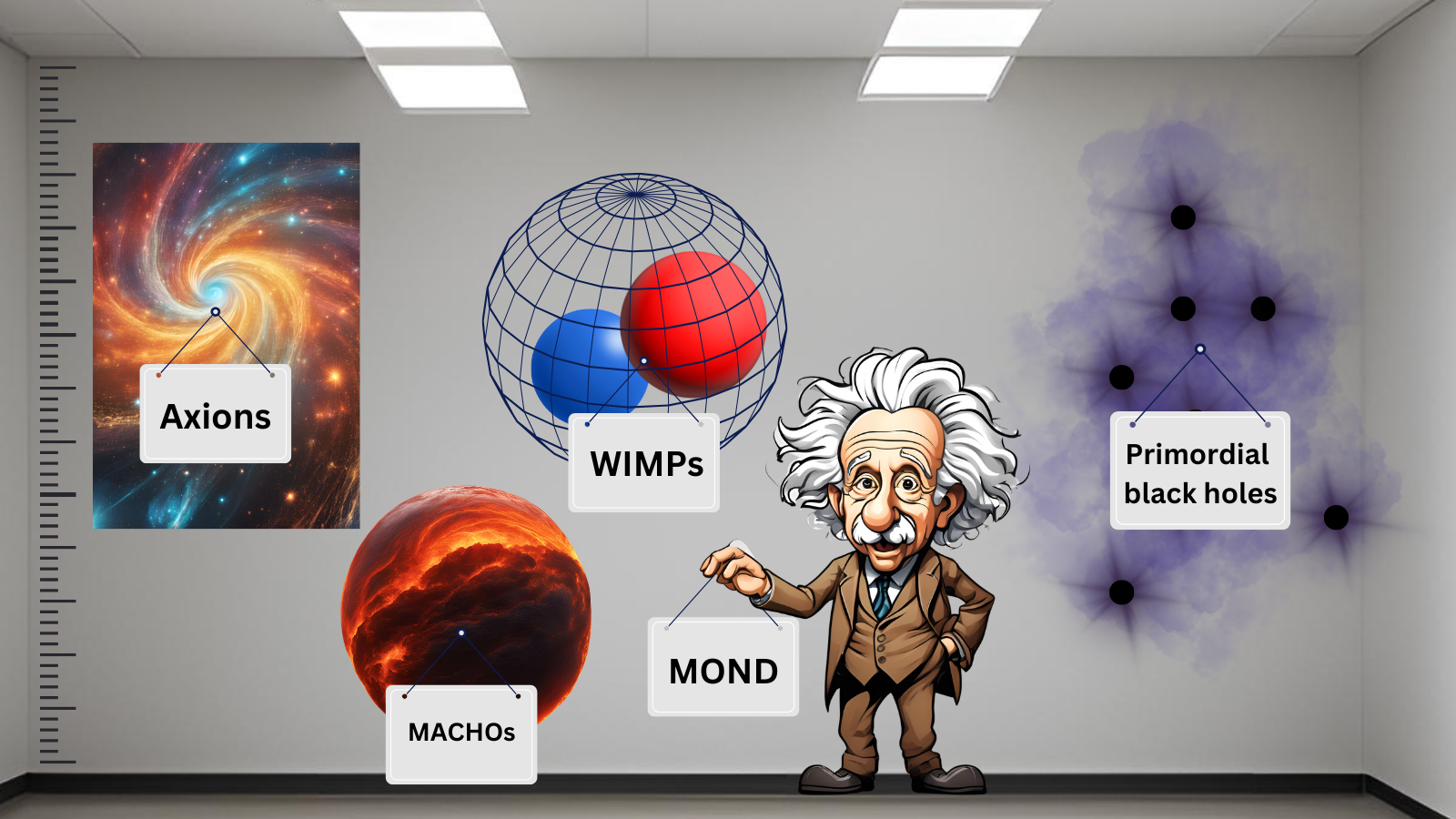
© Robert Lea (created with Canva)
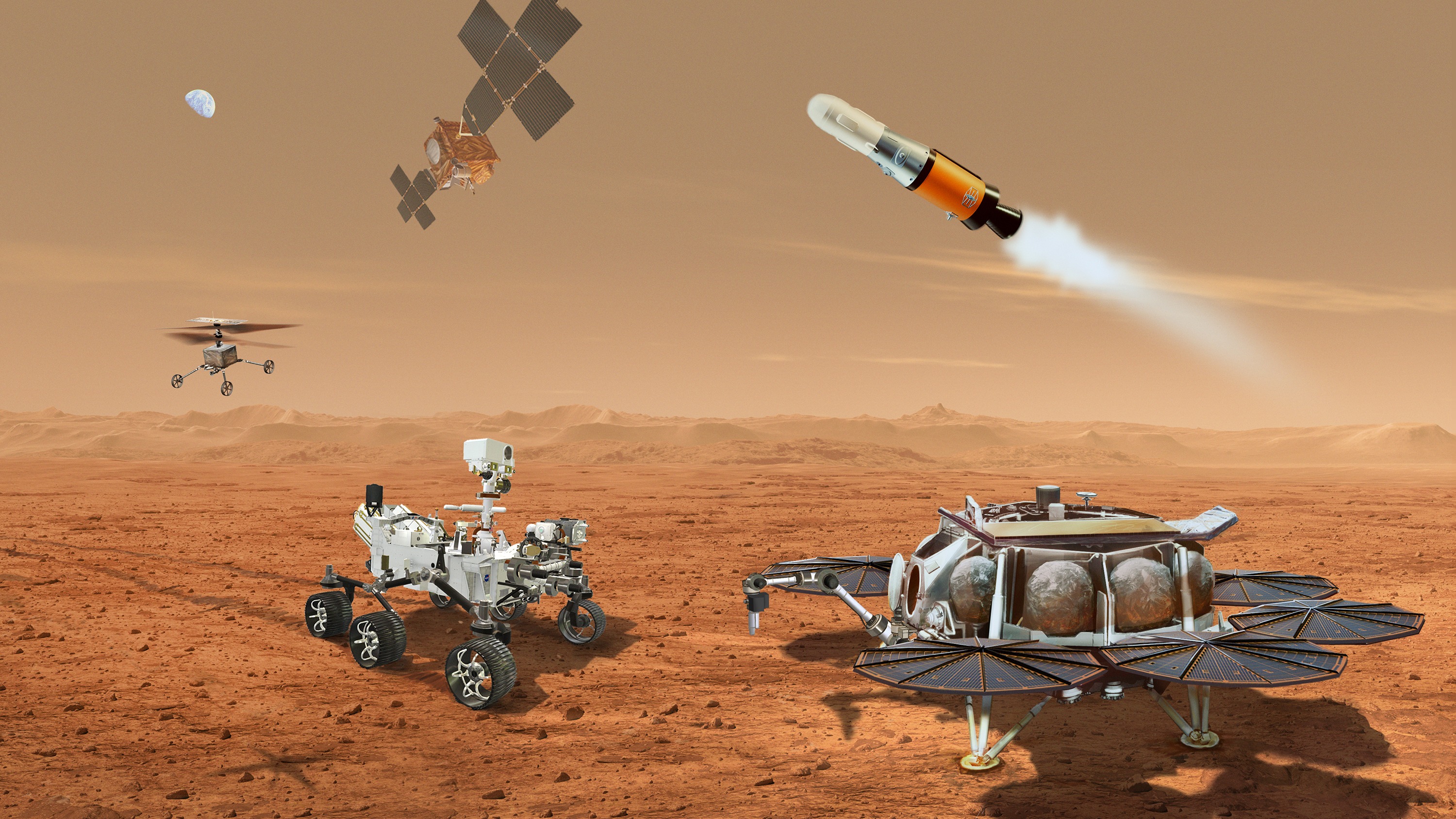
© NASA/JPL-Caltech
Jeff Schilling from Houston, Texas The star Gamma (γ) Cassiopeia sets aglow the interstellar clouds of IC 63 and IC 59, which appear like a ghost and its tail, respectively. This imager used a 5-inch refractor to take exposures in HαRGB filters of 5.4, 2, 2, and 2 hours, respectively.
The post Boo! appeared first on Astronomy Magazine.
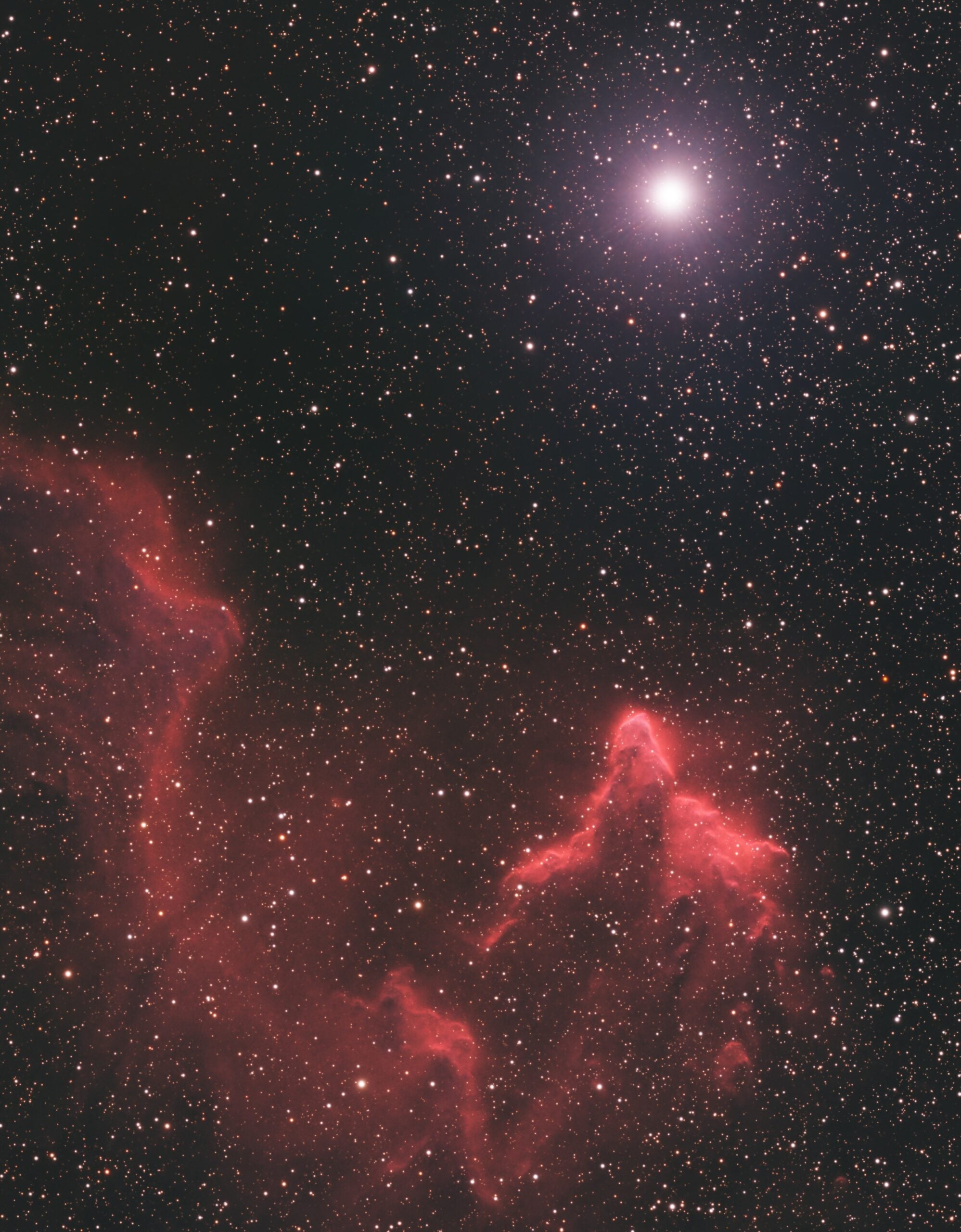
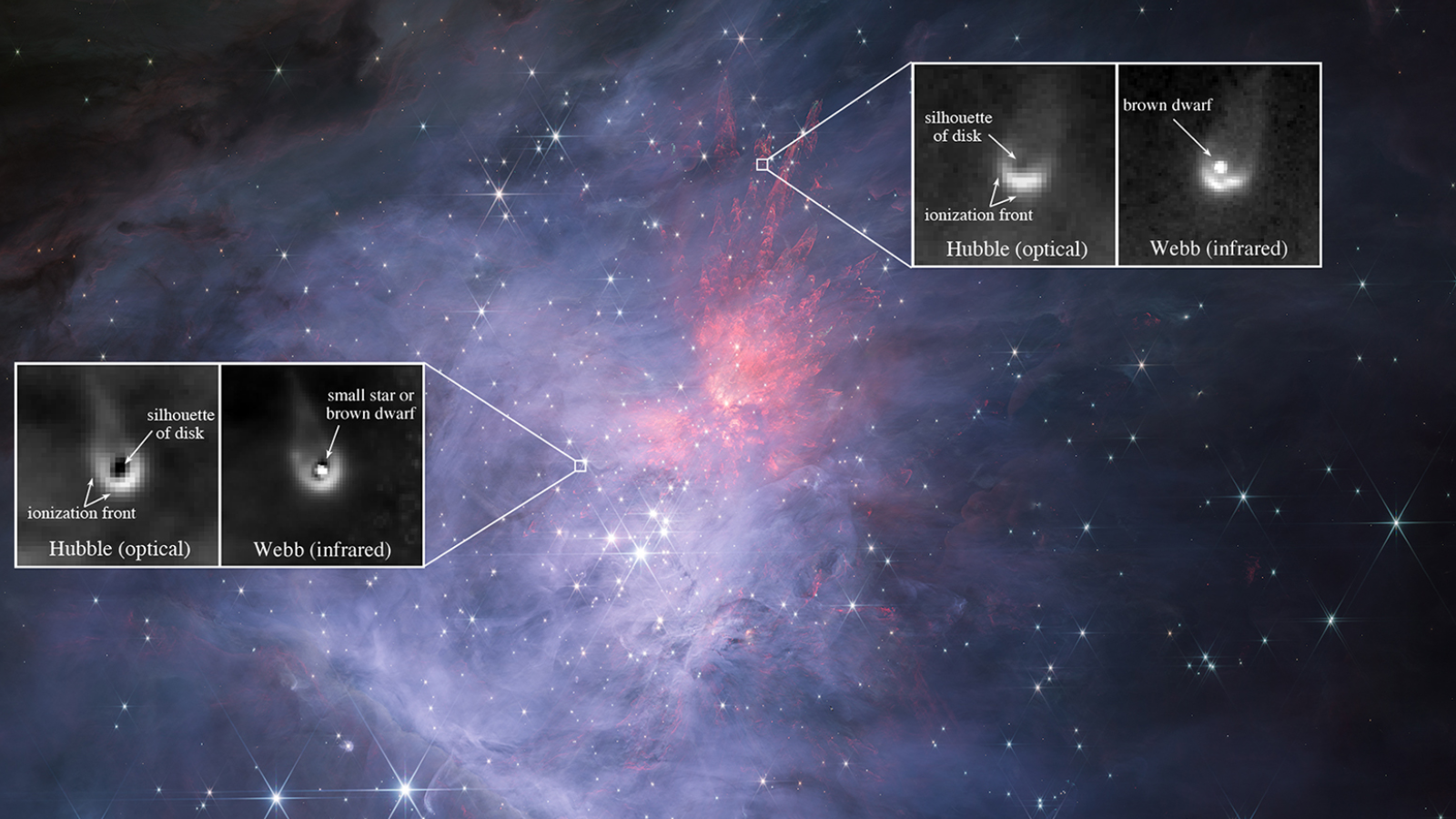
© NASA/ESA/CSA, Mark McCaughrean/ESA, Massimo Robberto/STScI/JHU, Kevin Luhman/Penn State, Catarina Alves de Oliveira/ESA.
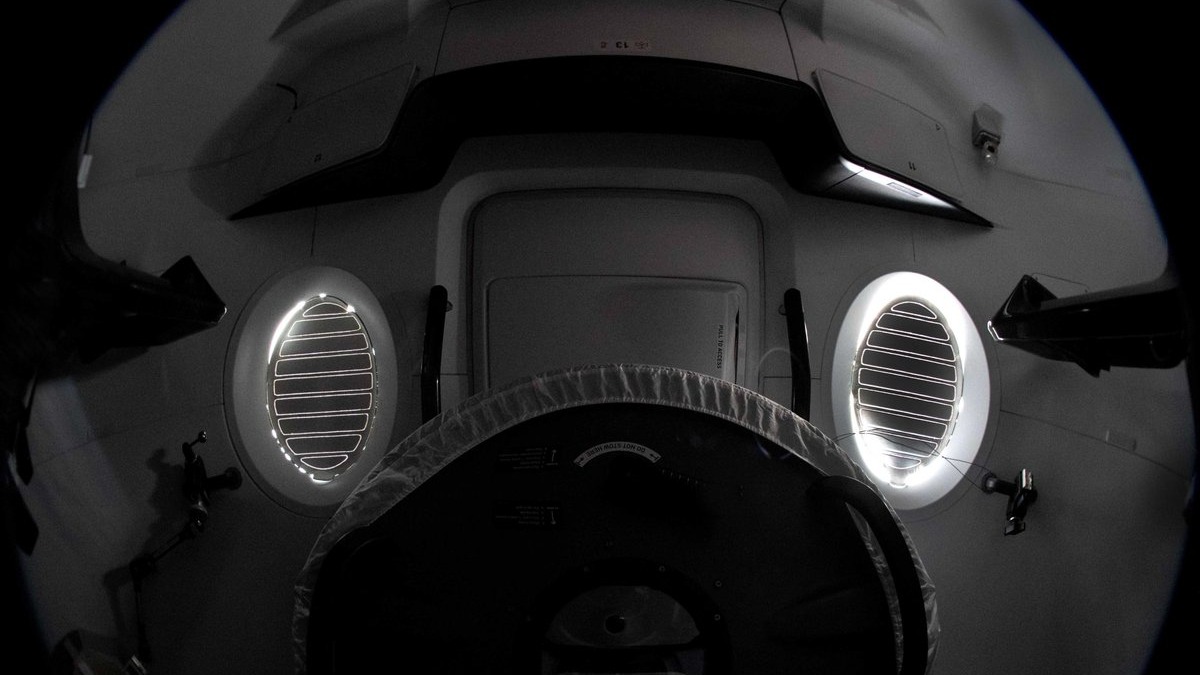
© NASA/Don Pettit
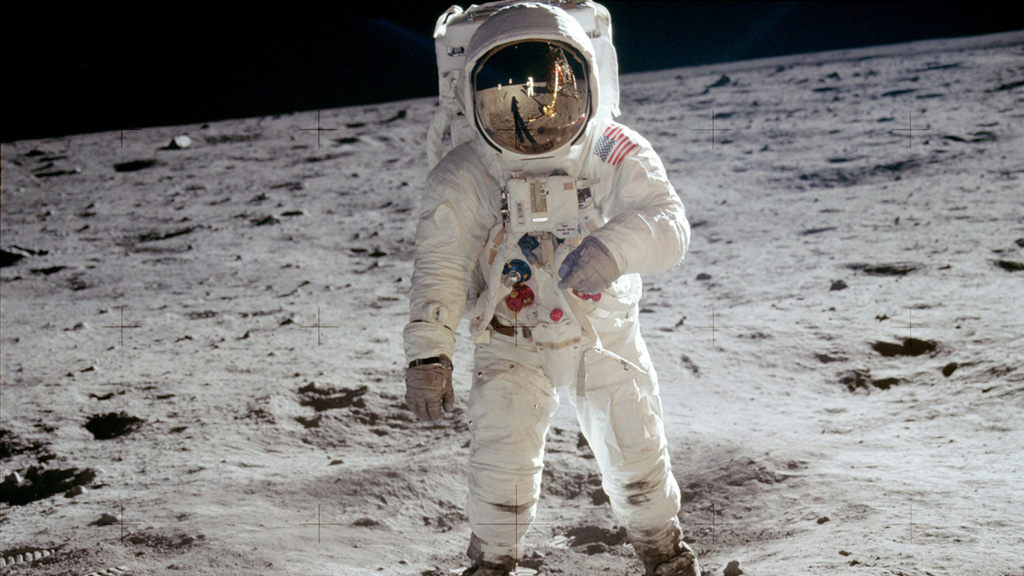
© NASA
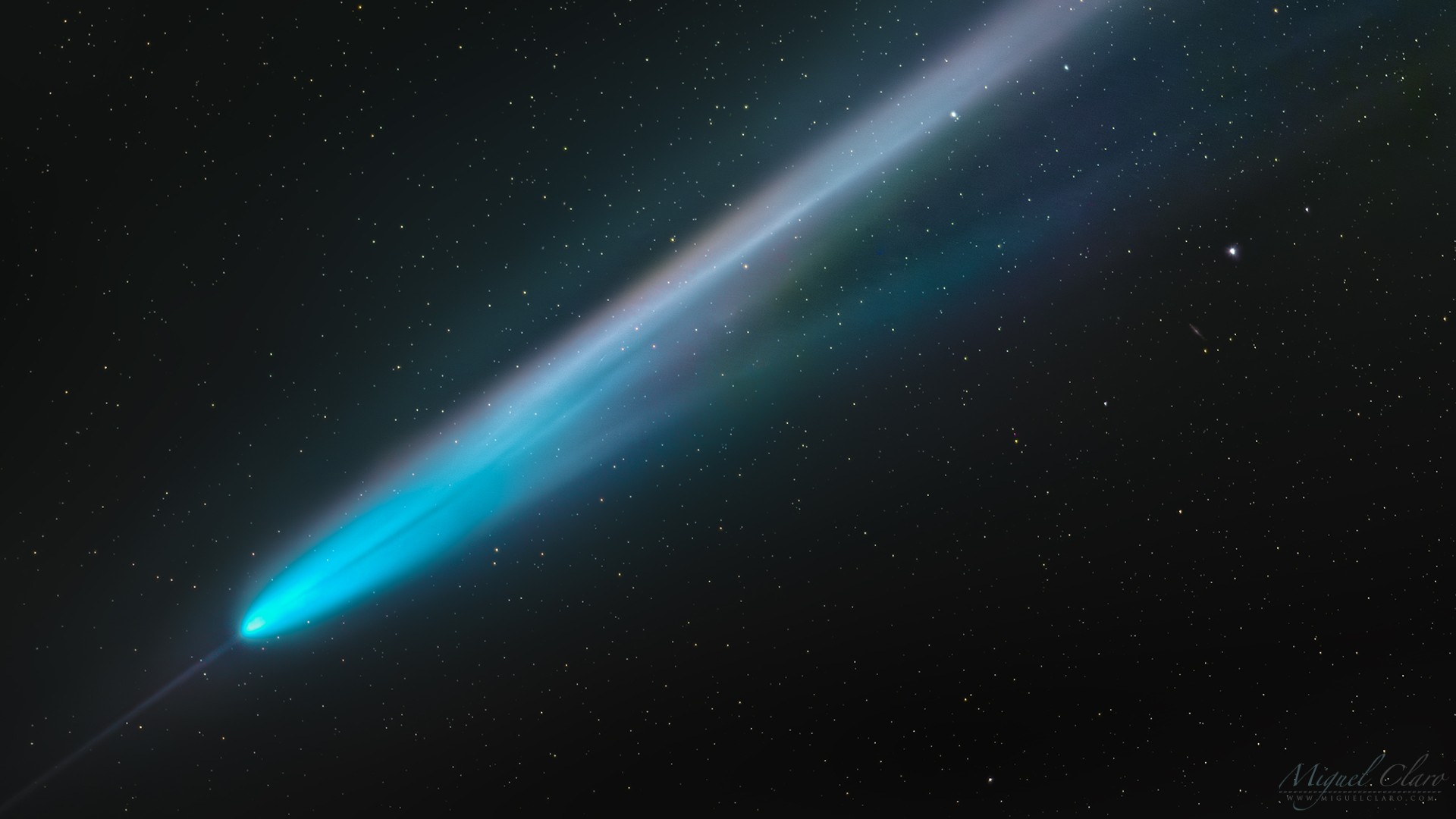
© Miguel Claro
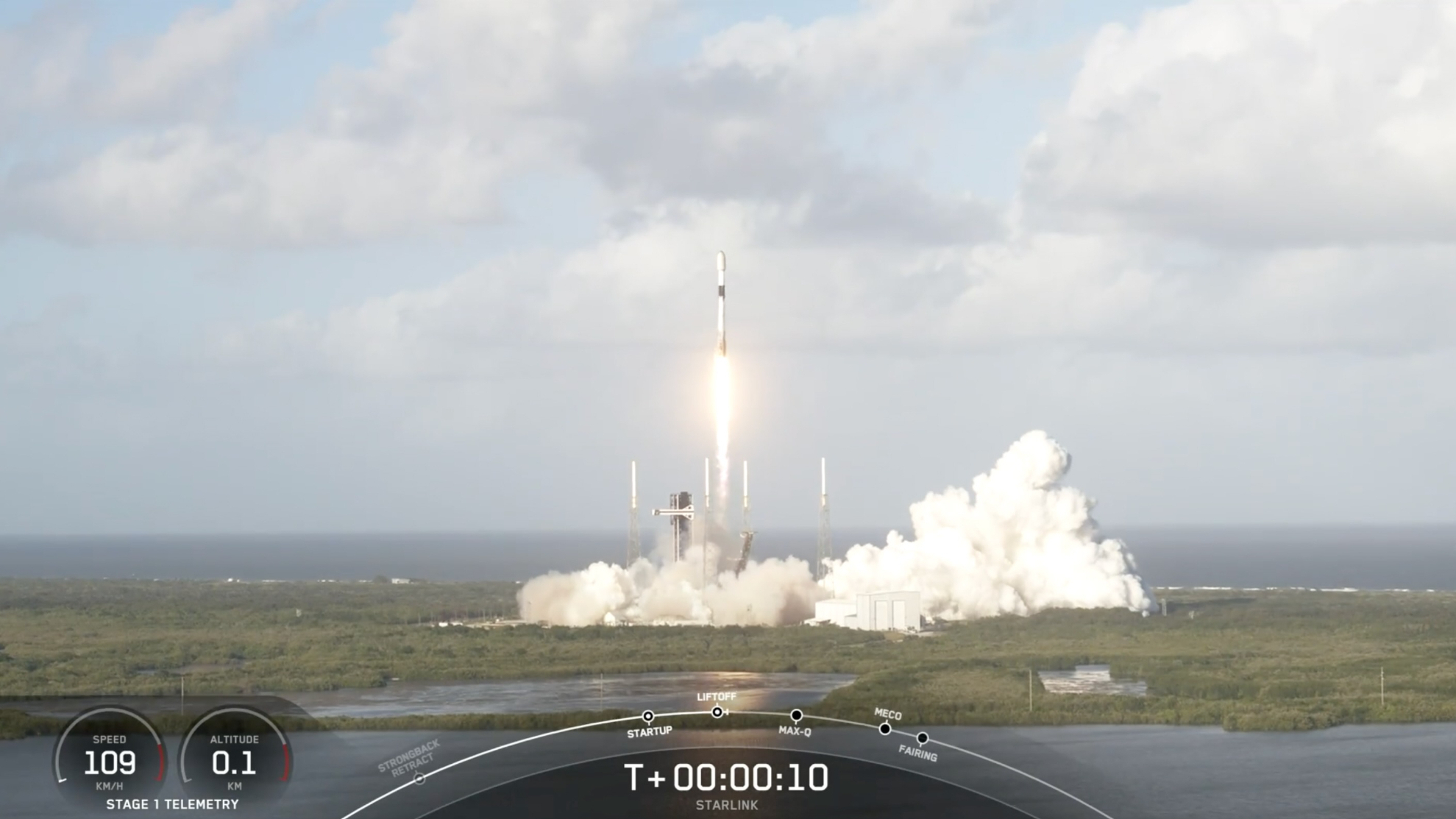
© SpaceX
For all of human history, the Sun has served as a great constant in daily life. As this brilliant orb blazes across the sky, it sustaind life, provides harmonious rhythms to our world, and marks the continuous passage of time. It is no wonder that curious minds have always sought to explain both the Sun’sContinue reading "Tales of the Sun: From myth to modern science"
The post Tales of the Sun: From myth to modern science appeared first on Astronomy Magazine.
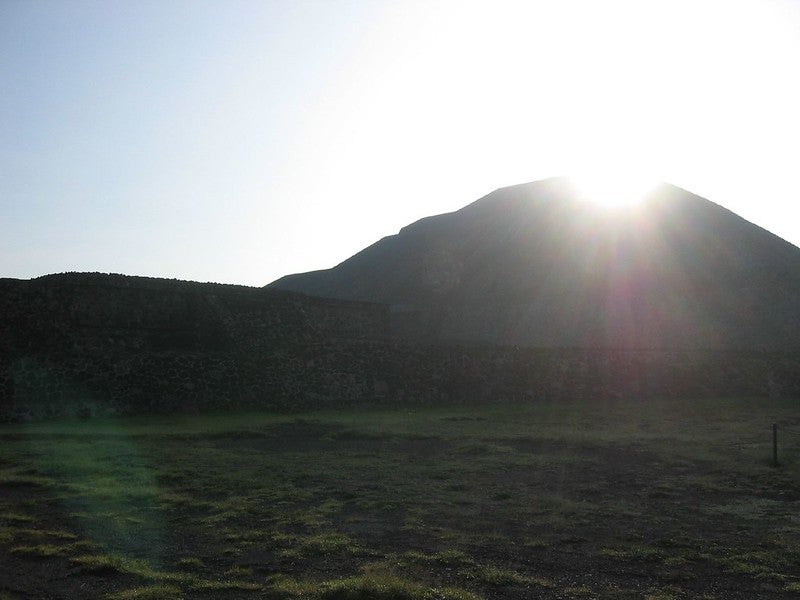
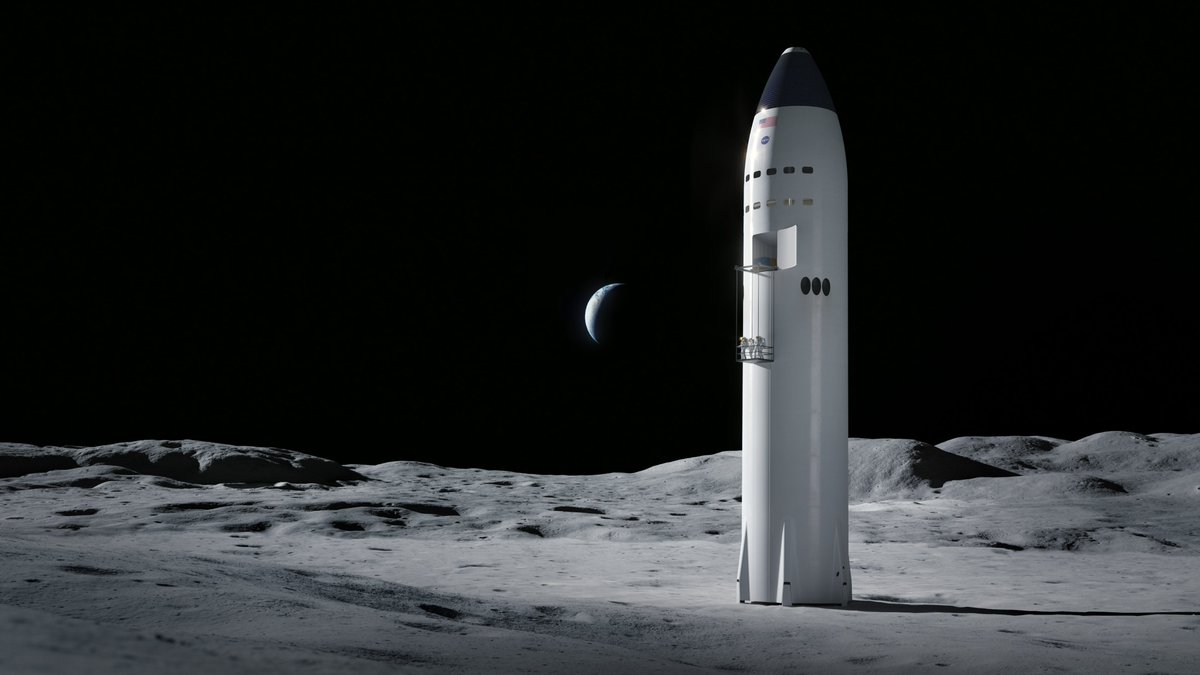
© SpaceX
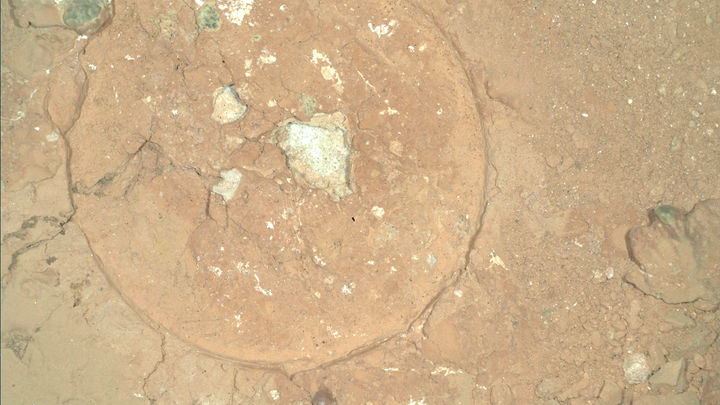
© NASA/JPL-Caltech
Author(s): Michael J. W. Hall
Simulations deliver hints on how the multiverse produced according to the many-worlds interpretation of quantum mechanics might be compatible with our stable, classical Universe.
[Physics 17, 155] Published Wed Oct 30, 2024
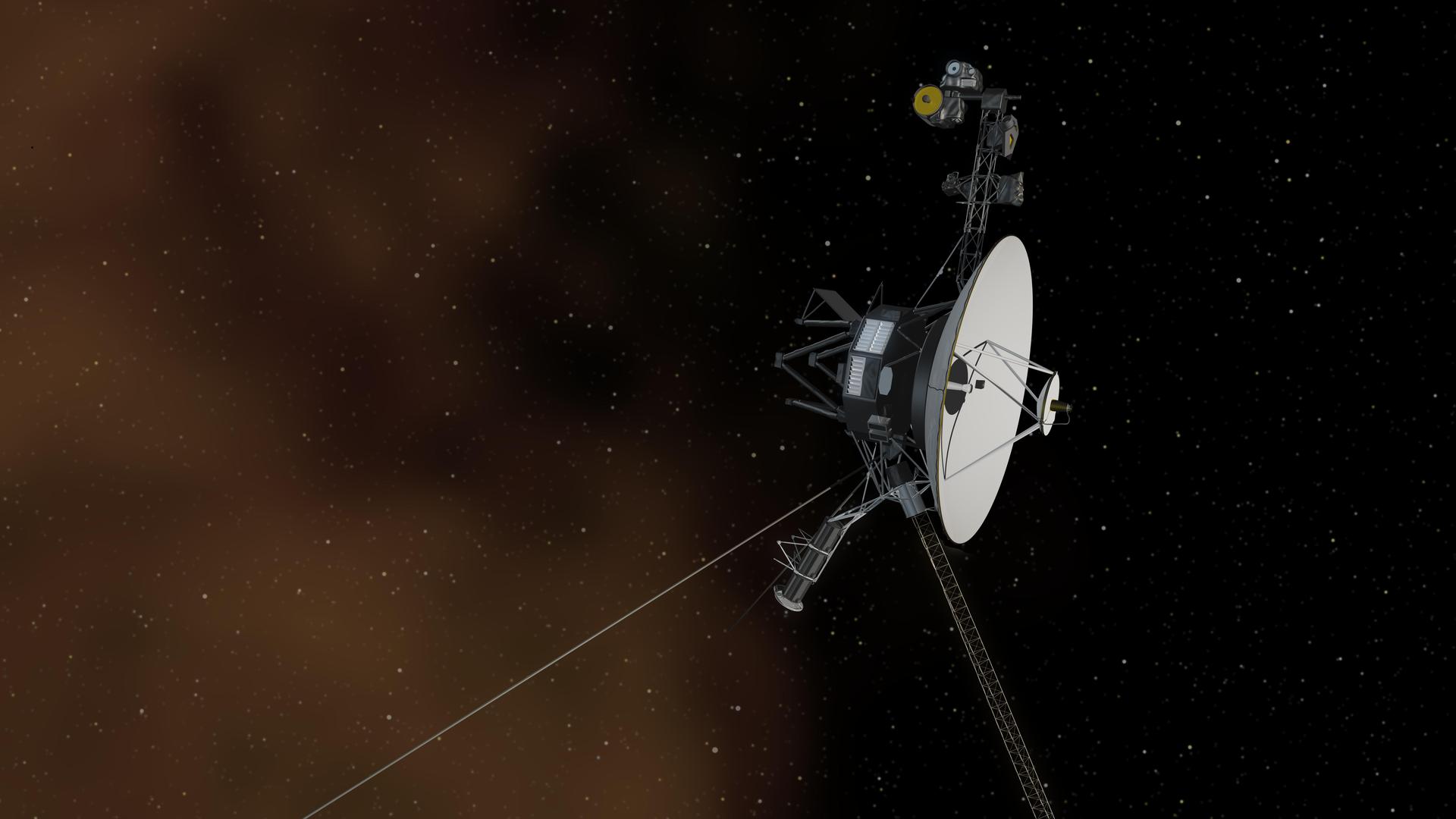
© NASA
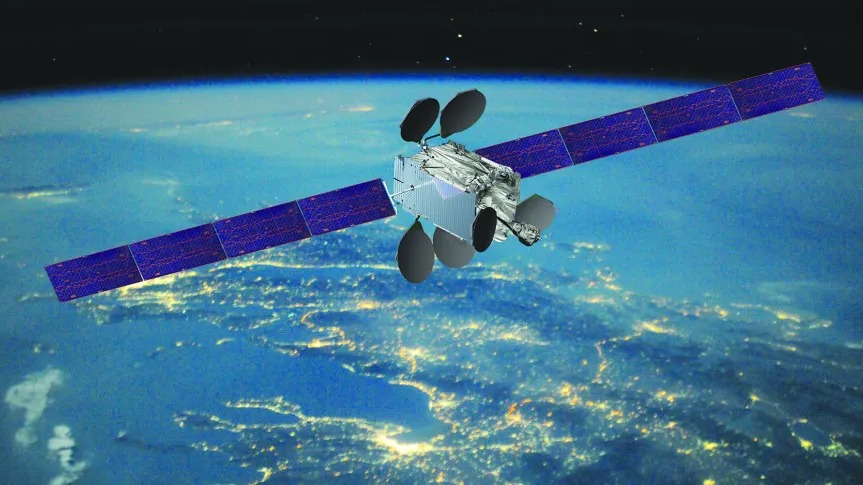
© Boeing
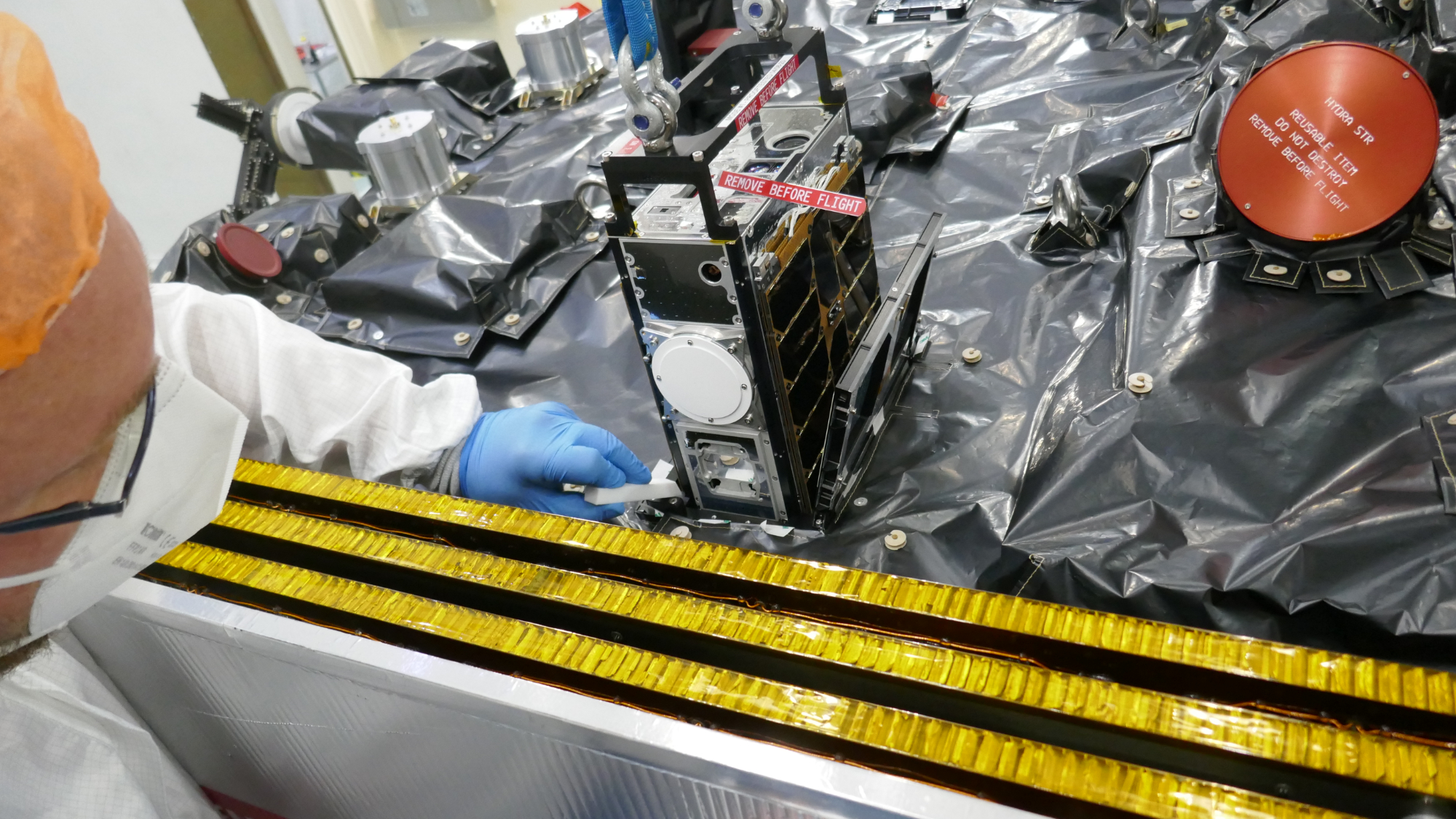
© SpaceX
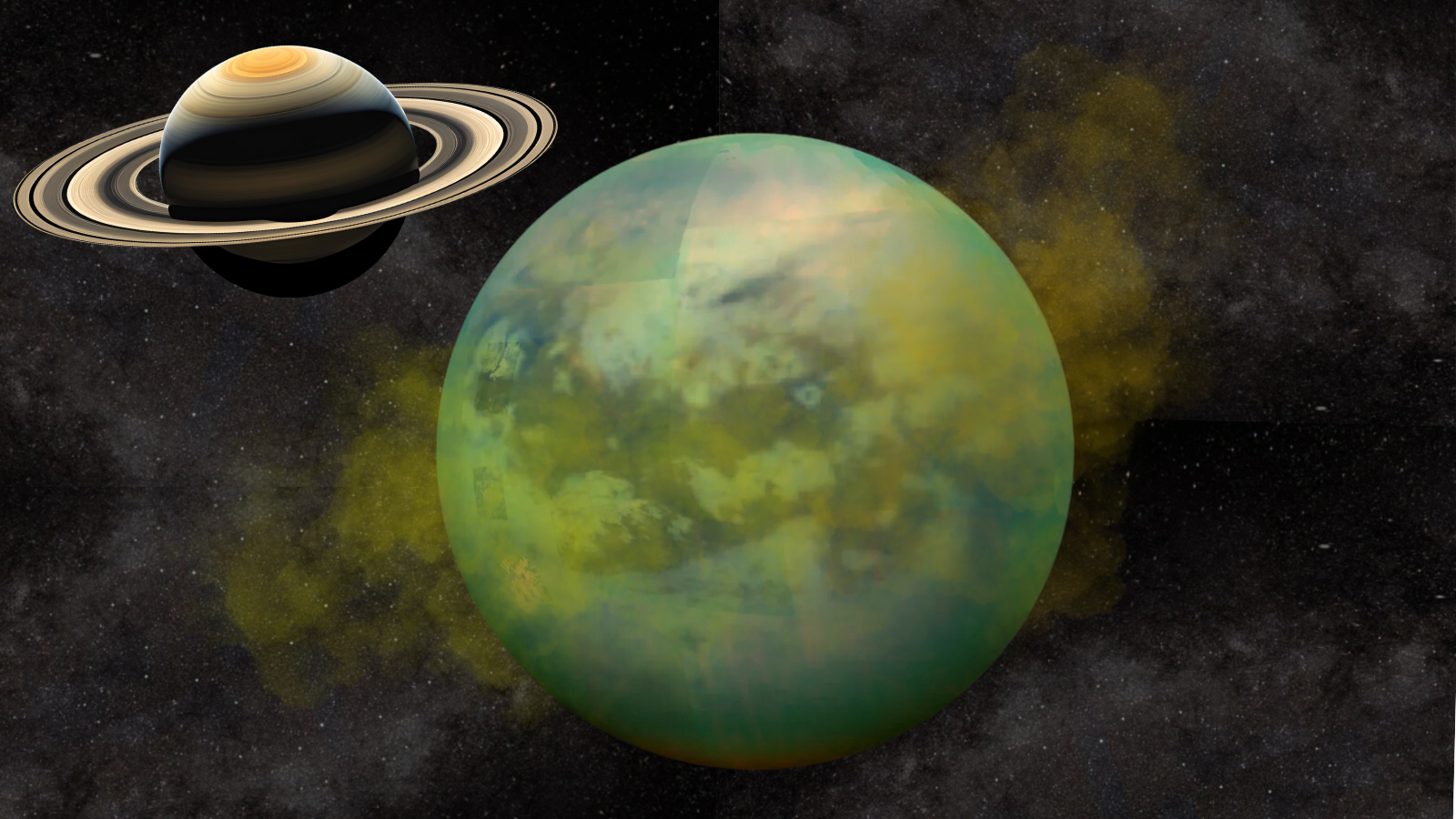
© Robert Lea (created with Canva)
“Watch out for rambunctious stars. They are trouble,” says Astronomy Editor David Eicher. The Hubble Space Telescope (HST) just published a new photograph showing the stunning masterpiece that is R Aquarii, lying about 700 light-years away in the constellation Aquarius the Water-bearer. It is an uncommon type of binary star system displaying chaotic behavior andContinue reading "Watch a zombie star feed on its companion"
The post Watch a zombie star feed on its companion appeared first on Astronomy Magazine.
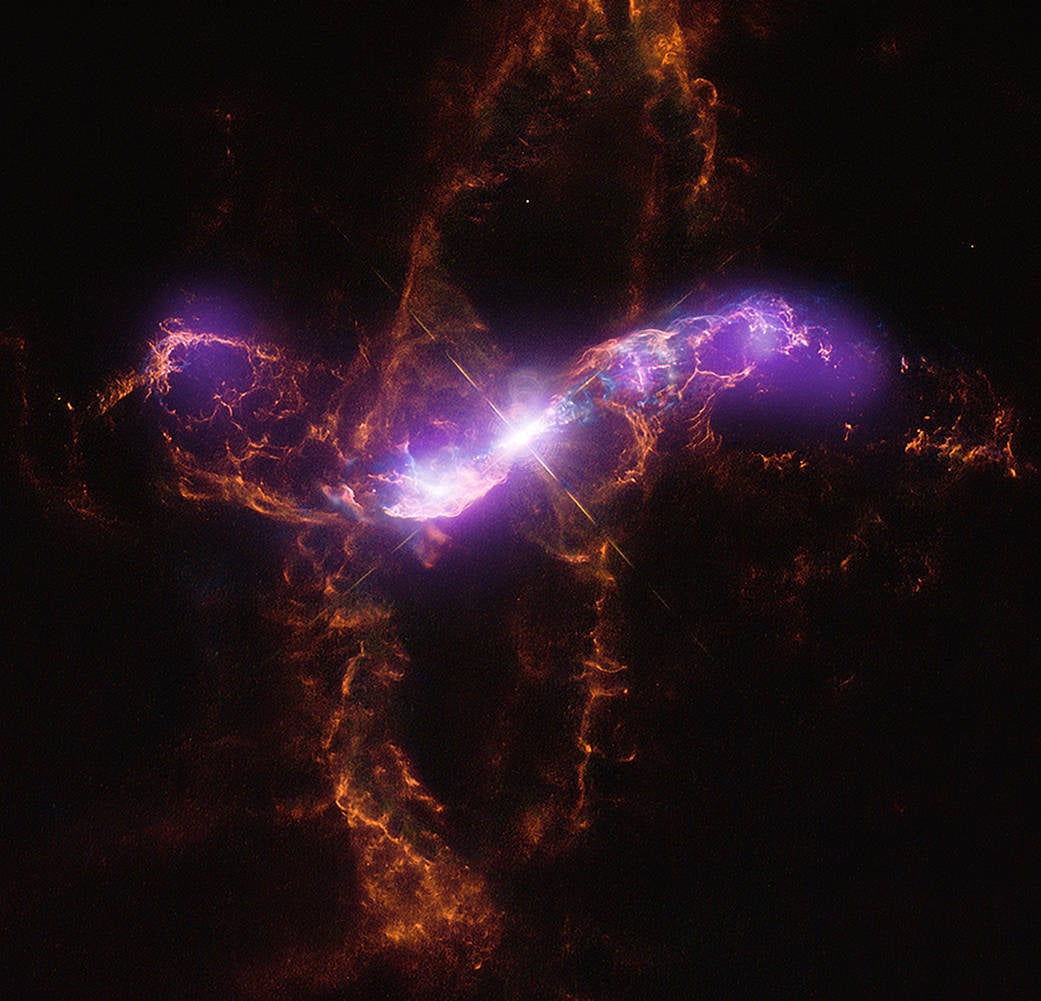
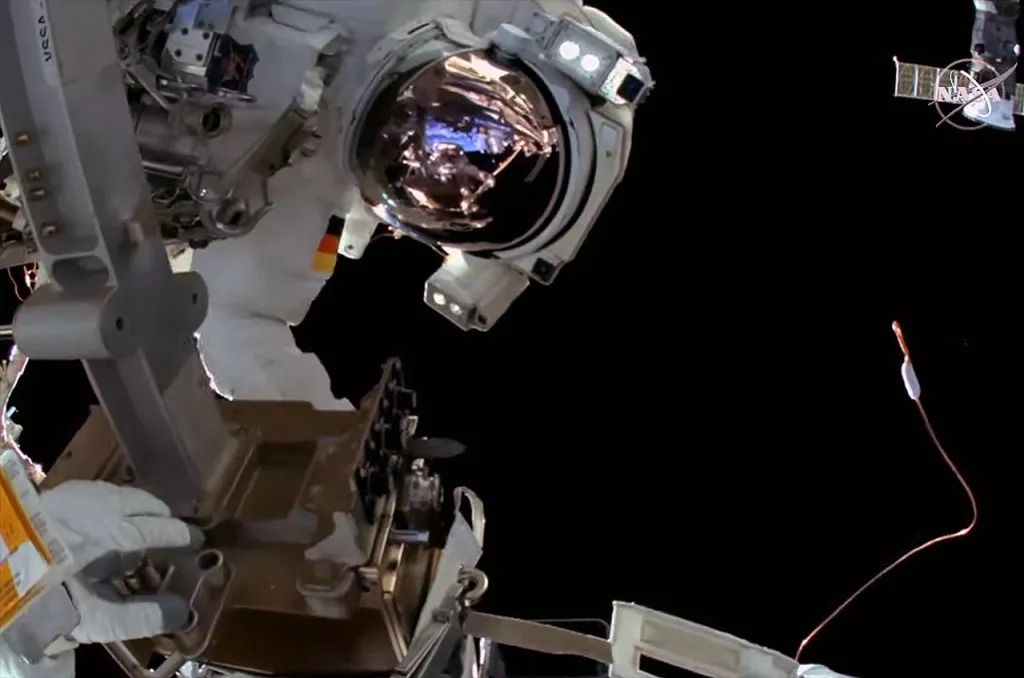
© NASA TV
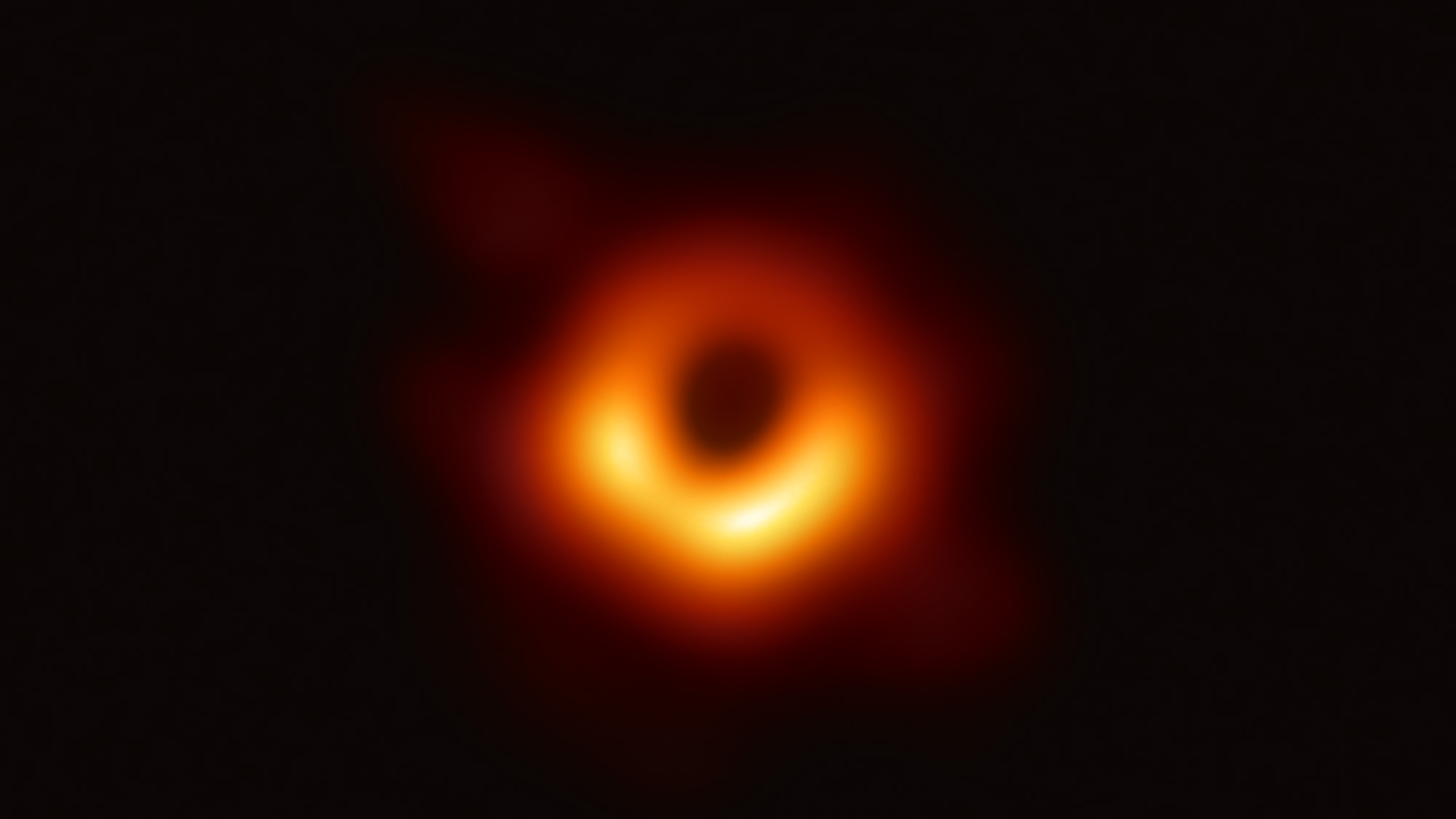
© EHT Collaboration
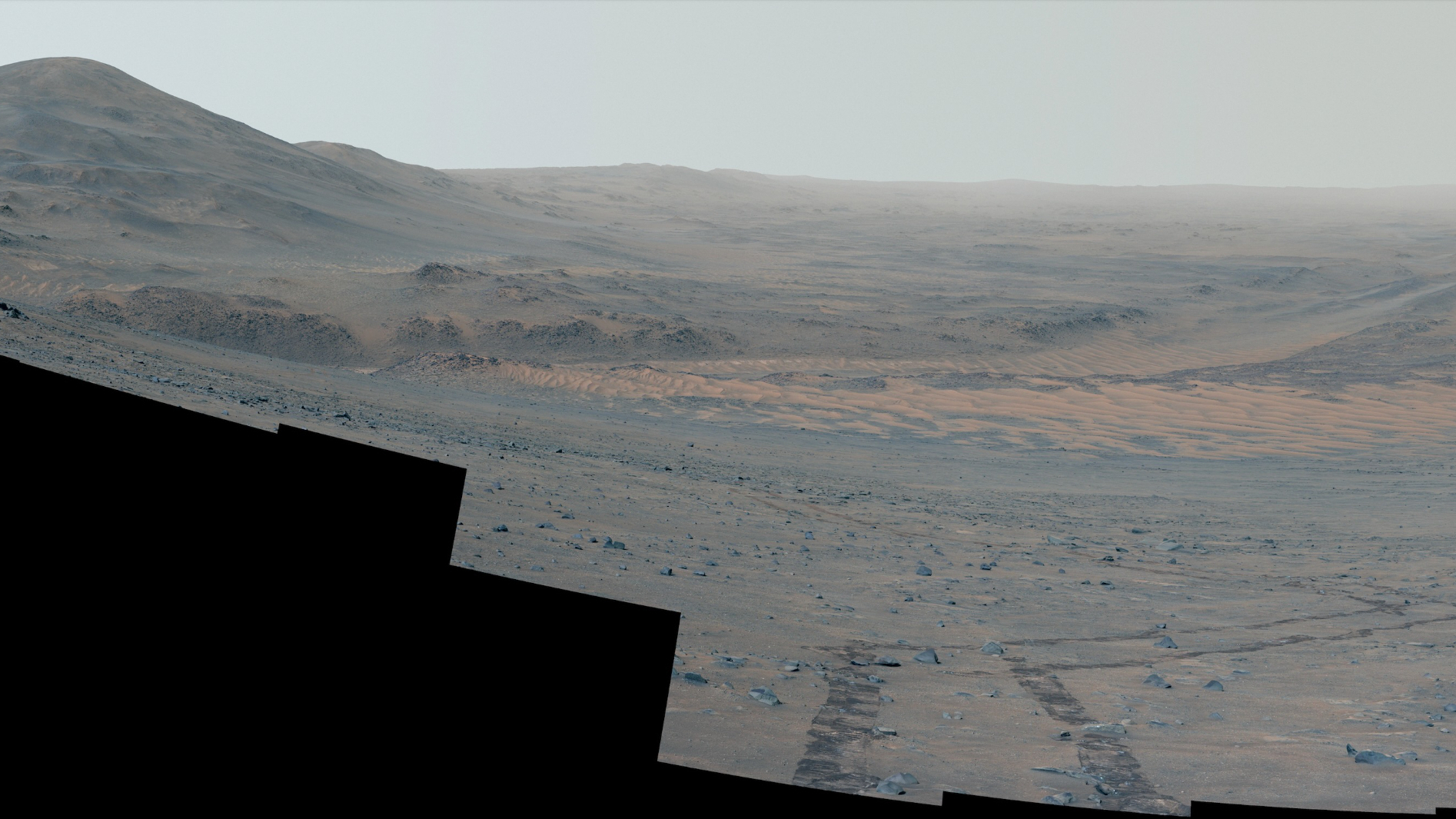
© NASA/JPL-Caltech/ASU/MSSS

© CCTV+

© Getty Images
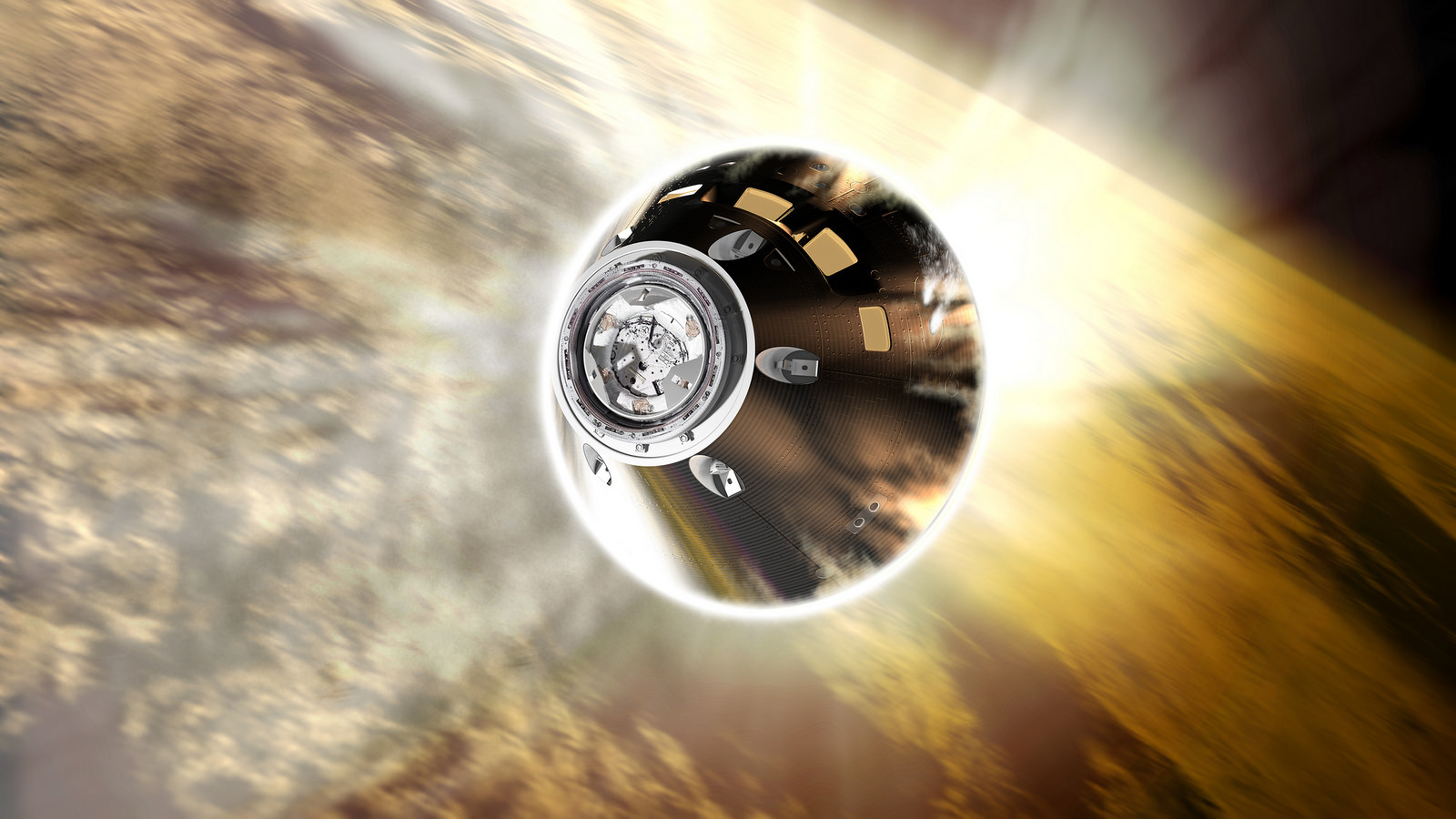
© NASA
Author(s): Rachel Berkowitz
A new model of liquid sprays reveals the mechanisms behind droplet formation—providing important information for eventually controlling the droplet sizes in, for example, home cleaning sprays.
[Physics 17, 158] Published Tue Oct 29, 2024

© NASA
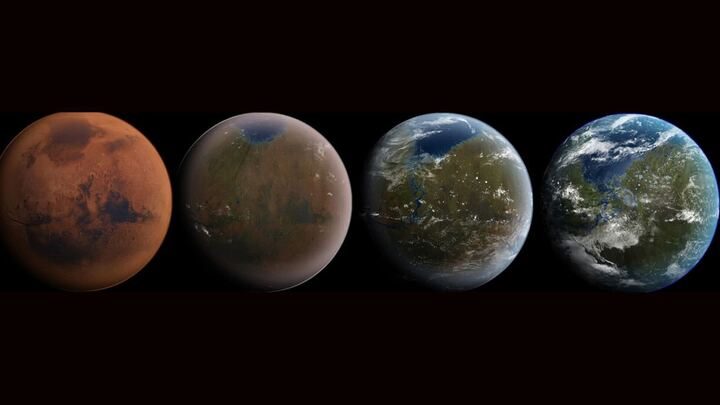
© Daein Ballard, CC BY-SA
Author(s): Charles Day
A light beam with orbital angular momentum can produce the rotational analog of the Doppler effect on an ion.
[Physics 17, s133] Published Tue Oct 29, 2024
The town of Williams Bay, Wisconsin is much like any other small city on a lake, with an offering of tourist shops and an active beach. But just a short drive past the activity brings you to Yerkes Observatory. Behind an opening of trees stands a sprawling, grand estate with a well-manicured lawn and aContinue reading "How Yerkes Observatory started over"
The post How Yerkes Observatory started over appeared first on Astronomy Magazine.
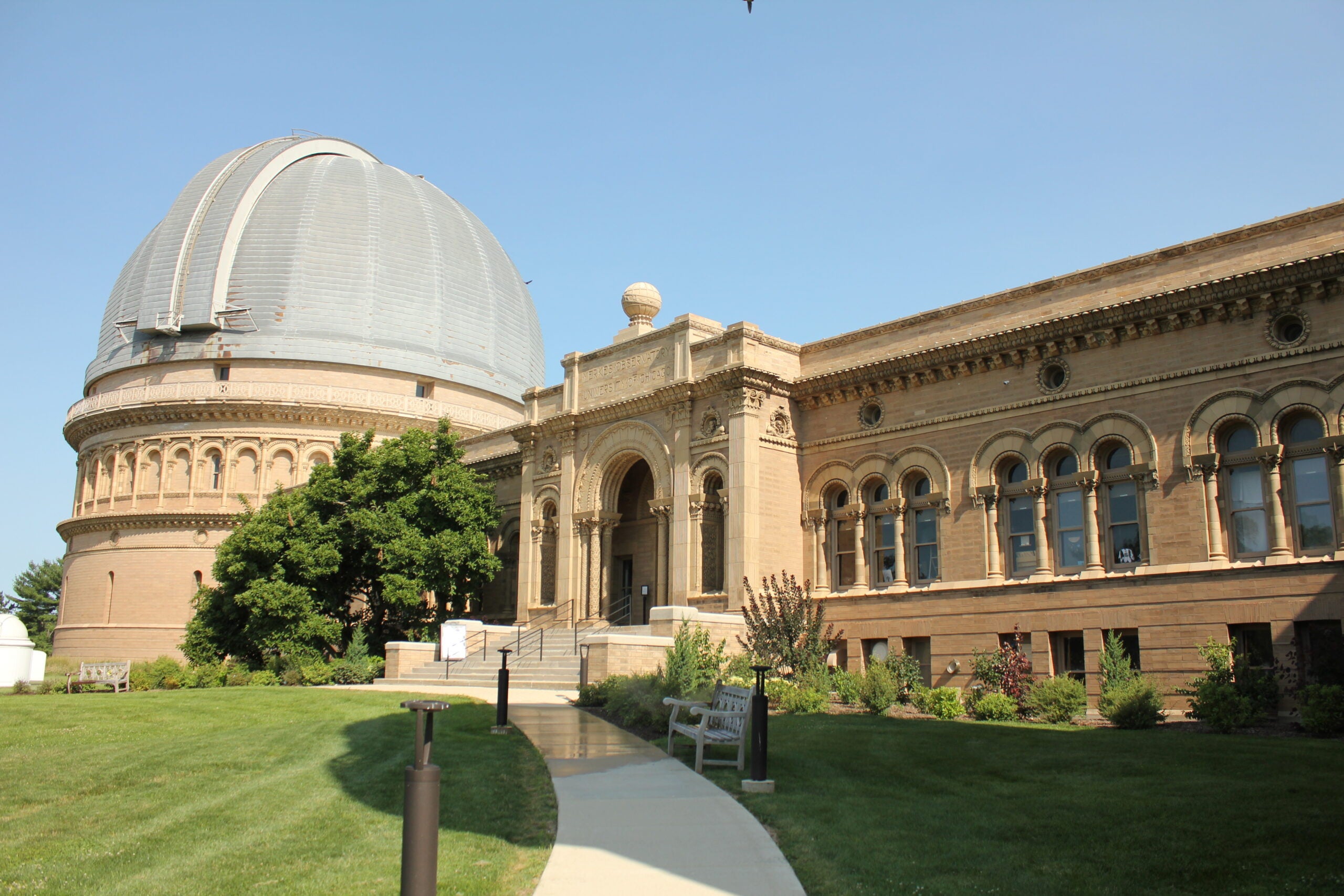
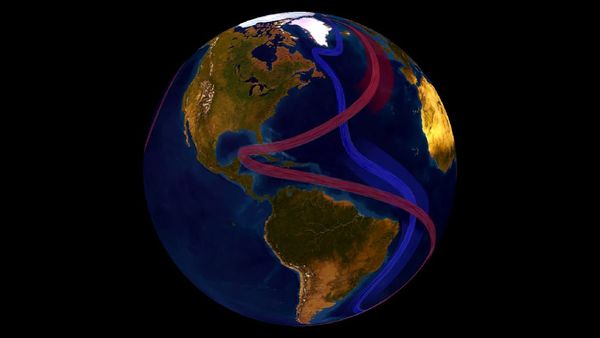
© NOAA

© VCG/VCG via Getty Images
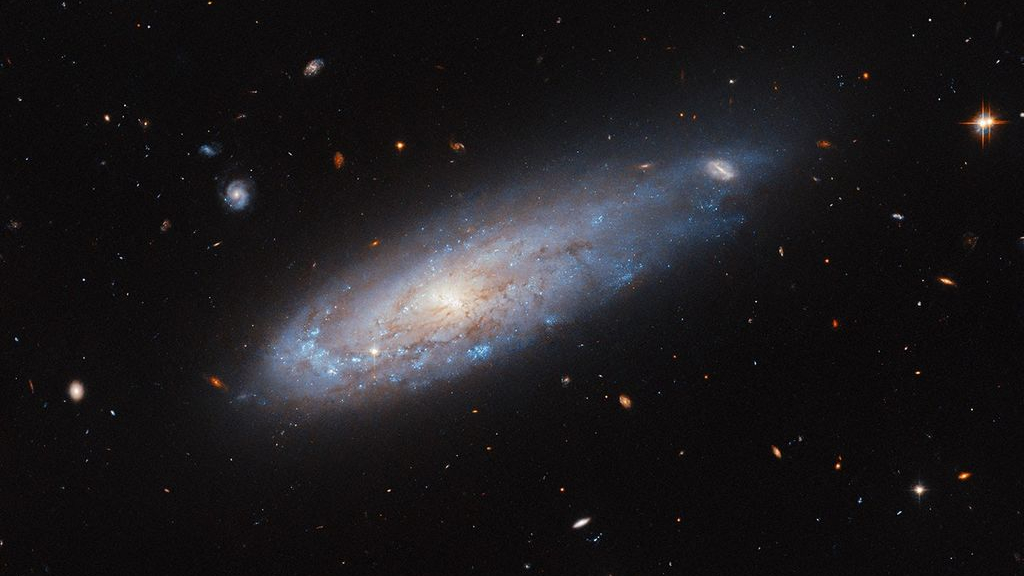
© ESA/Hubble & NASA, M. Sun

© Capital One
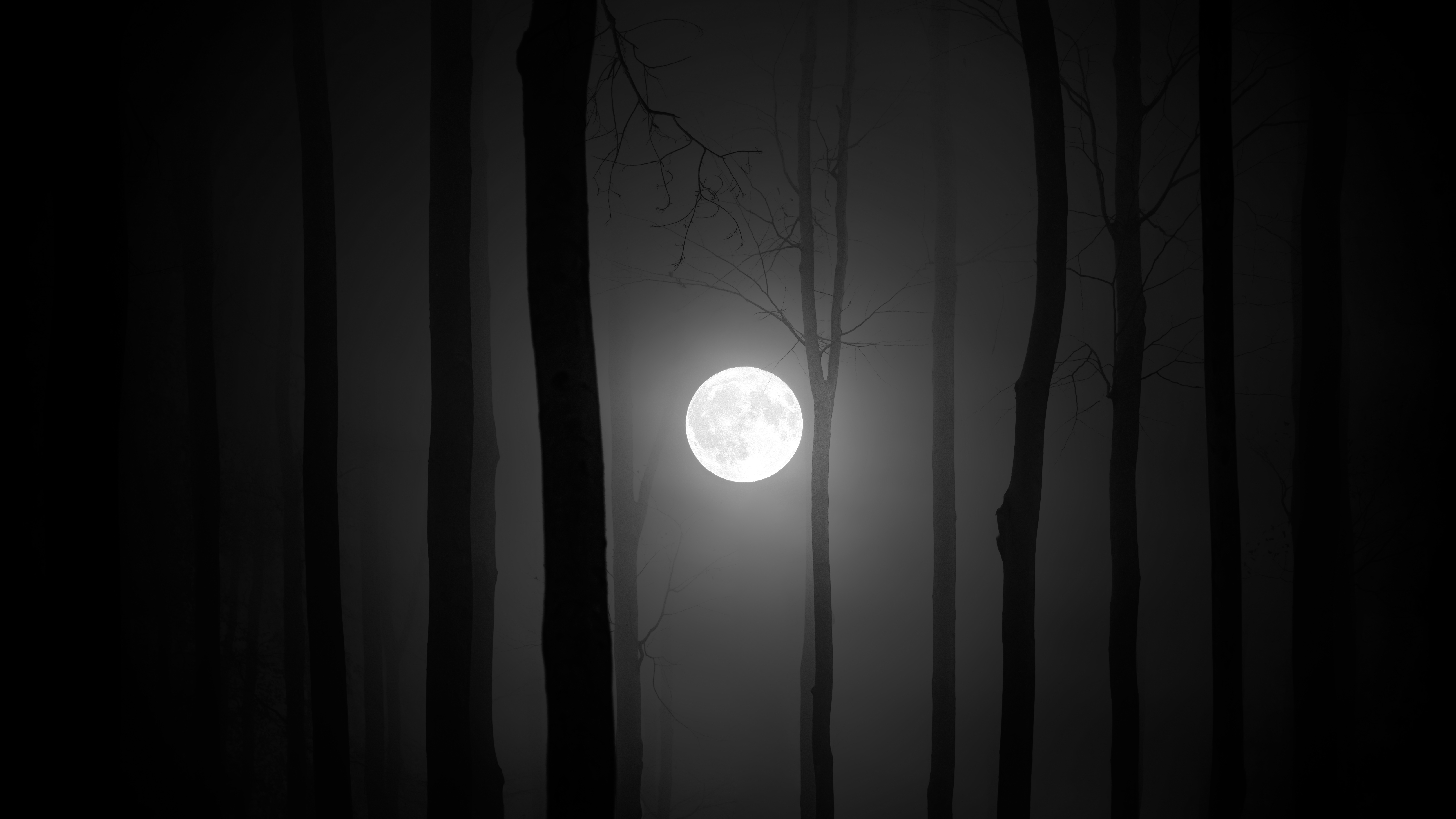
© Getty Images/Milamai
Astronomers have discovered a lightweight black hole that’s a bit of a cosmic conundrum. Hypothetically, black hole masses can range all the way from far less than a paperclip to at least tens of billions of times more than the Sun. But observations have revealed a strange scarcity of black holes between about two andContinue reading "Astronomers find a mini black hole"
The post Astronomers find a mini black hole appeared first on Astronomy Magazine.


© NASA/Bill Ingalls
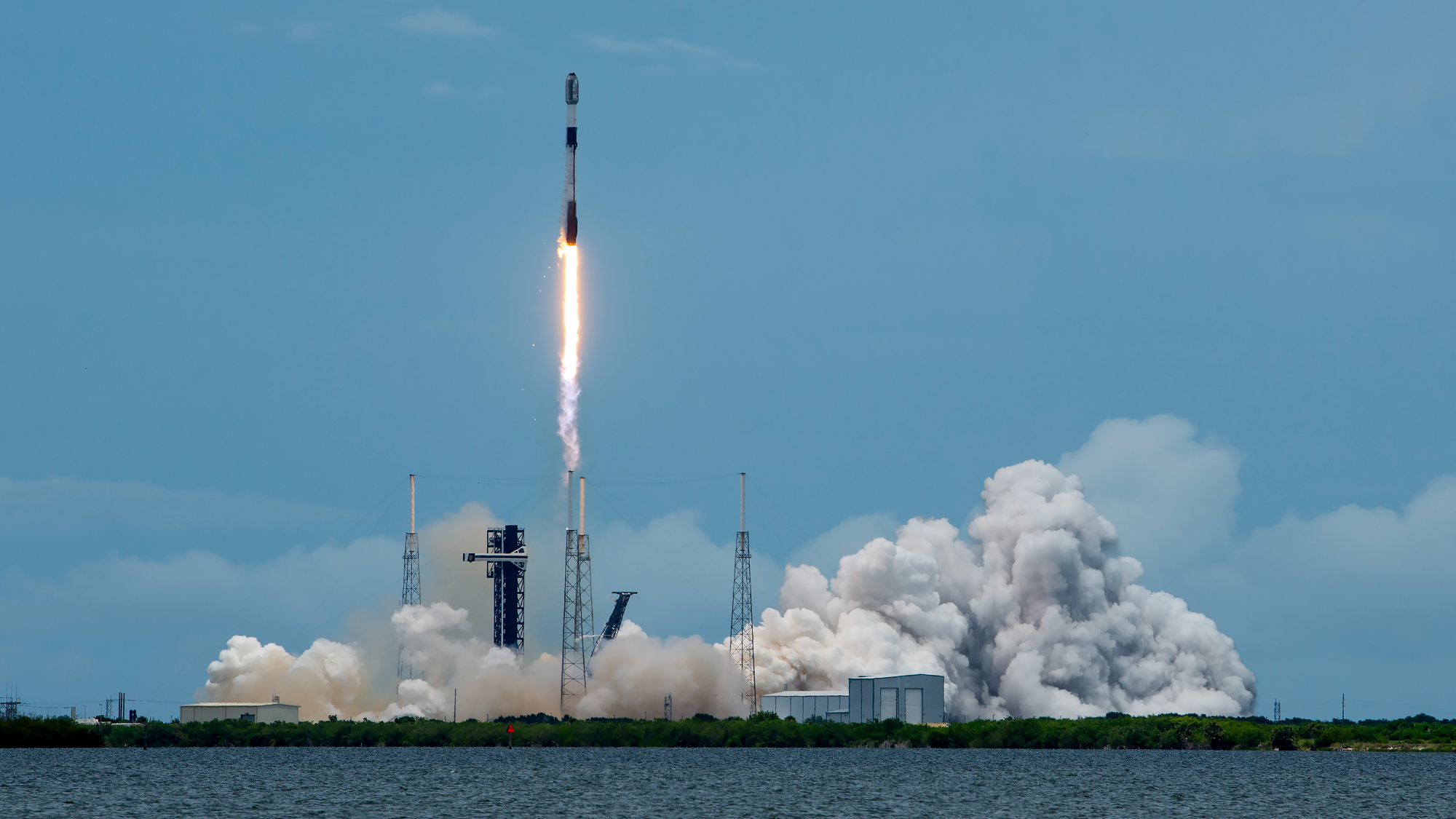
© SpaceX

© SpaceX
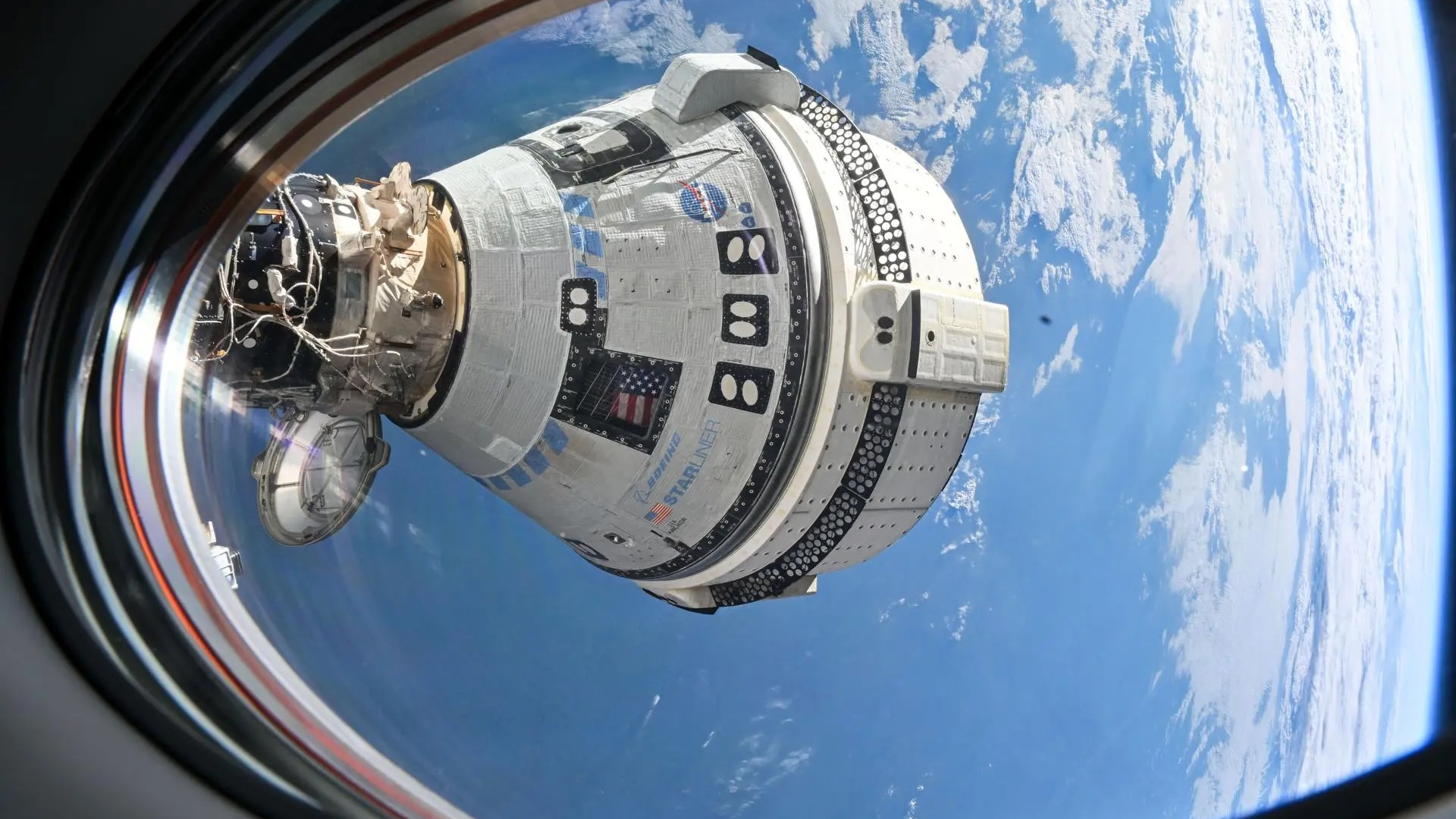
© NASA
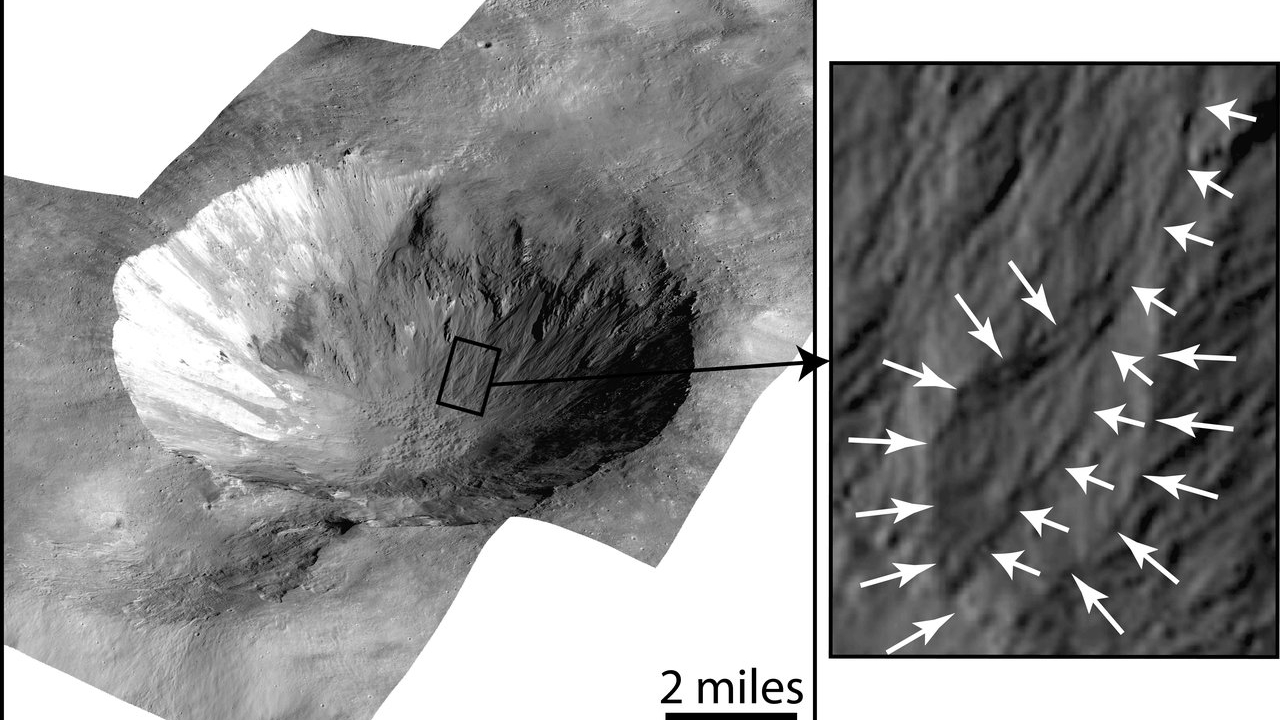
© NASA/JPL-Caltech/UCLA/MPS/DLR/IDA
Vikas Chander, taken from Observatorio El Sauce, Chile NGC 1291 (also cataloged as NGC 1269) lies 33 million light-years away in Eridanus. At 12 billion years old, the galaxy has lost most of its spiral structure and matured into a transitional state — yet it has an outer ring that still forming stars, appearing blue inContinue reading "Ring of fire"
The post Ring of fire appeared first on Astronomy Magazine.
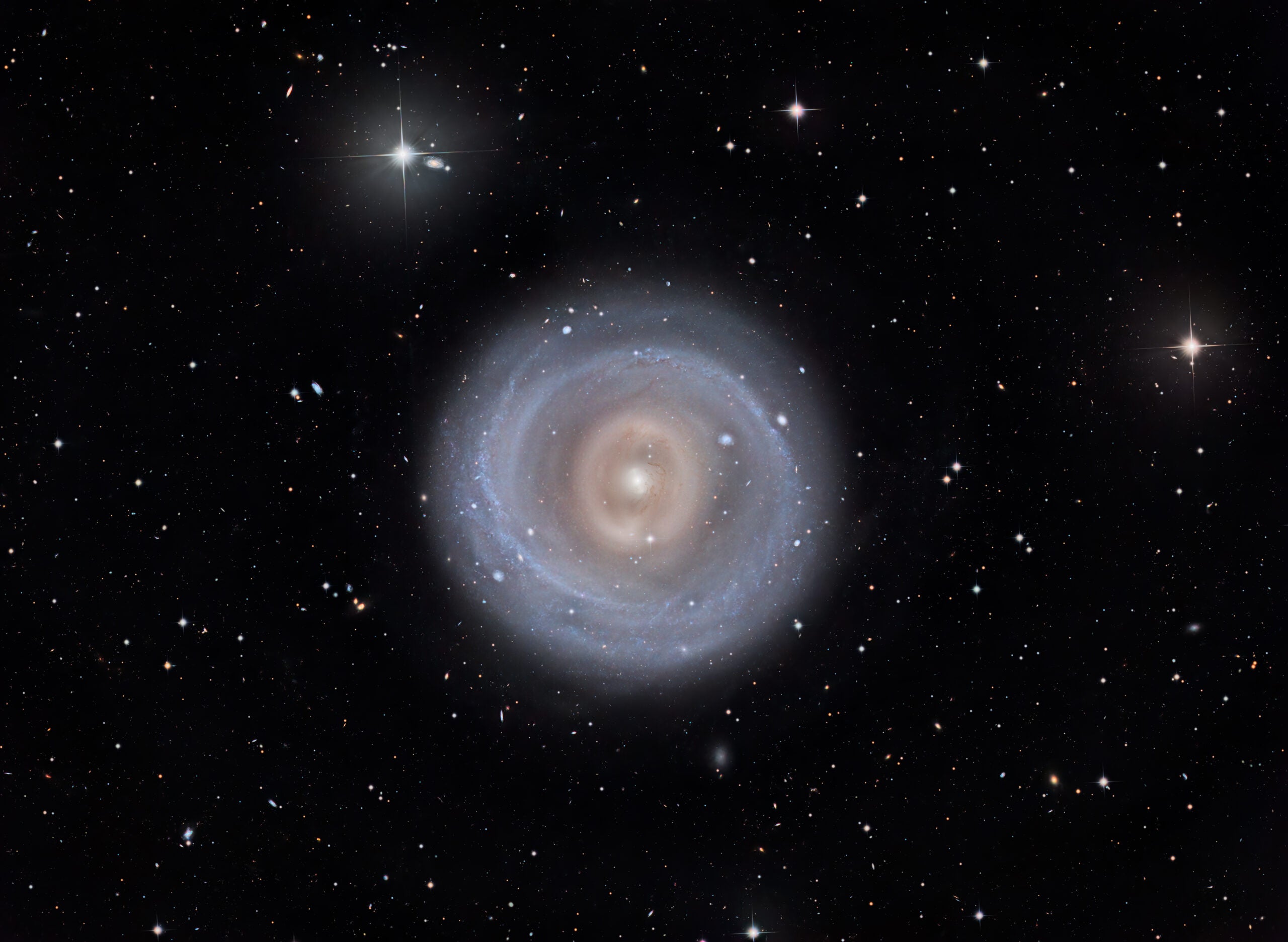

© Sony Pictures
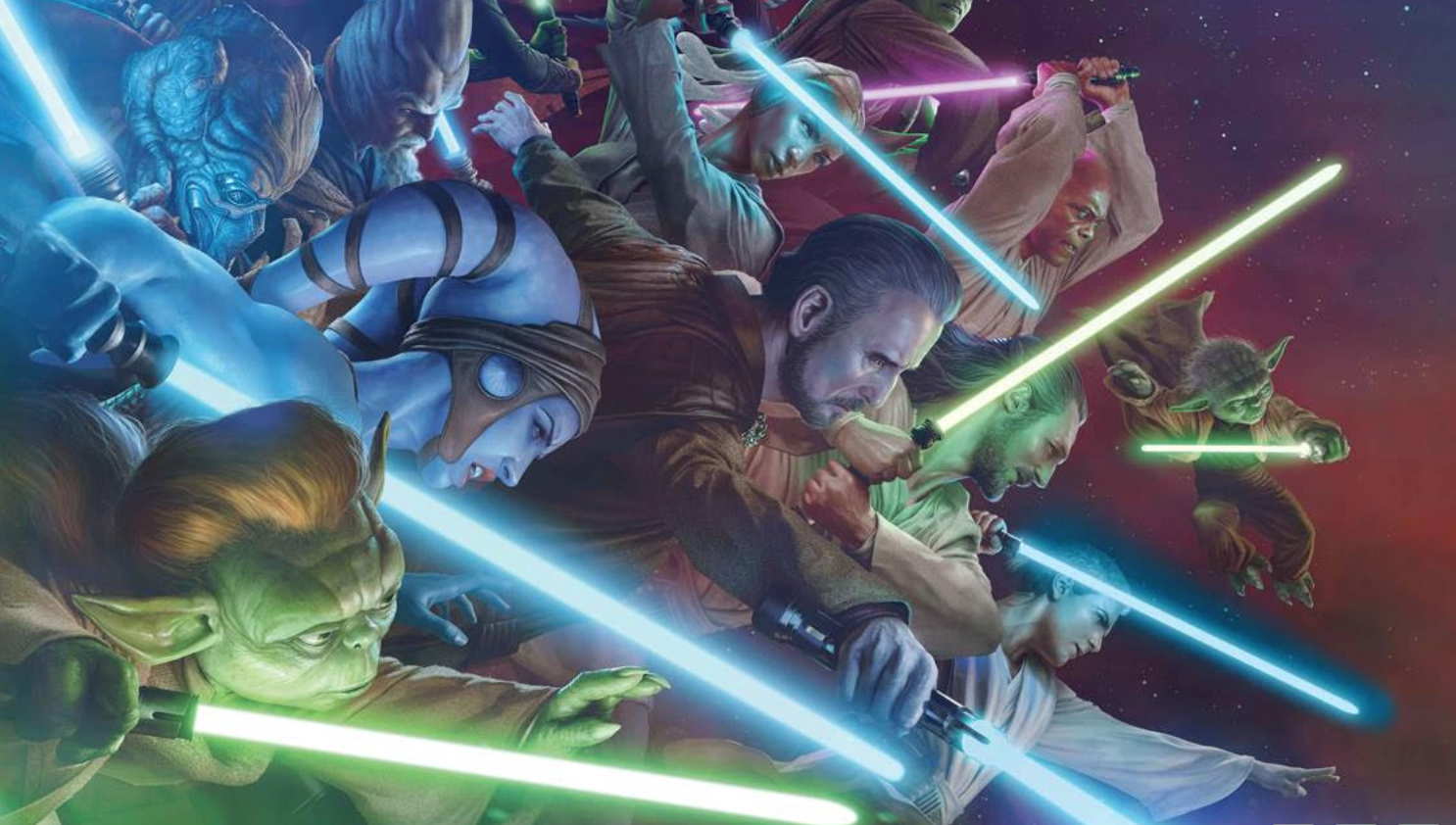
© Marvel Comics
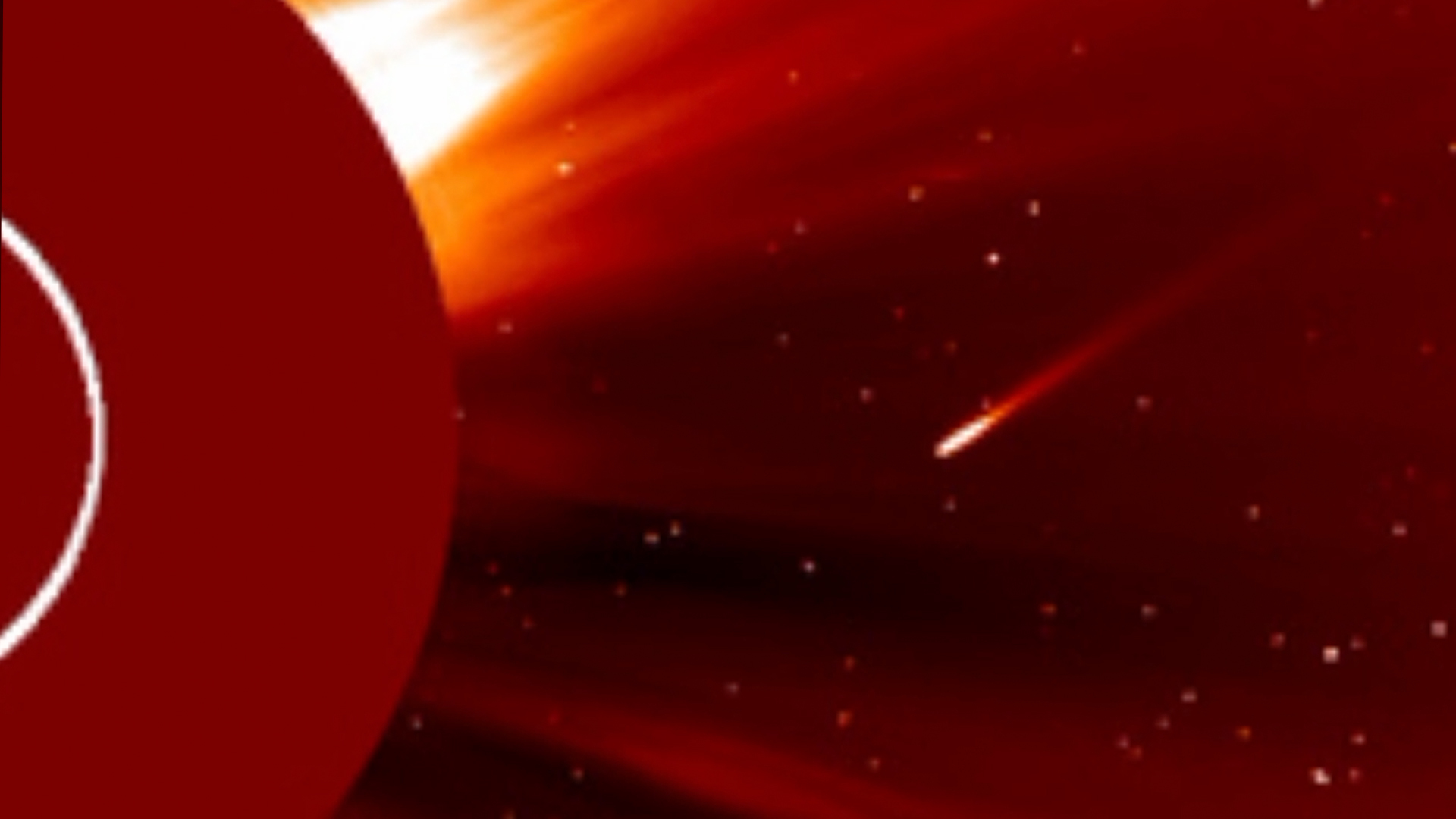
© ESA/NASA SOHO
The Wall Street Journal reported on Friday that Boeing is getting out of the space business — or trying to. Part of a wider move to trim and improve business holdings and operations, the company is looking to offload its space program, assuming it can find a suitable buyer. Boeing has been one of NASA’sContinue reading "For sale: One Boeing space program, says report"
The post For sale: One Boeing space program, says report appeared first on Astronomy Magazine.
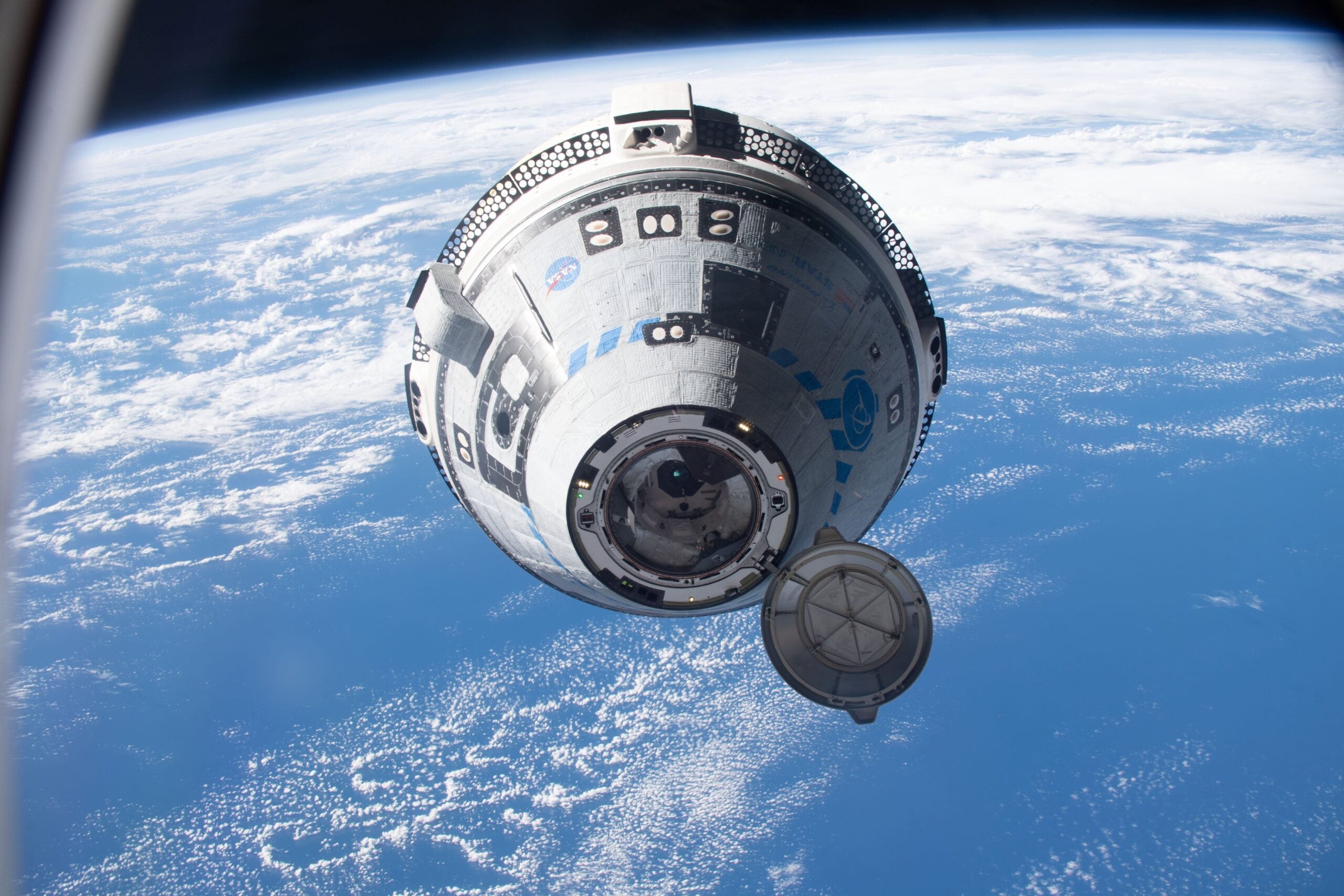
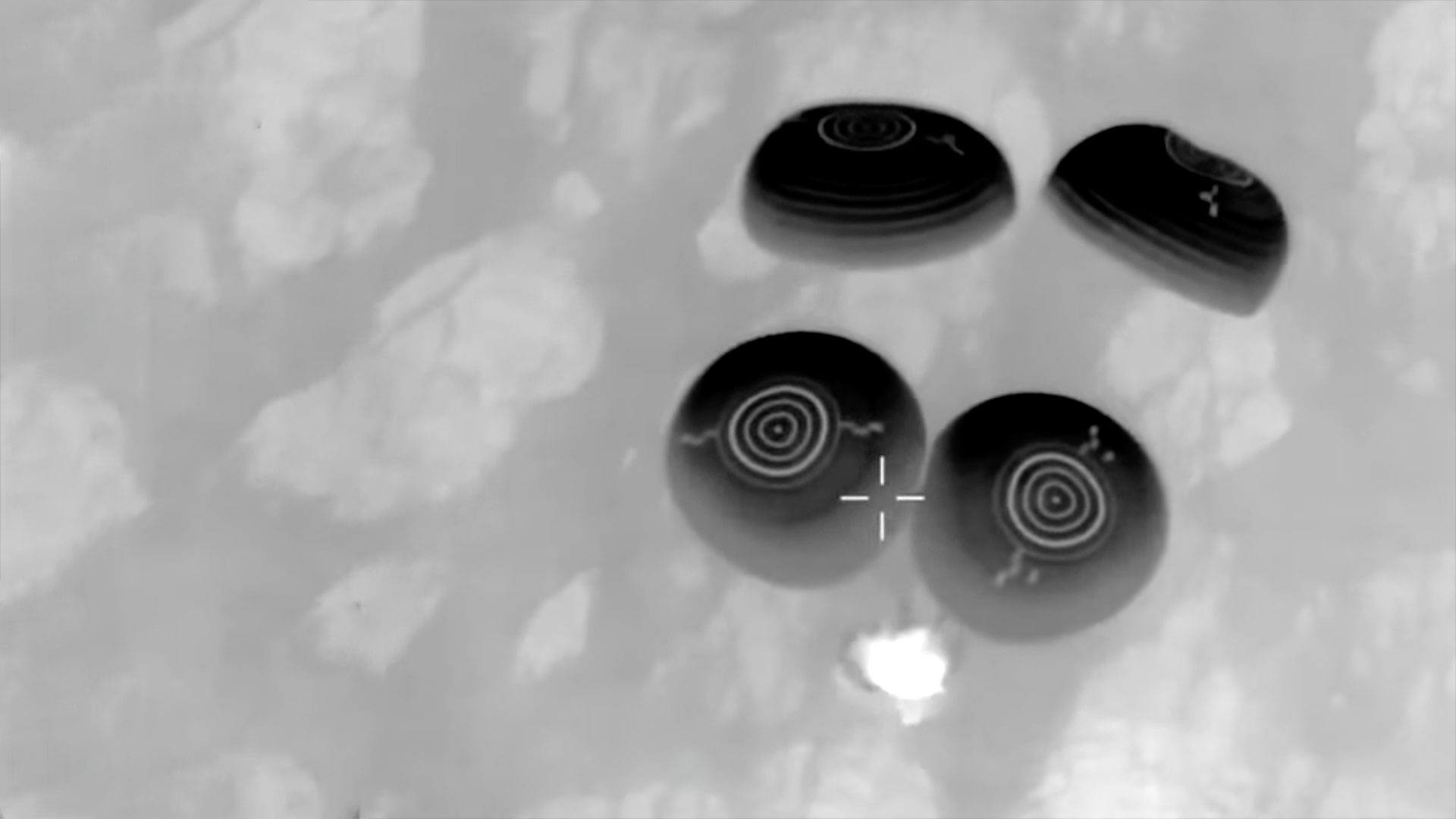
© NASA+
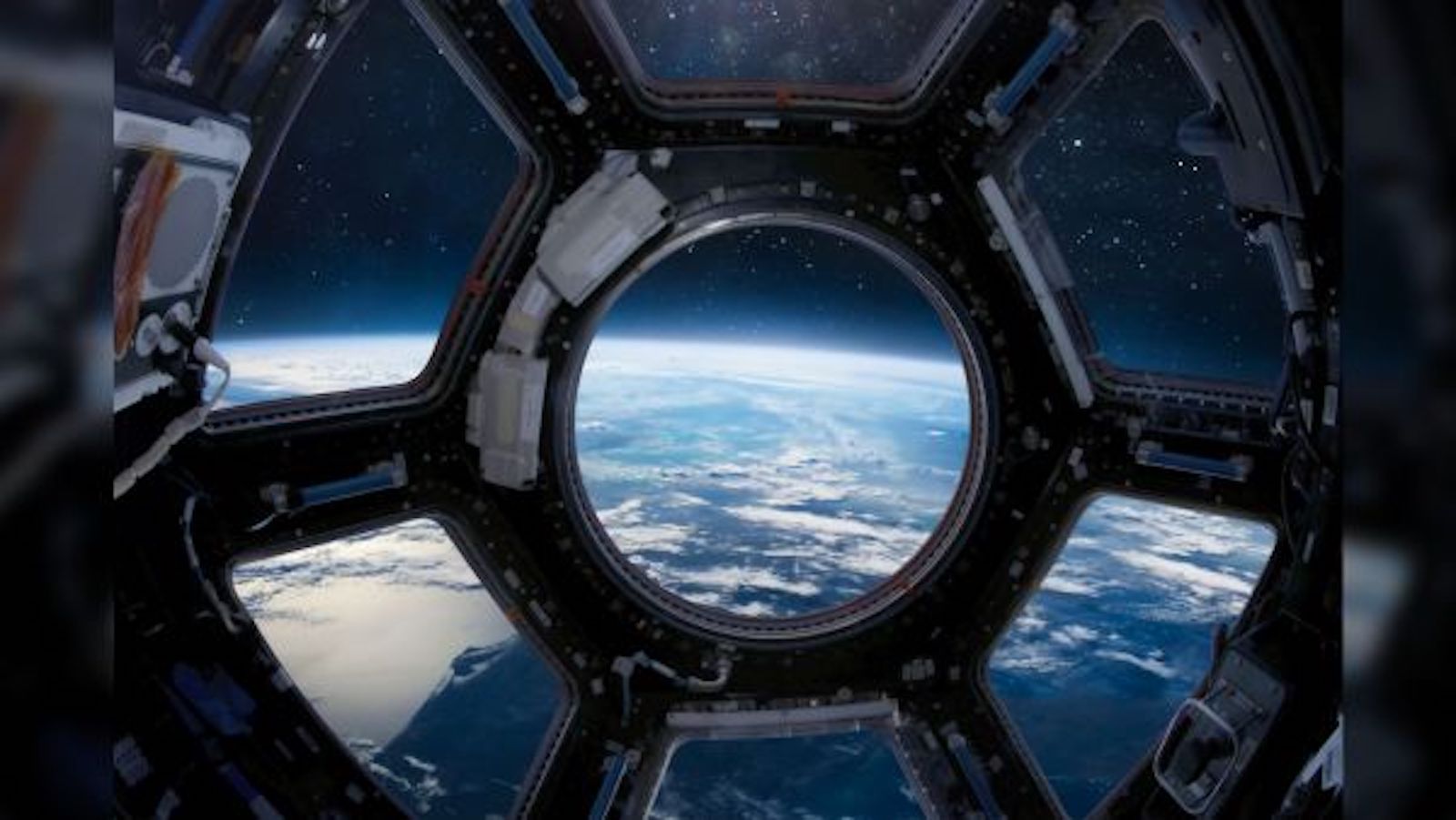
© dima_zel via Getty Images
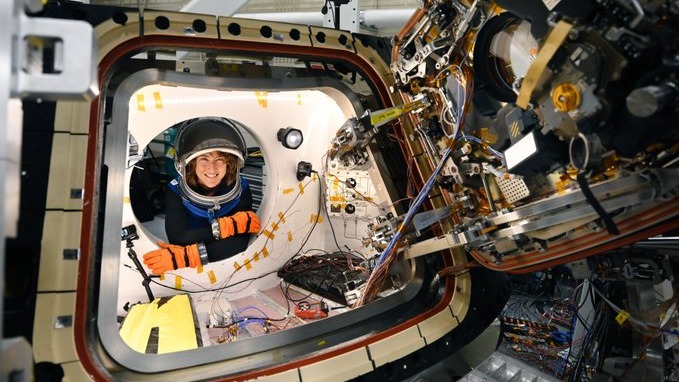
© Lockheed Martin
In this episode, Dave Eicher invites you to observe one of the most famous deep-sky objects, the Andromeda Galaxy, also known as Messier 31 (M31). Named for its location in the constellation Andromeda the Princess, M31 lies some 2.5 million light-years from Earth. While sharp-eyed observers can see it without optical aid, binoculars and telescopes giveContinue reading "Observe the Andromeda Galaxy: This Week in Astronomy with Dave Eicher"
The post Observe the Andromeda Galaxy: This Week in Astronomy with Dave Eicher appeared first on Astronomy Magazine.

Author(s): Eric Lutz
By manipulating a nitrogen vacancy’s single spin, researchers have shown that the more coherent the system is, the more work can be extracted from it.
[Physics 17, 154] Published Mon Oct 28, 2024

© 20th Century Studios

© Hiroto Nagai, iScience (2024)
In 1995, a parallel race was on in astronomy — one to find the first planet beyond our own solar system, and the other to find the first brown dwarf, a class of object too heavy to be a planet, but below the mass of a star. Astronomers ended up publishing the discovery of theContinue reading "Astronomers find out the first known brown dwarf is actually twins"
The post Astronomers find out the first known brown dwarf is actually twins appeared first on Astronomy Magazine.
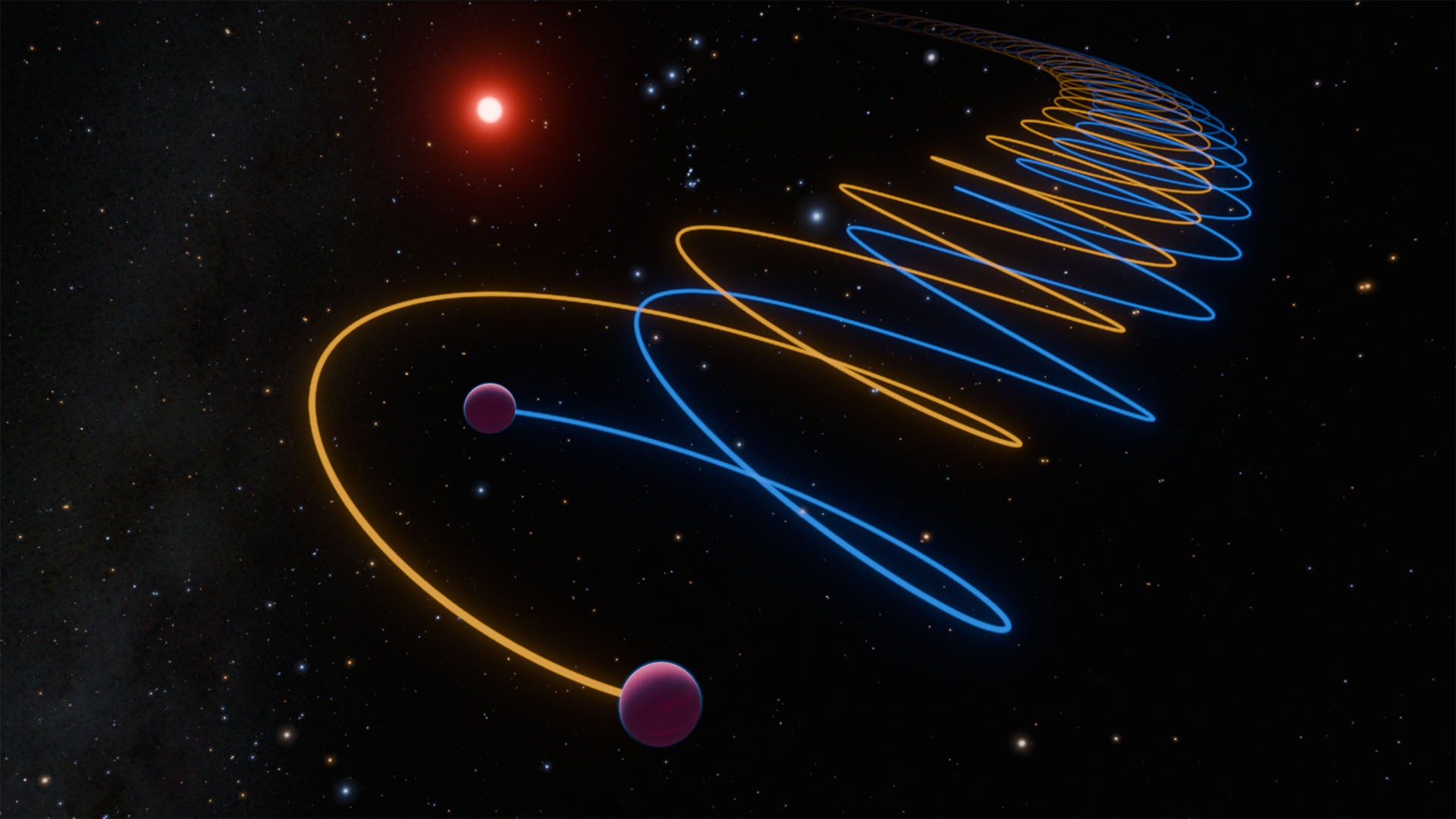
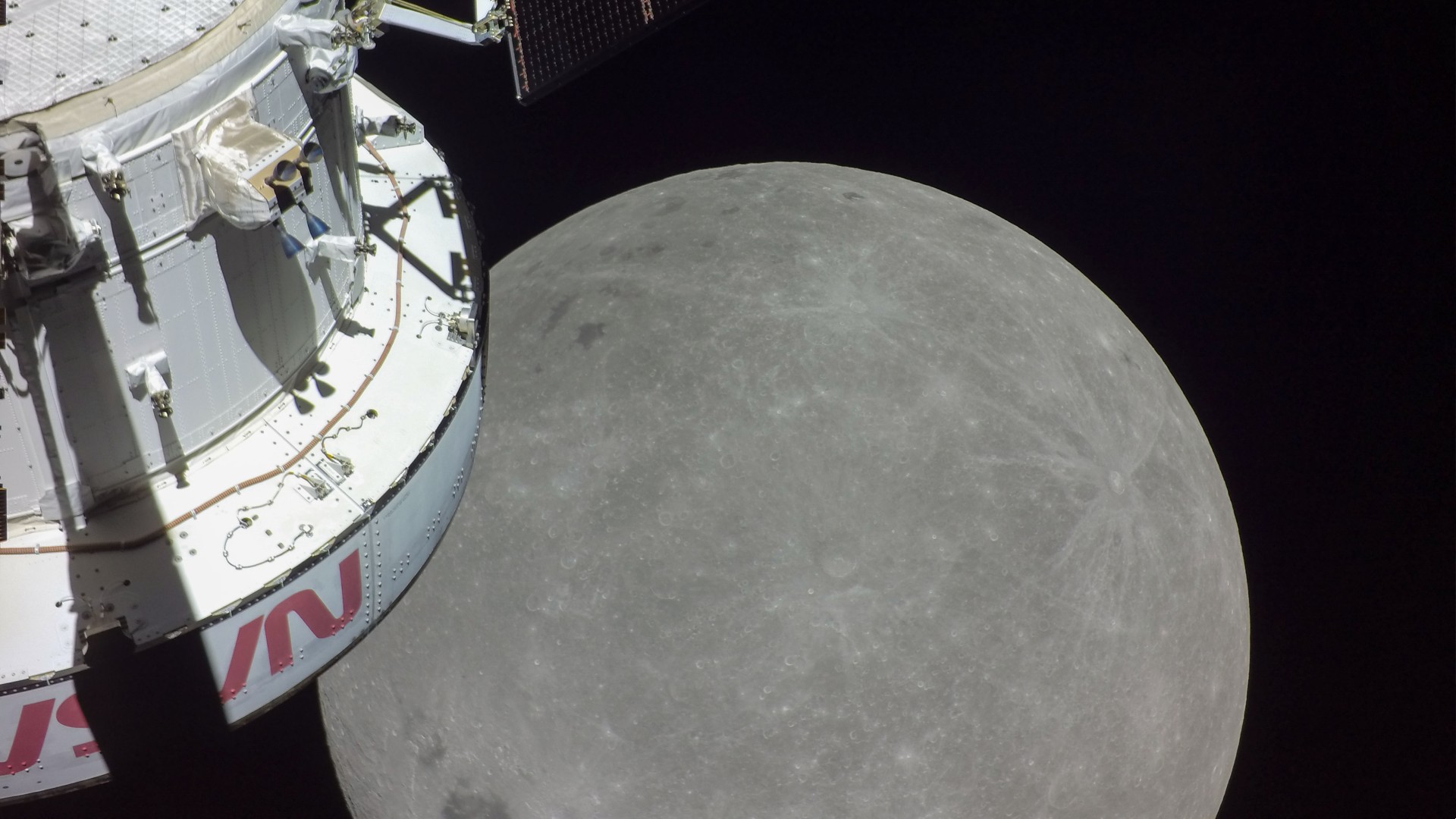
© NASA